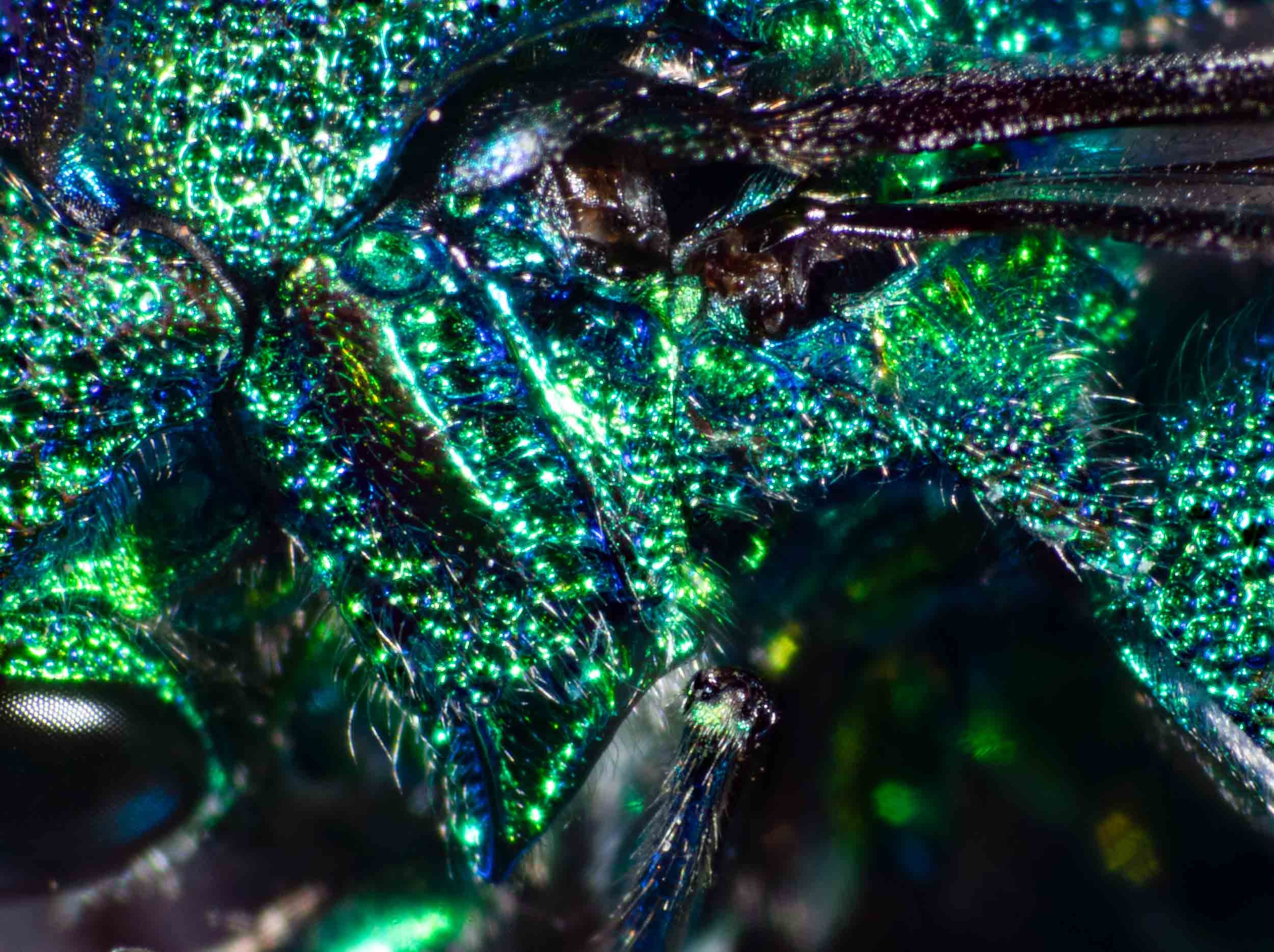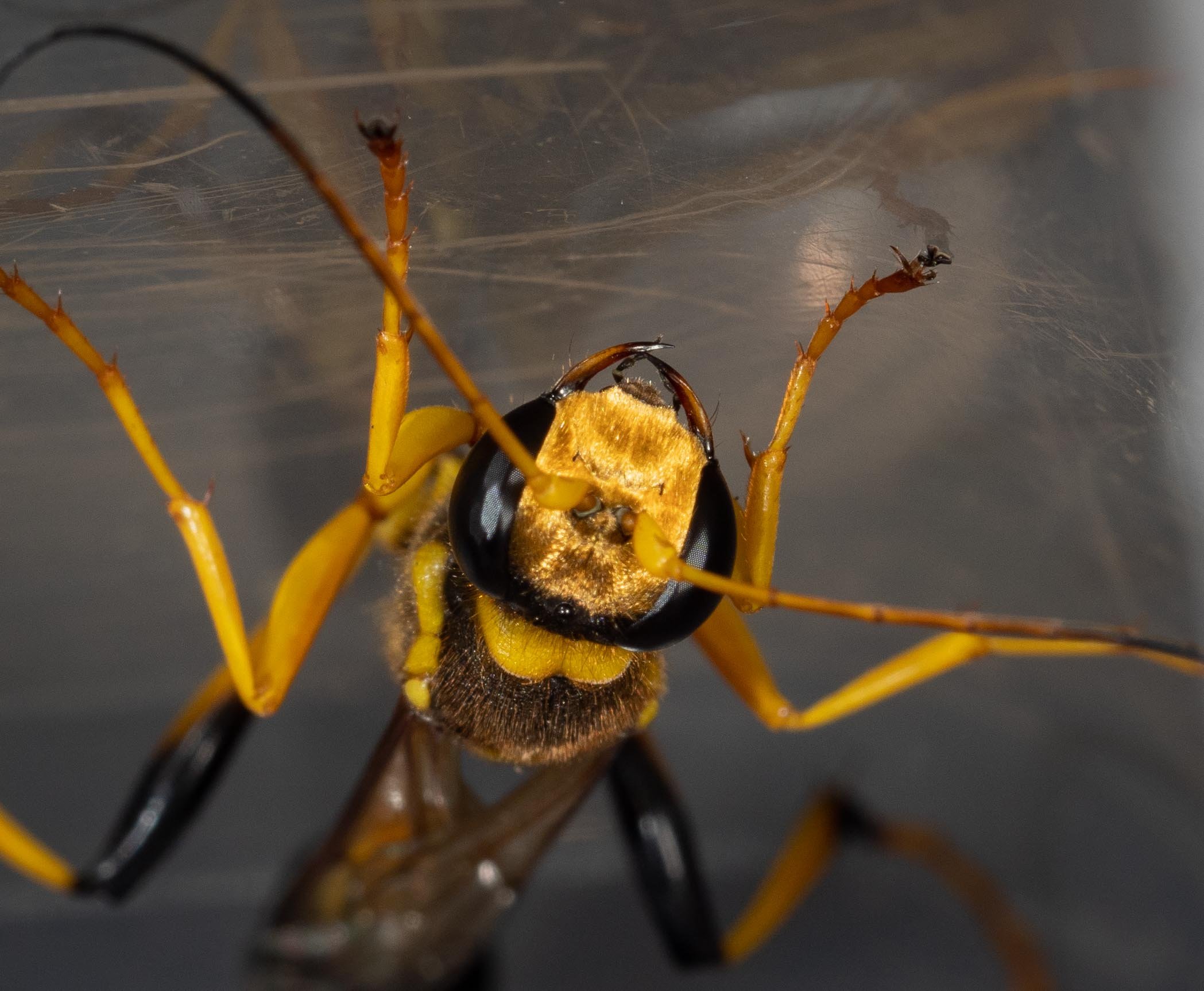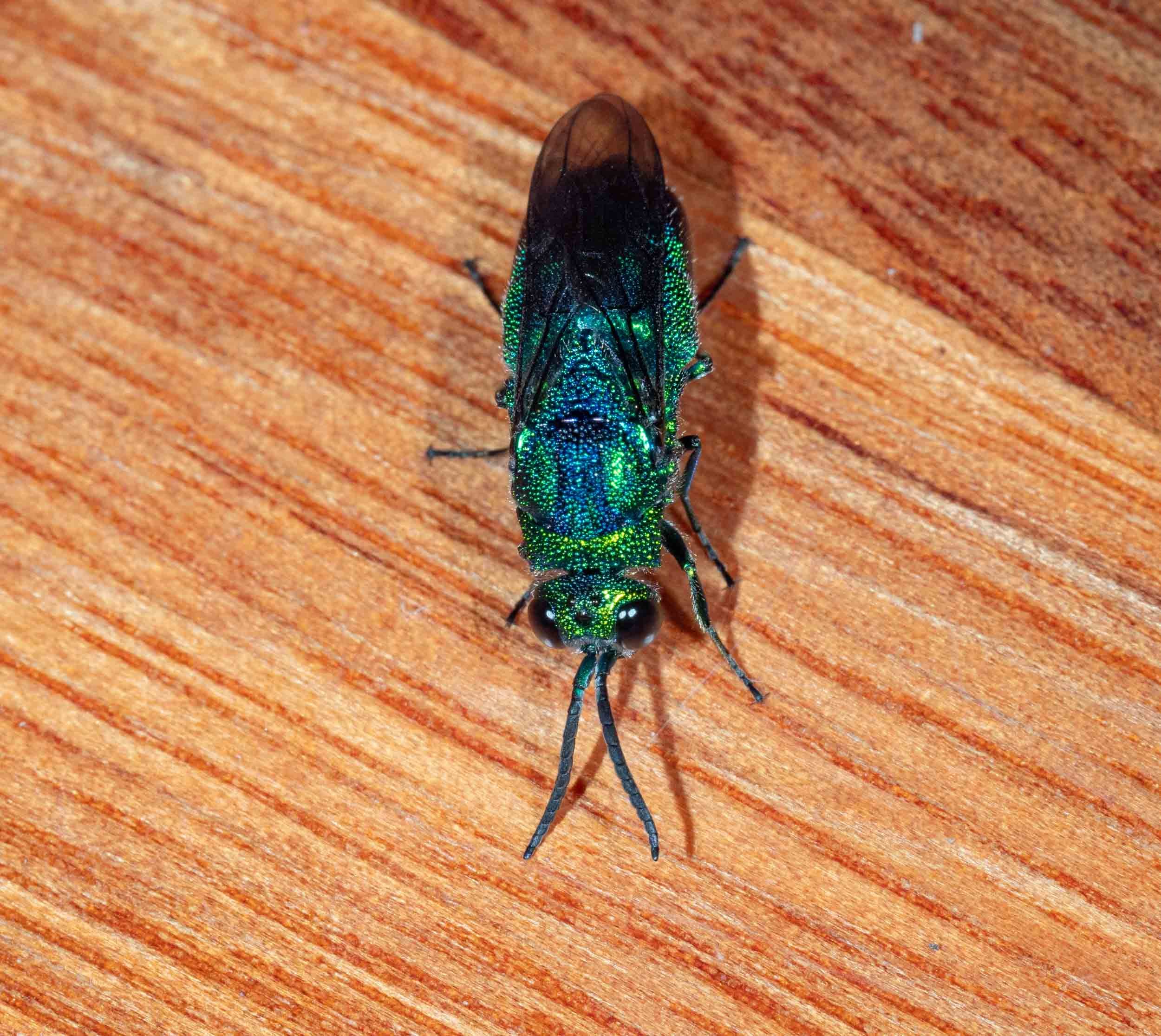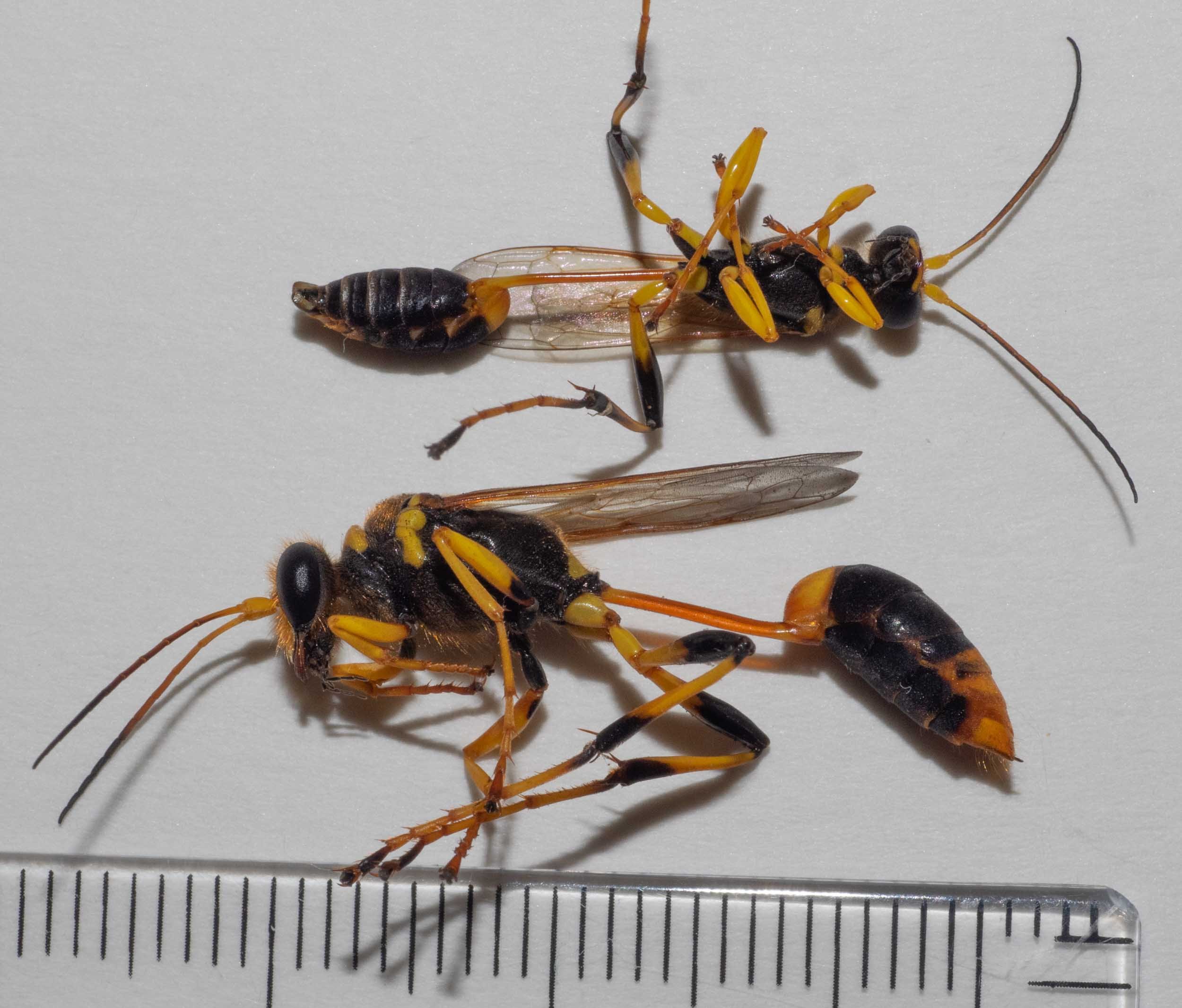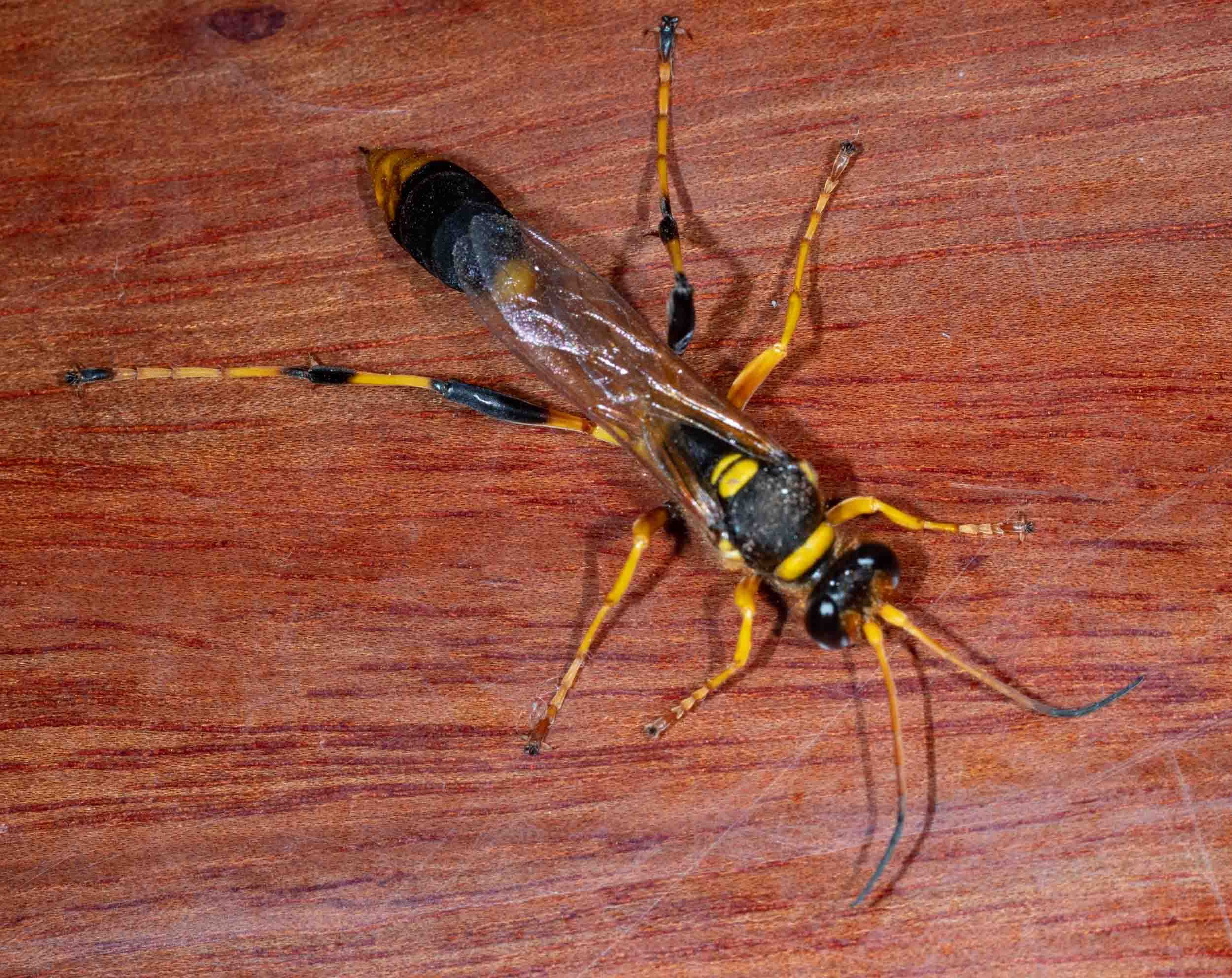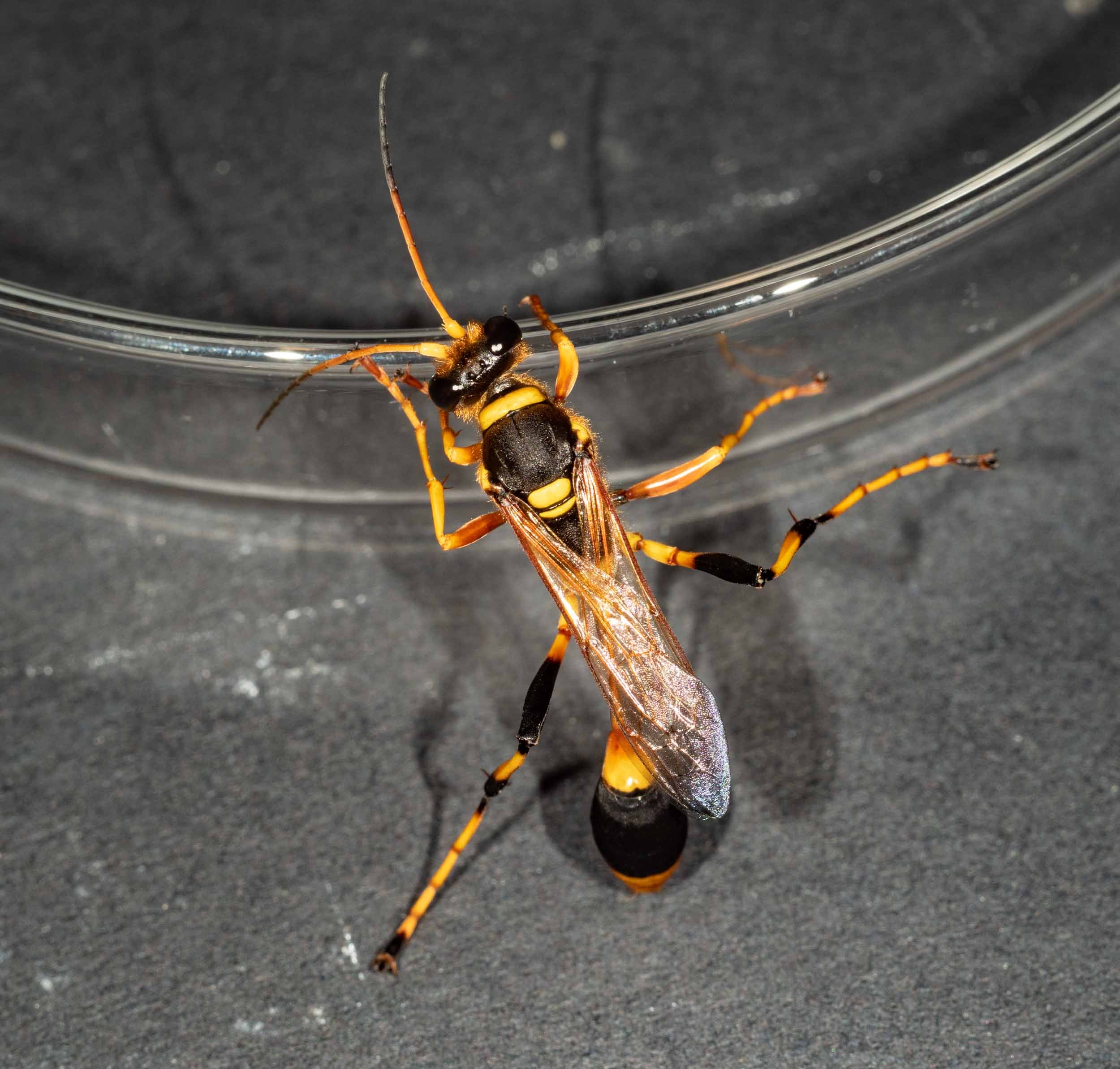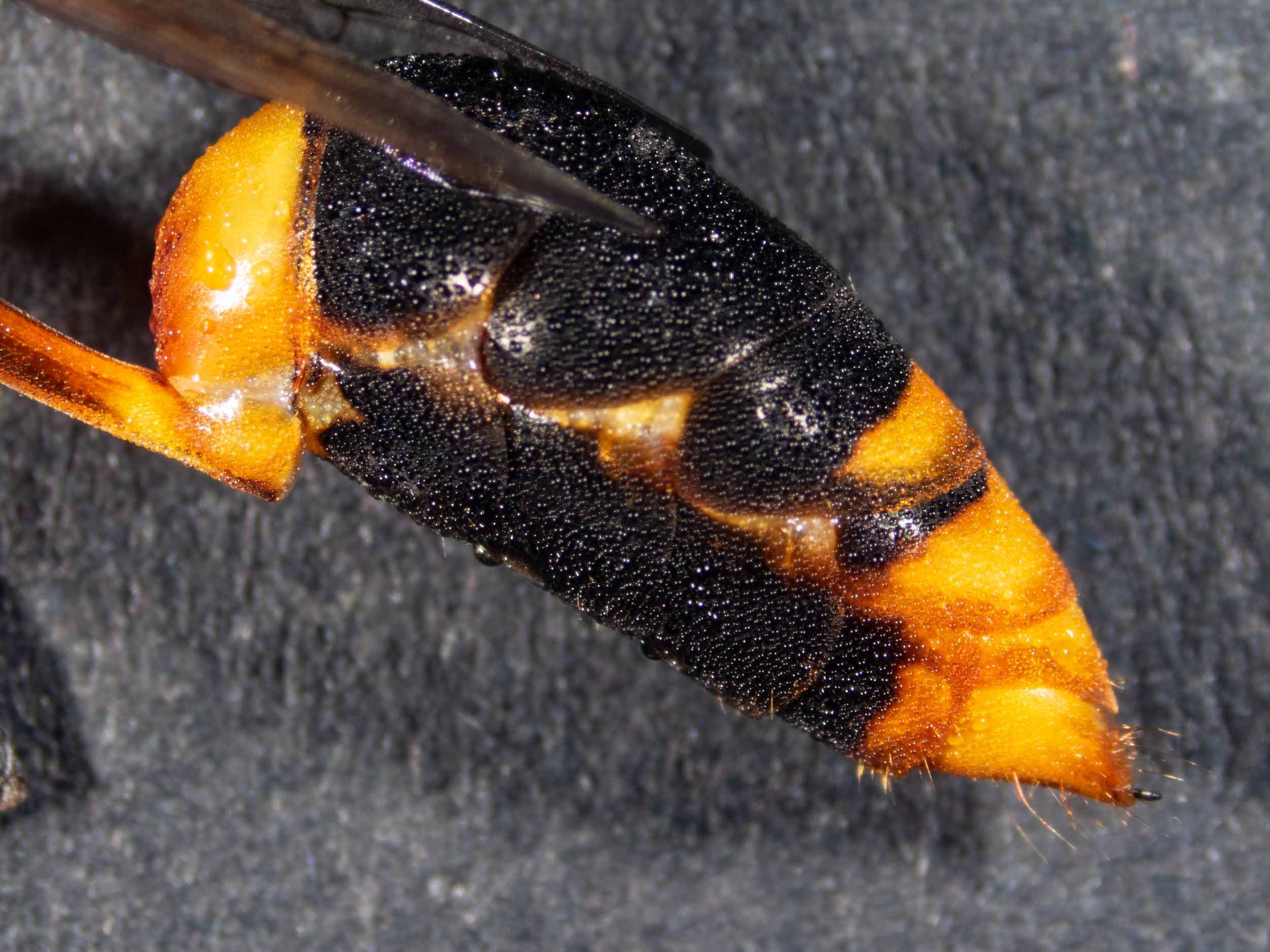Avida mud nest
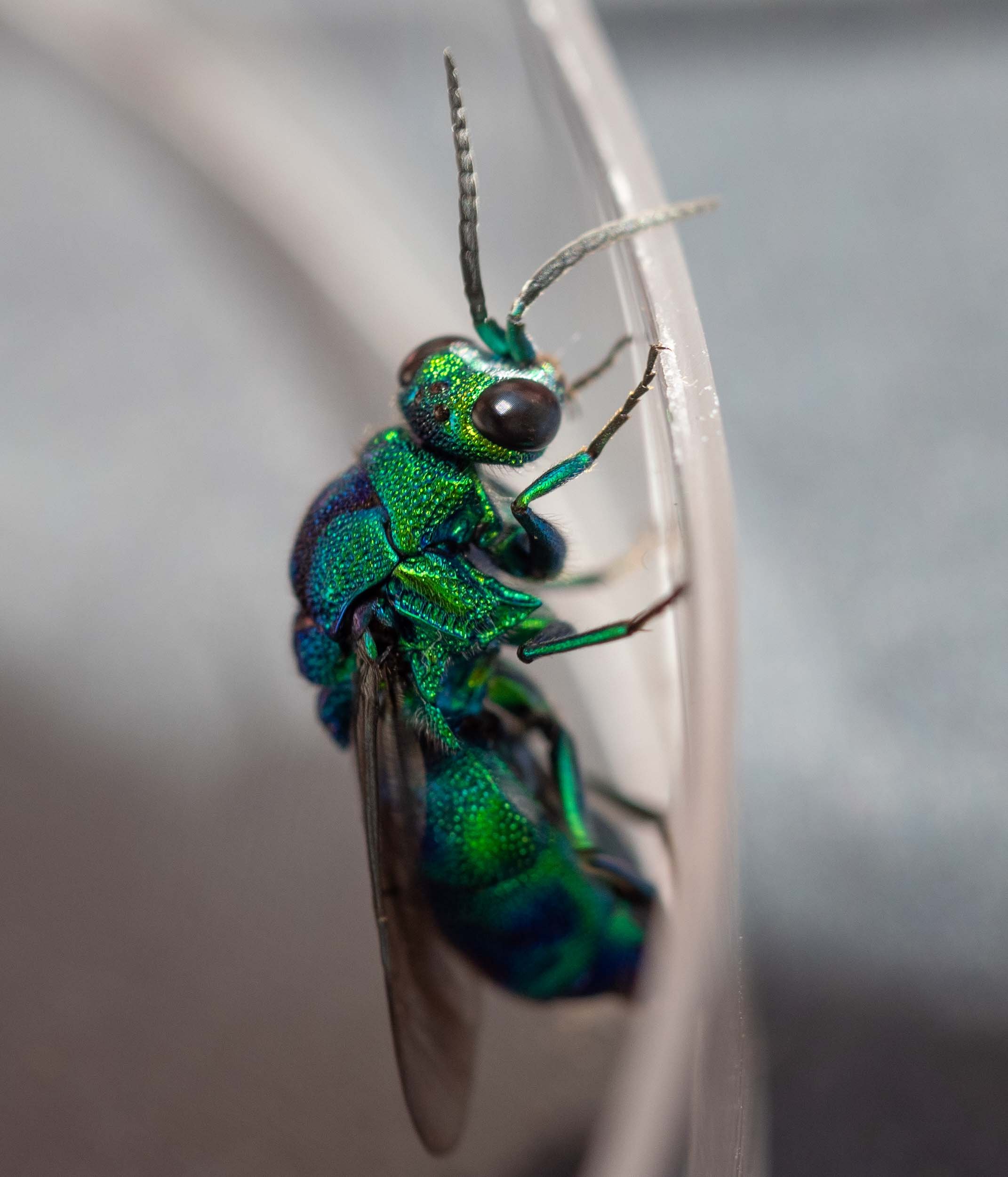
Workbook
Summary
A massive mud nest with 19 cells … 14 yielding the host Sceliphron laetum, but the other 5 held large, blue-green cuckoo wasps – Chrysis lincea. We tracked their development in order to record the sequence of emergence, development time and stages, and to confirm their identity. The entire collection was then preserved: they should not be released locally, as they were not collected in this region; and they may be of interest or use to a wasp researcher (although as both are such common and widespread species, this is perhaps not likely).
History
In late December 2021, during our Xmas visit to Woombah/Yamba, we discovered a massive mud nest on the rear vision mirror of Mum & Dad’s motorhome. It was parked in the shed at Townsend (Maclean), and was last driven on 15th November (ie 6 weeks).
Paul pried it off and, luckily, it came away intact.
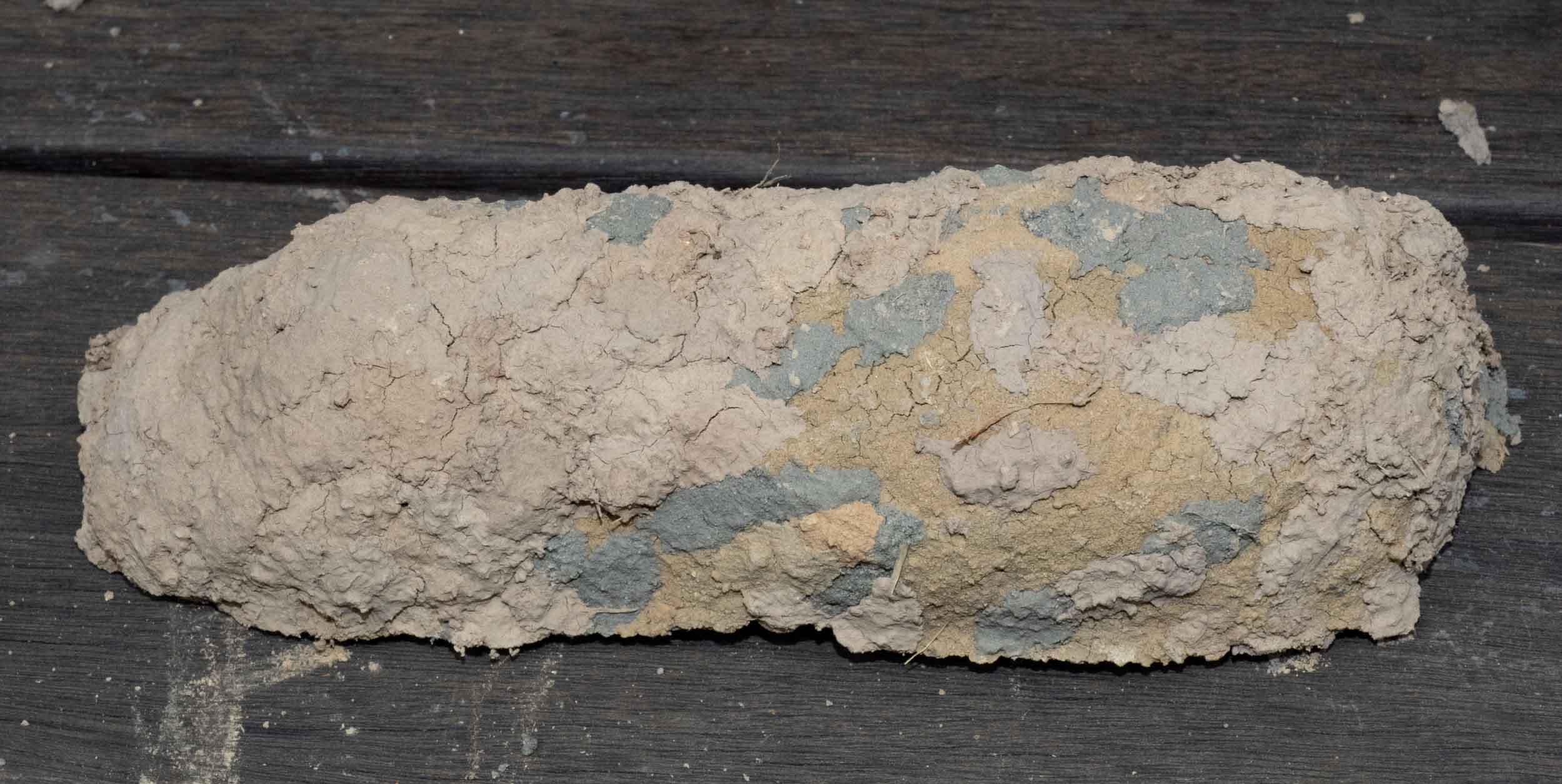
As it appeared when first removed (imaged 1/1/22)

… the underside reveals 10 cells with contents. Note that A-I contain pupal cocoons, while J contains a larva. (imaged: 1/1/22)
There was an additional, small and isolated nest just cm from the main one. We removed that, intact, also.
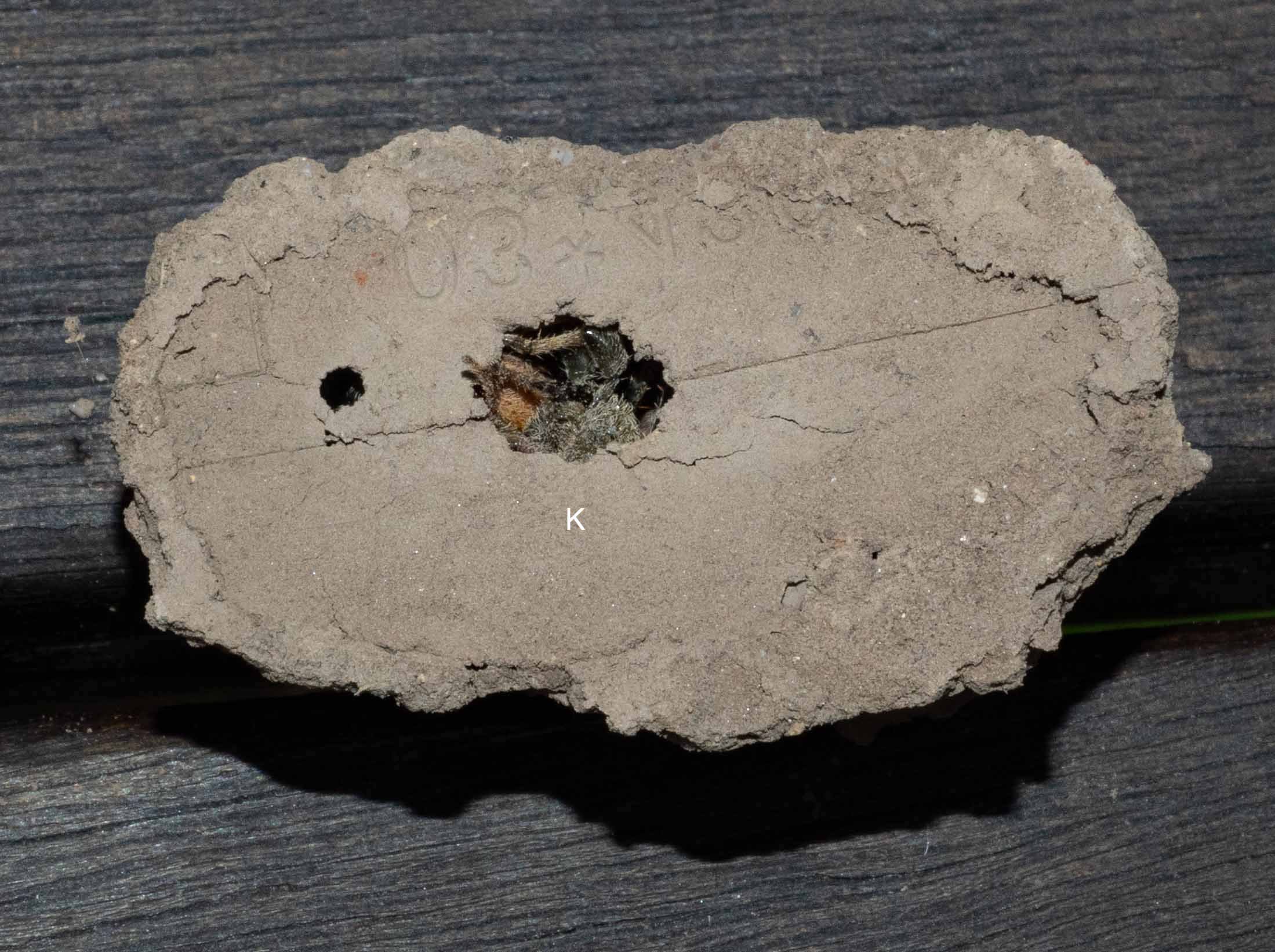
Adjacent, small nest - containing a single, spider-packed cell. (imaged: 1/1/22)
We guessed that some of the cells had been parasitised, as there were clearly two types of cocoon. In Cells B, H and I there is a shiny, papery covering concealing a small, golden cocoon. The other cocoons are long, shiny and dark brown, with only a small amount of white silk suspending them from the mud walls of the cell. Also note that Cells B, H and I contain noticeably more spider remains than the other cells.
We decided to keep the nest and see if we could raise them through. This meant taking it home to Wonboyn and therefore any emergent insects would have to be killed. We would not release them here, where they don’t belong. Note that we have never recorded either genus in our home forest … and it’s particularly hard to overlook Sceliphron!
FINDINGS
The nest contained 2 rows of cells: 10 lower cells A-J (visible upon collection of the intact nest); and 8 upper cells (hidden until when I dissected the nest on 27/1). An additional single cell (K) almost certainly belonged to the same wasp. That is, it was just a few centimetres from the main nest and had the same external appearance.
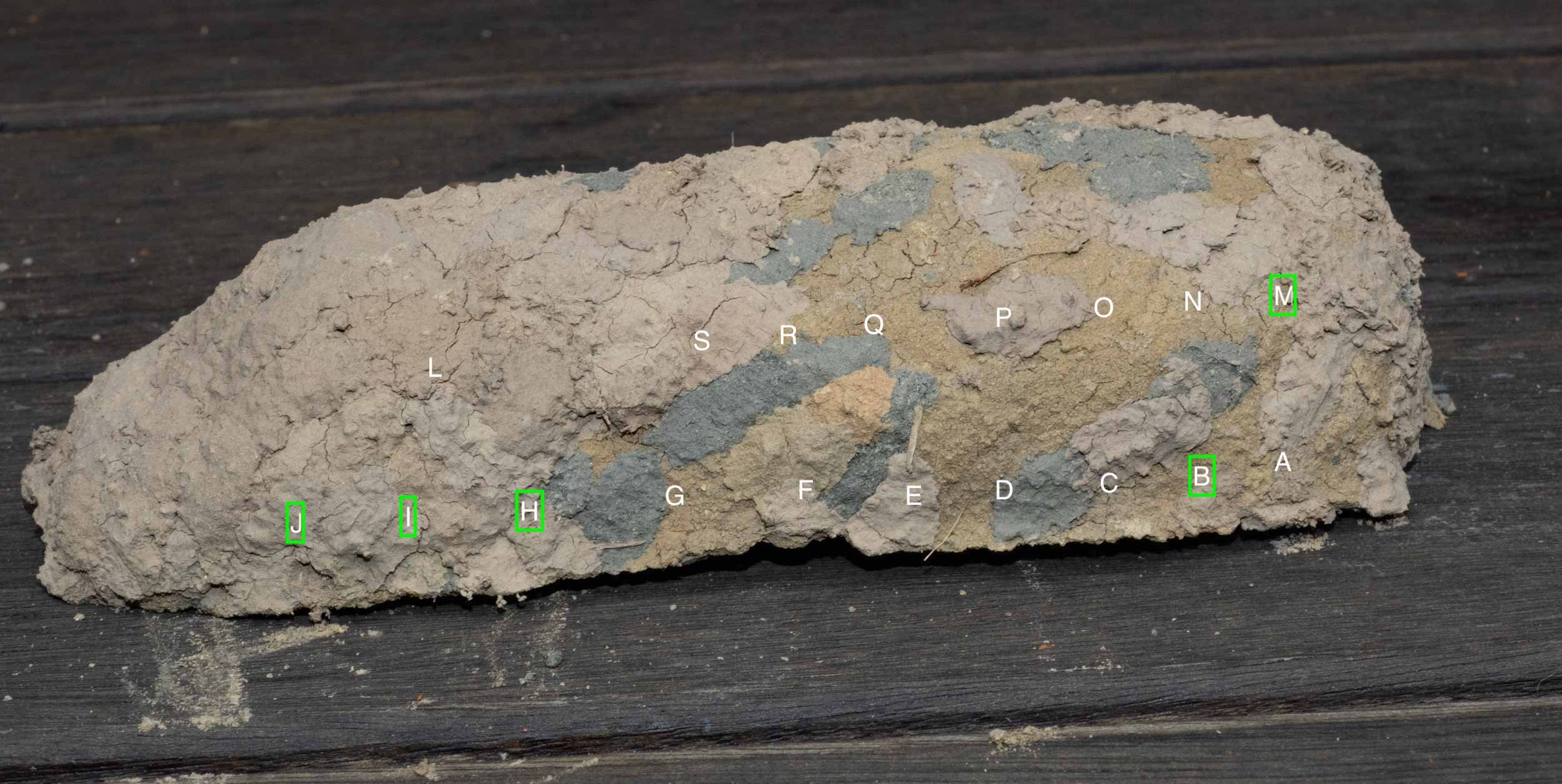
approximate location of cells discovered during break up of the nest - numbered in order to map species (host or cuckoo) and age (developmental order)
Five of the 19 cells were parasitised by cuckoo wasps - Cells B, H, I, J and M
All identifiable prey spiders were orb-weavers (Araneinae).
The host wasps feed on spiders, completely consuming the abdomen in most cases (check).
The cuckoo wasps
develop much faster than the hosts.
develop their metallic colouration very early.
feed on spiders, sucking out the insides of the abdomens but without completely consuming the cuticle. The cephalothorax and legs are untouched.
do not appear to have fed on advanced host larvae or pupae. If they had, there residual spider prey would have looked different (ie no abdomens).
Both are common and widespread species.
Sceliphron laetum is found Australia-wide and in south-east Asia, but is regarded as a native species. The genus occurs world-wide (ref. 1)
Chrysis lincea is one of the most common Chrysis in Australia (Ref. 2). The species is also found in southern Africa, and is apparently an introduced species (Ref. 3)
Questions remaining
sequence of emergence … so what was the sequence of nest construction, and what does this say about the cuckoo wasp visitation? She seems to have visited over an extended period, as there is a large difference in age/stage between individual cuckoo wasps
pupation time for each species (using case studies of J & K)
sex ratio and order of emergence (for both host and cuckoo)
Cell J - cuckoo wasp full developmental series

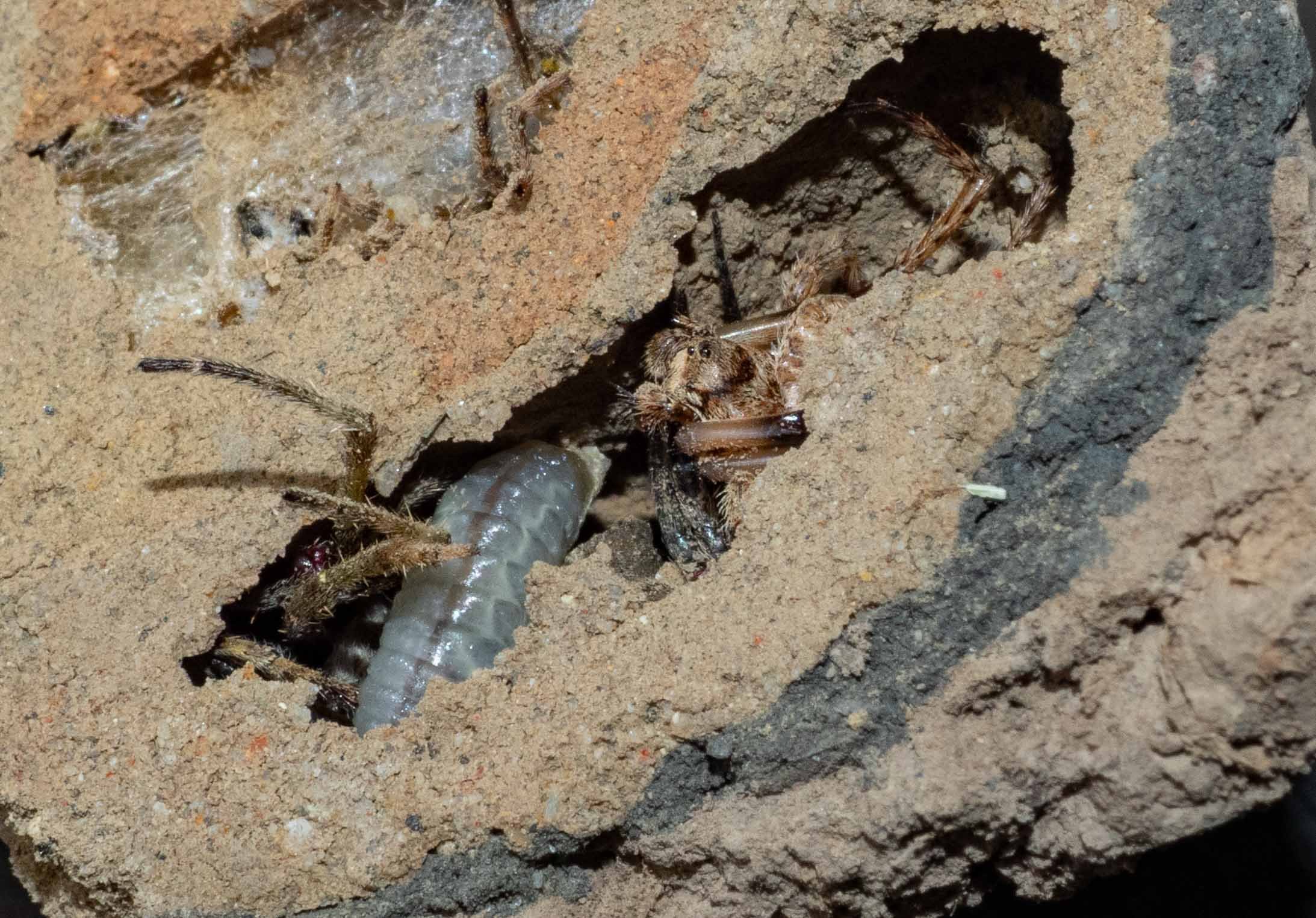
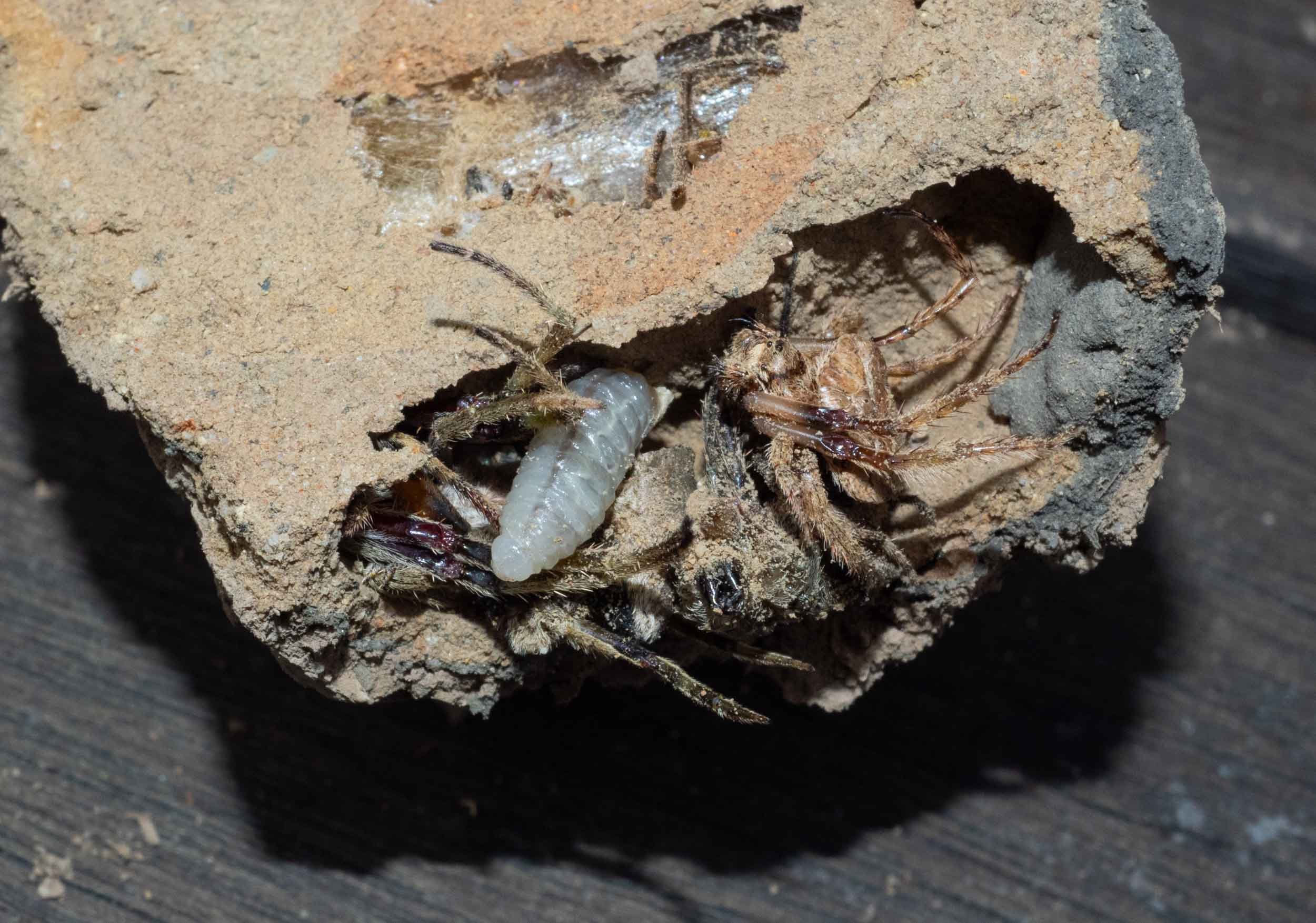


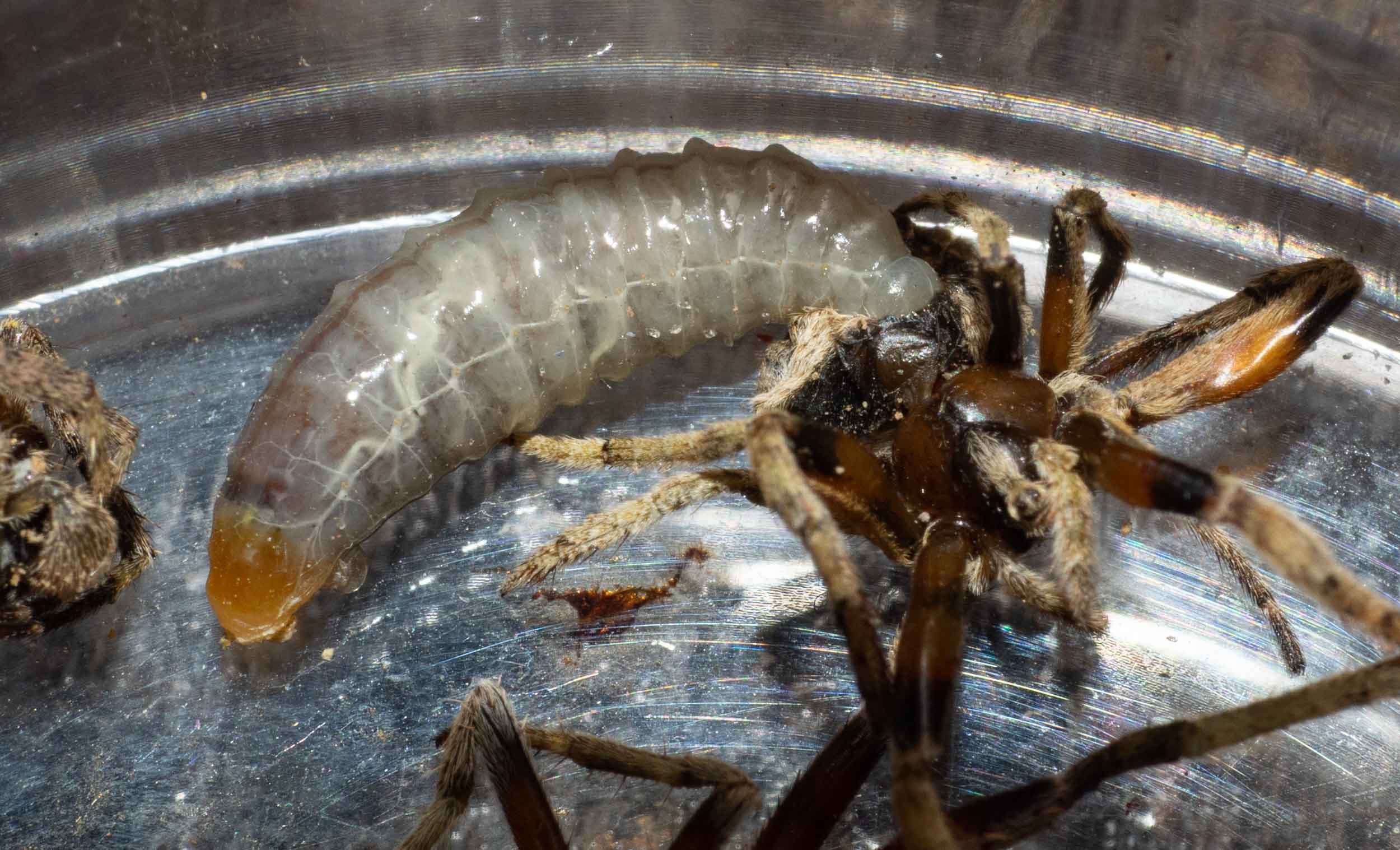
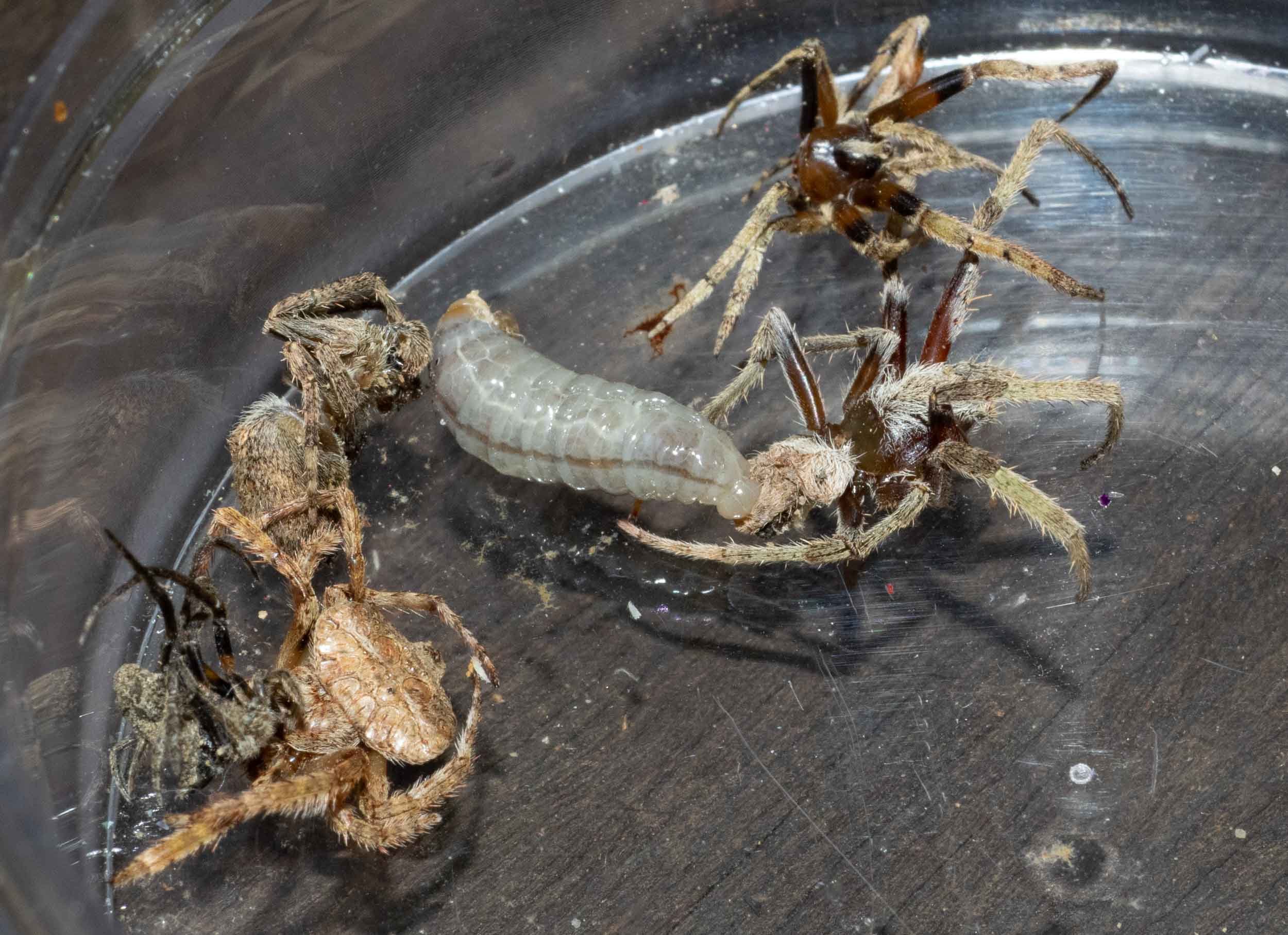


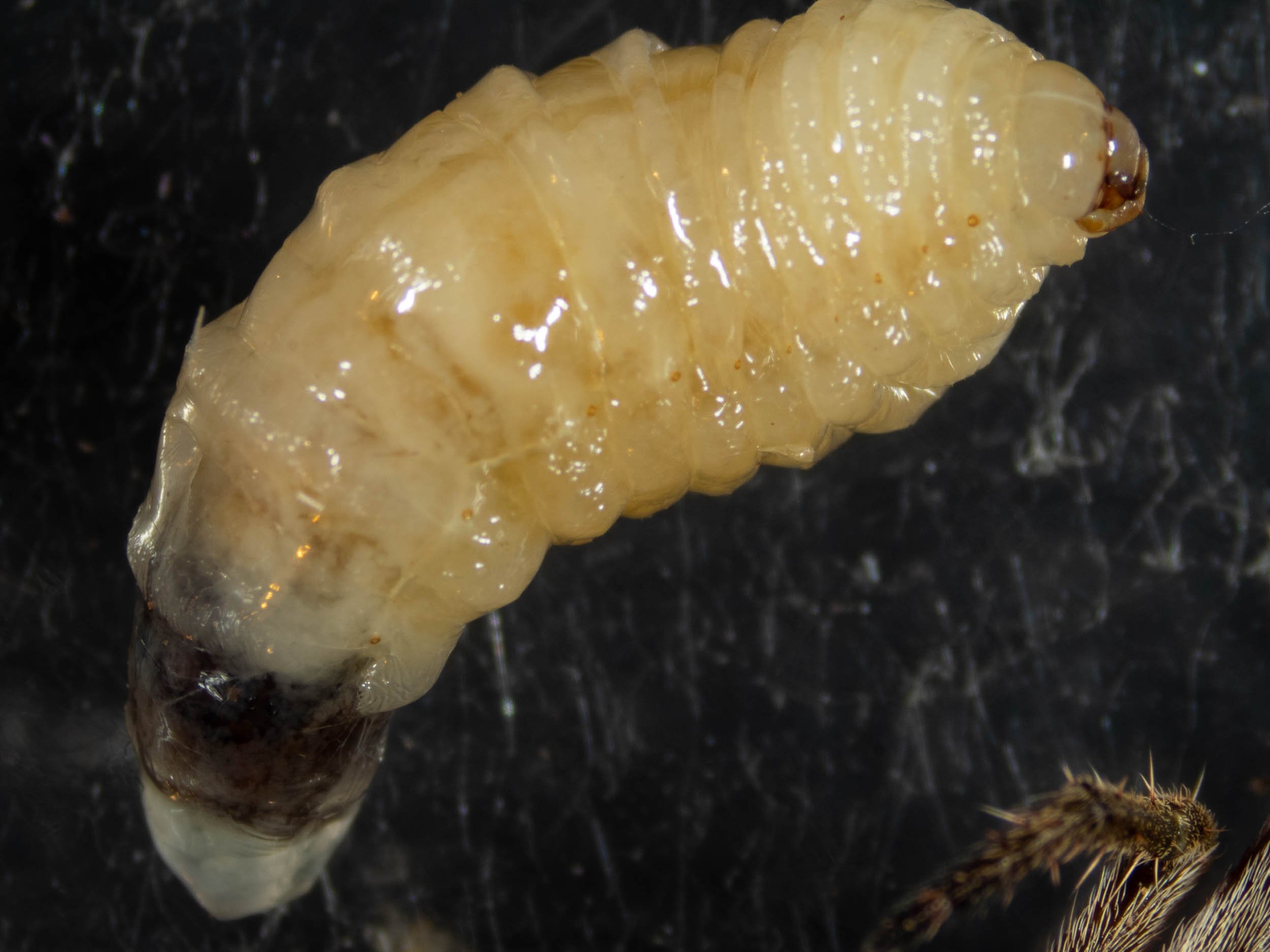

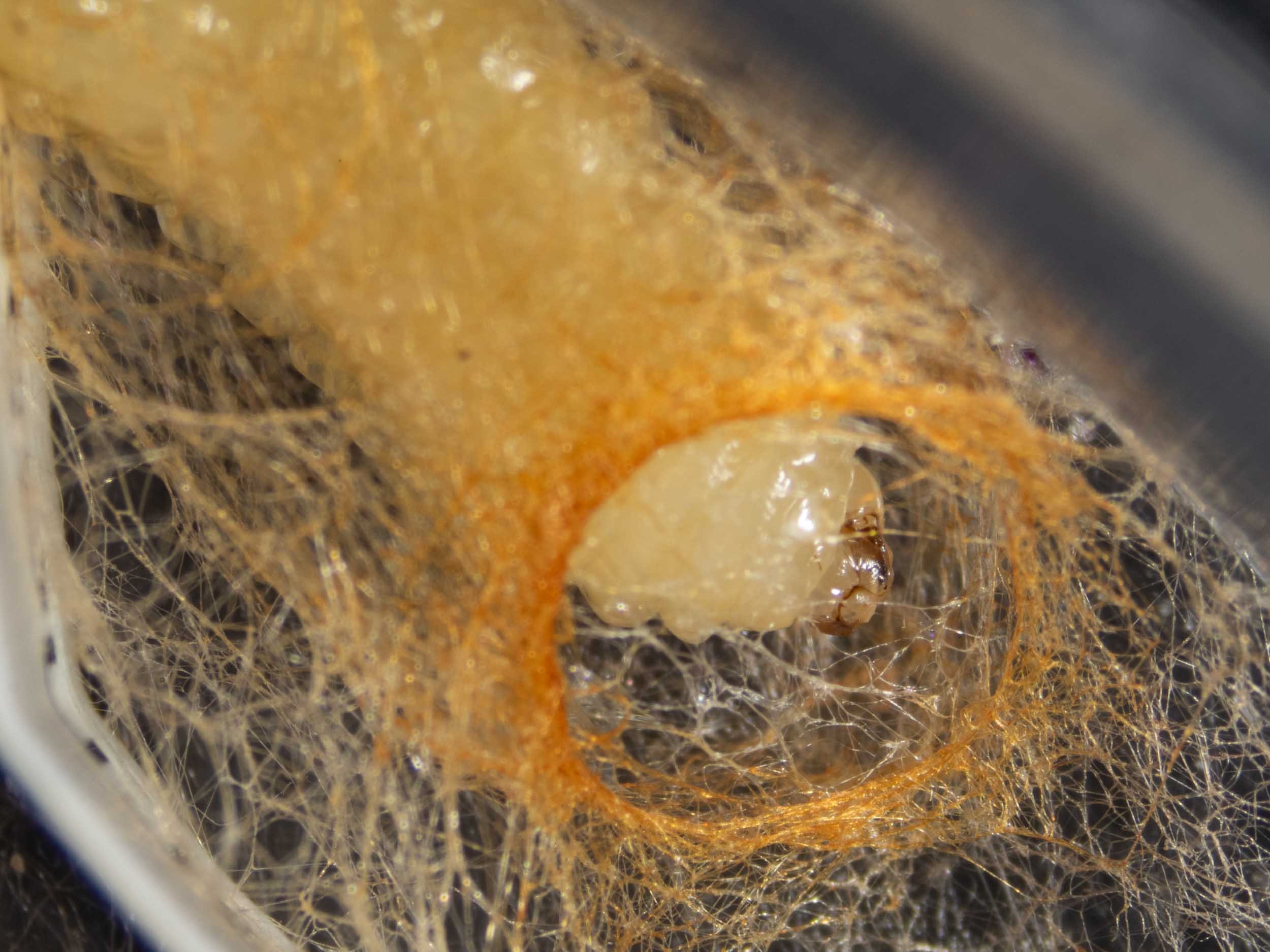


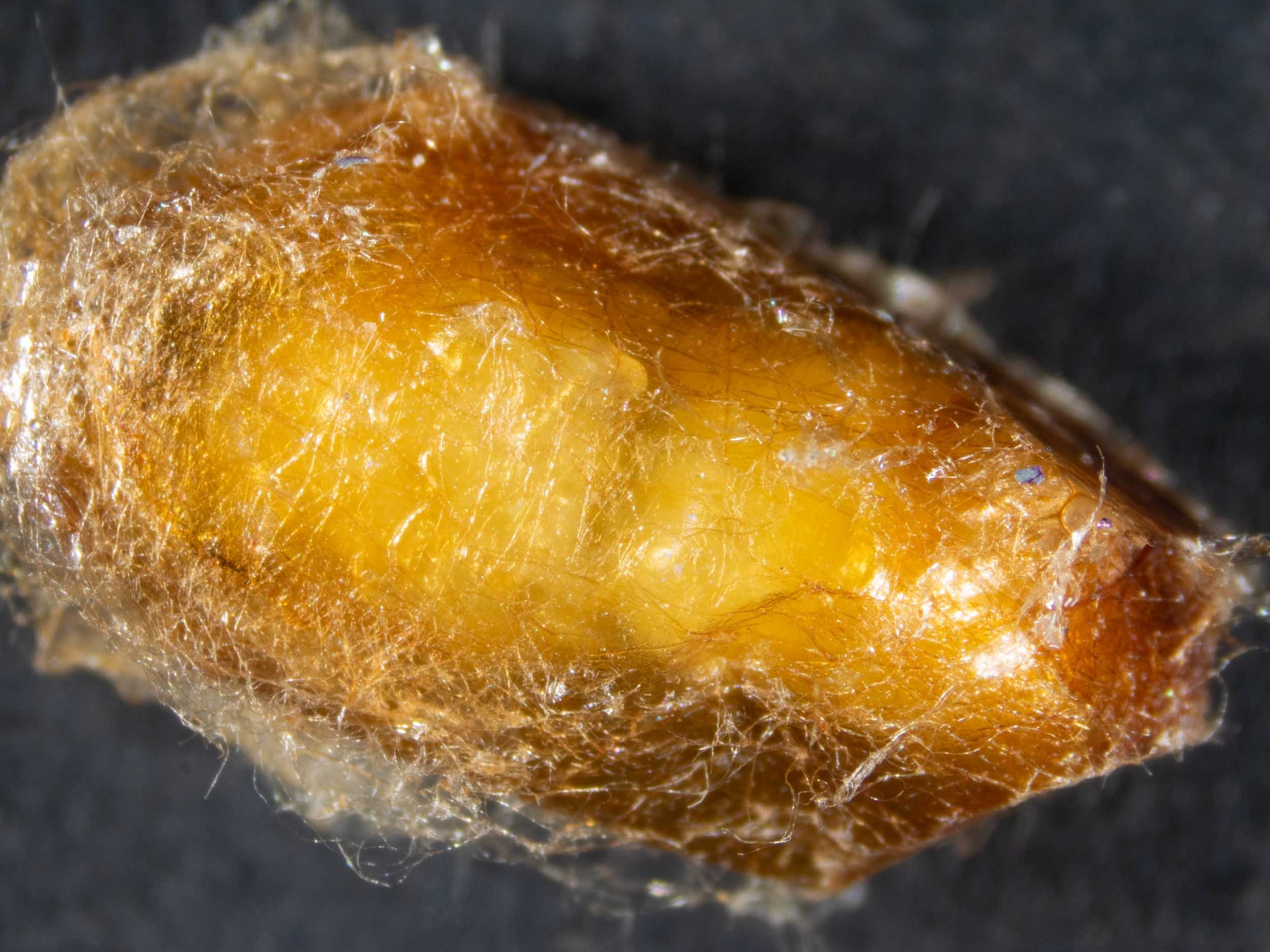
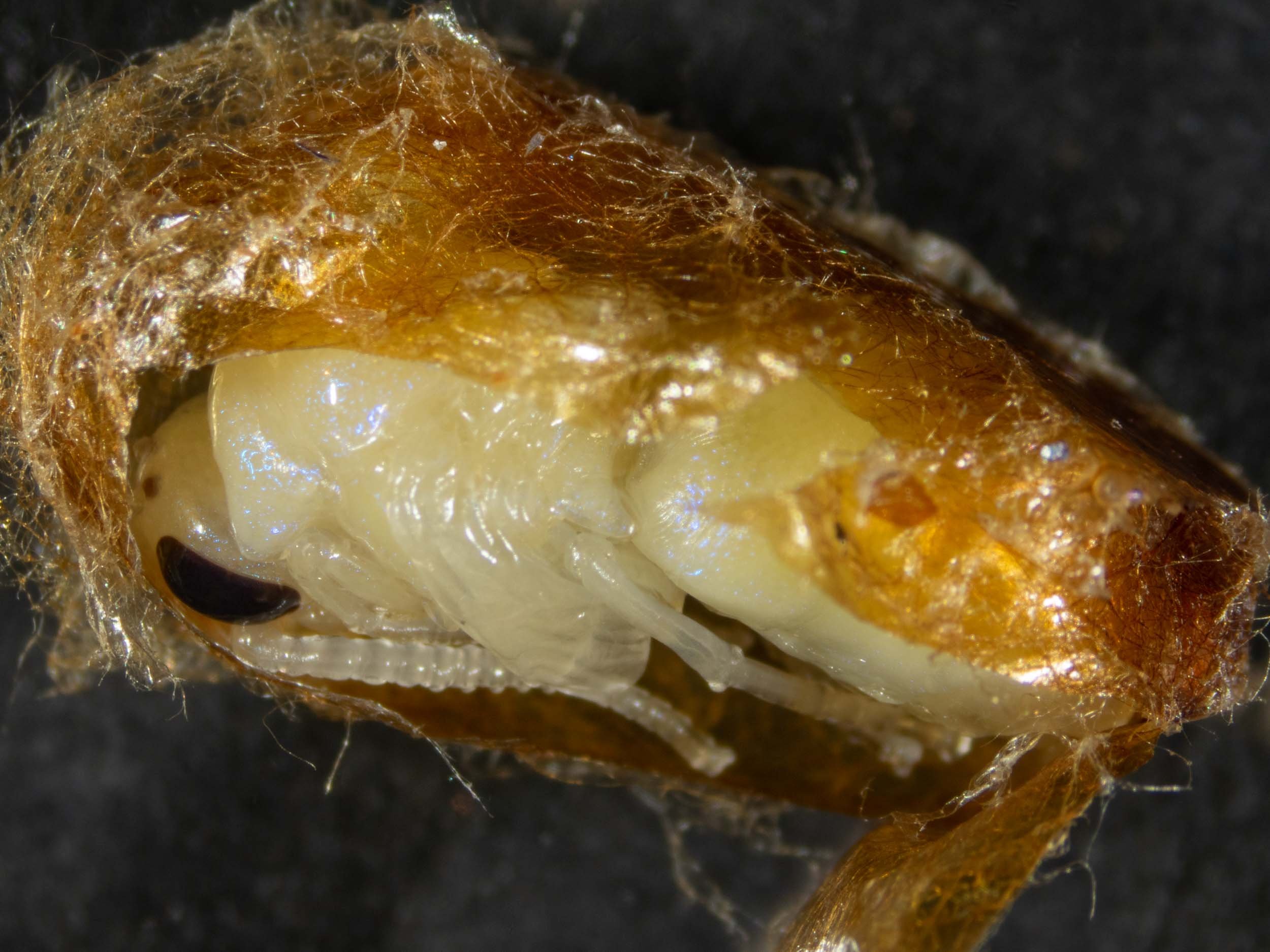
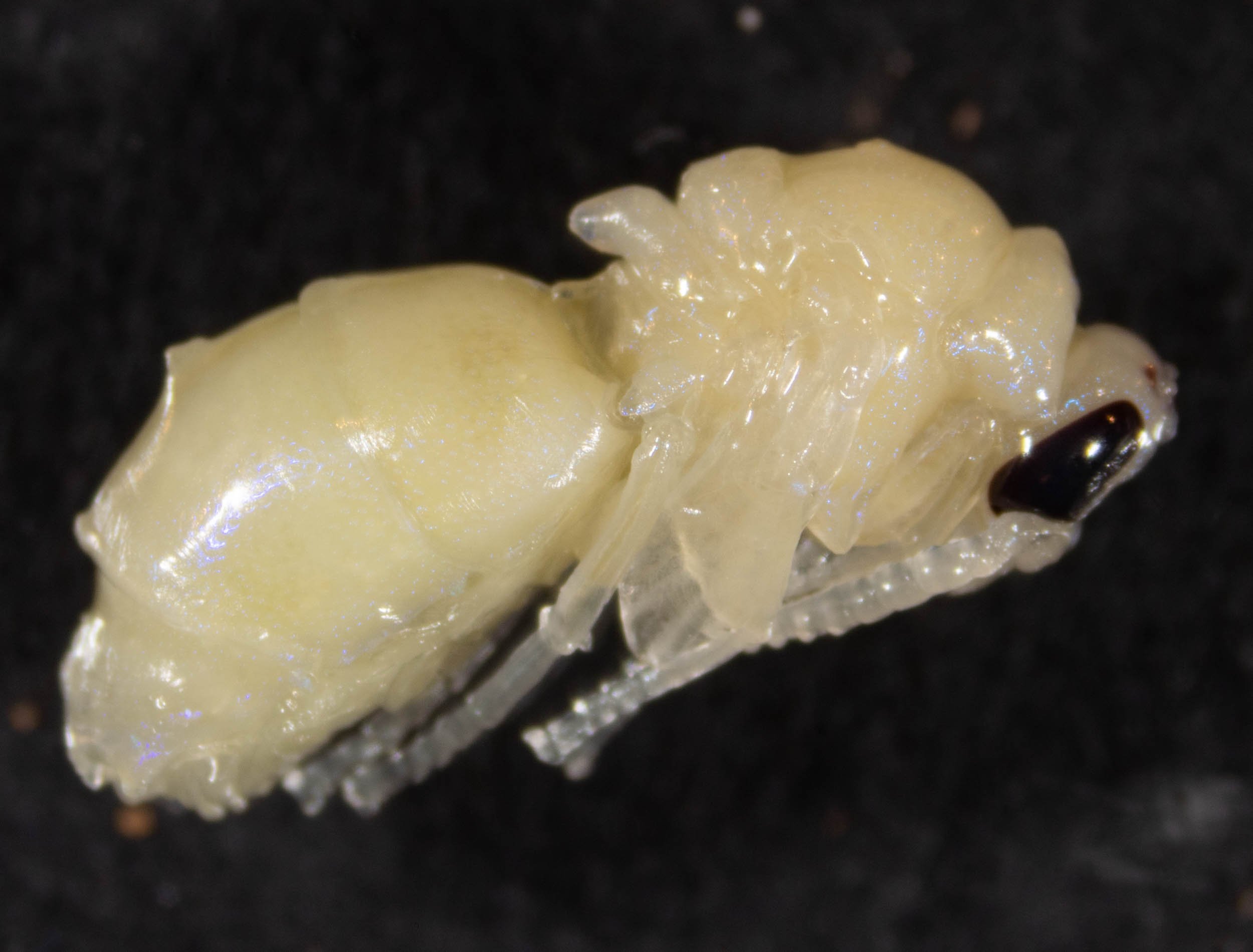
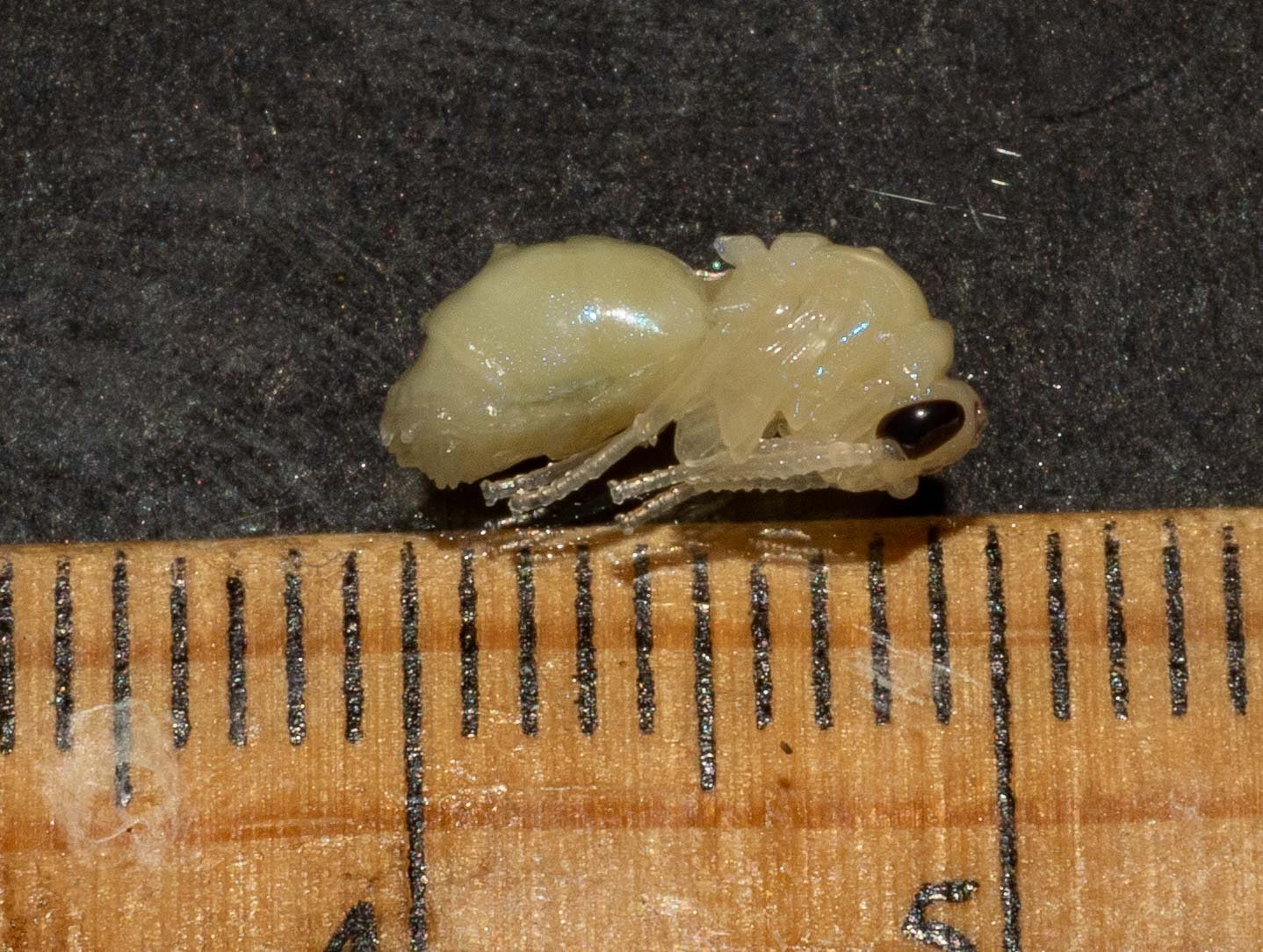
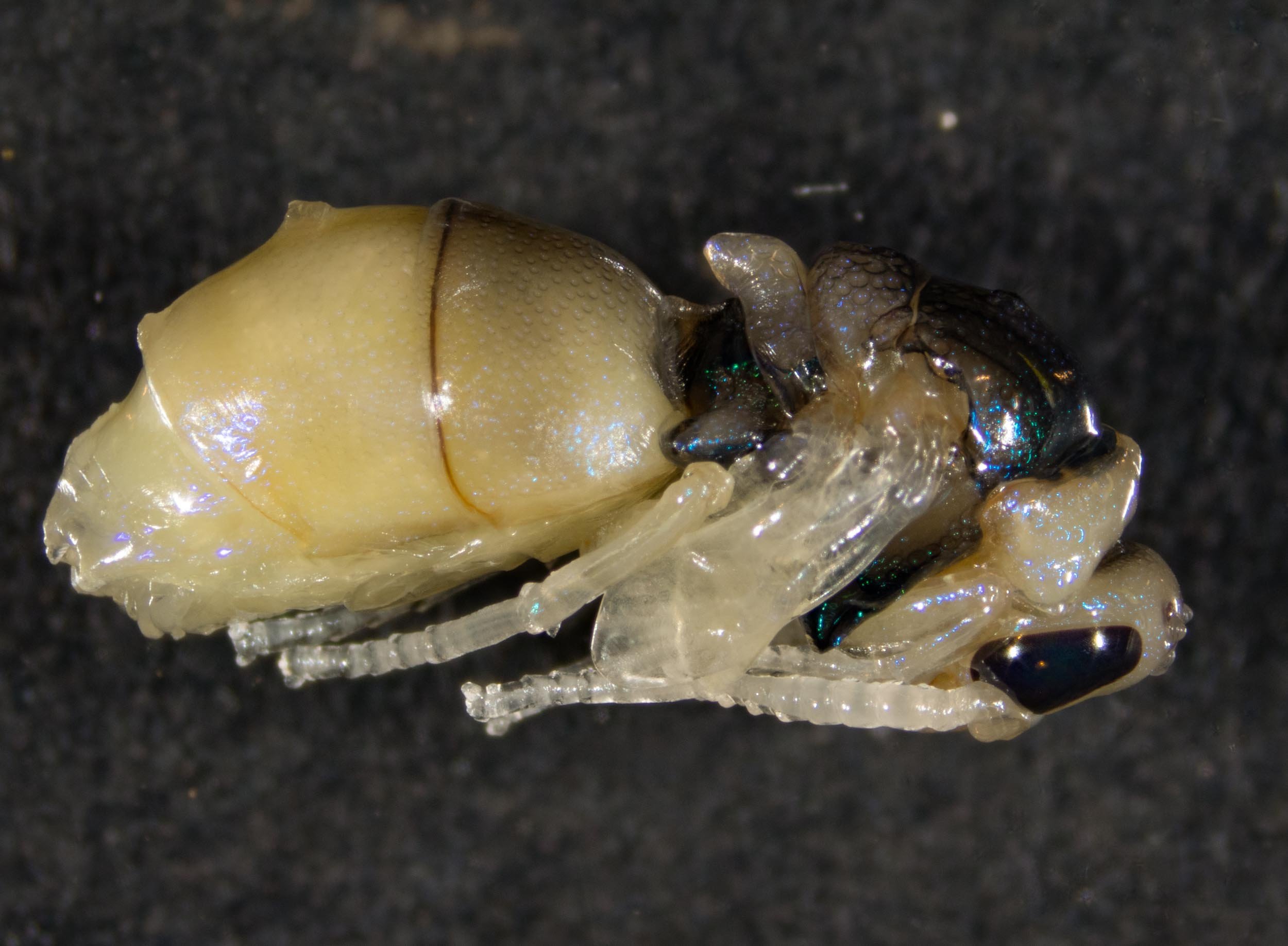
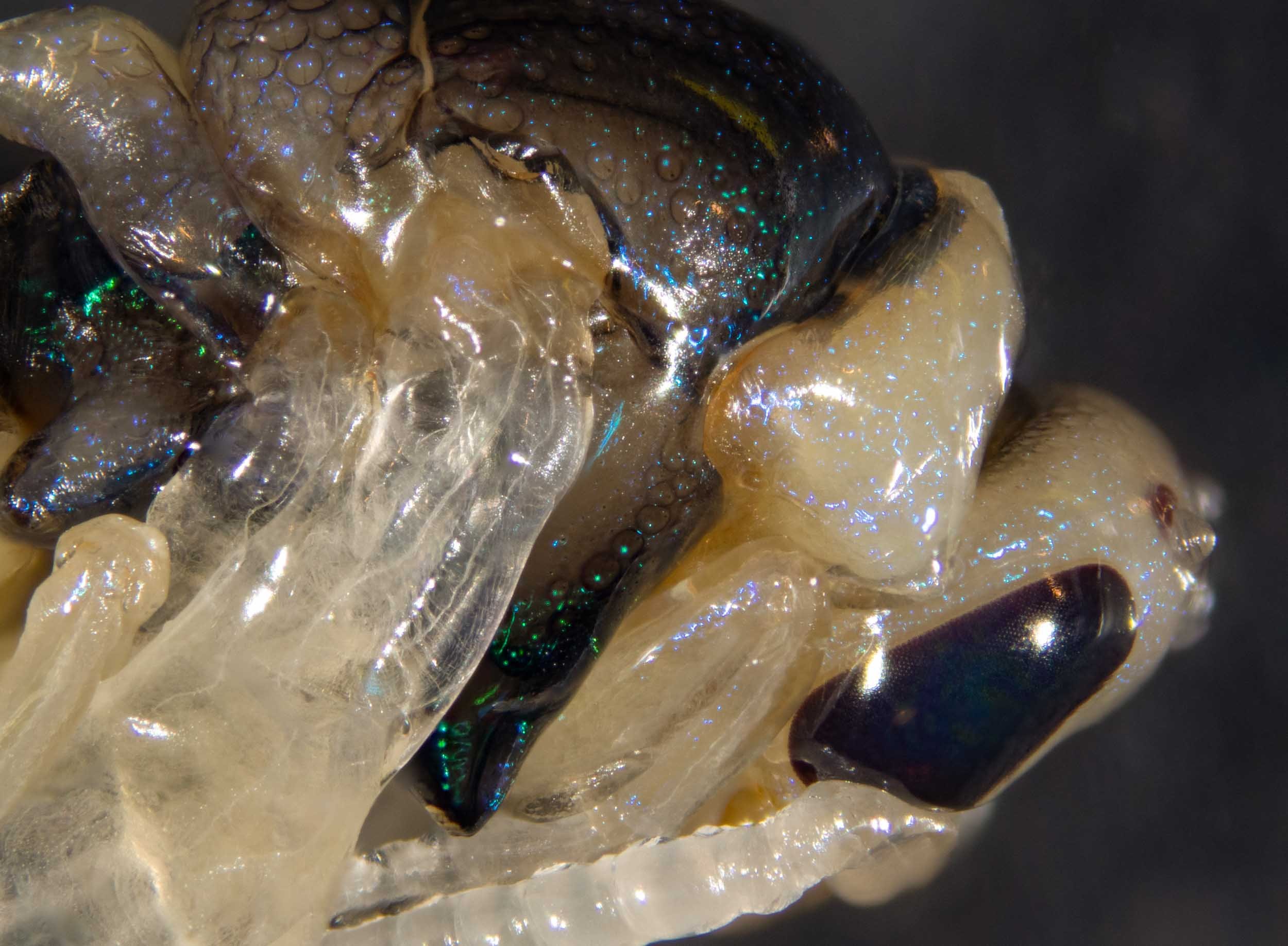
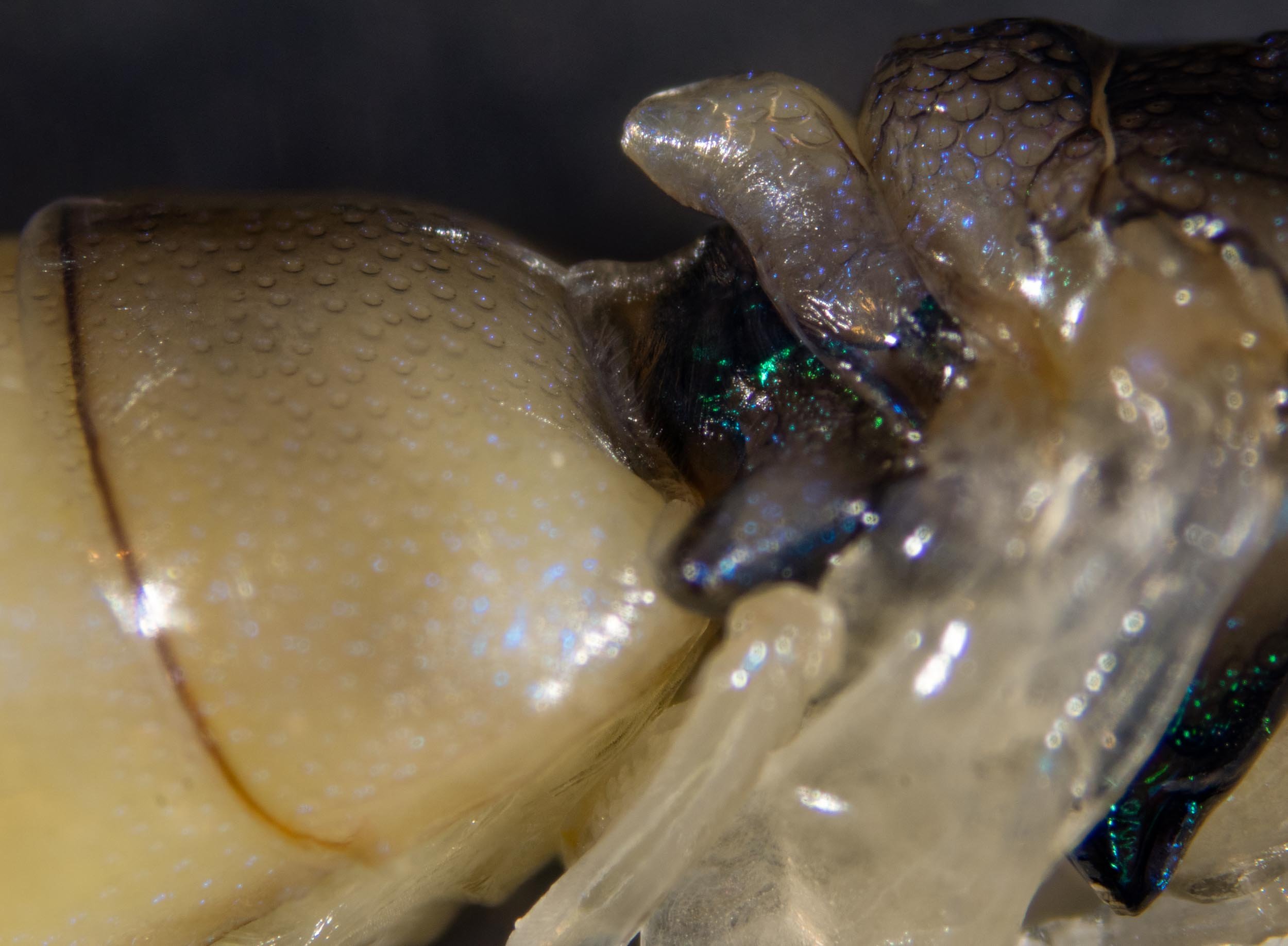

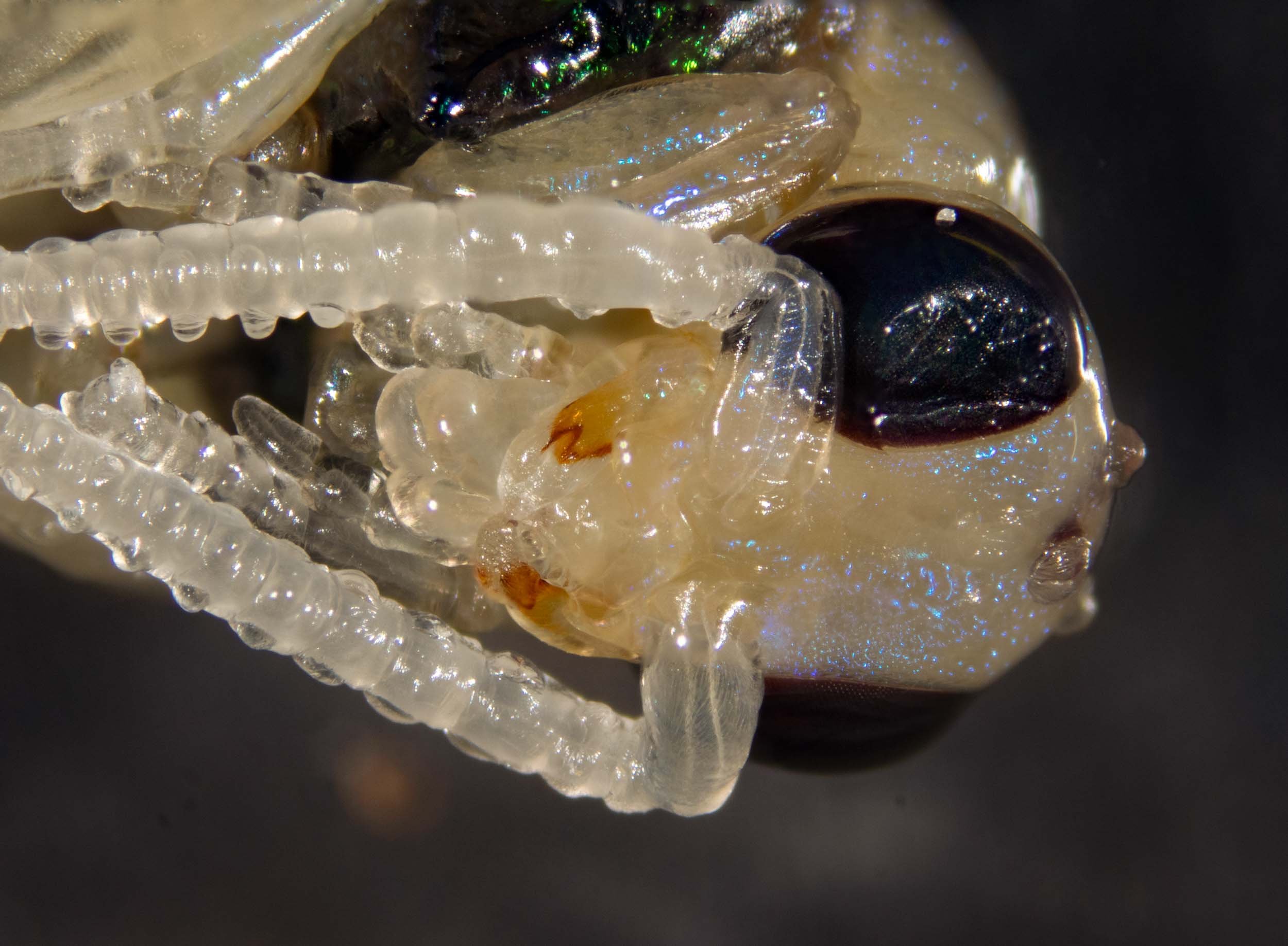
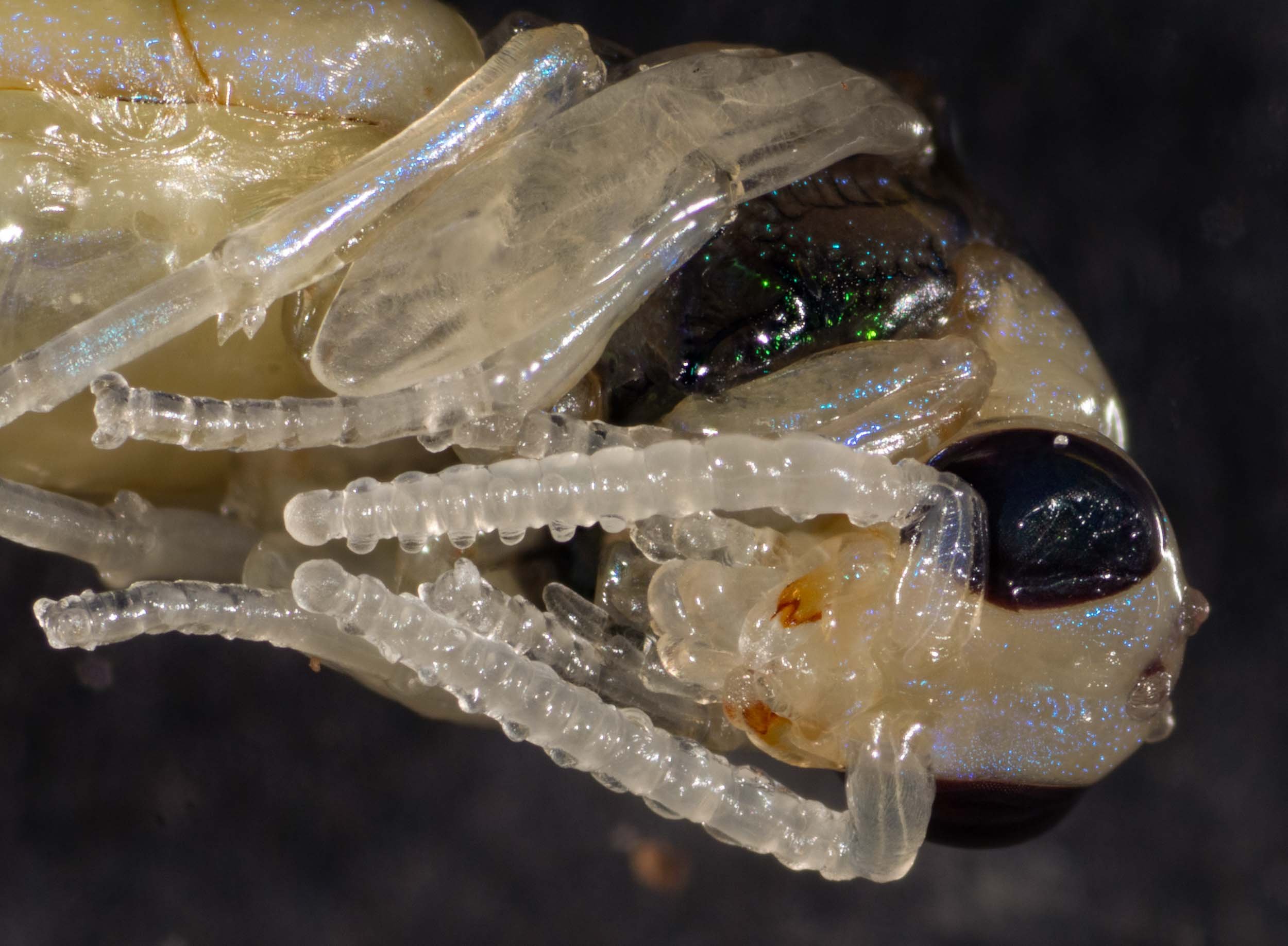

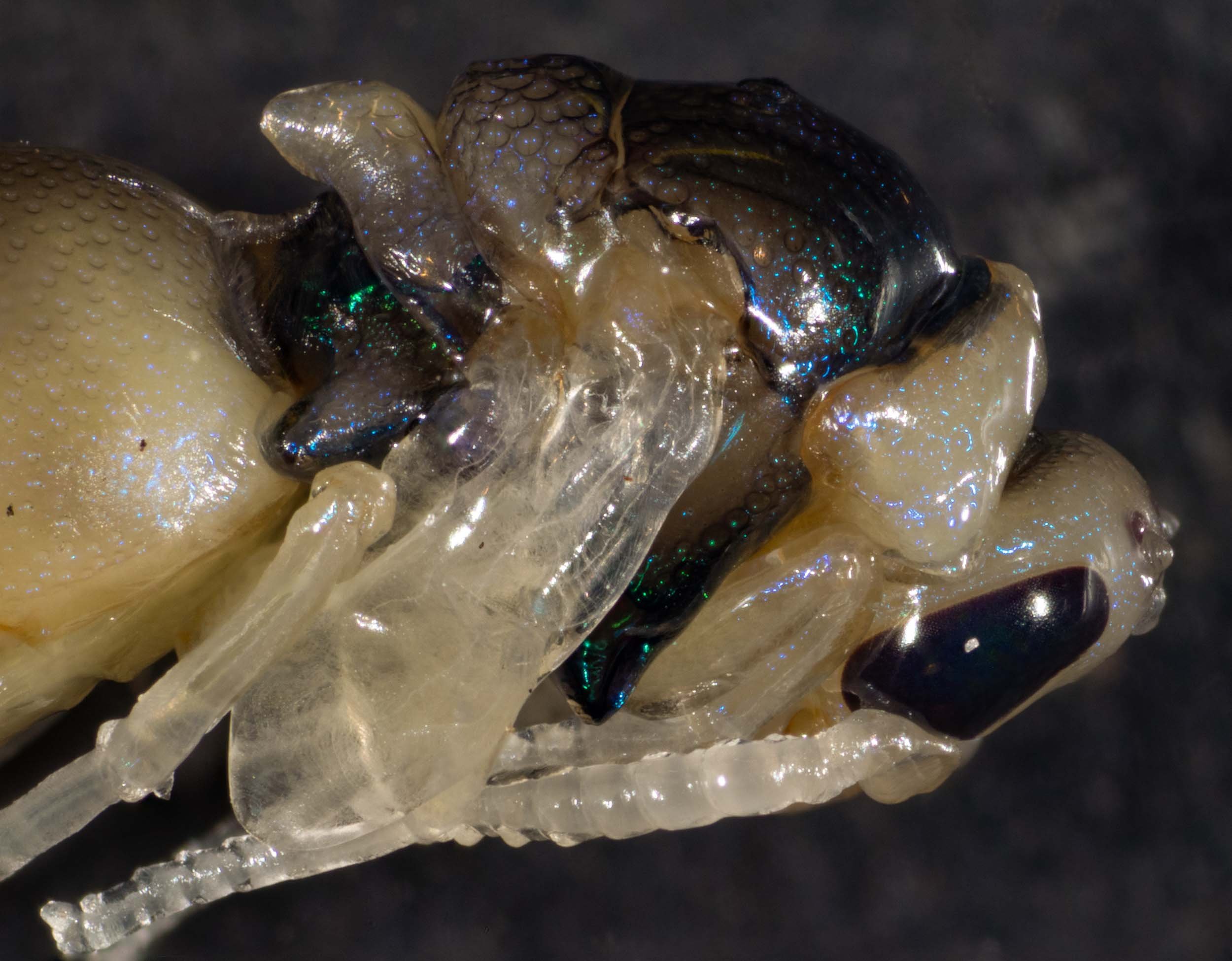
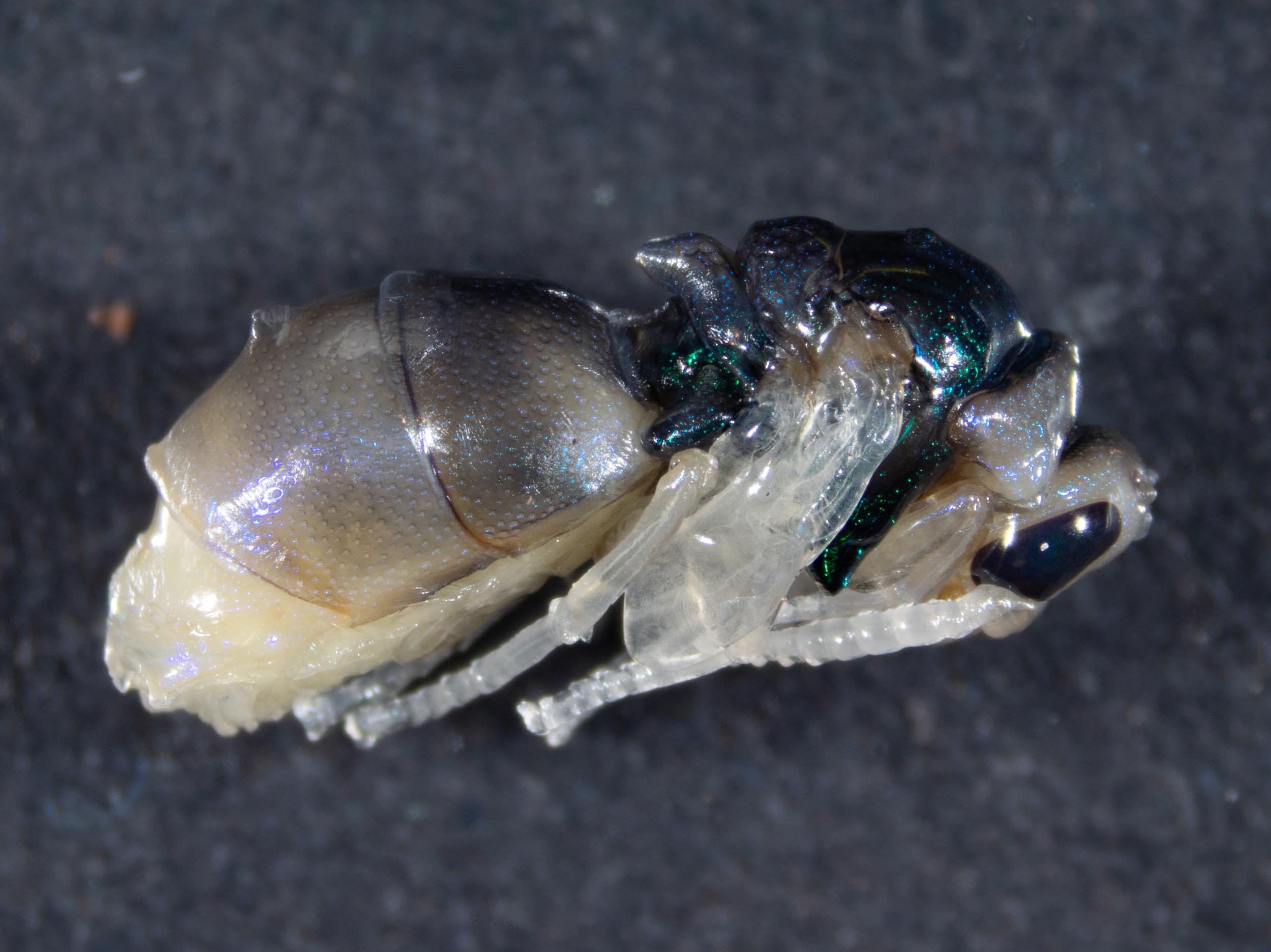
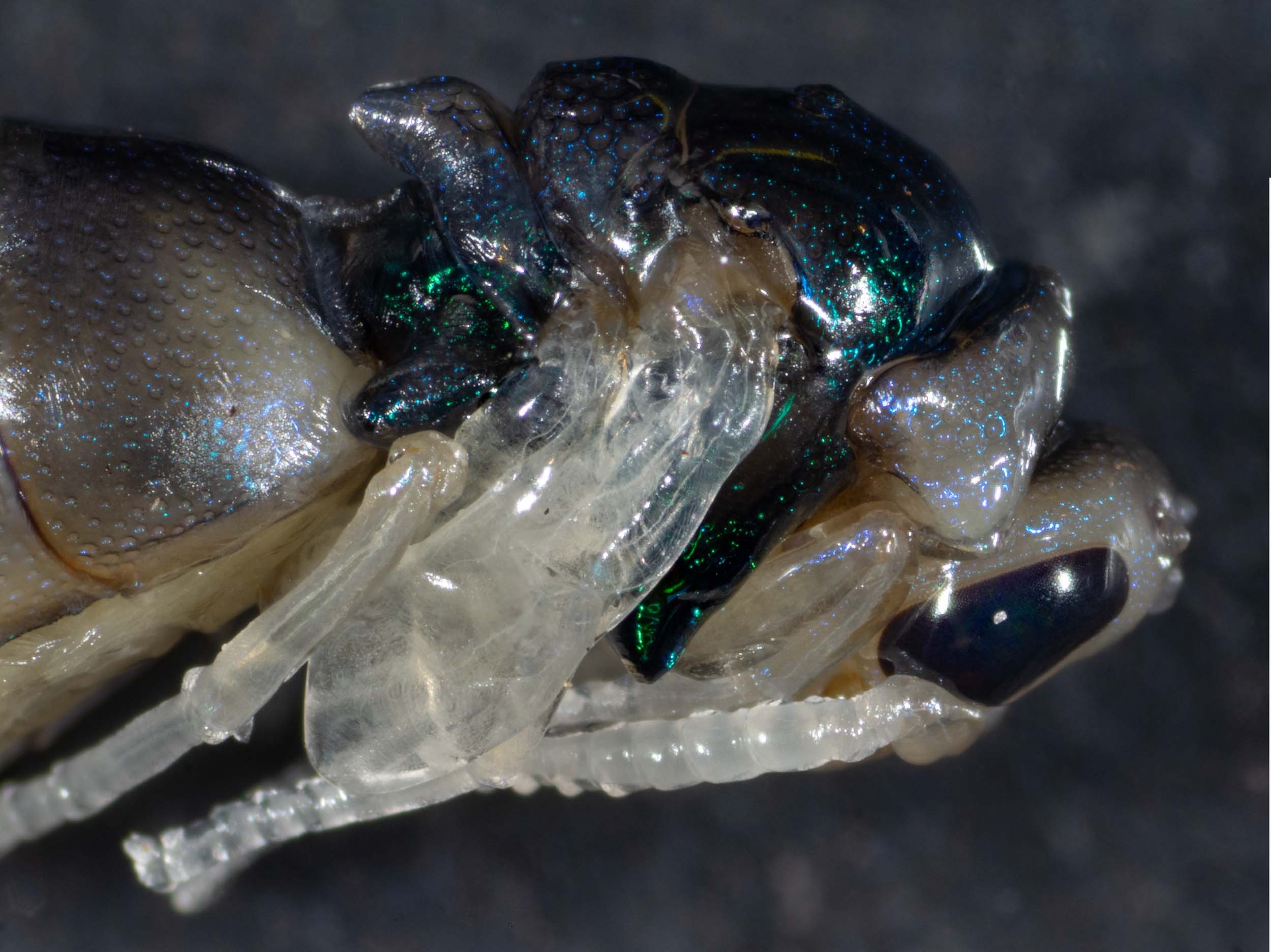
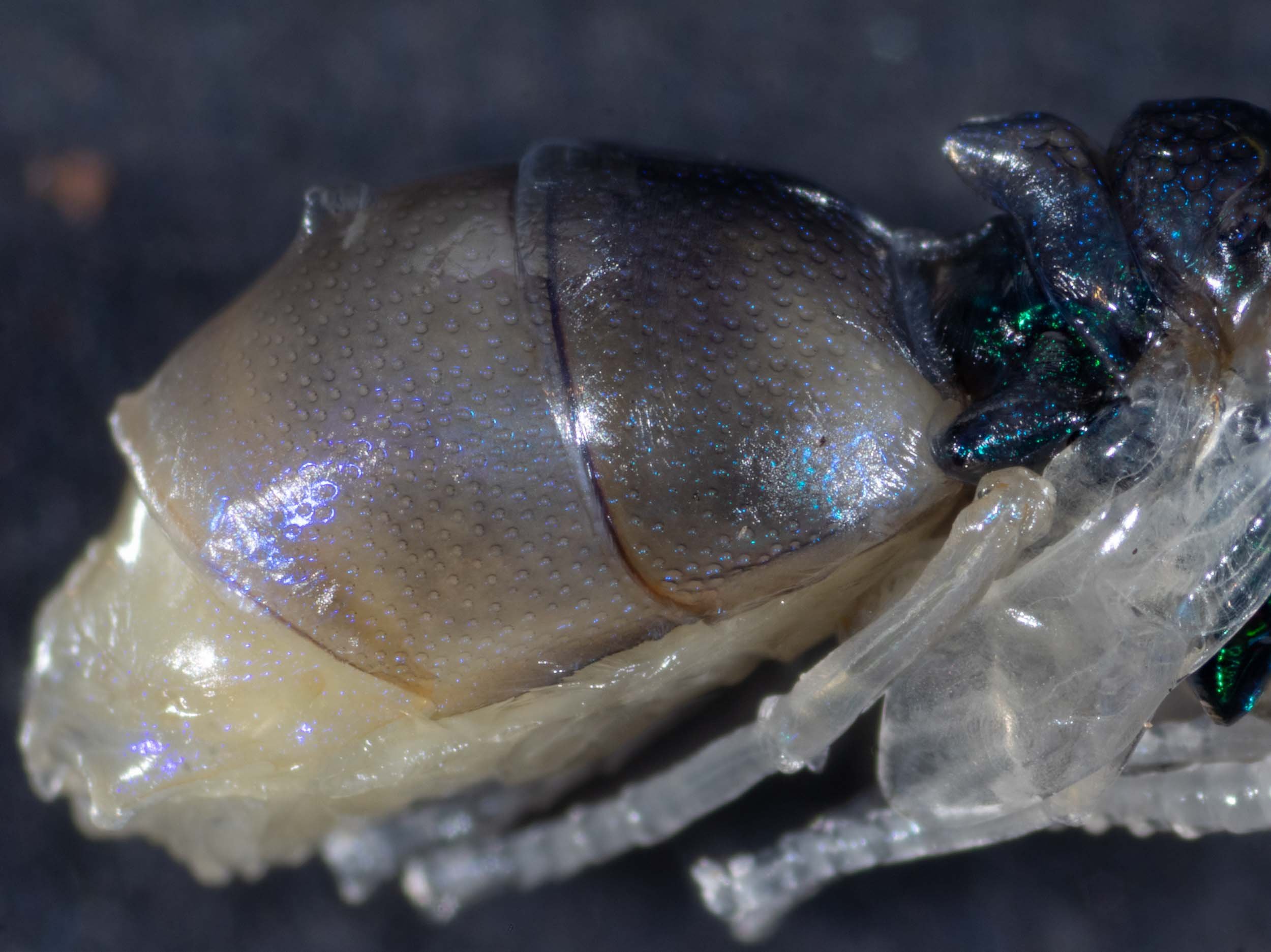
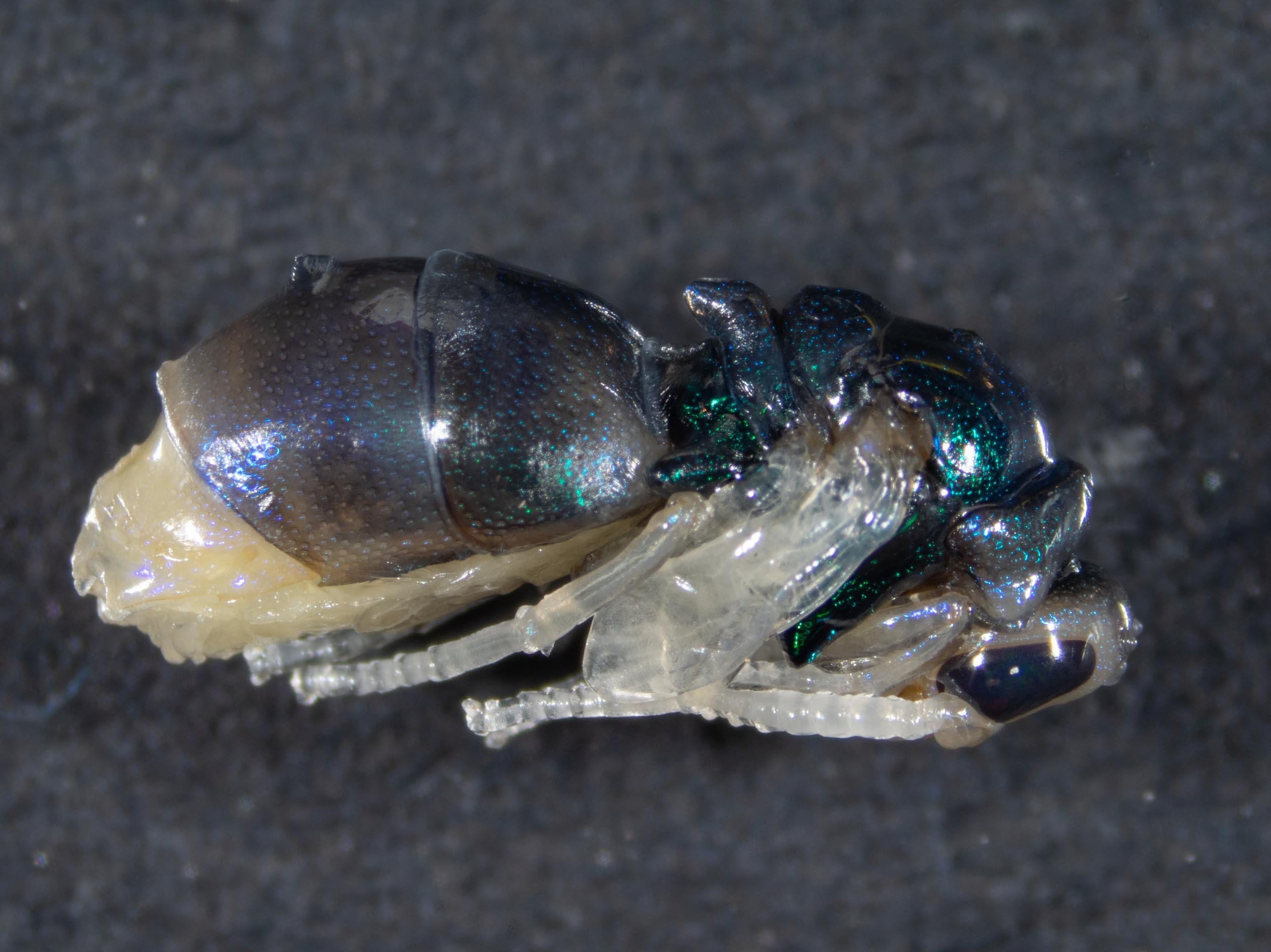

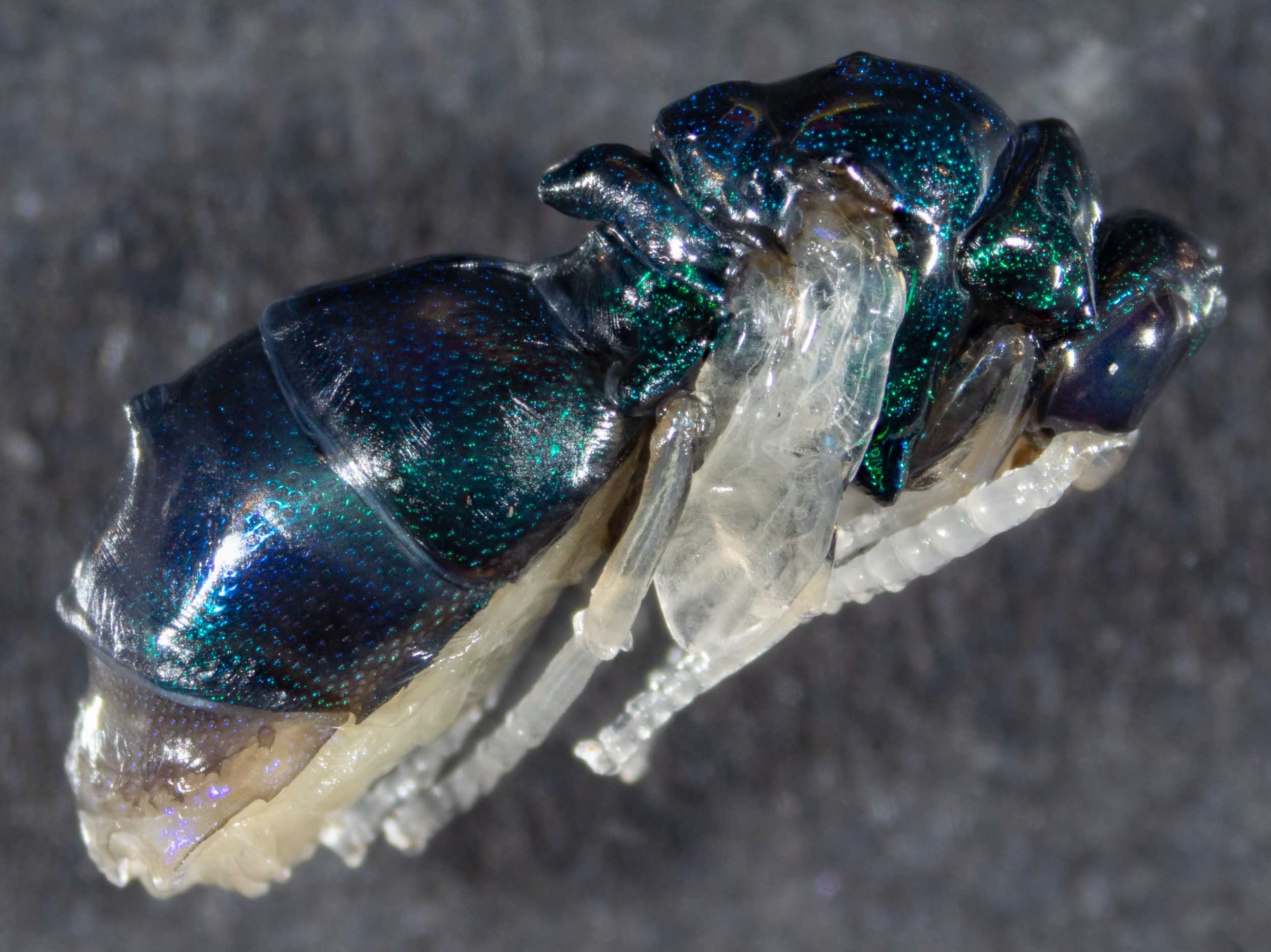
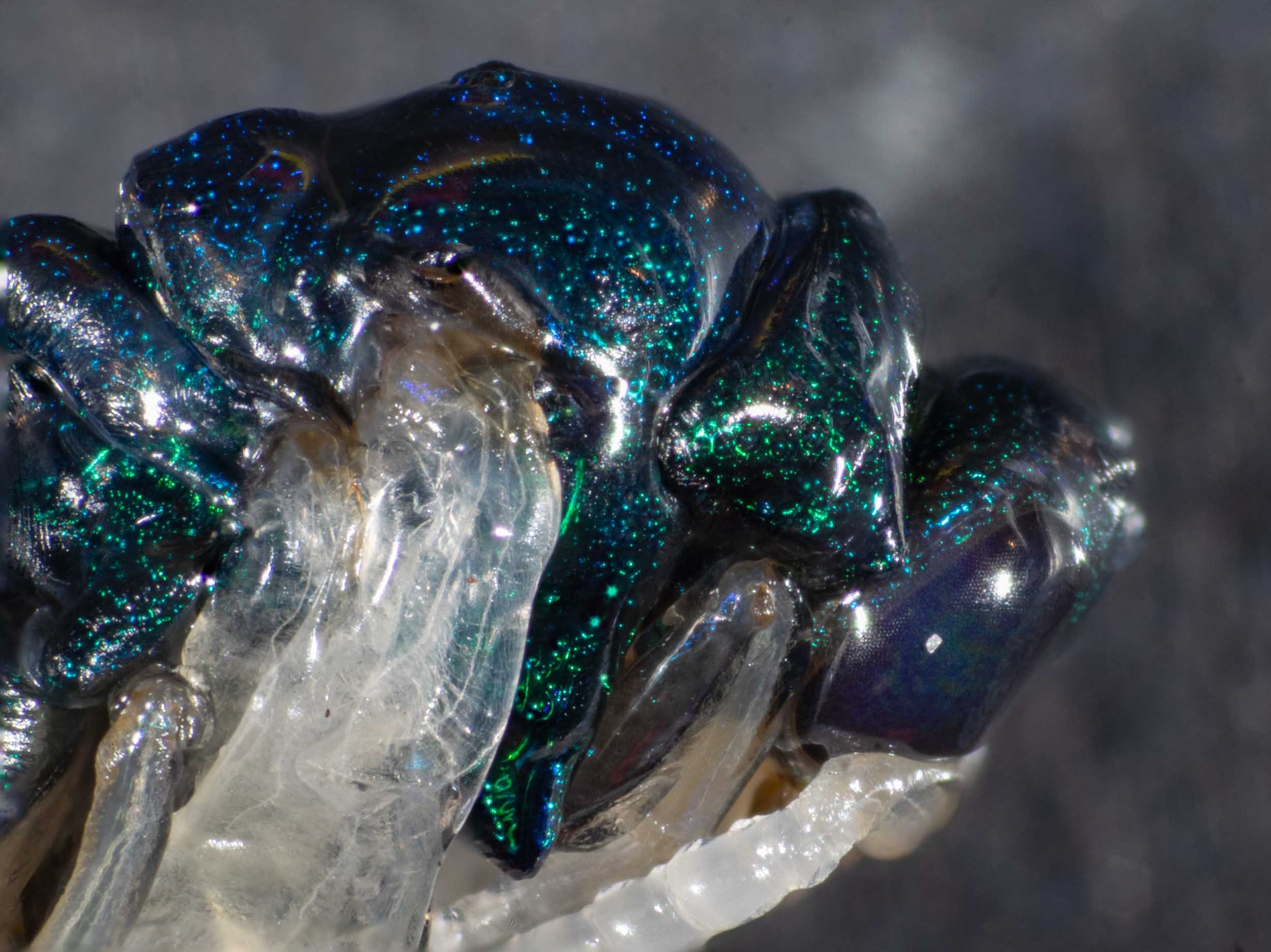
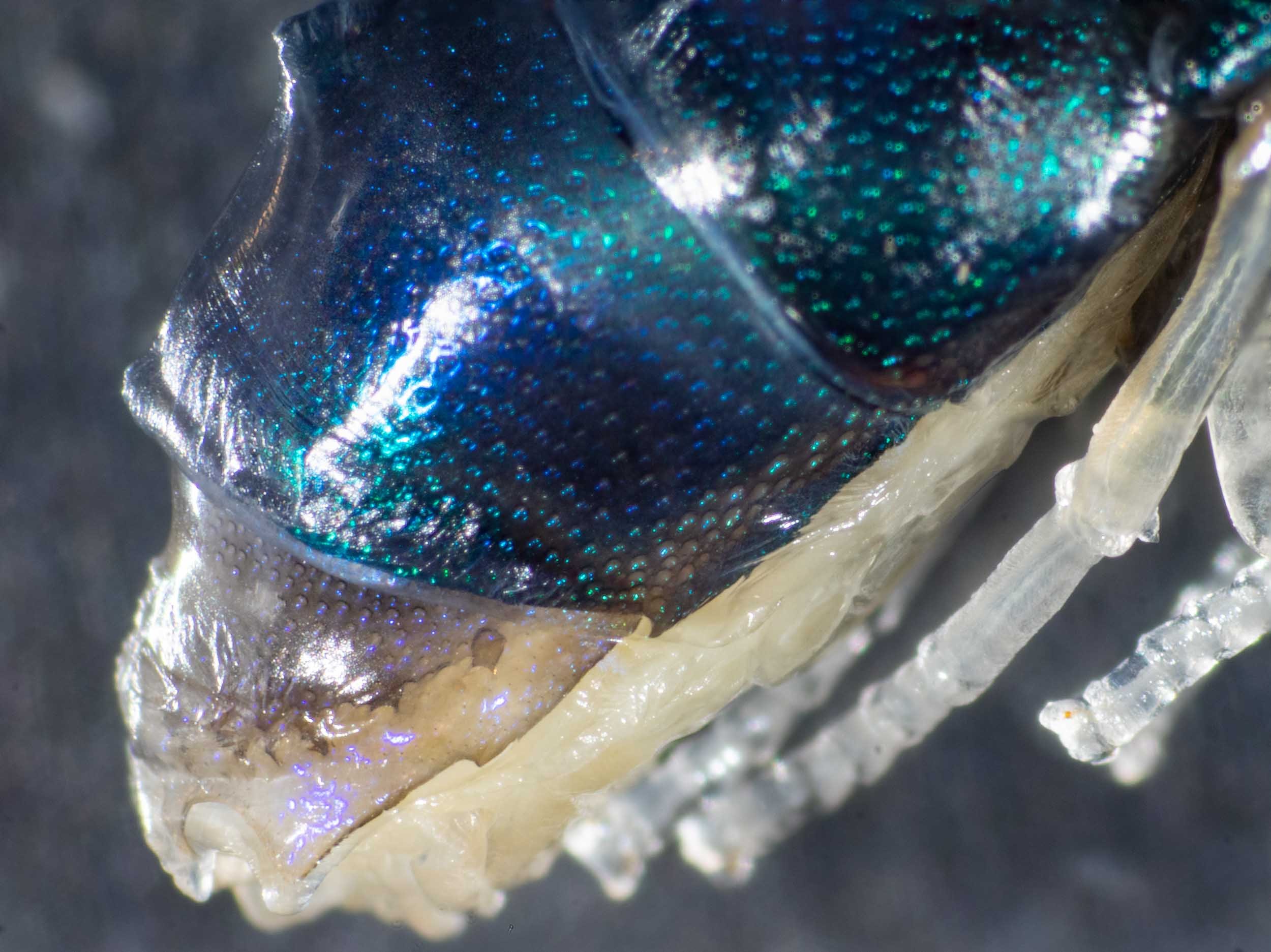
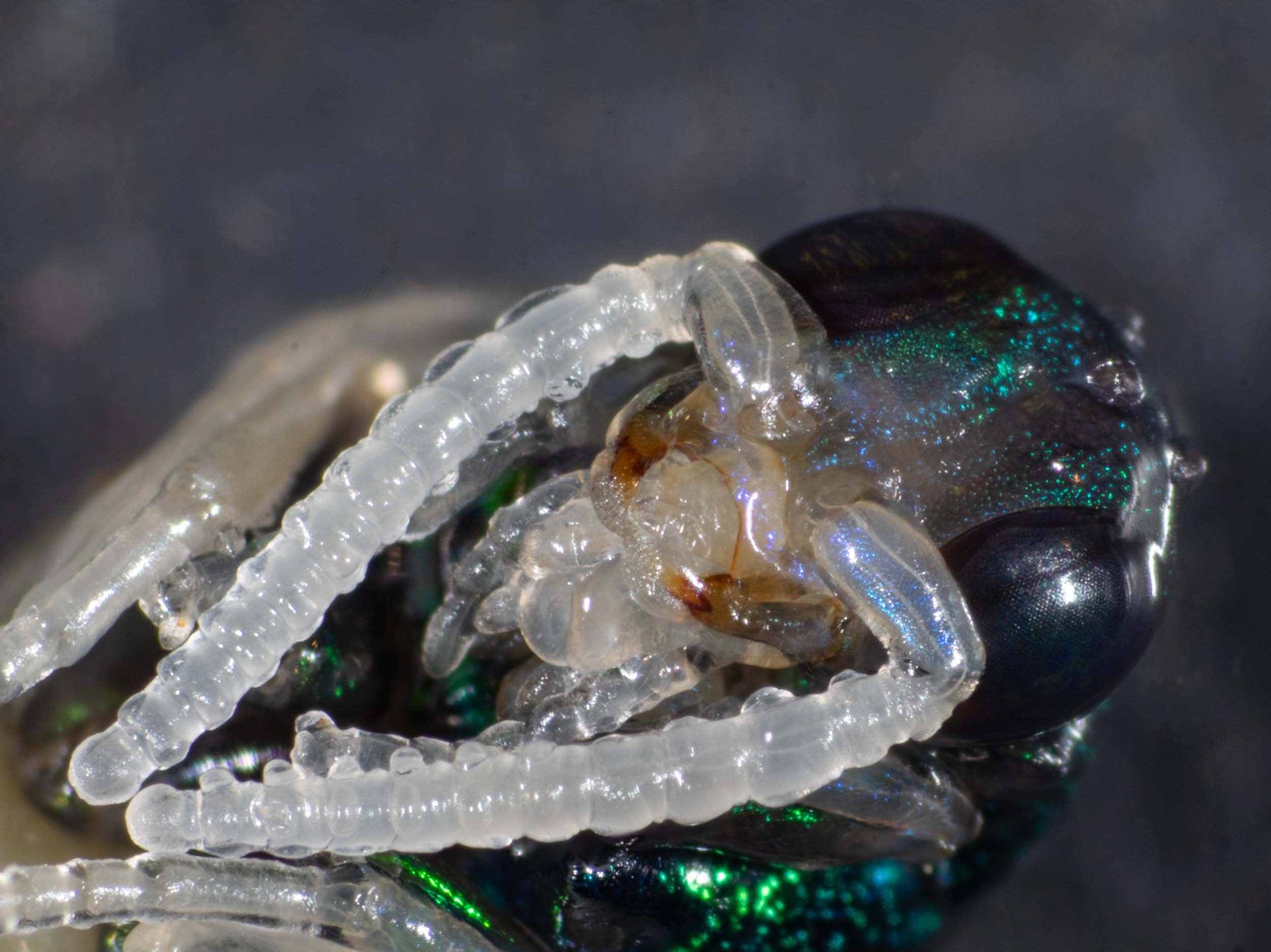
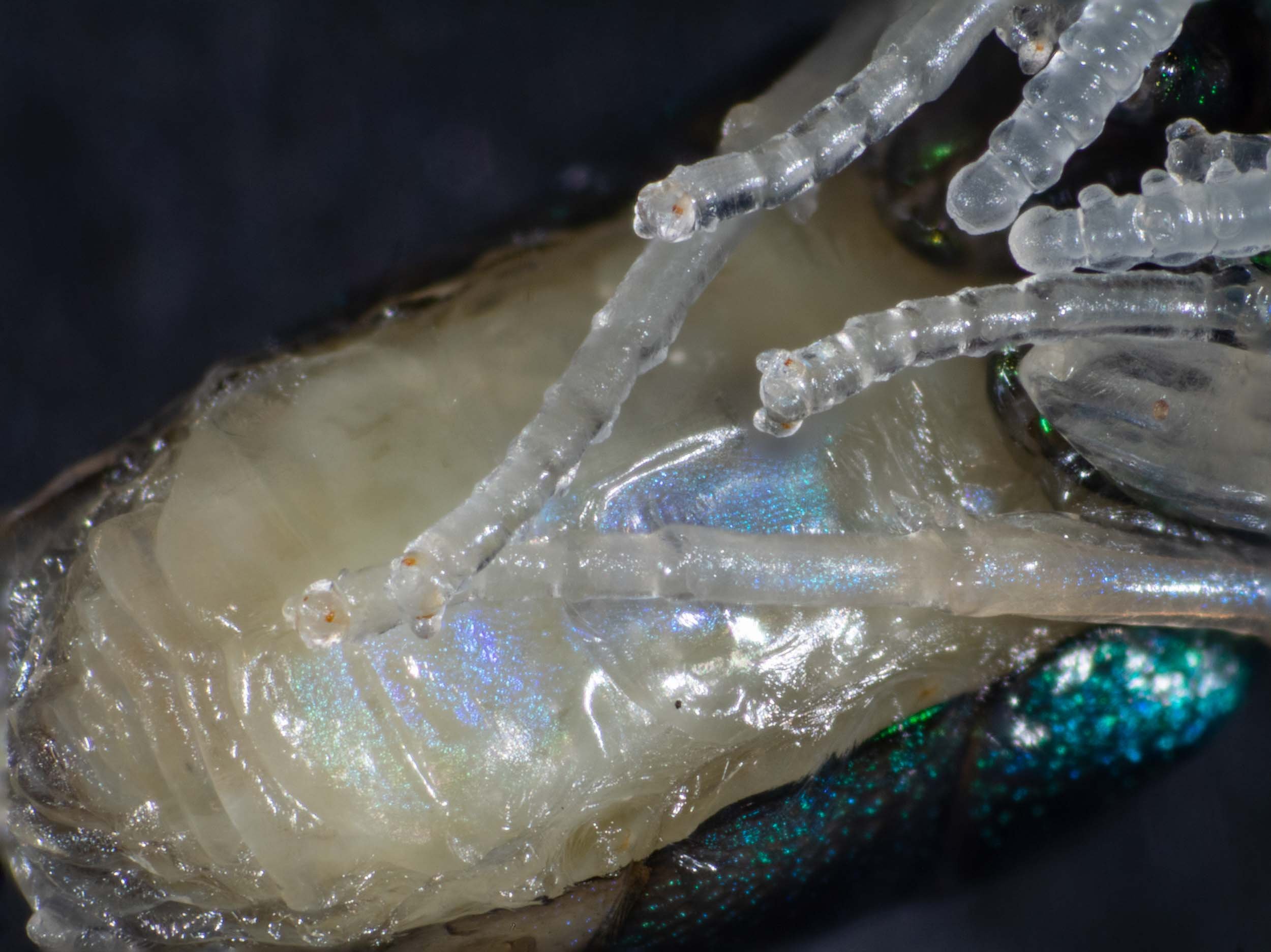
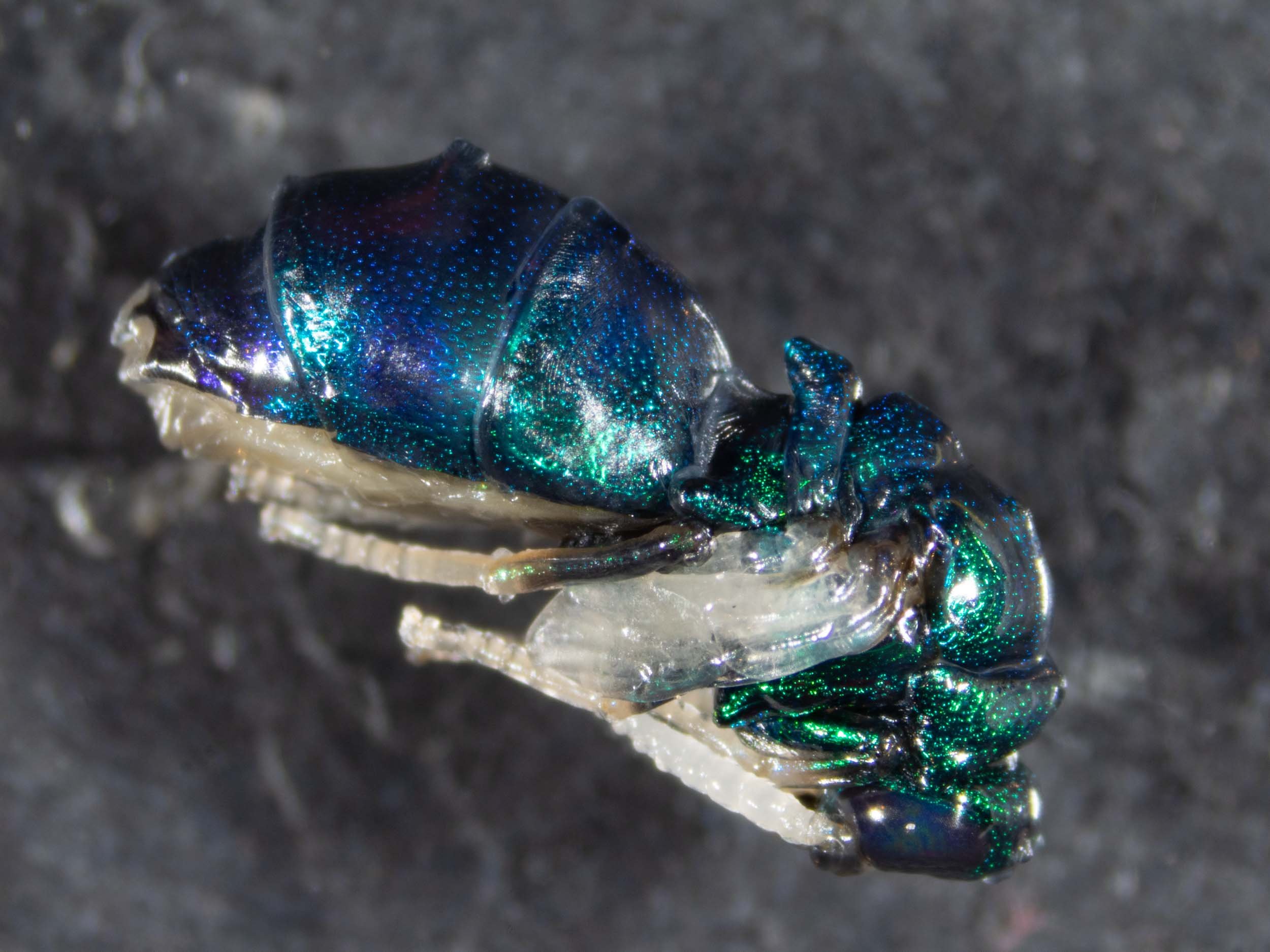

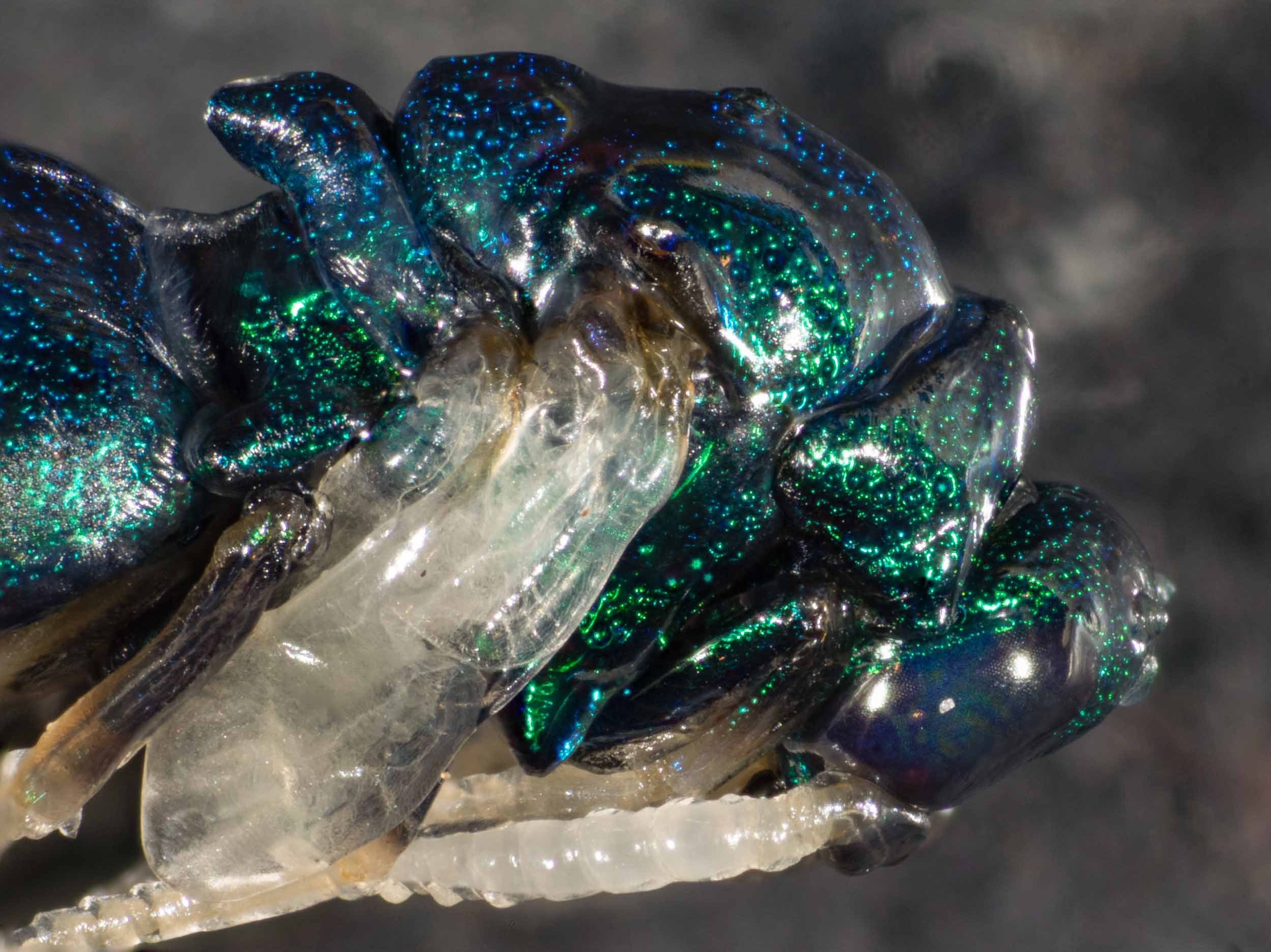
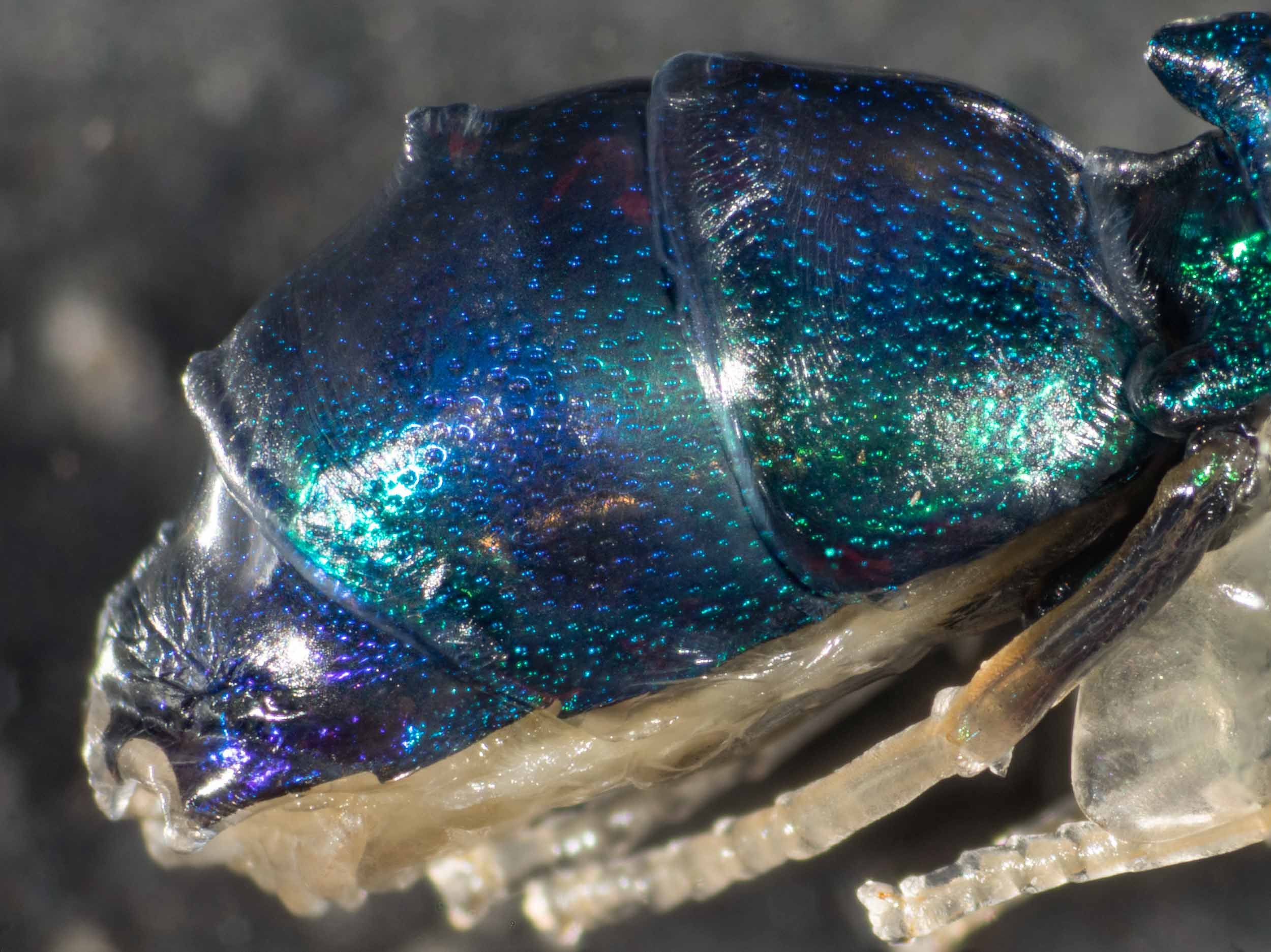
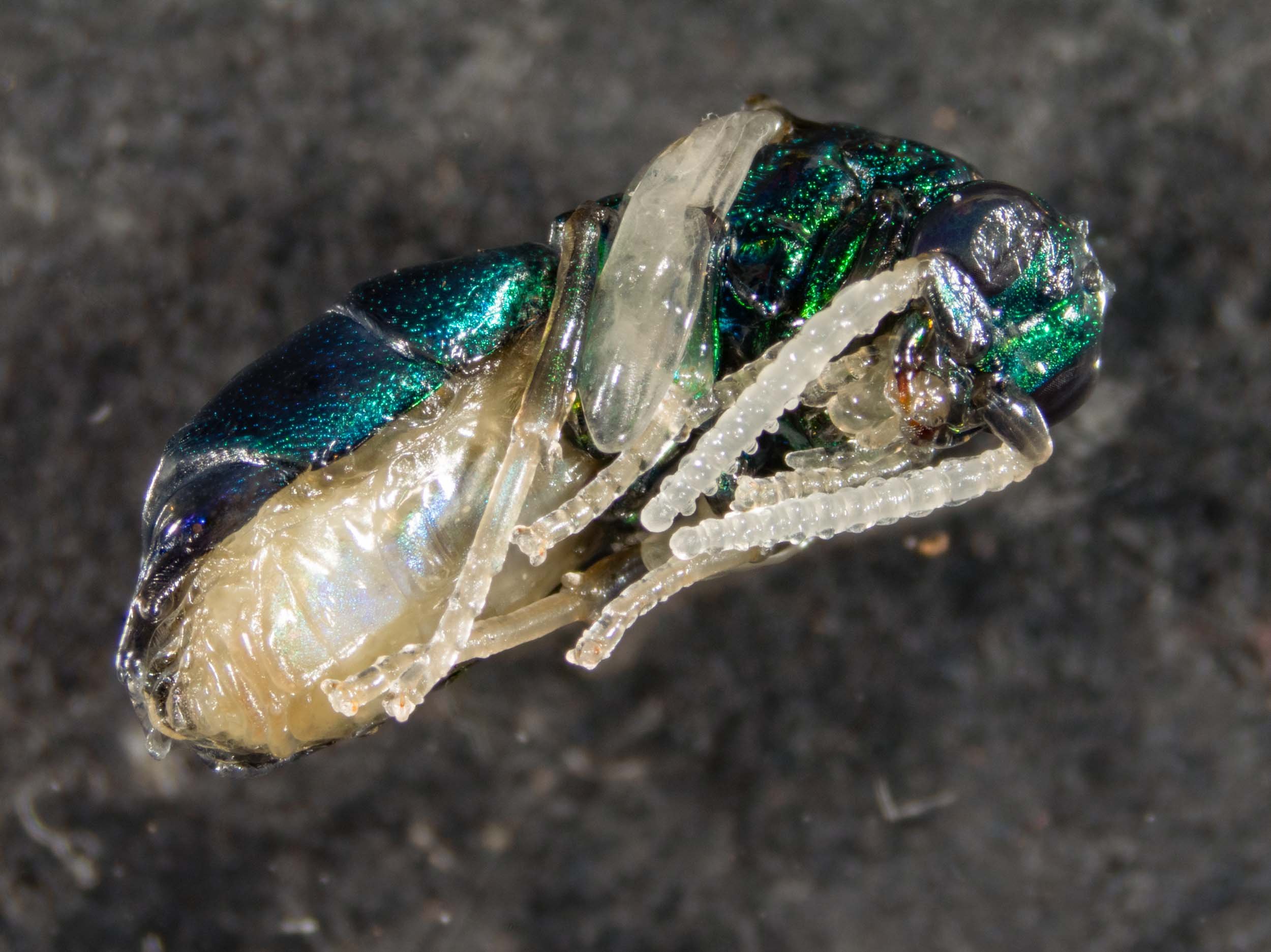
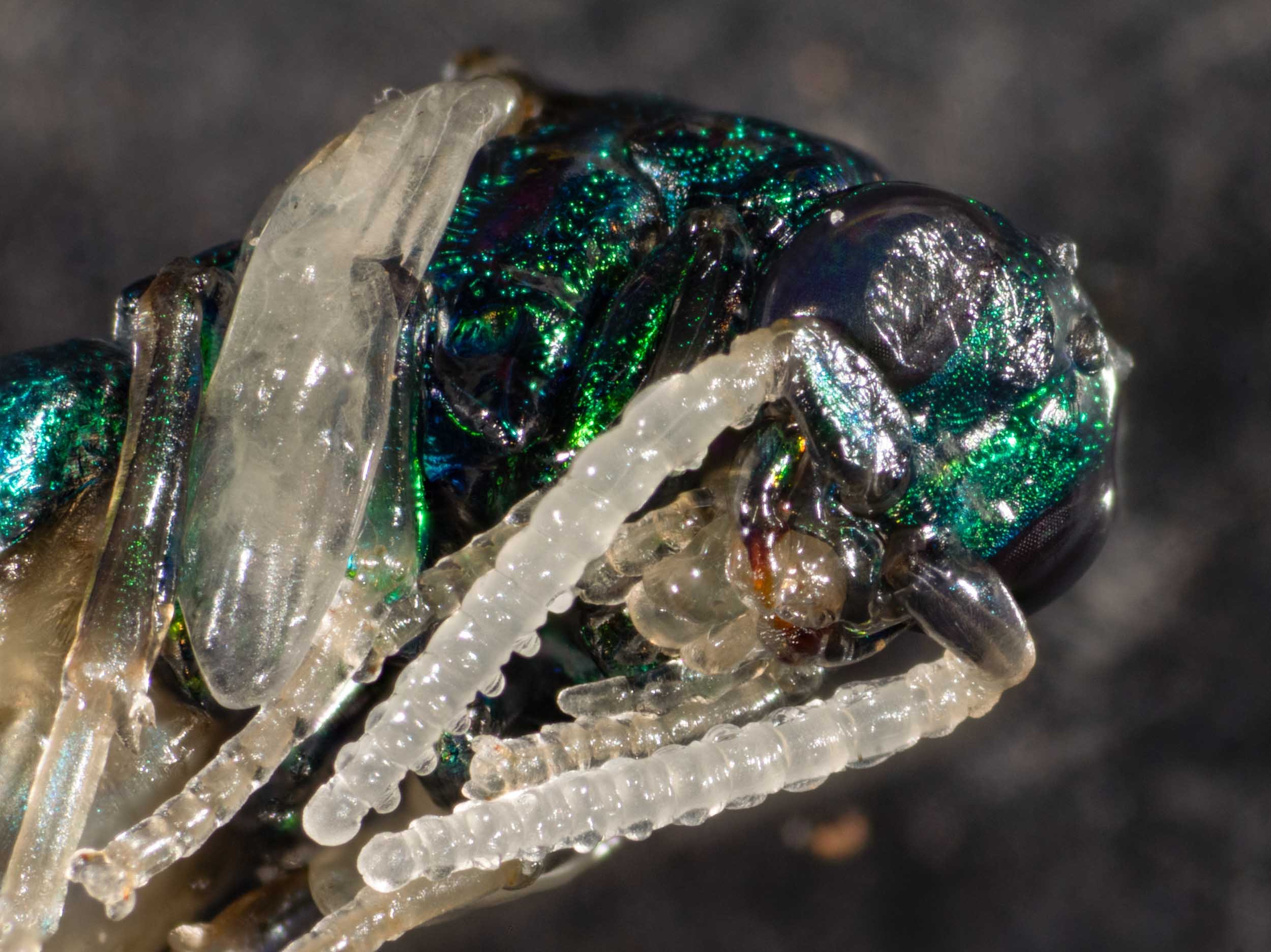
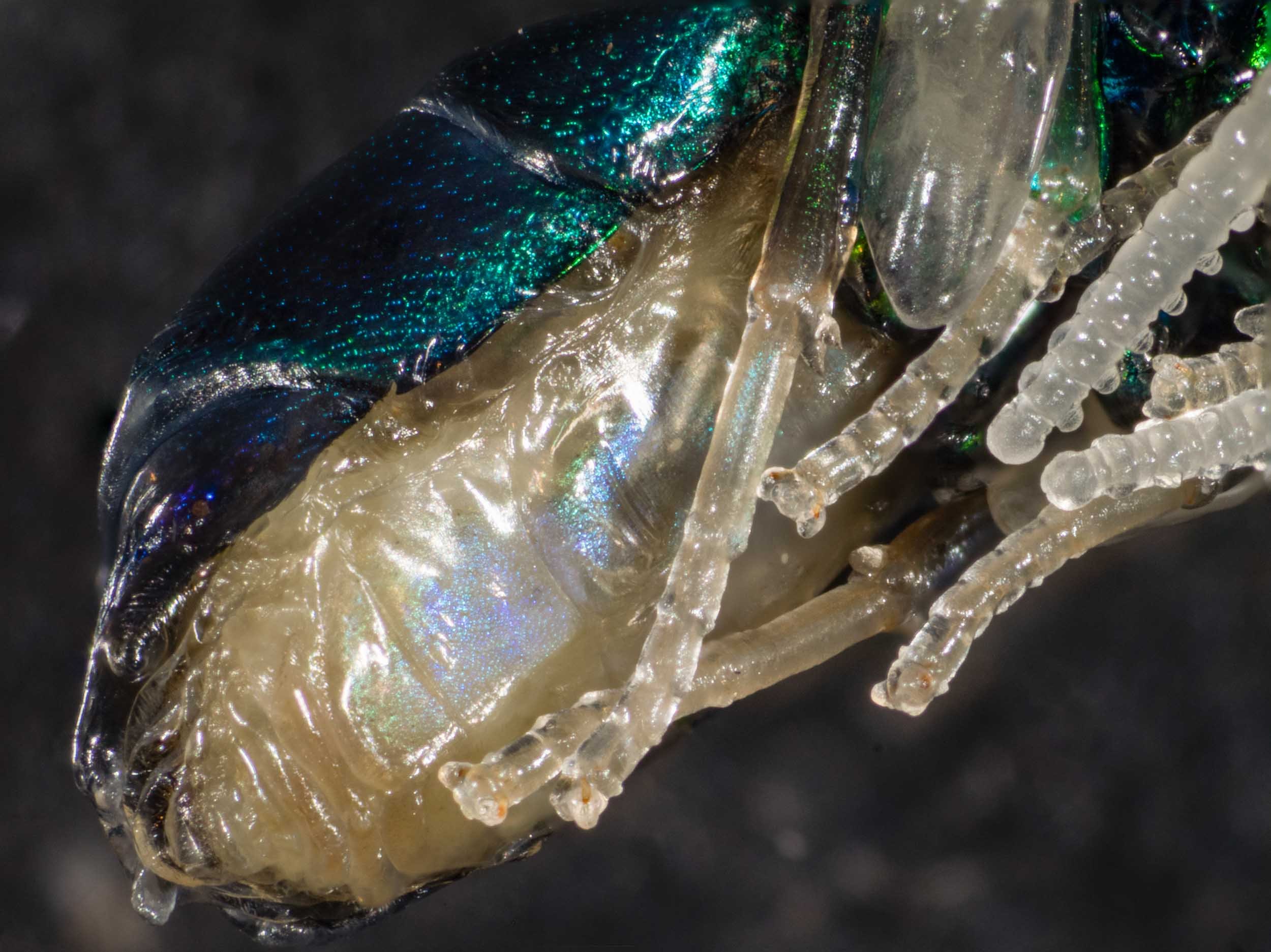
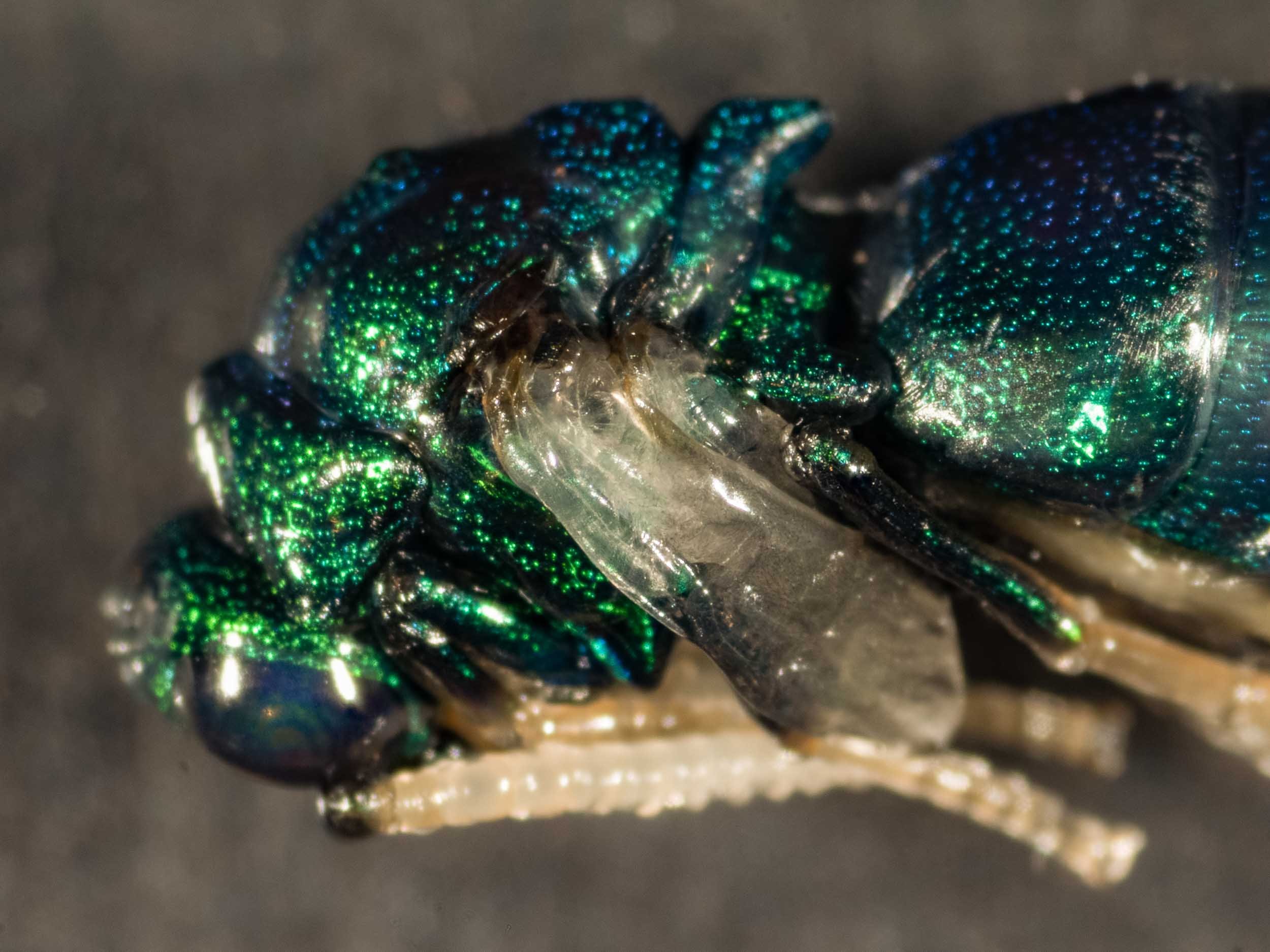
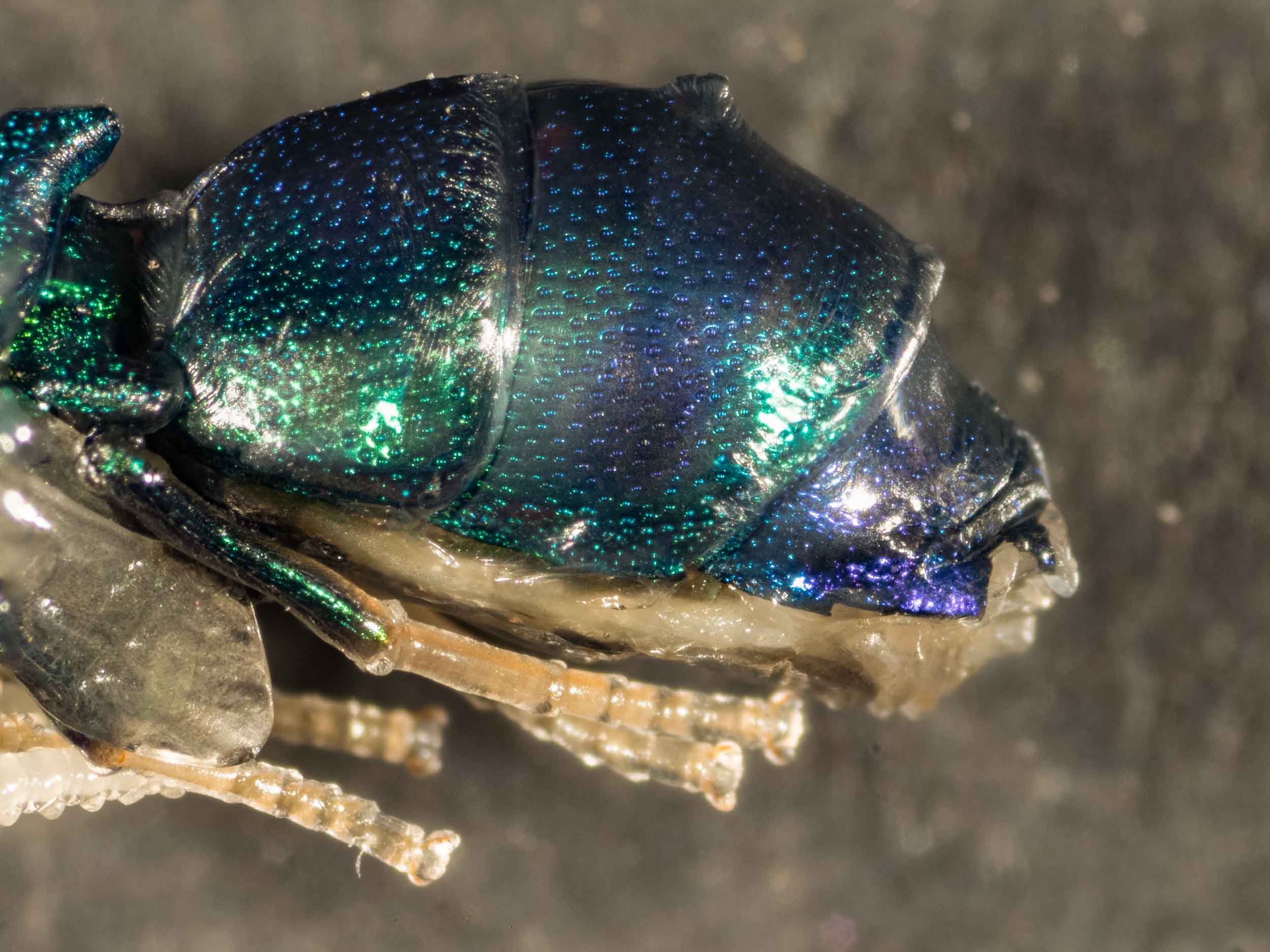
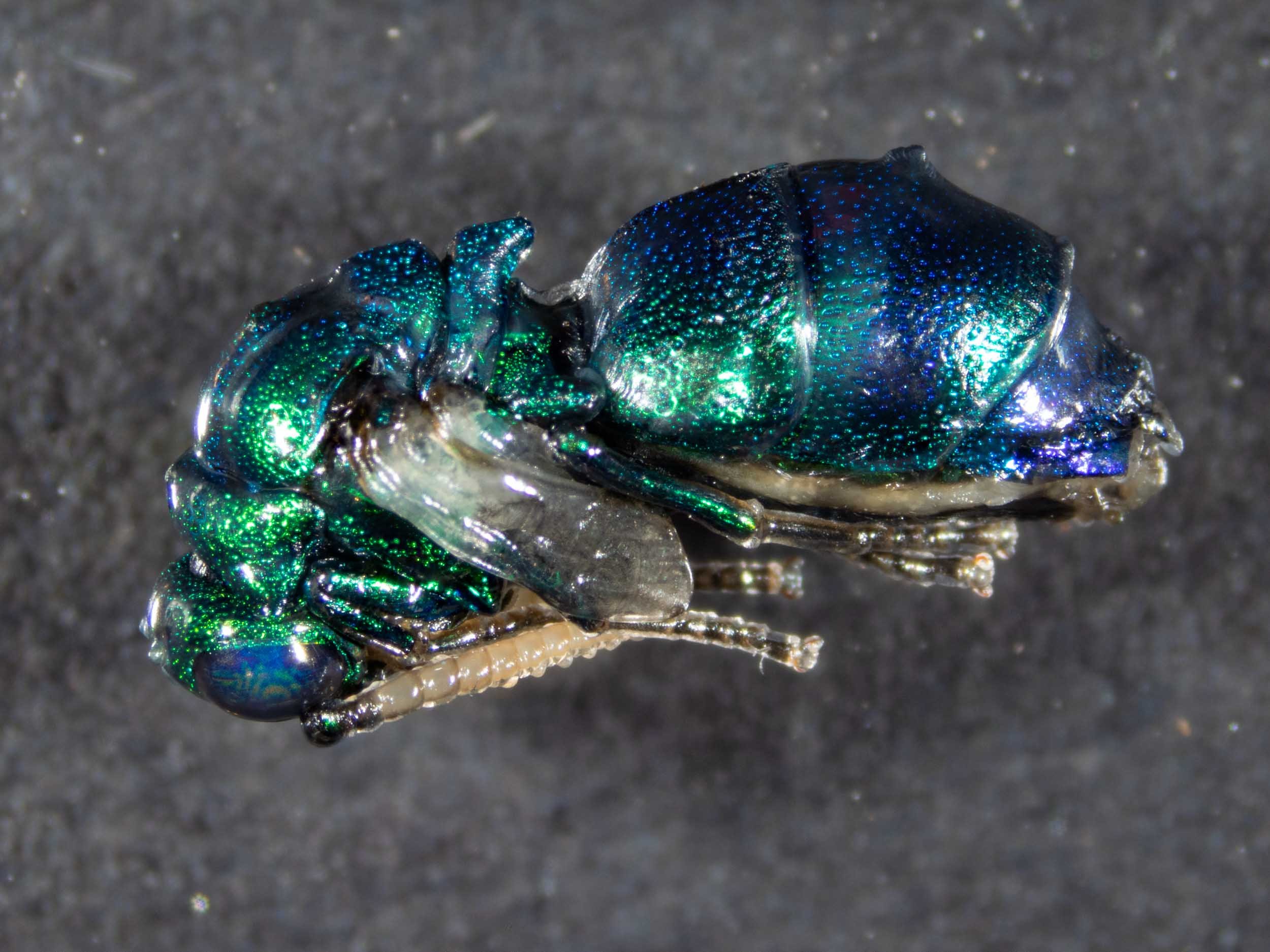
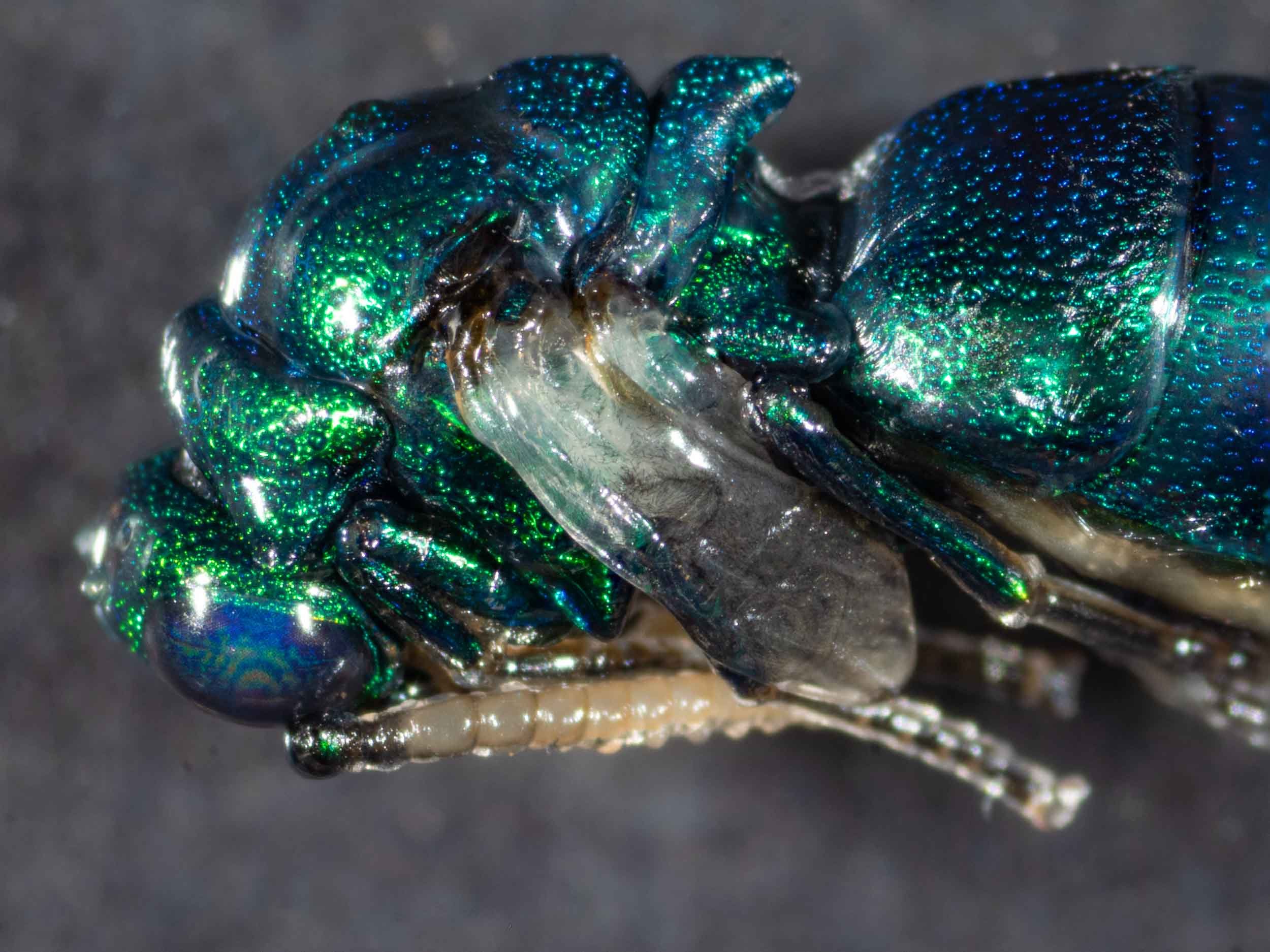
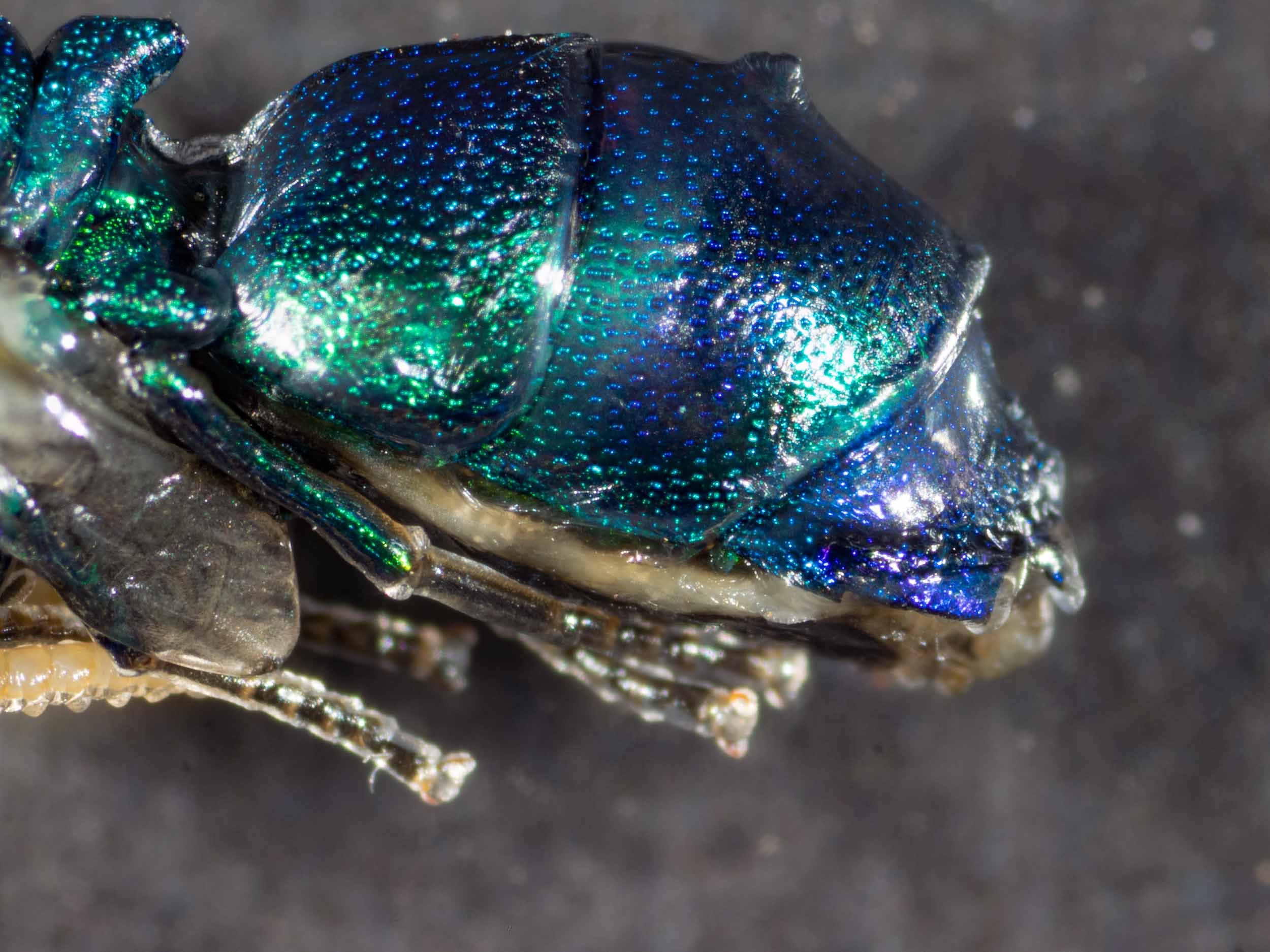
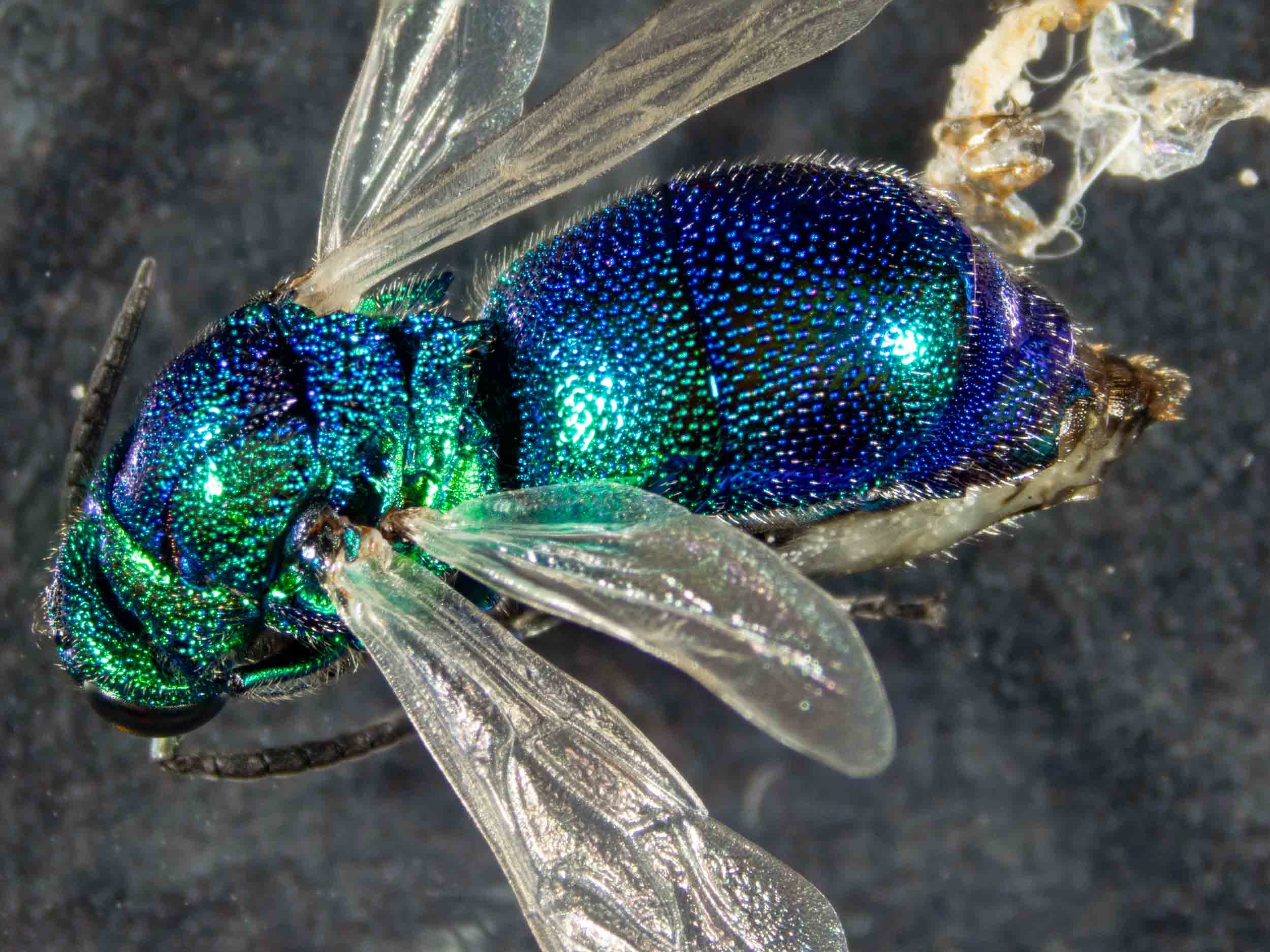
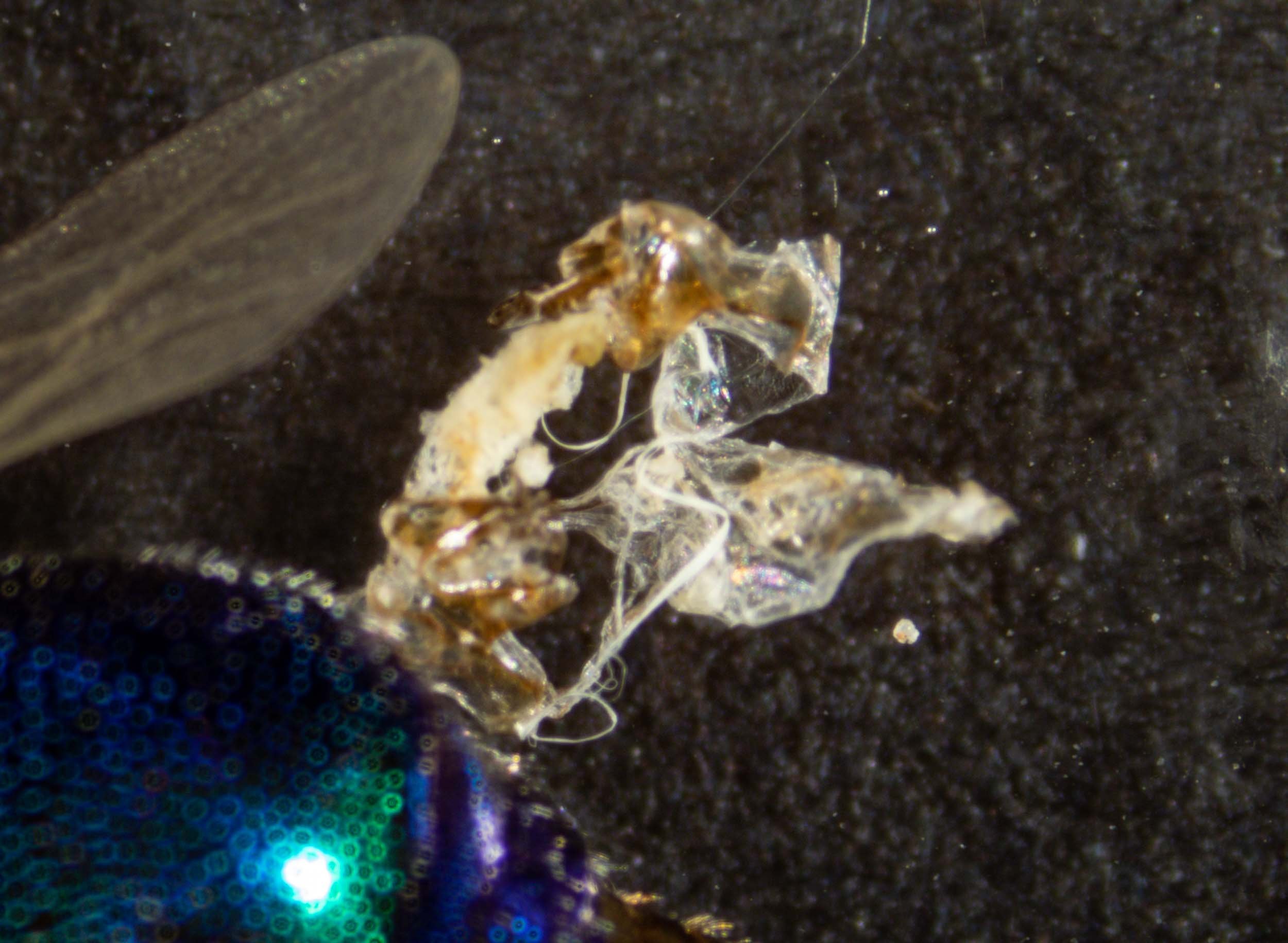
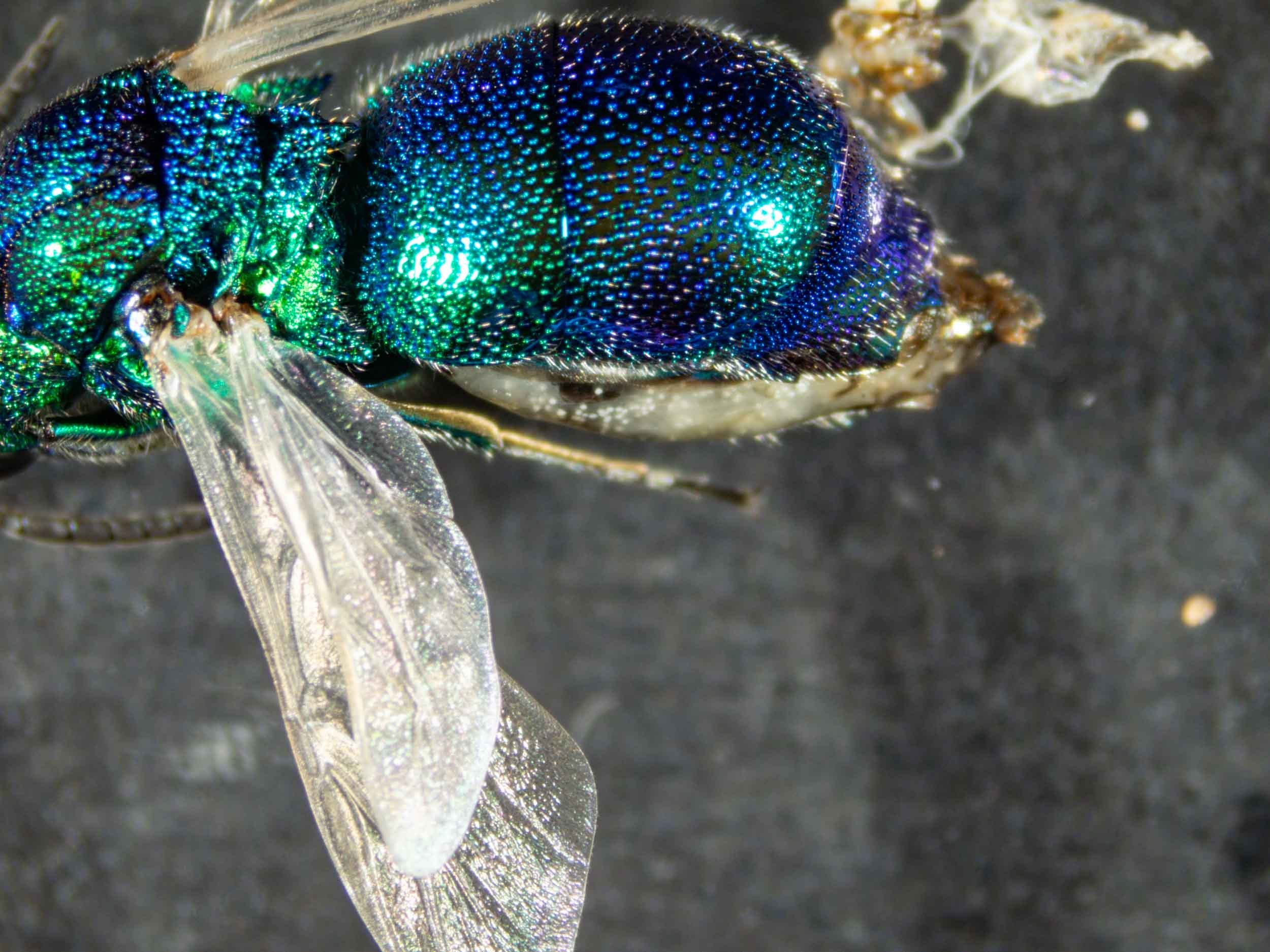
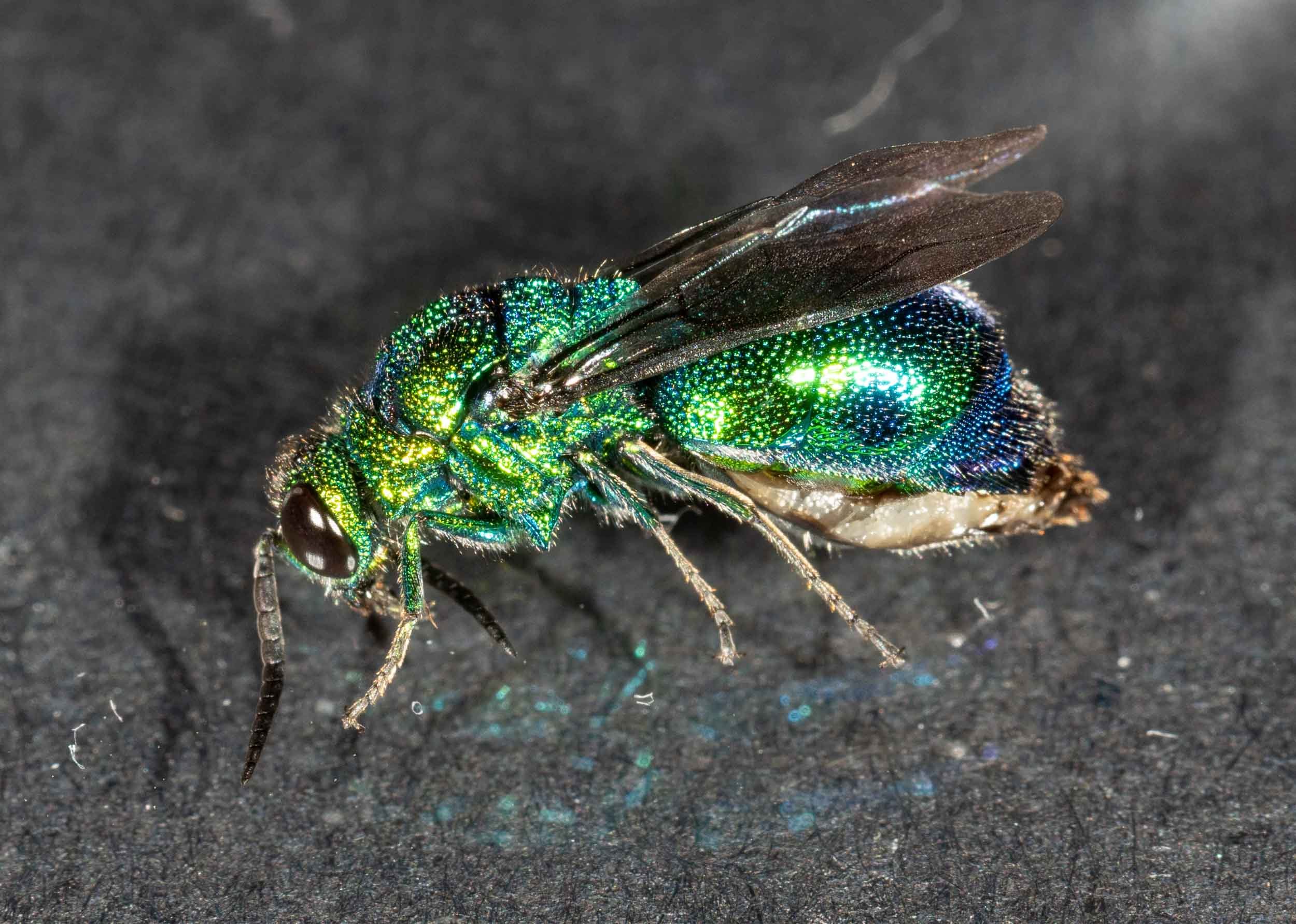
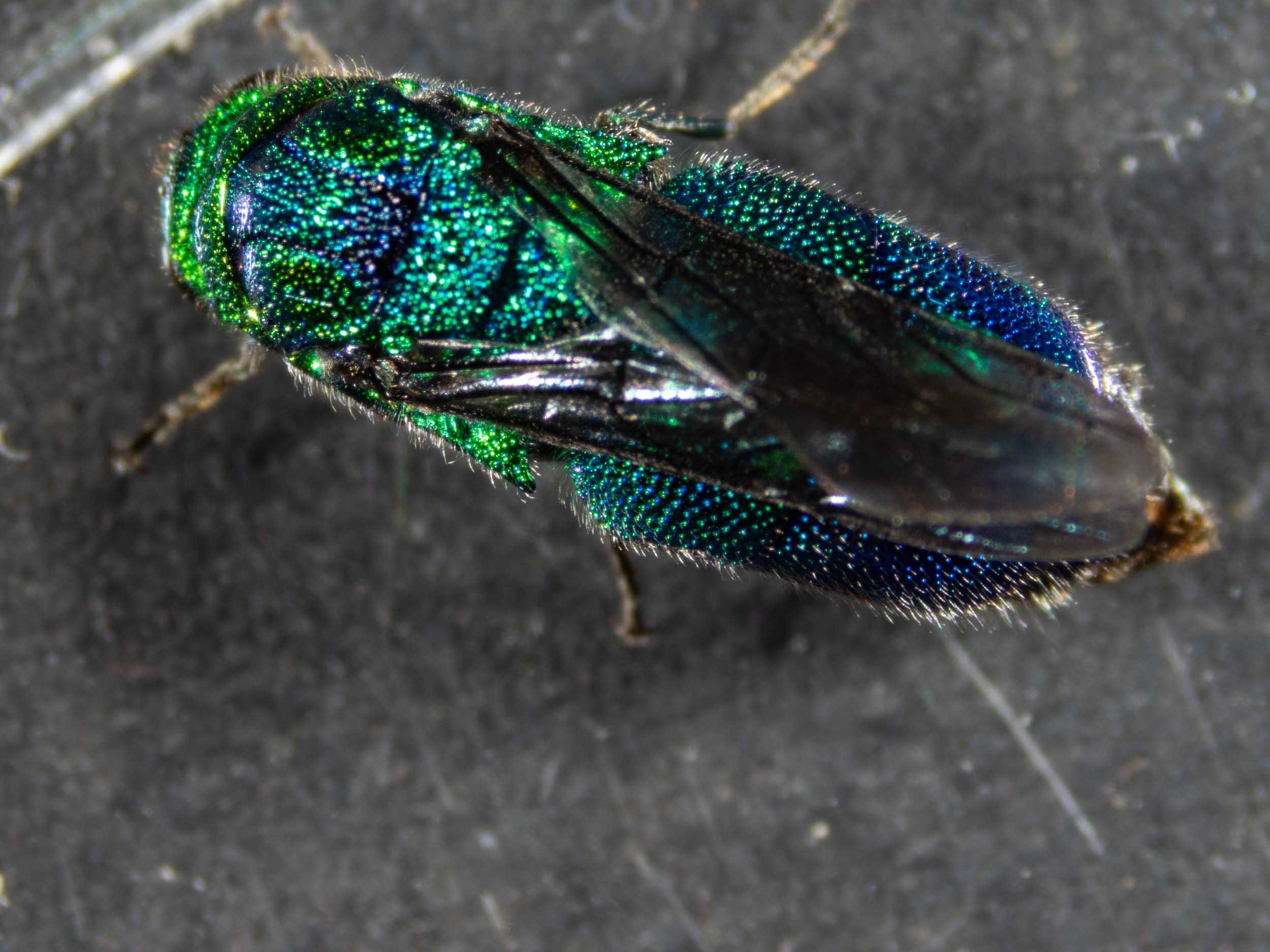
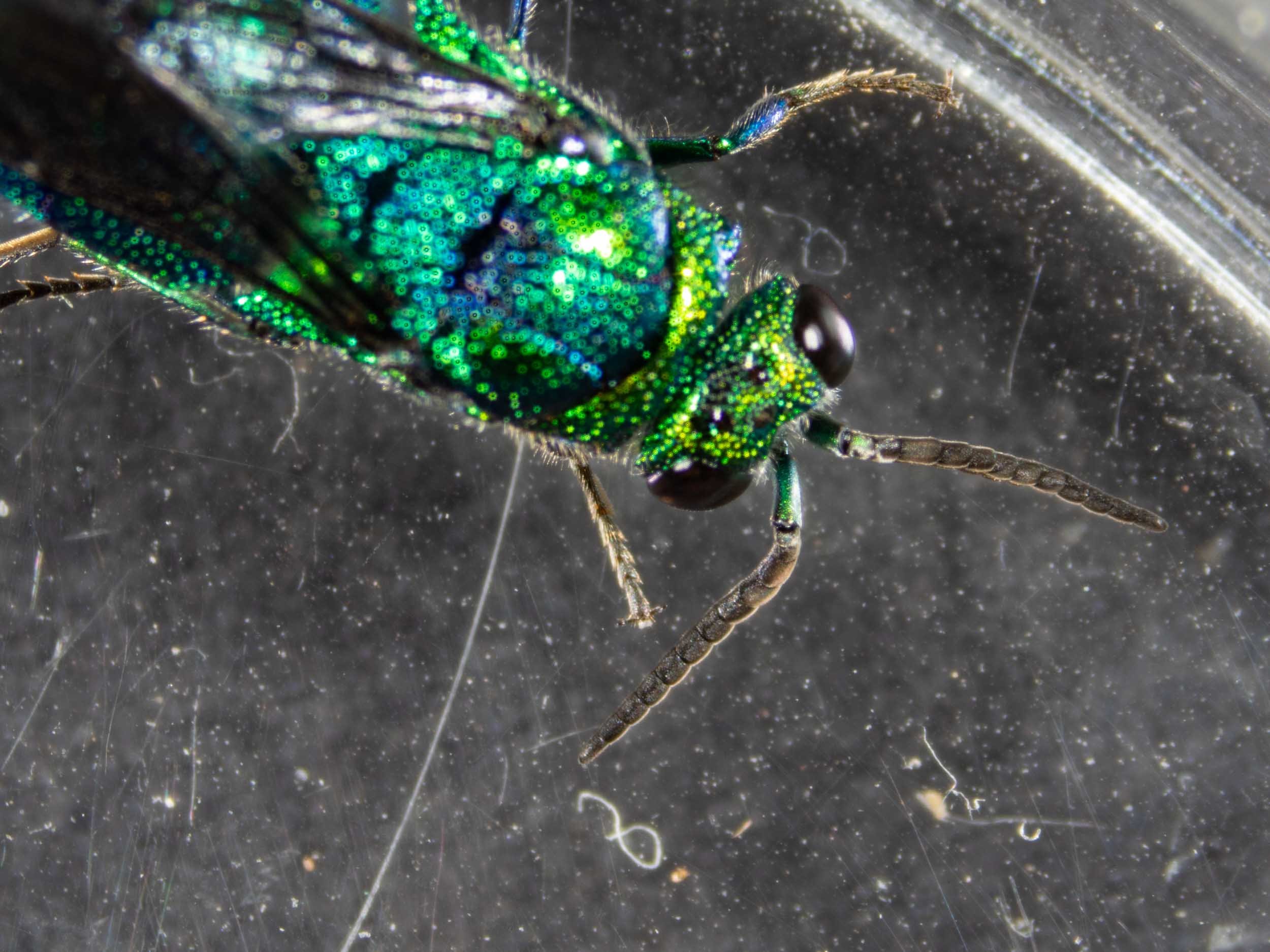
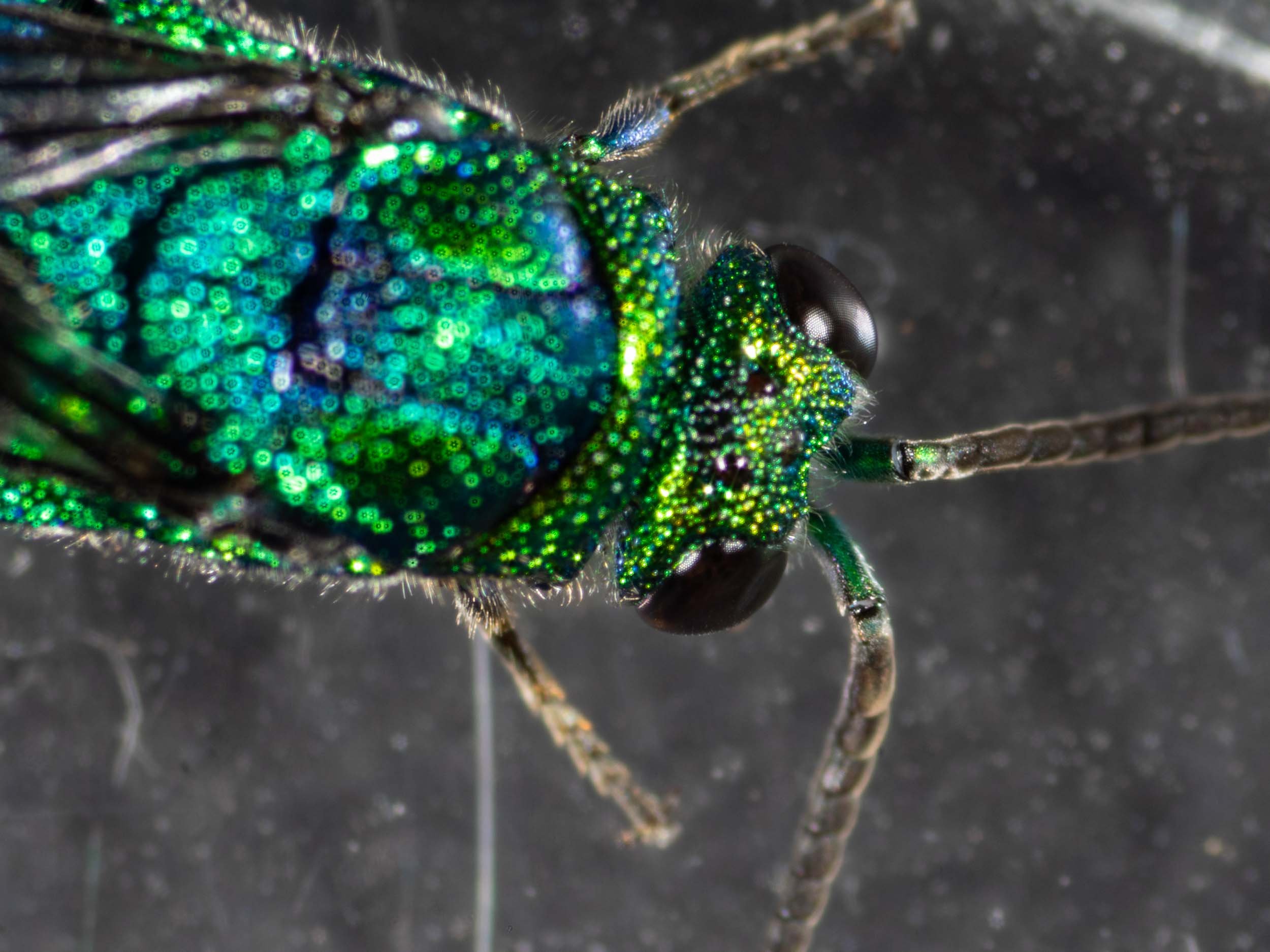

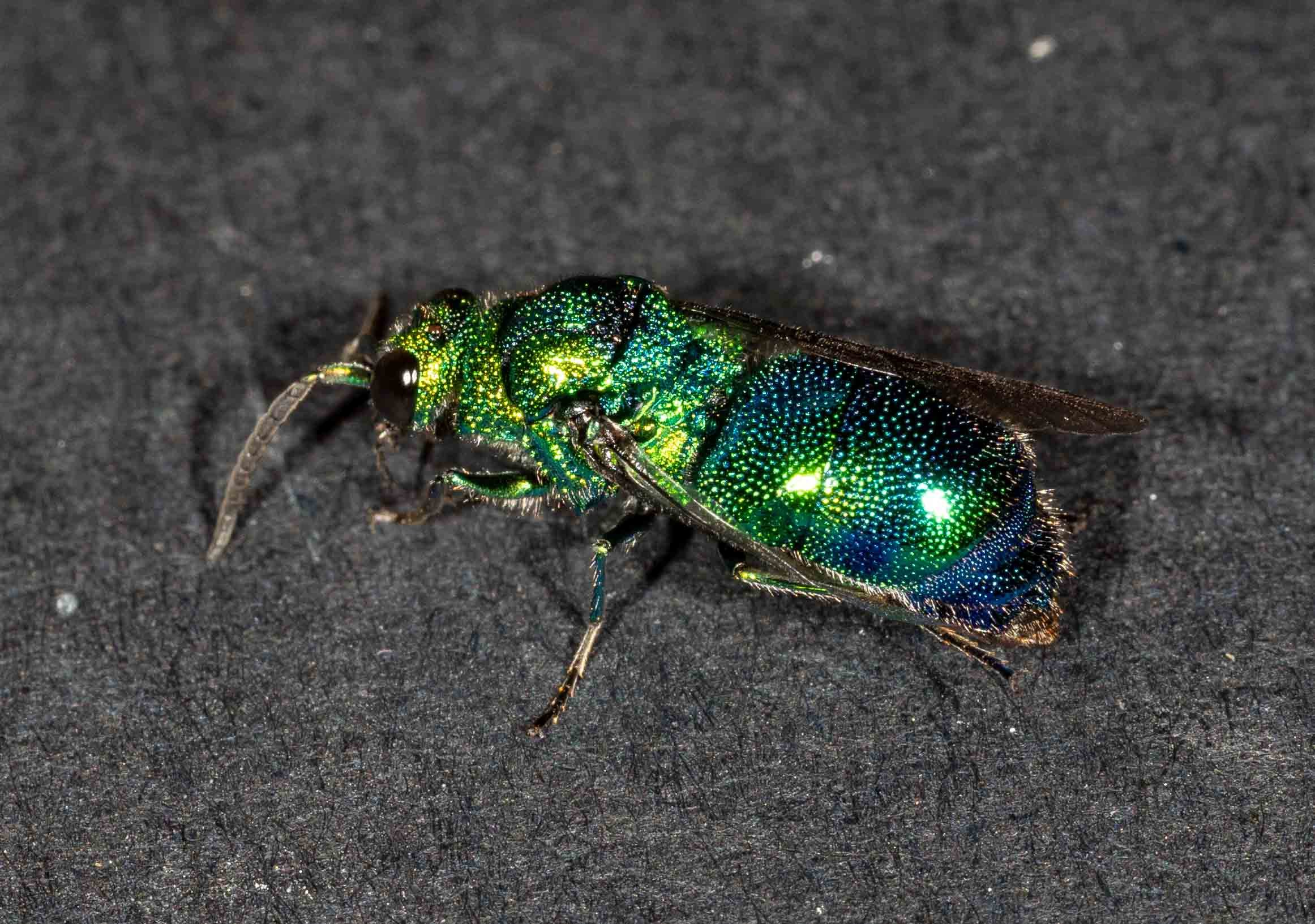
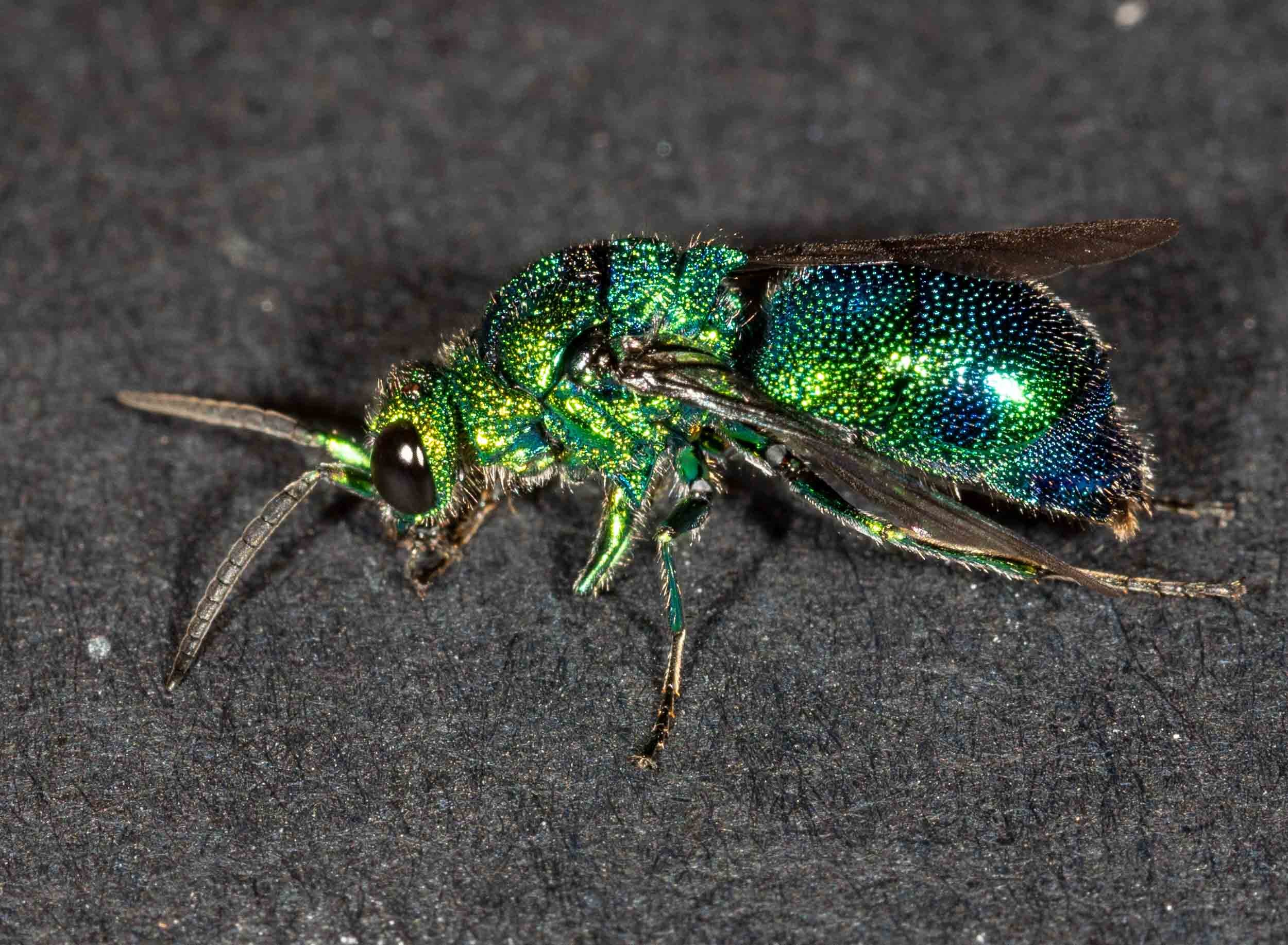
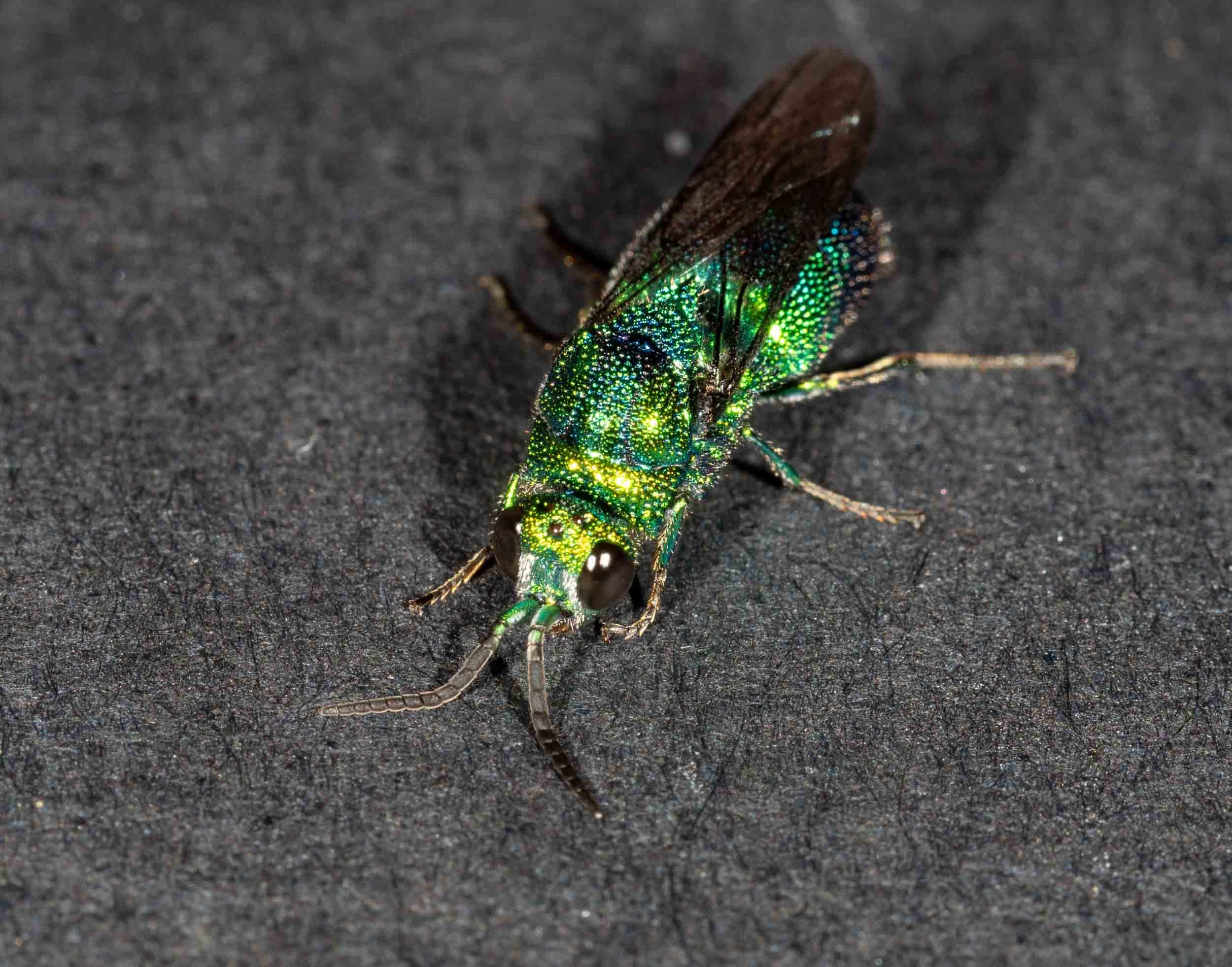

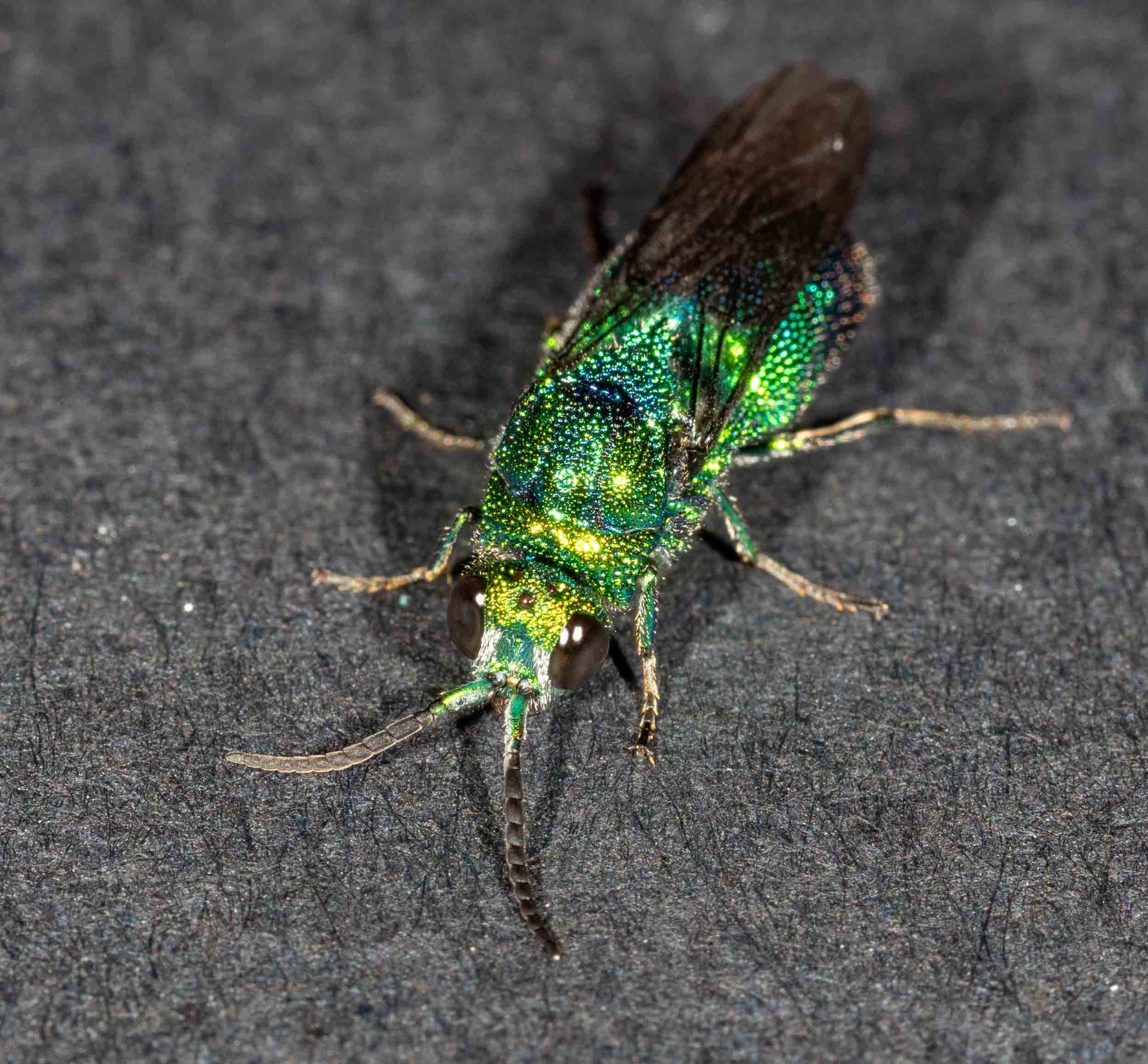
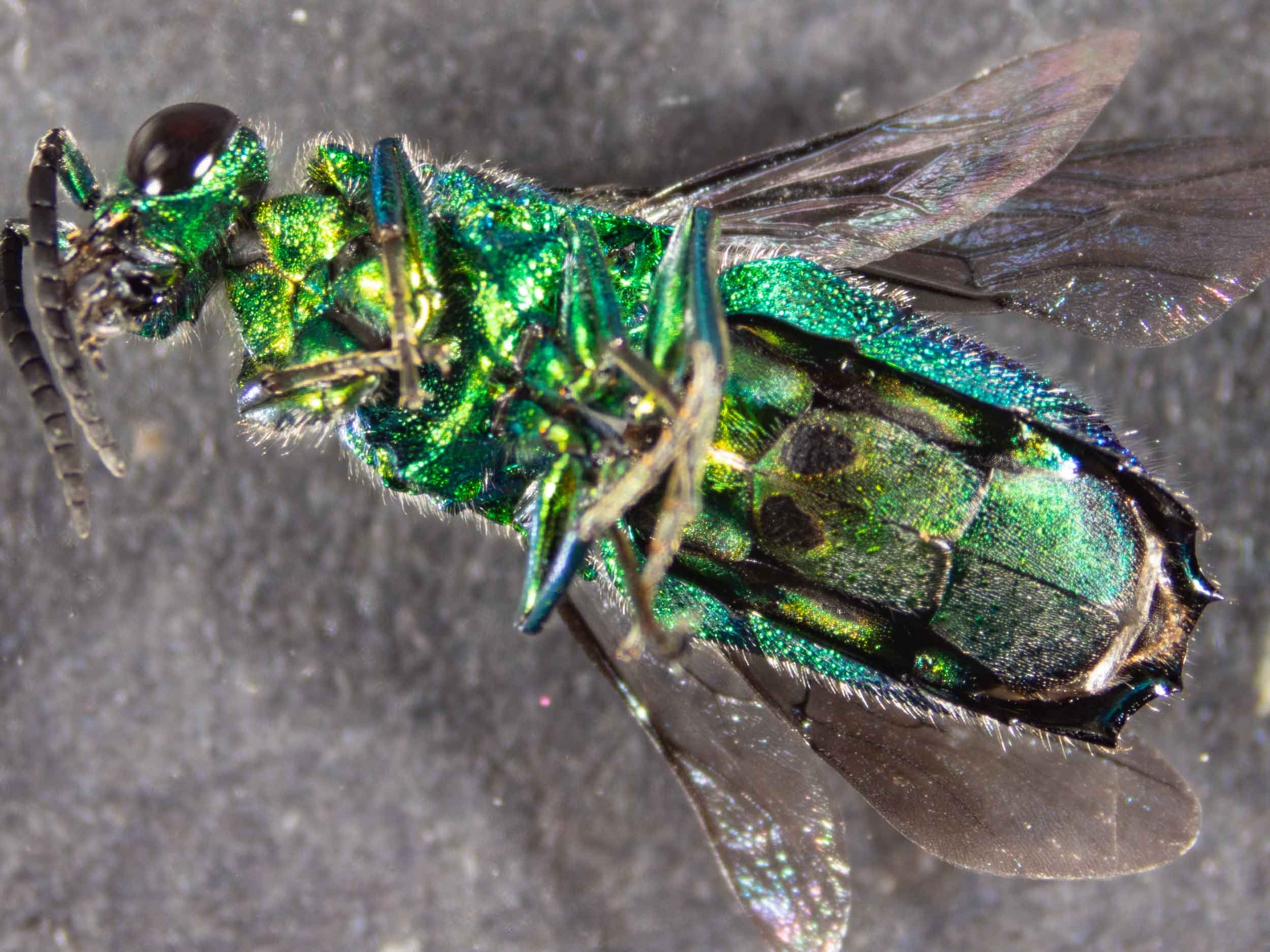
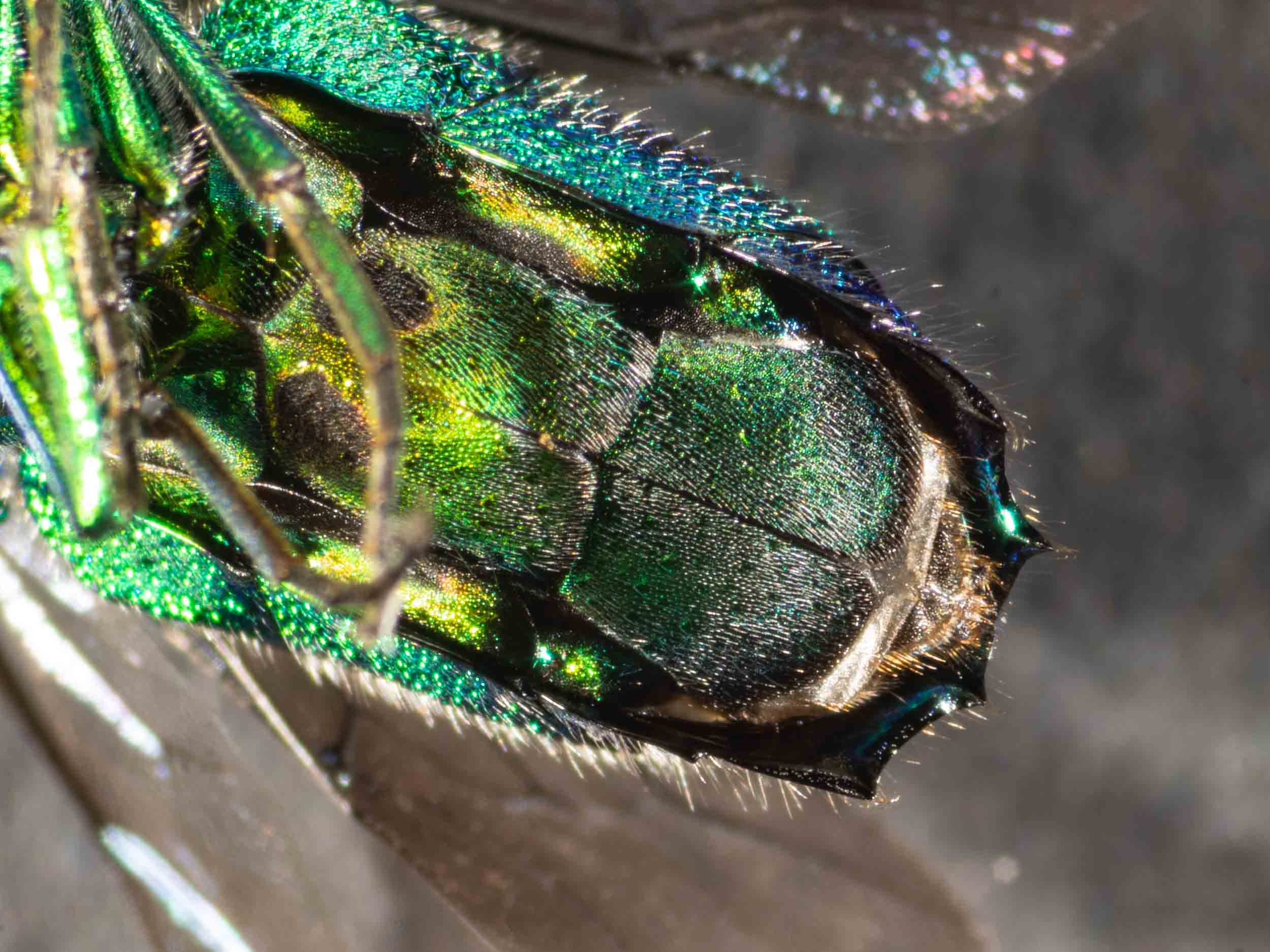
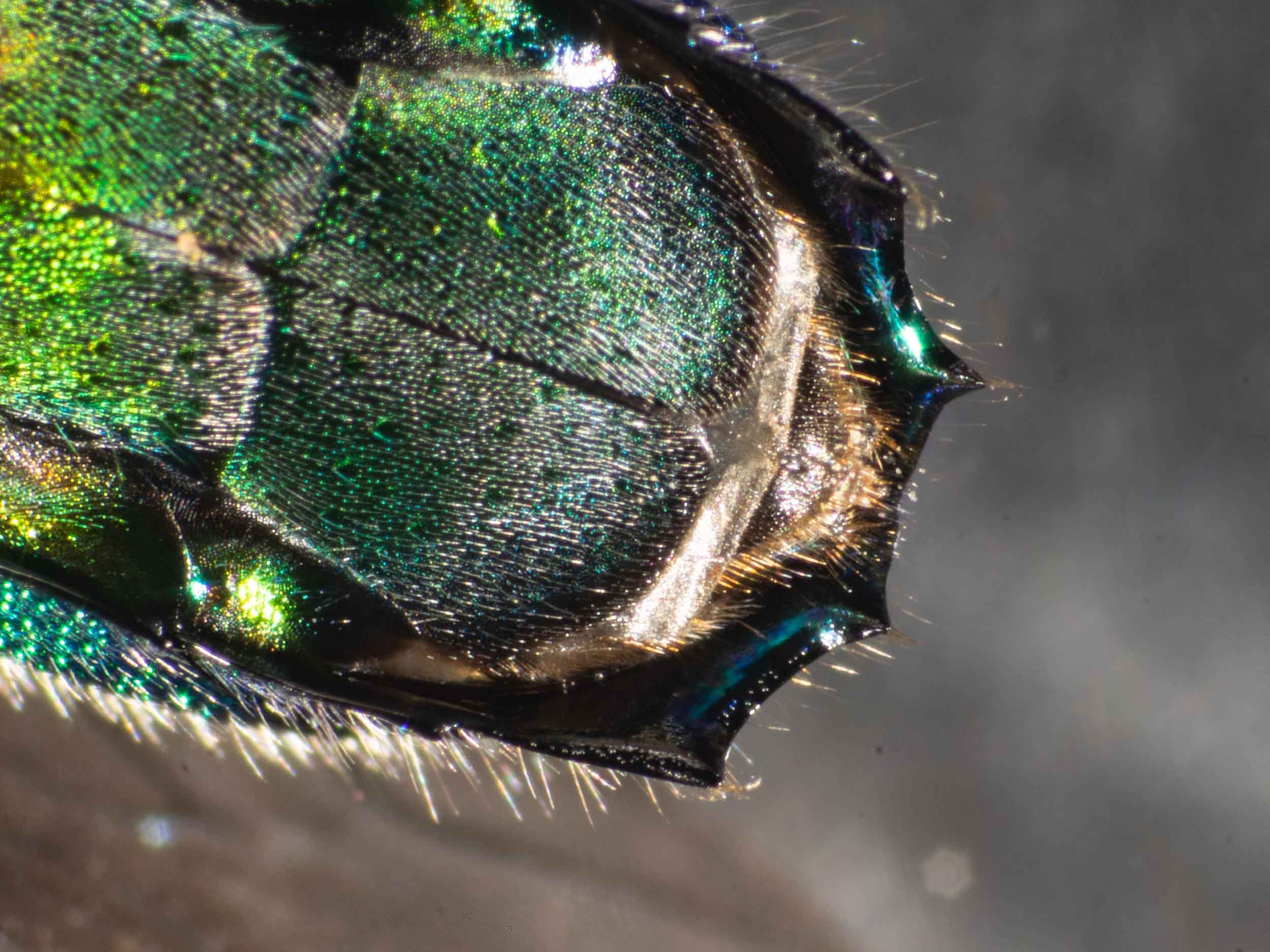
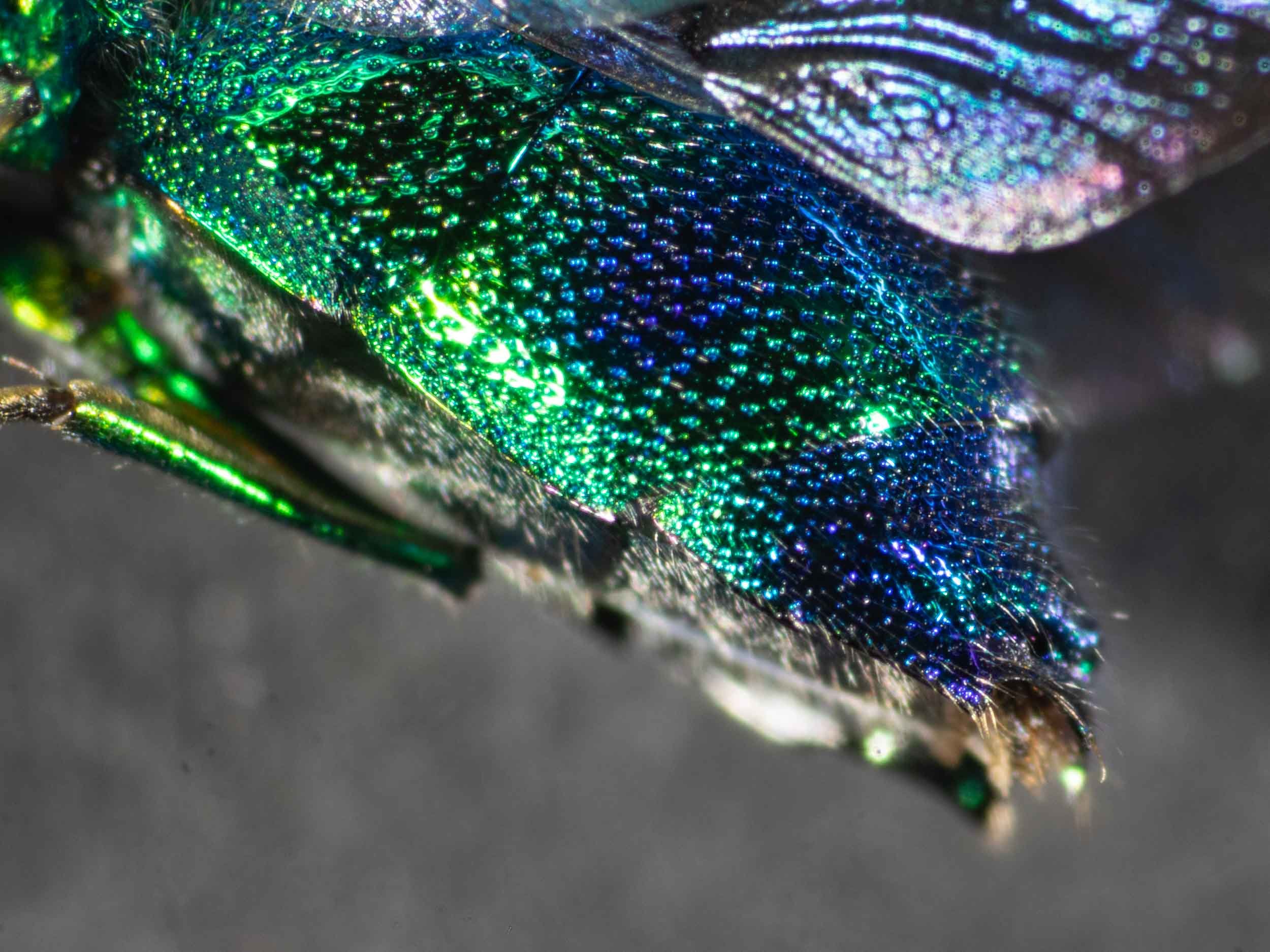
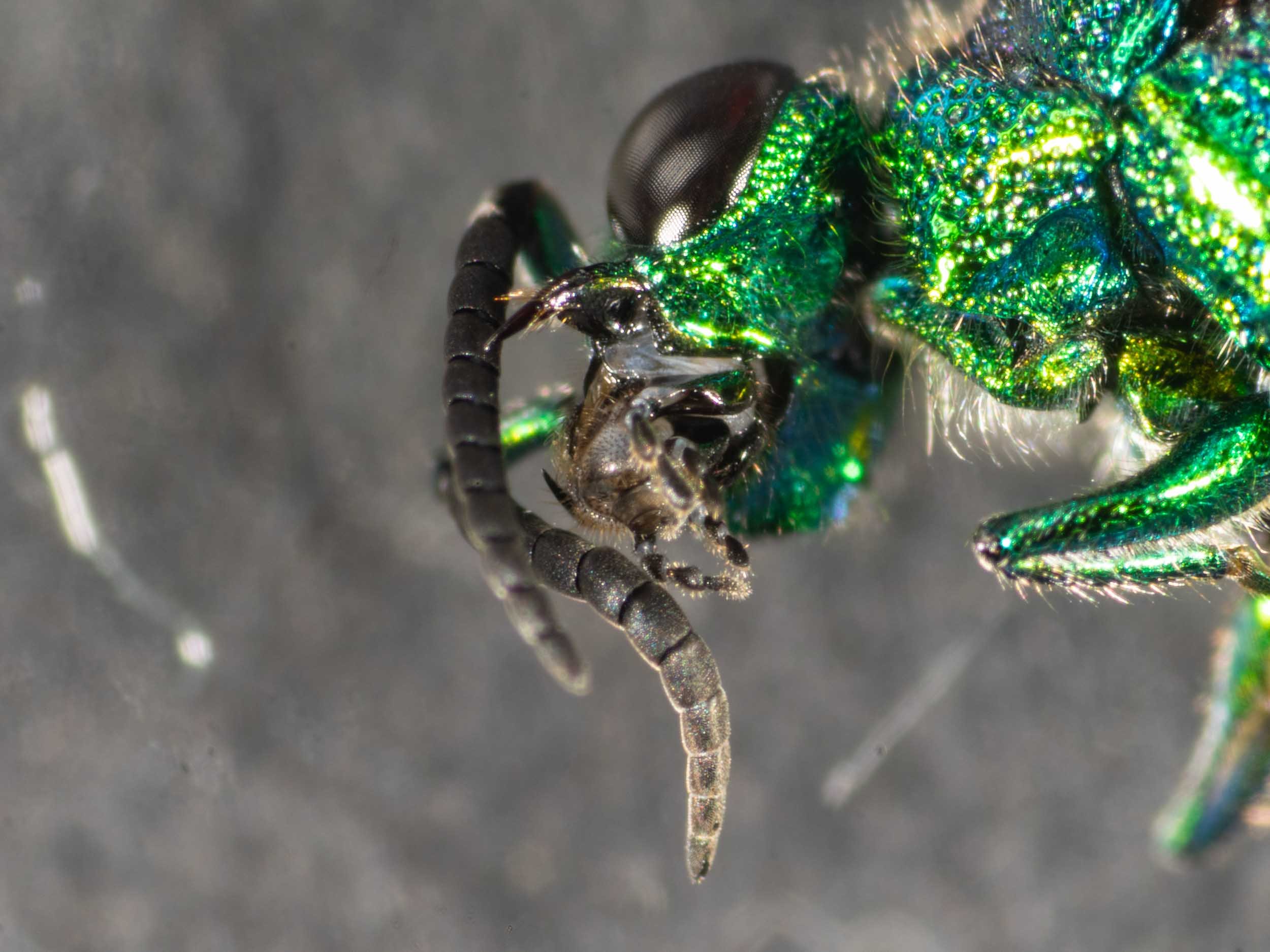
Cell K - host wasp full developmental series
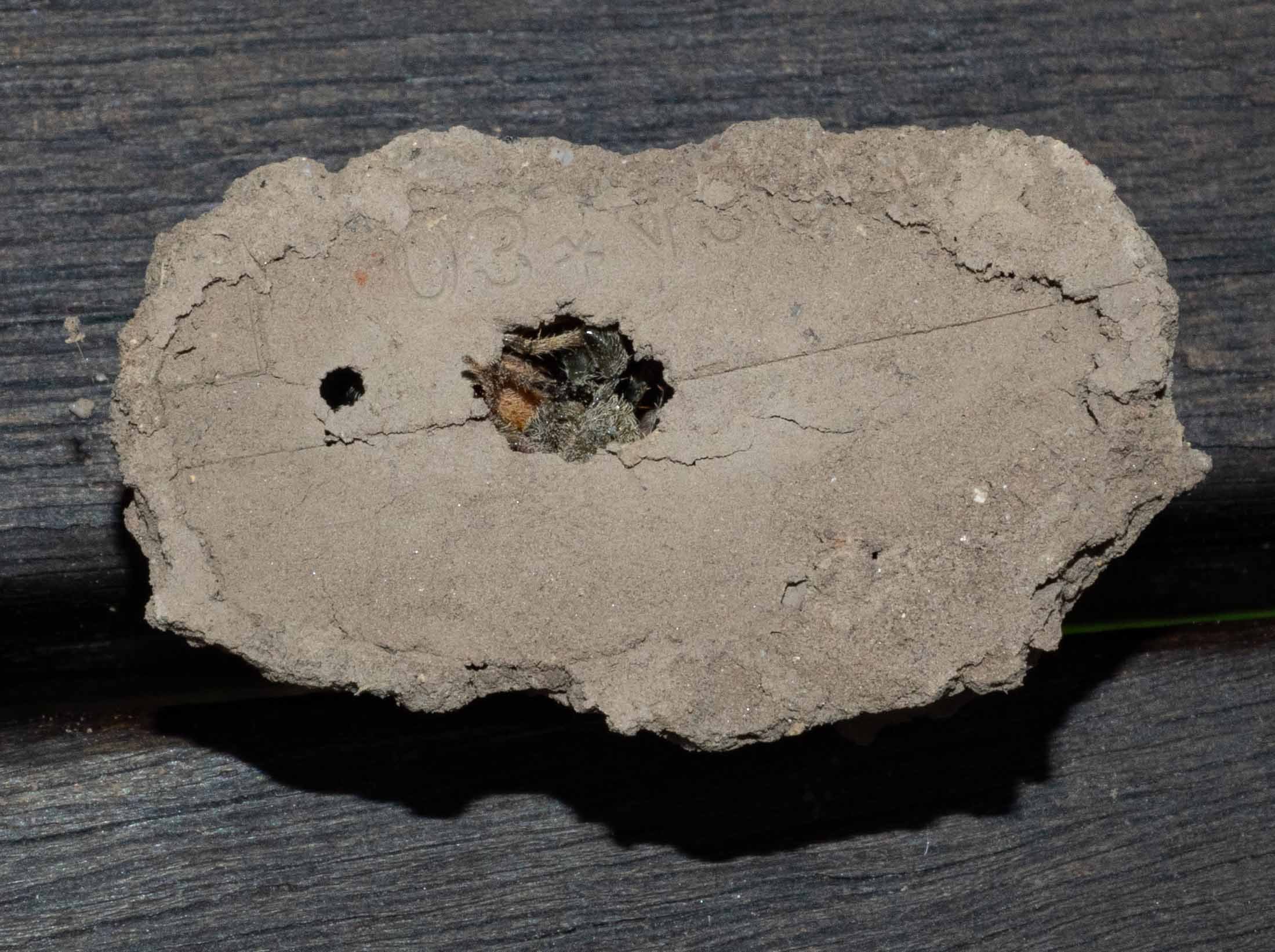
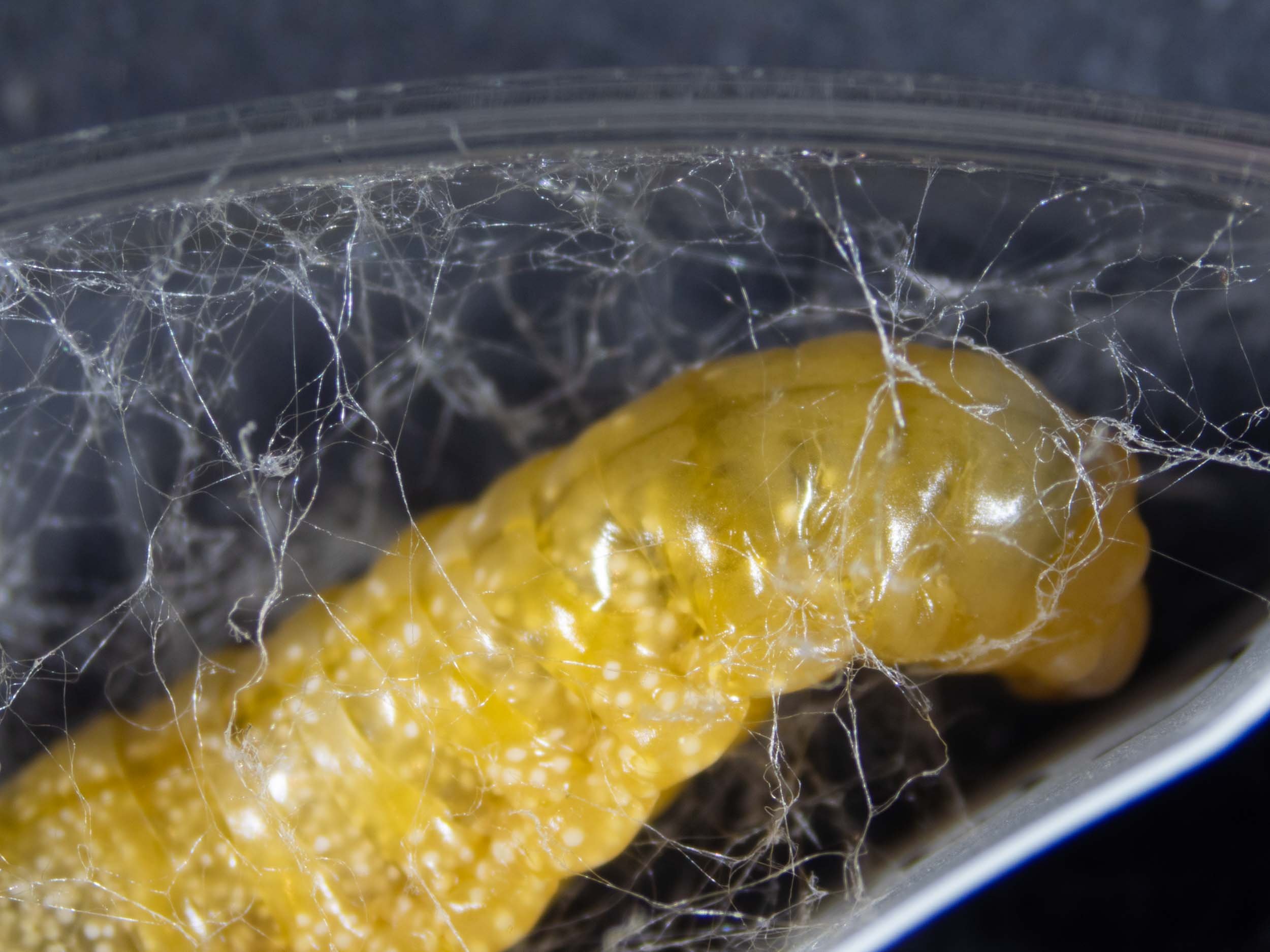
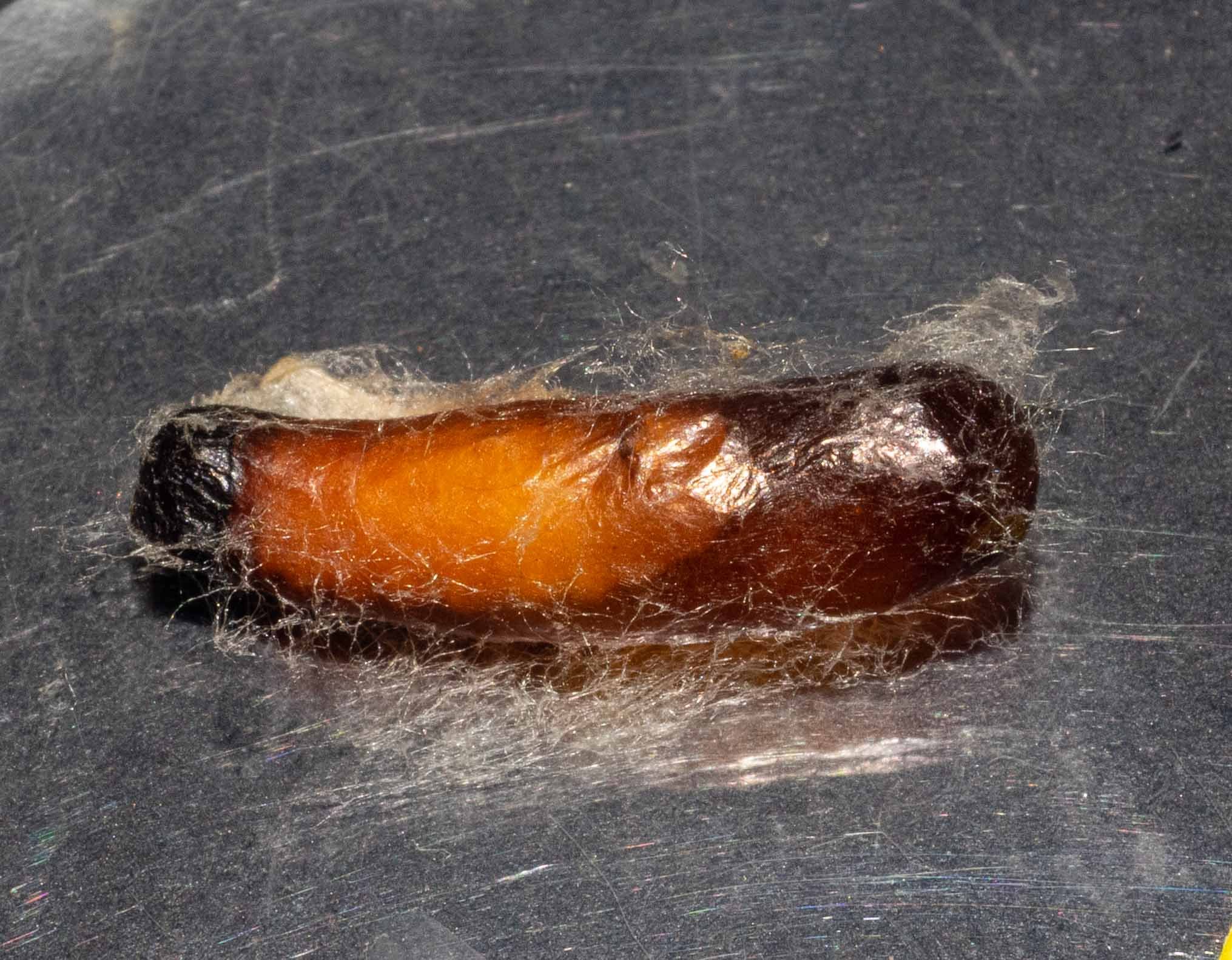
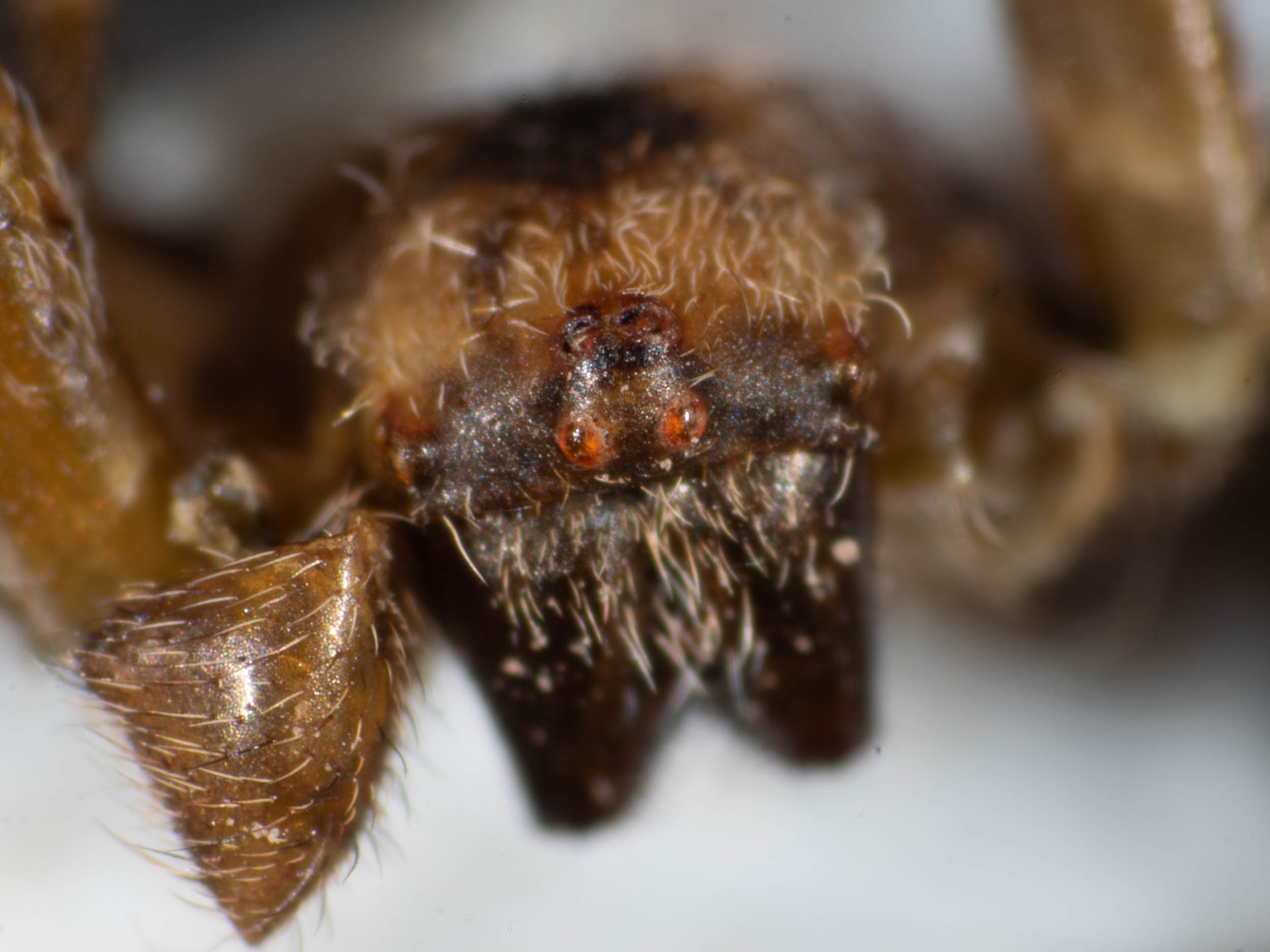
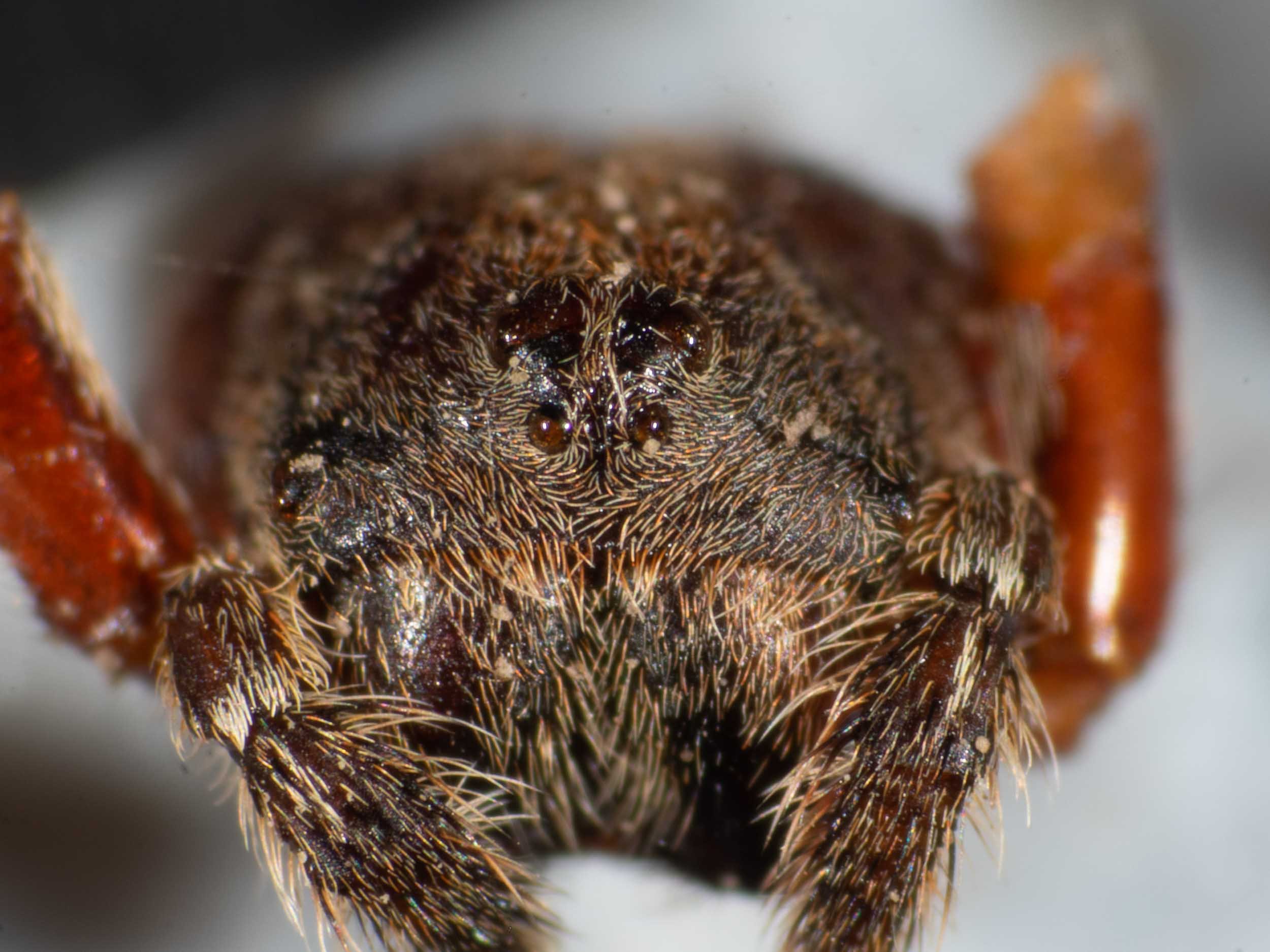
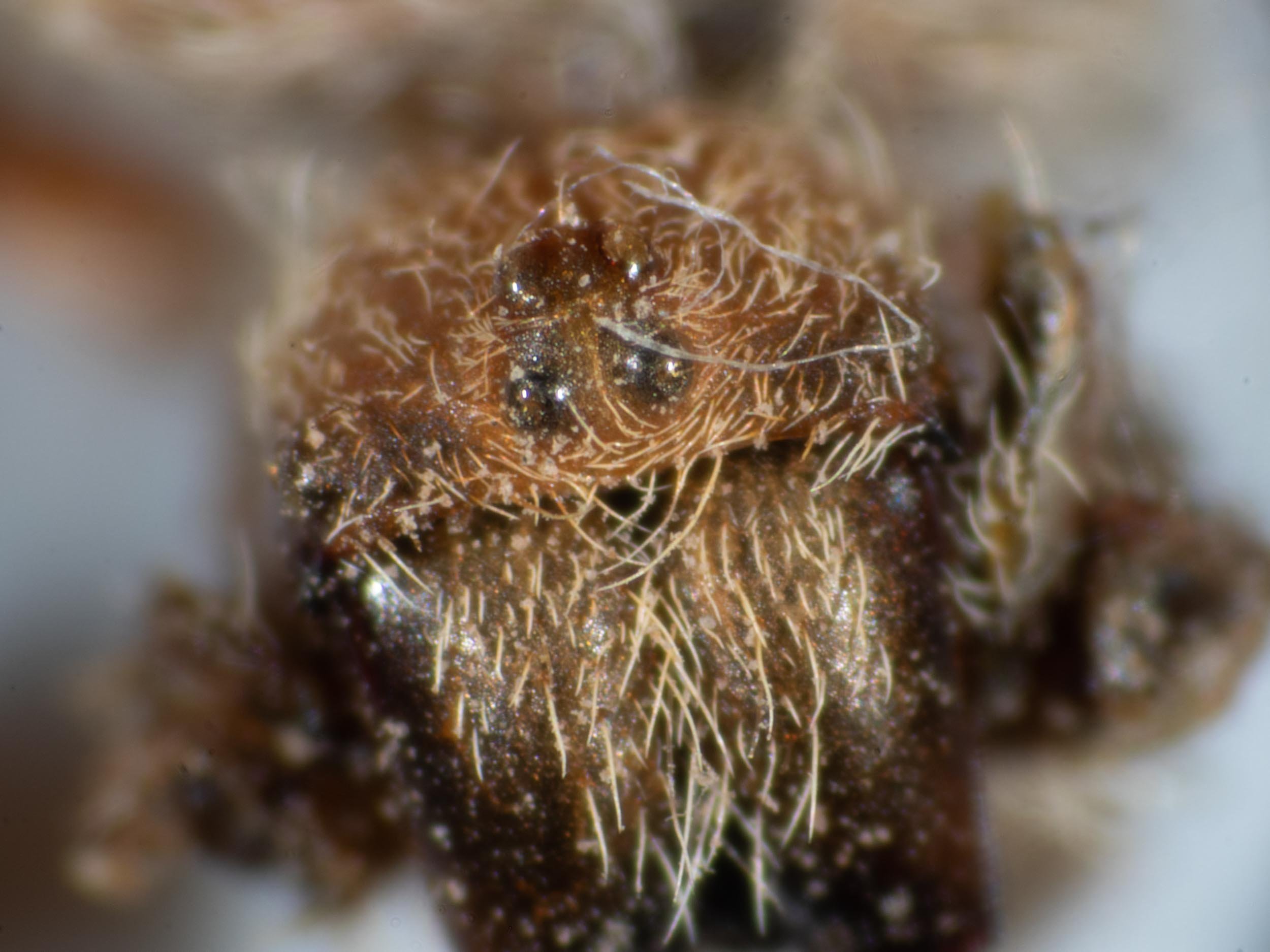
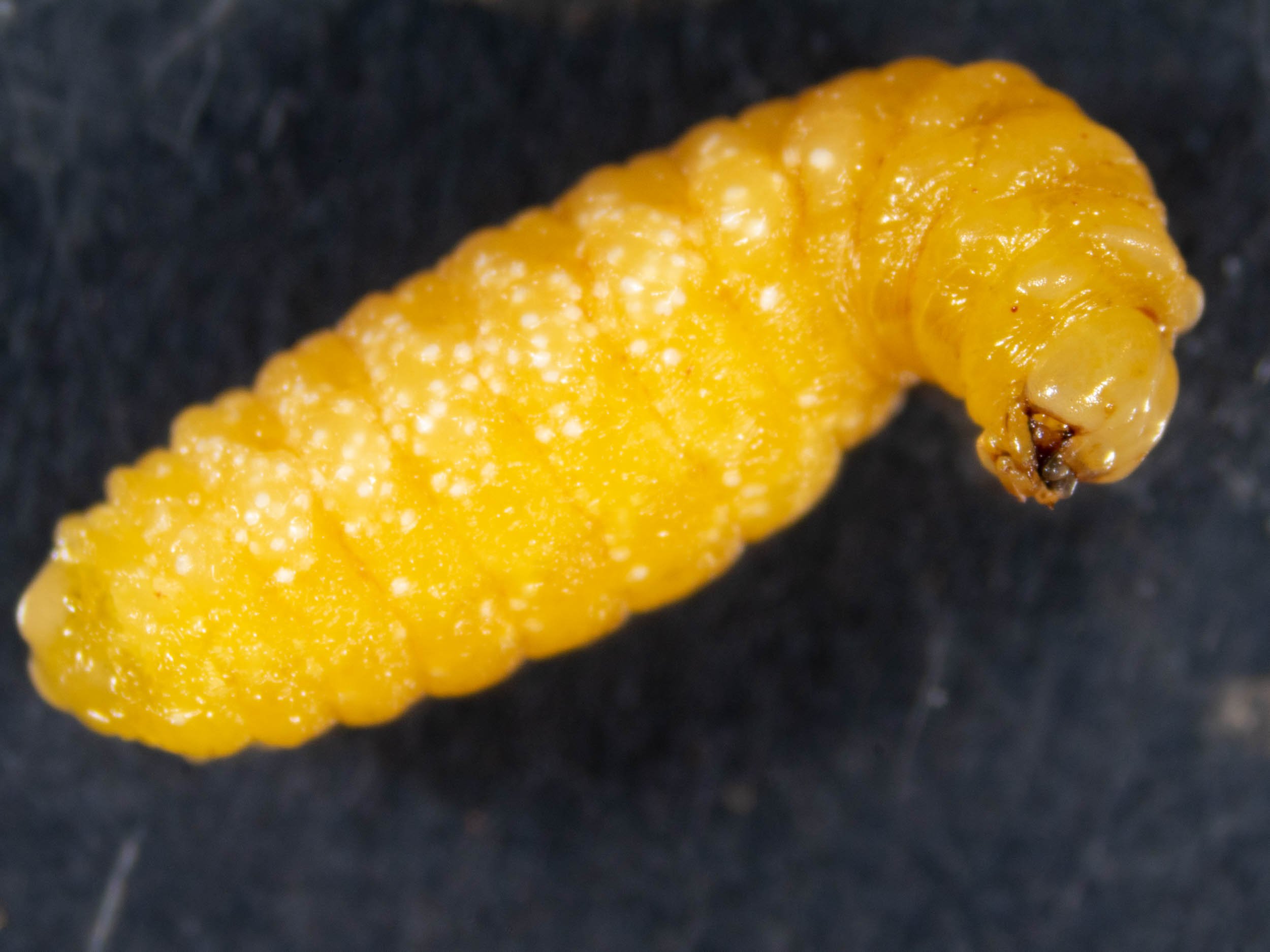
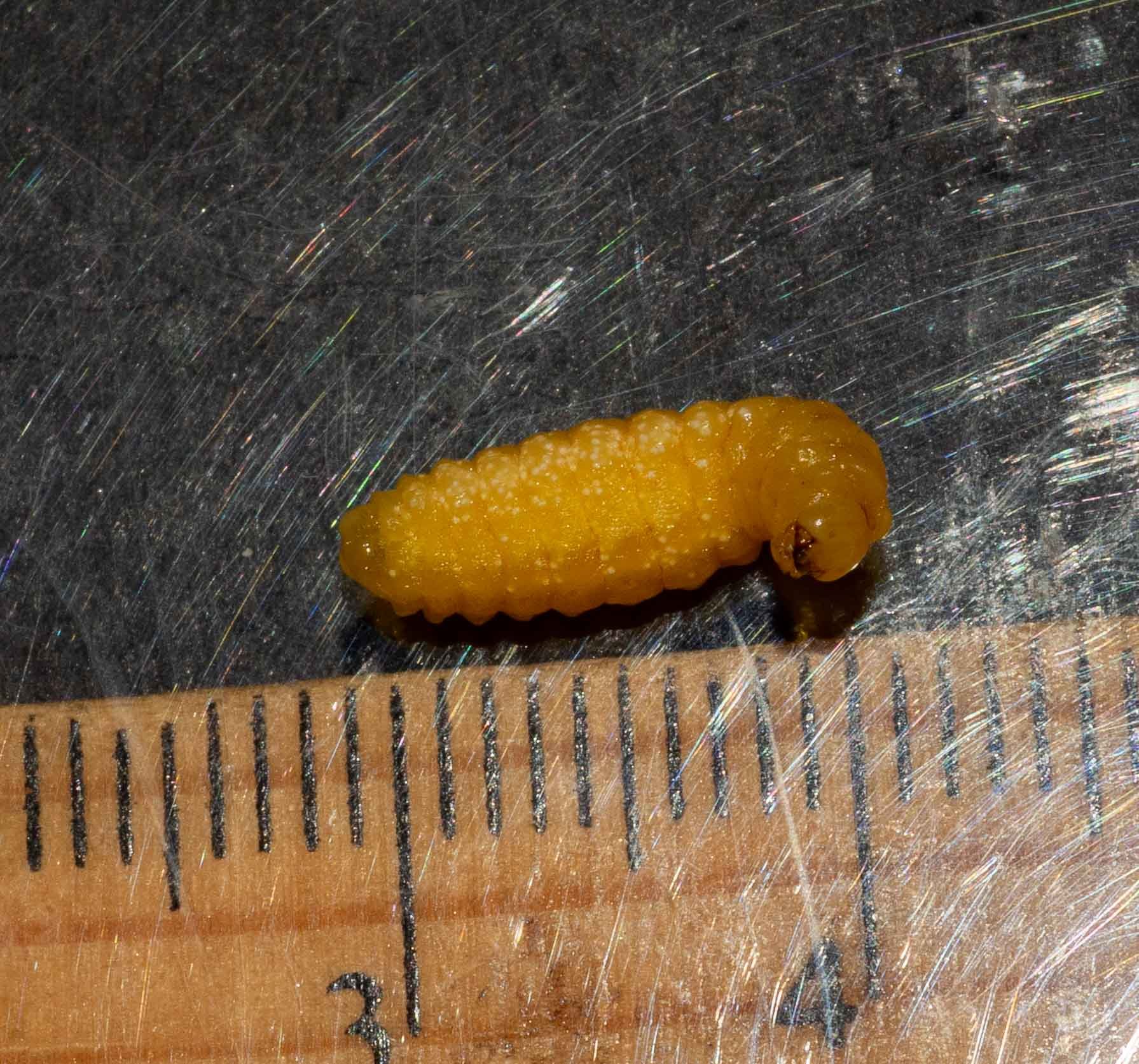

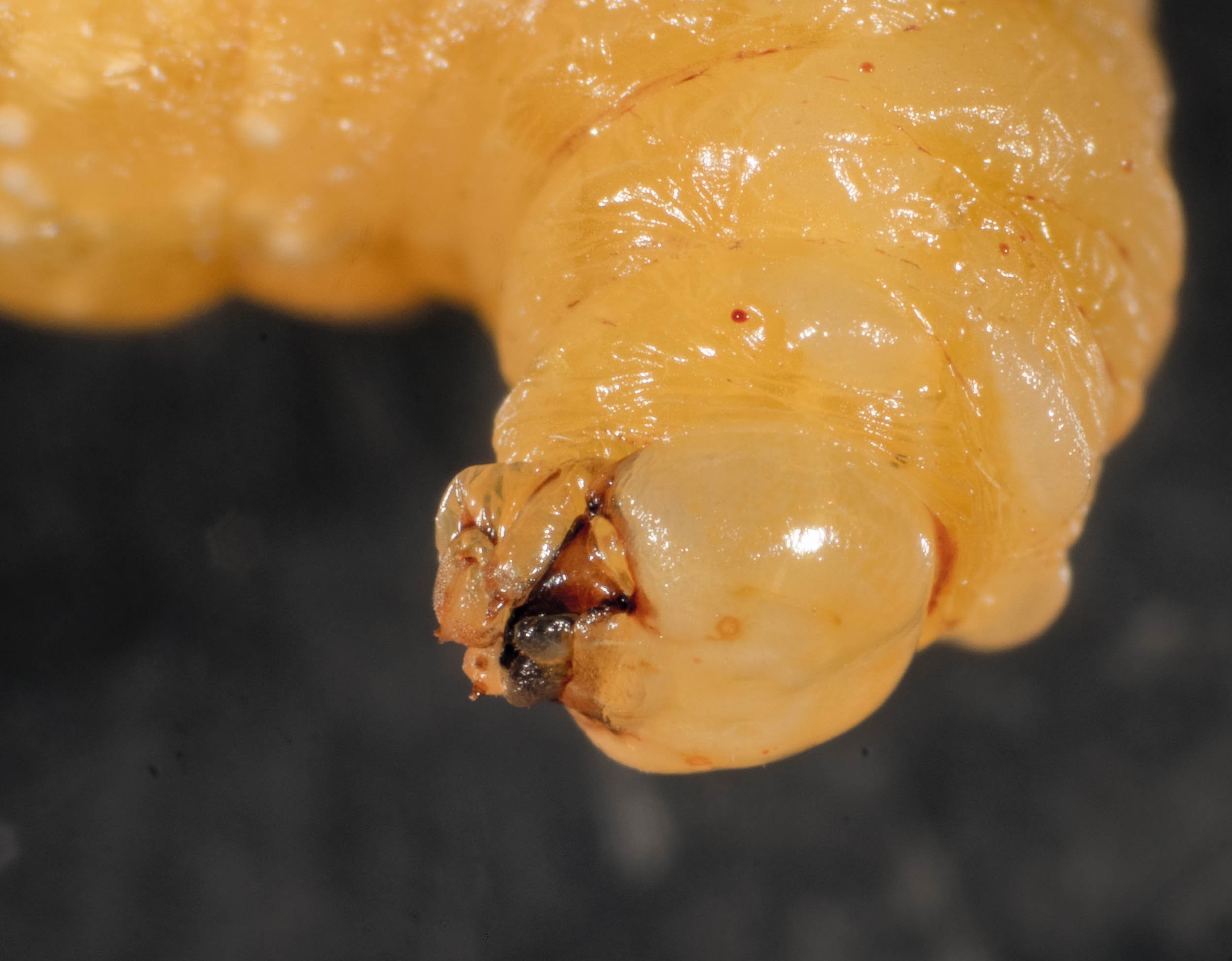
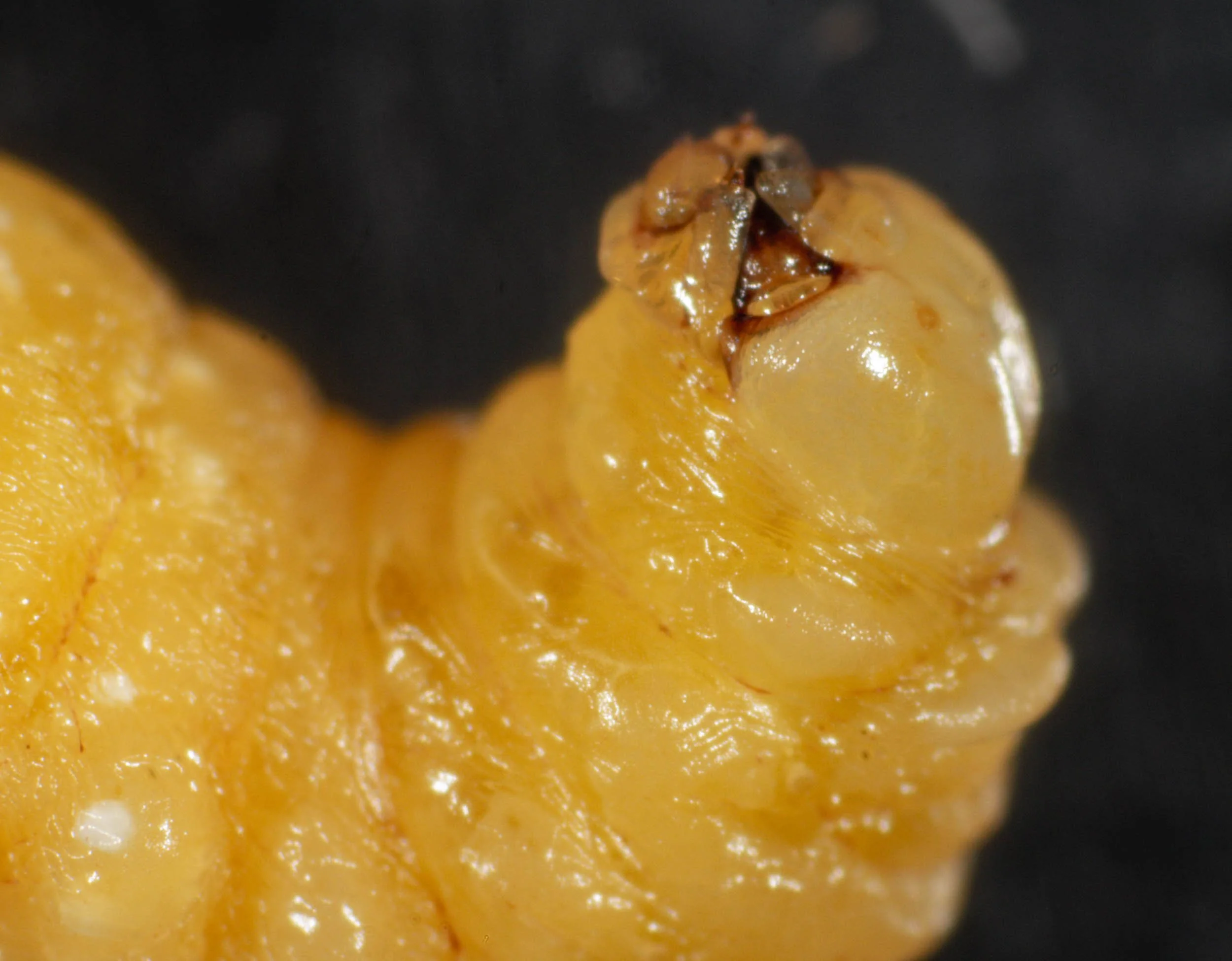

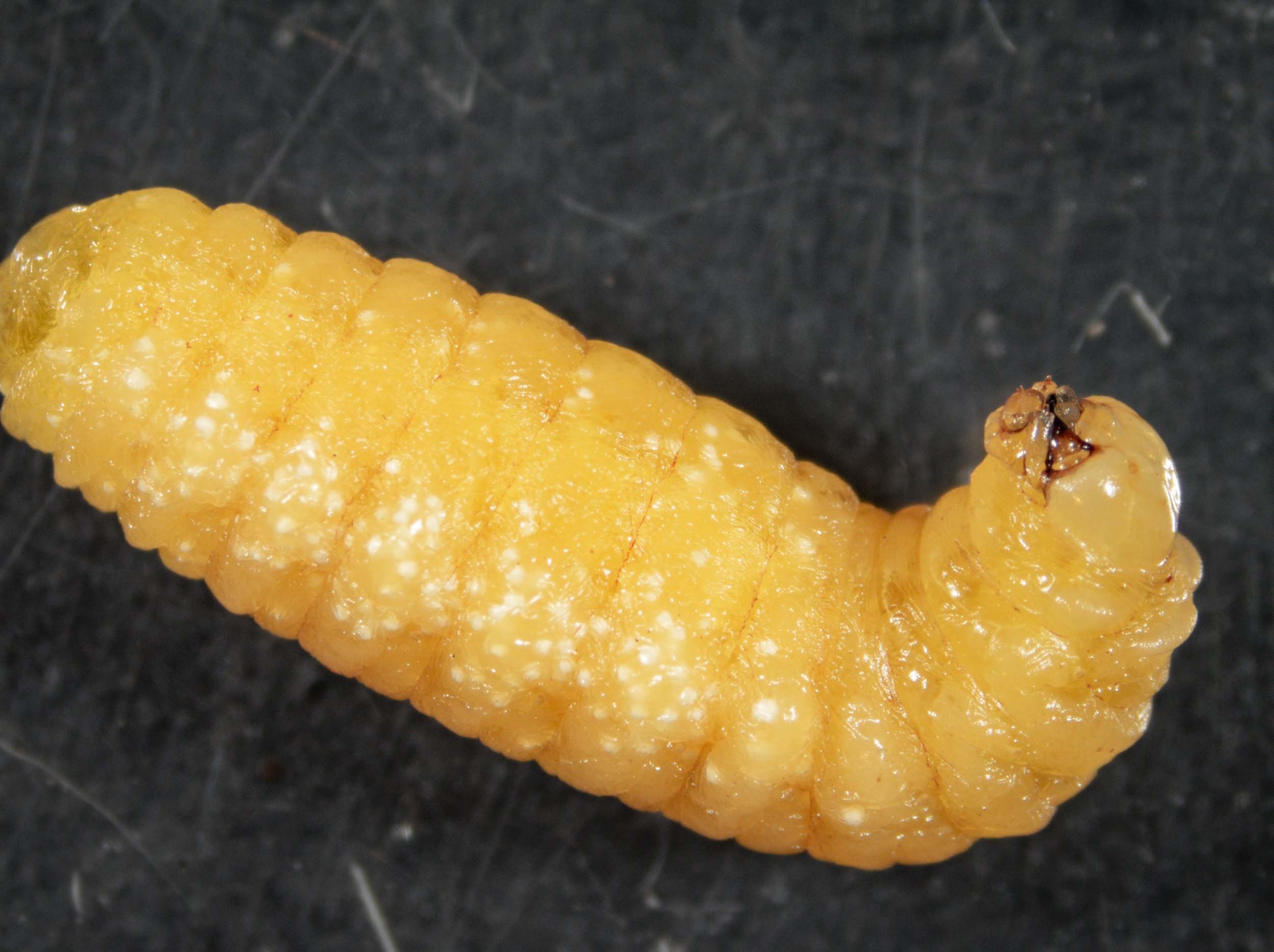
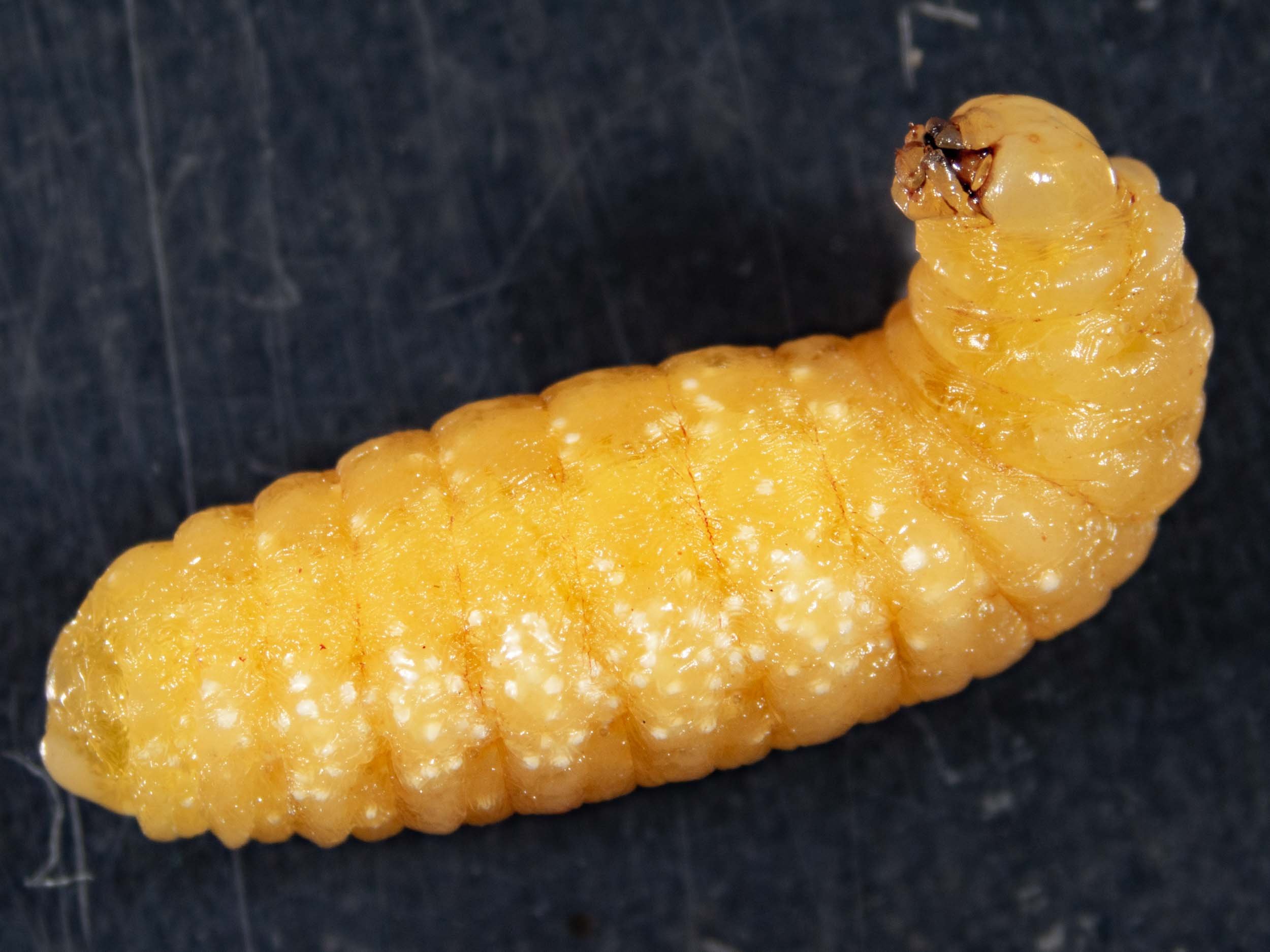
Cell I - cuckoo wasp late developmental series (from 27/1)
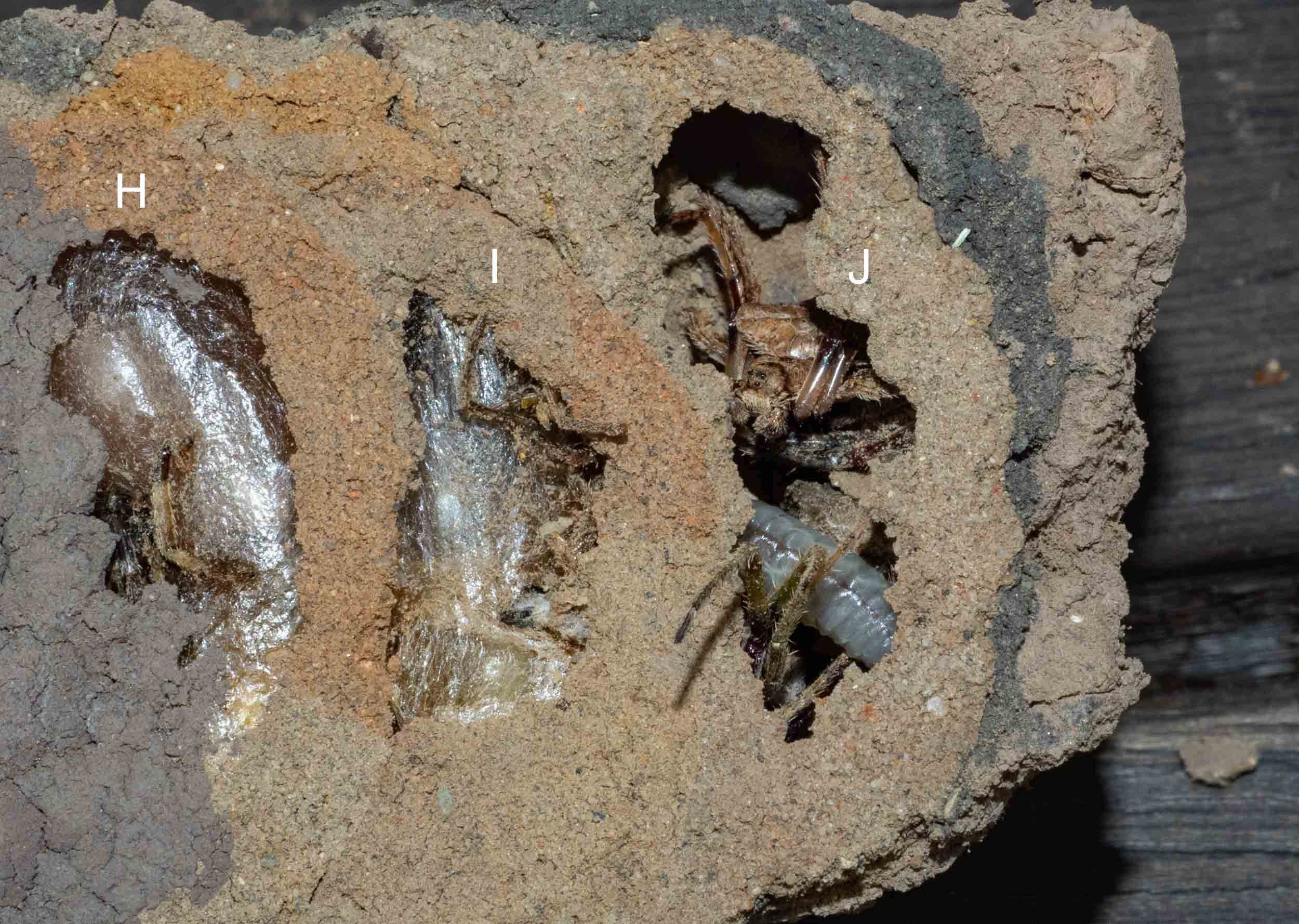
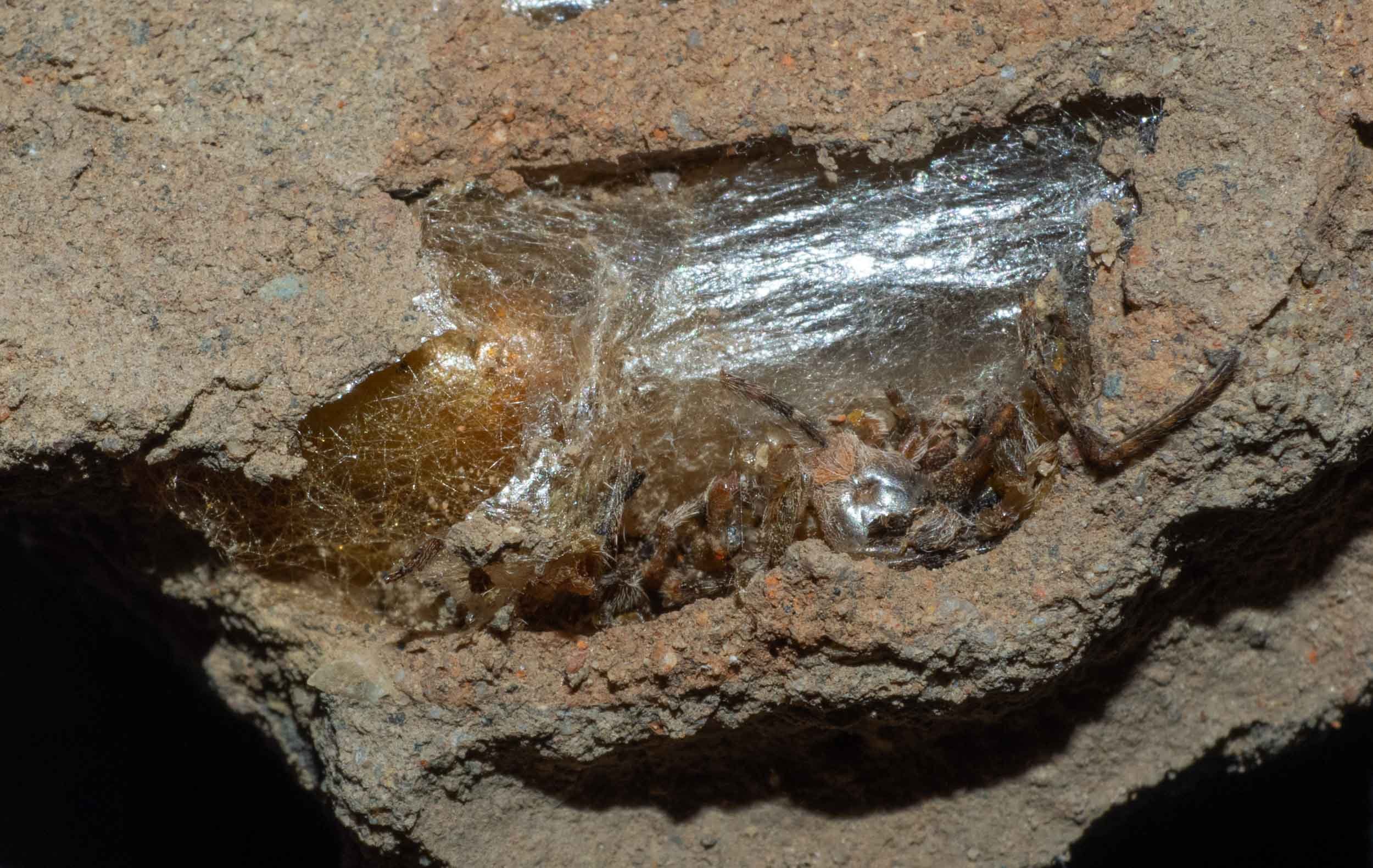

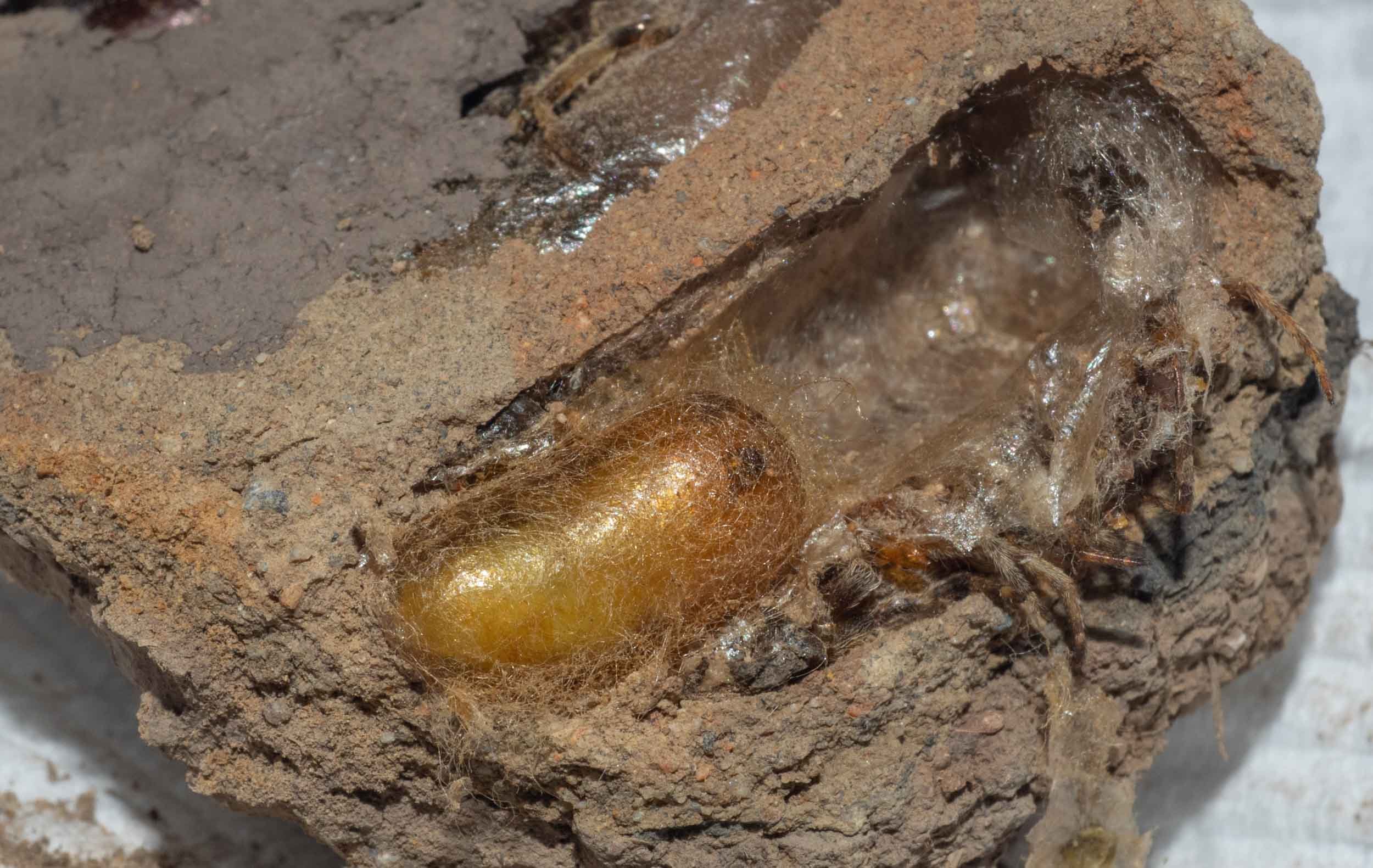
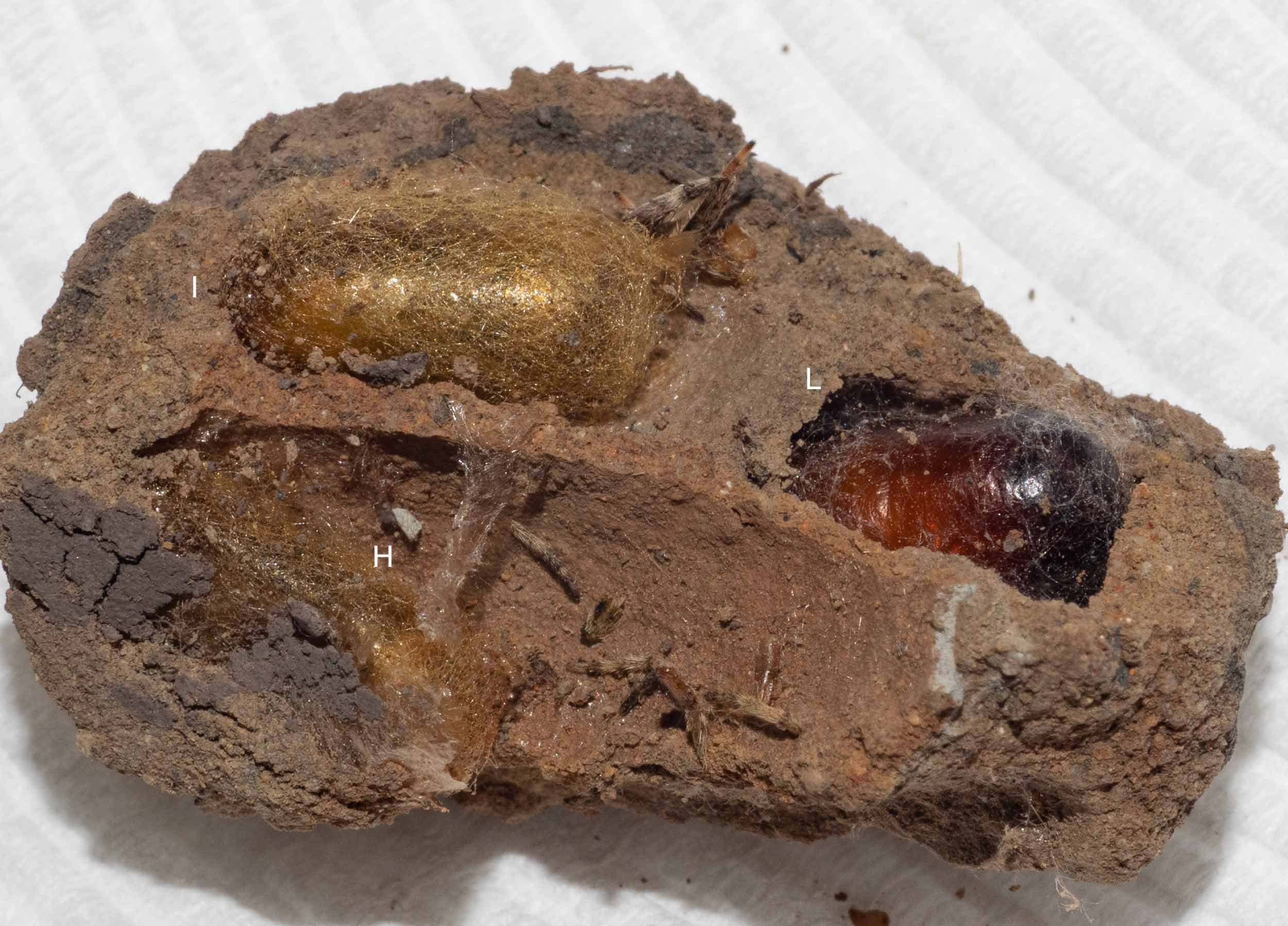
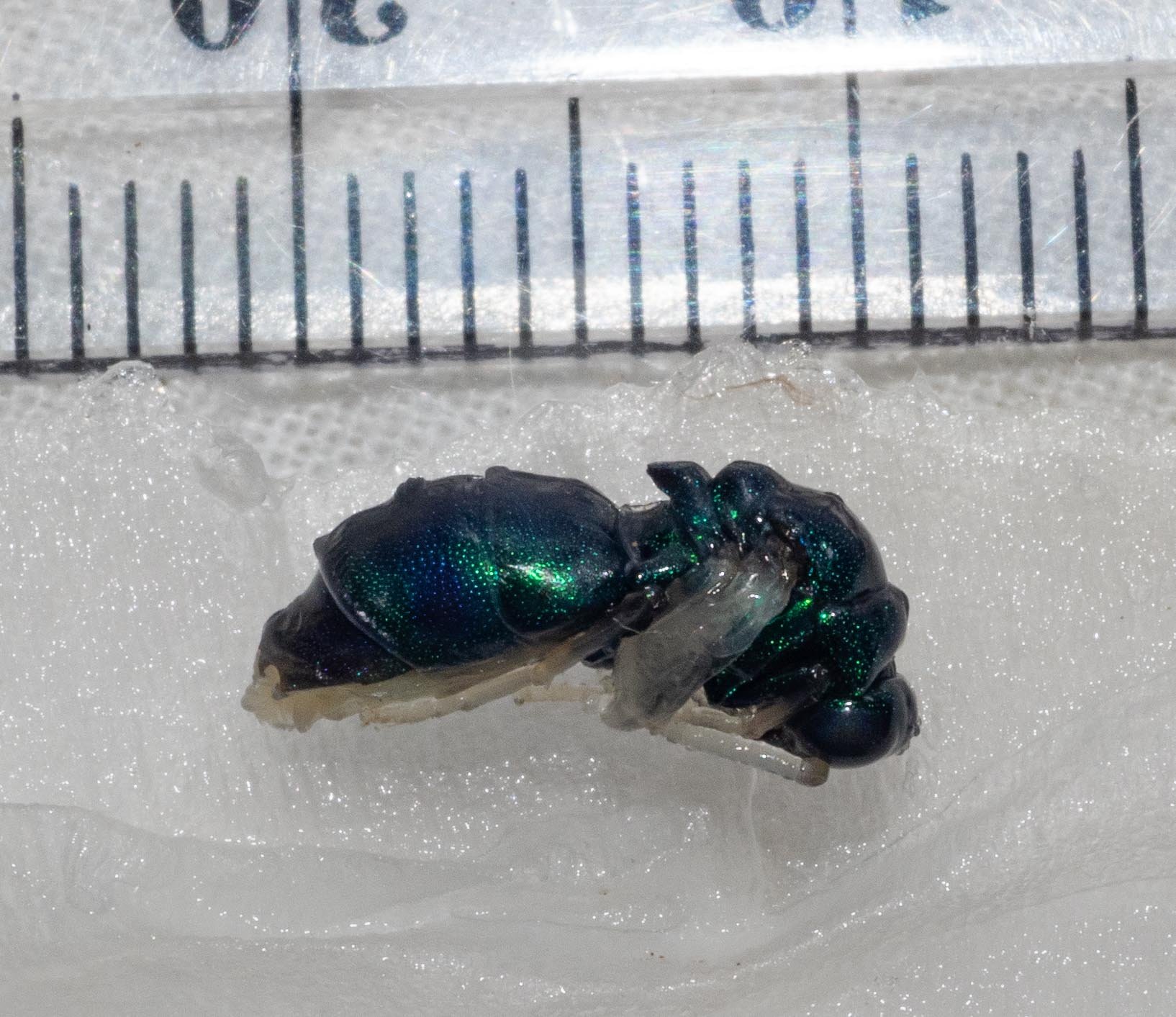



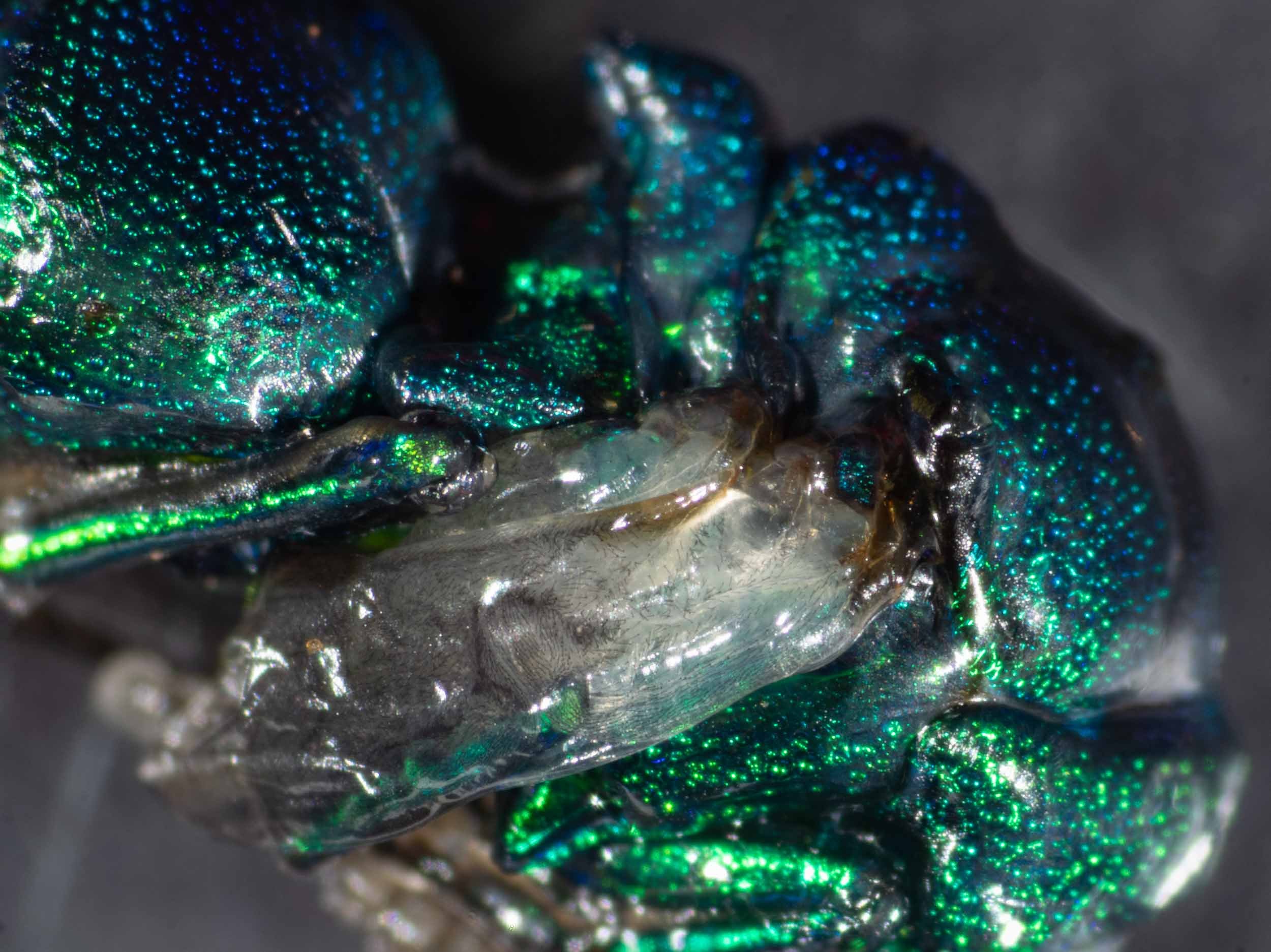
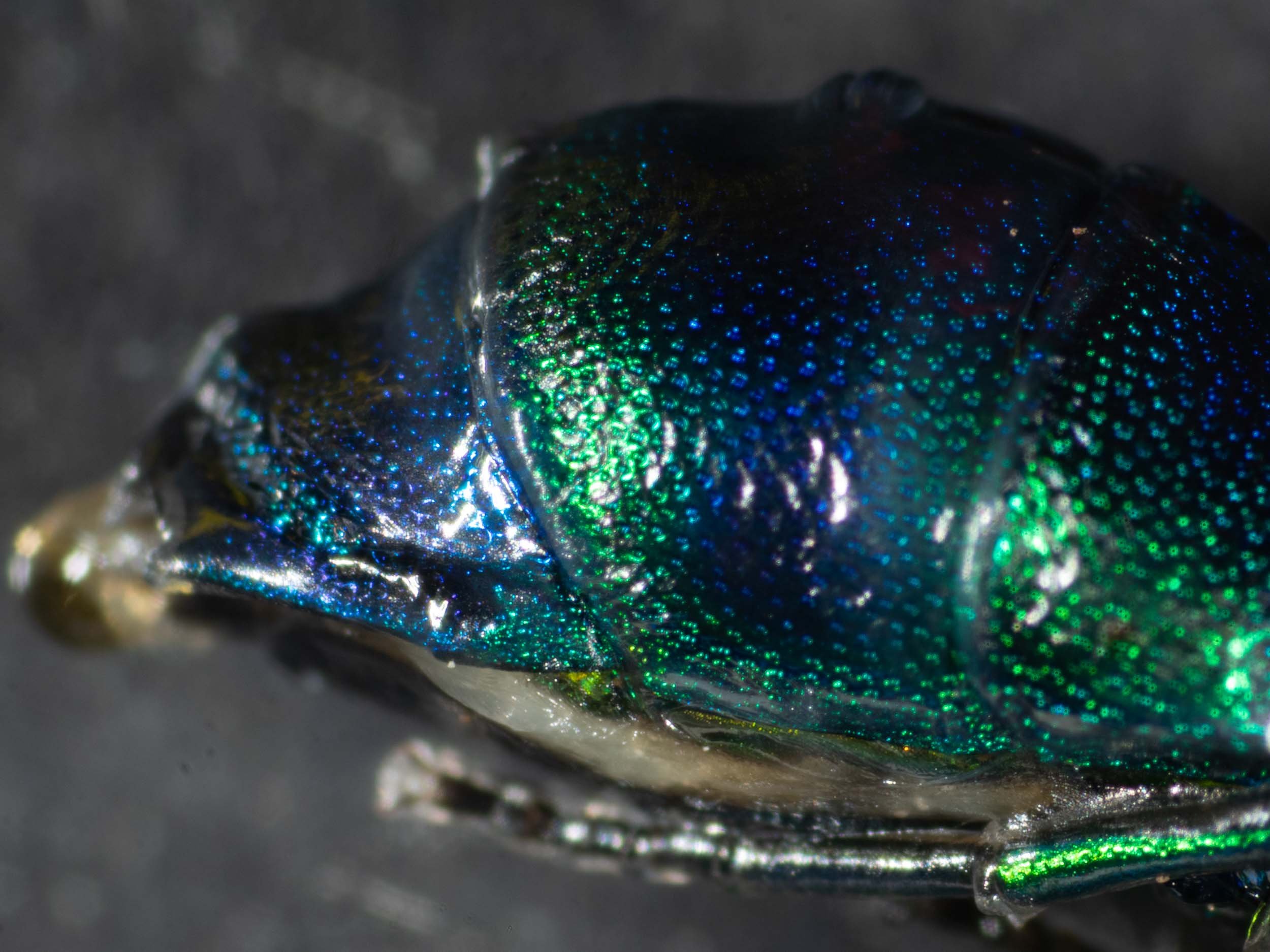
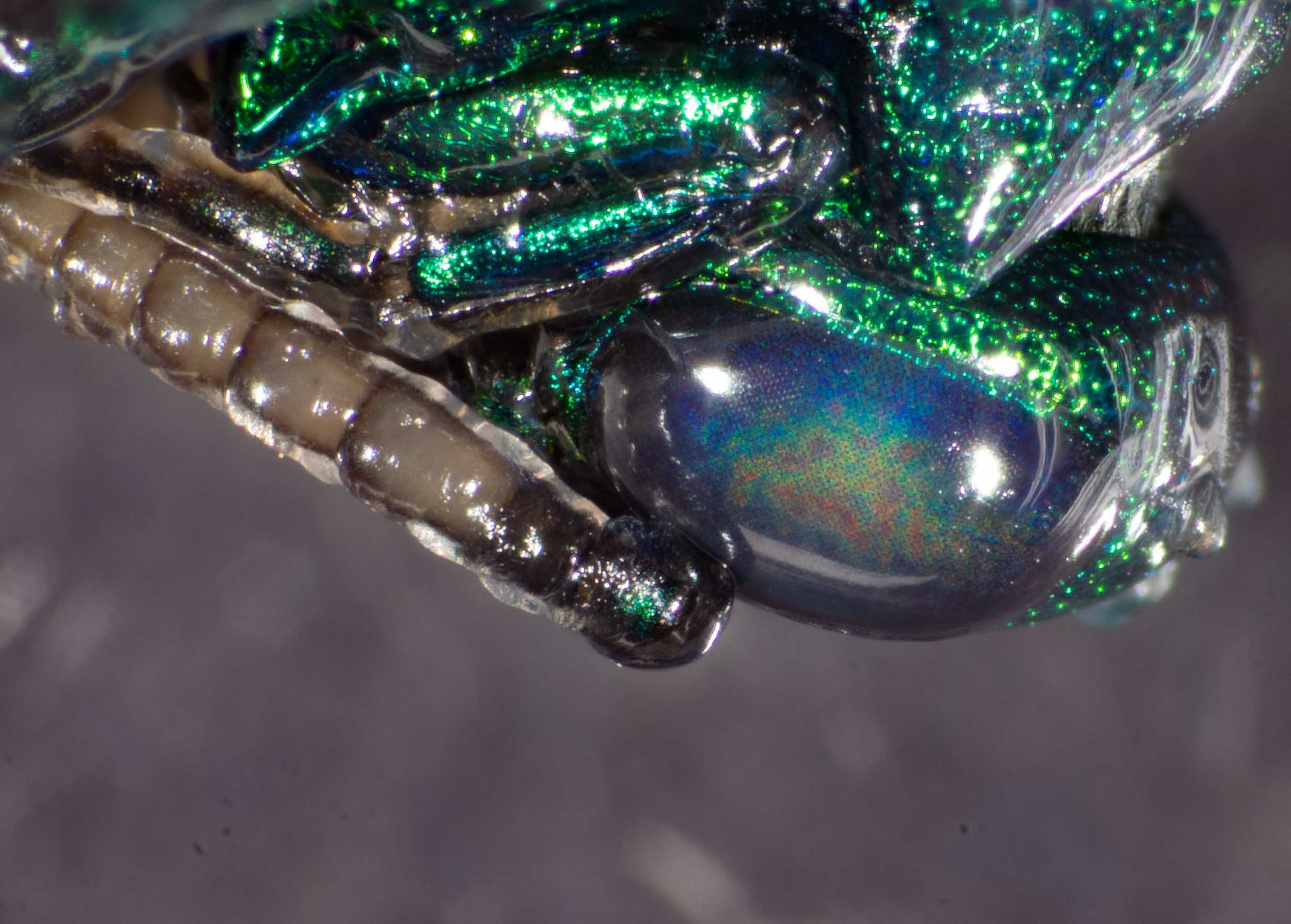
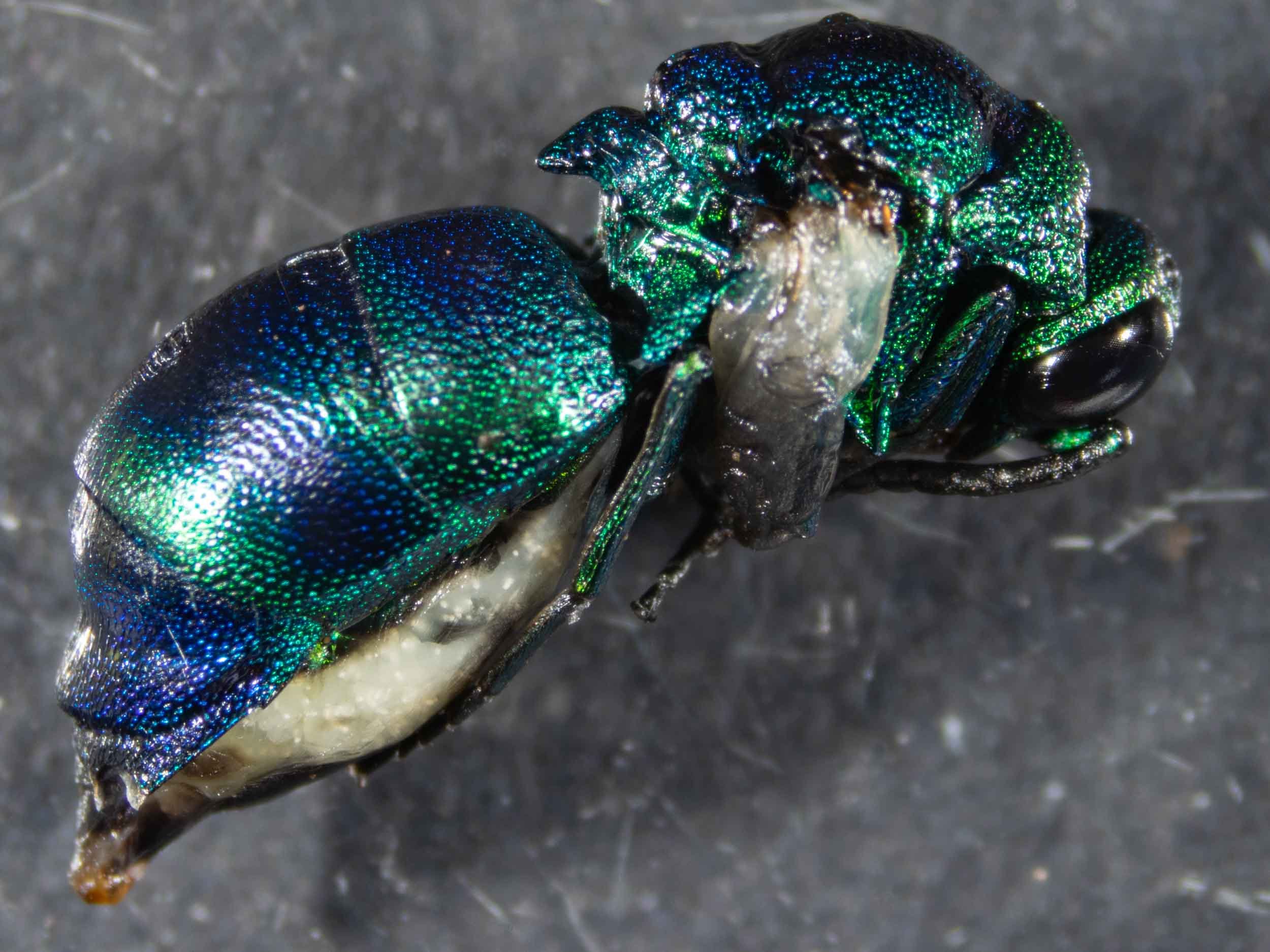
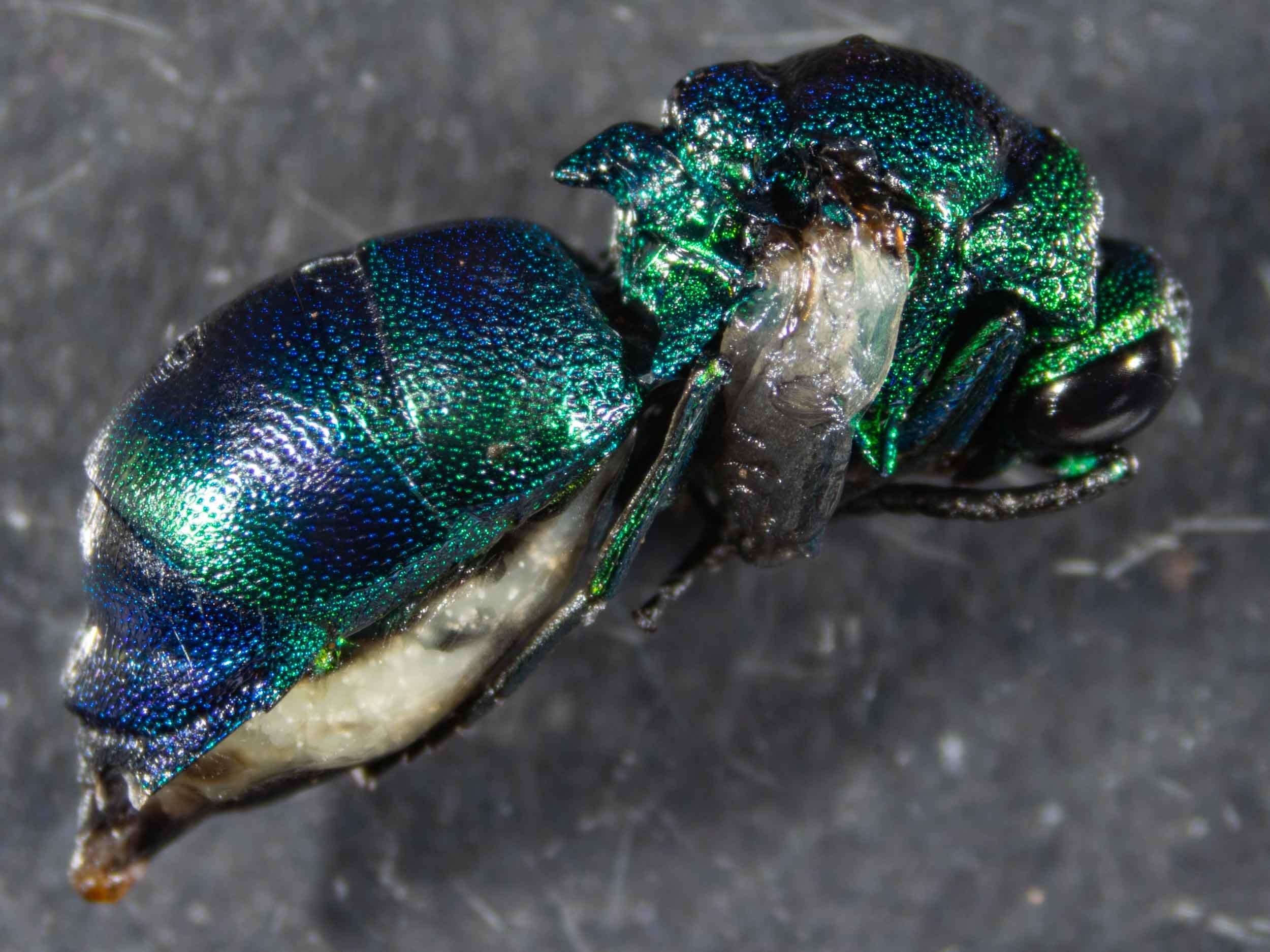
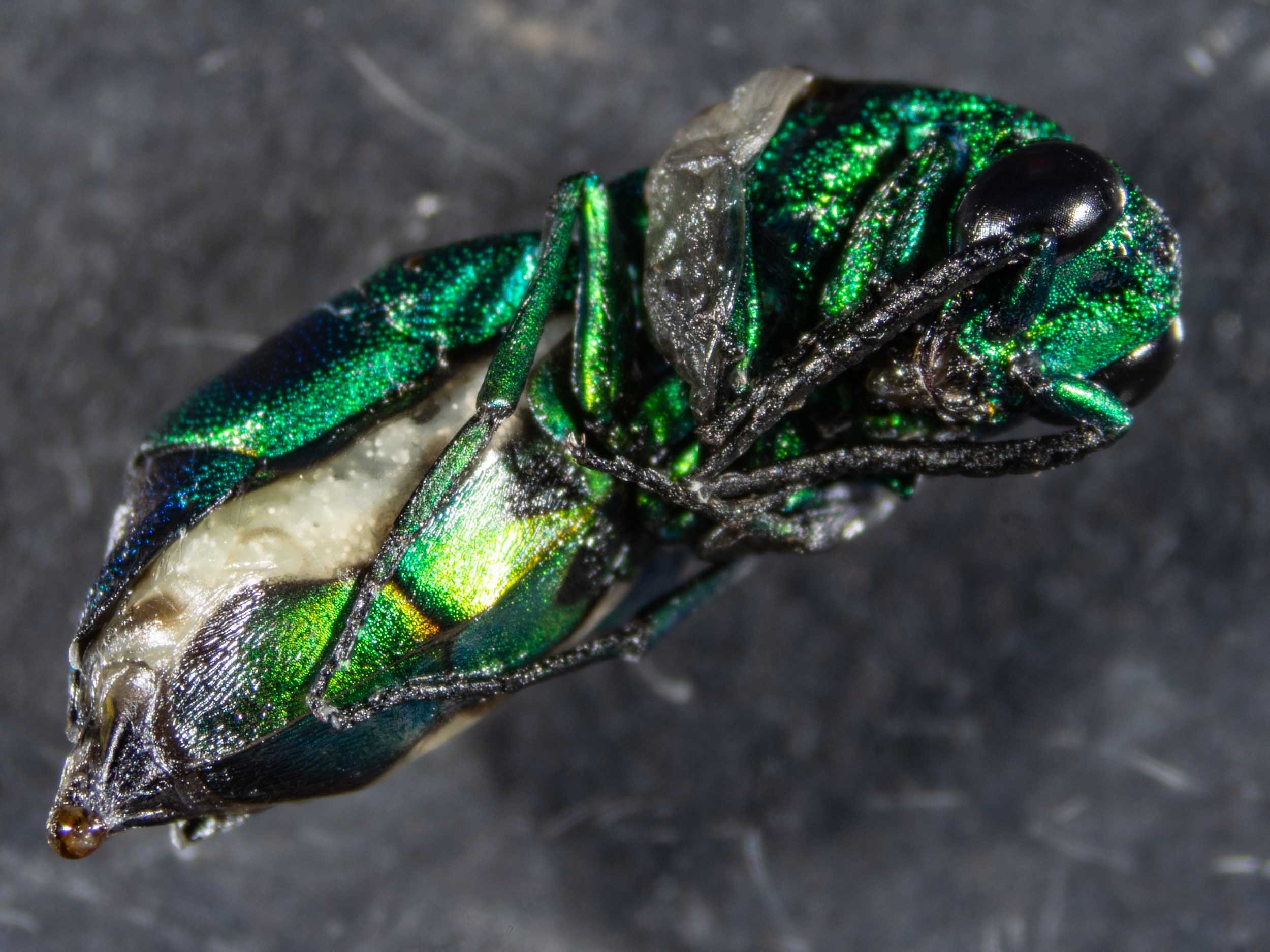
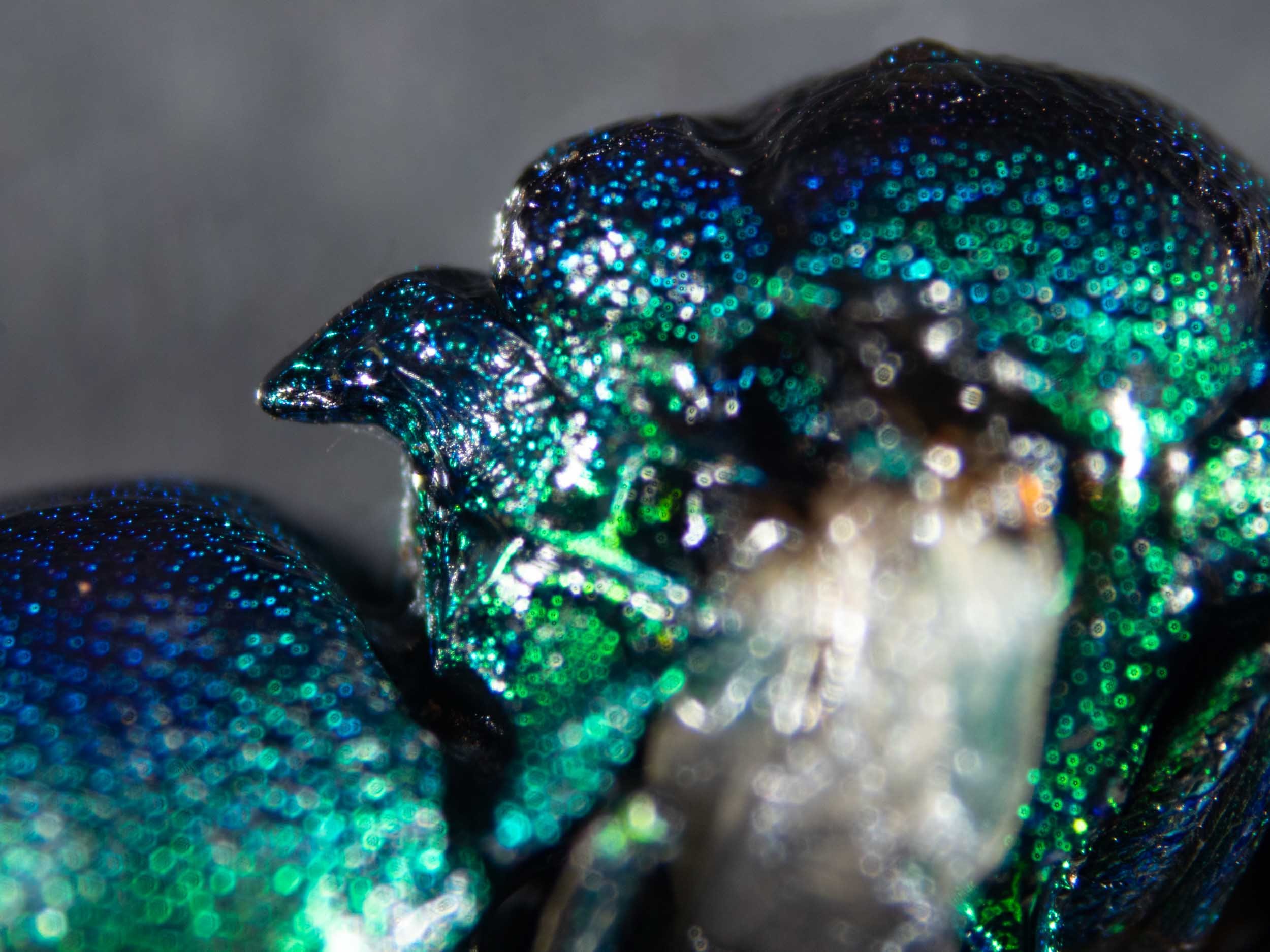
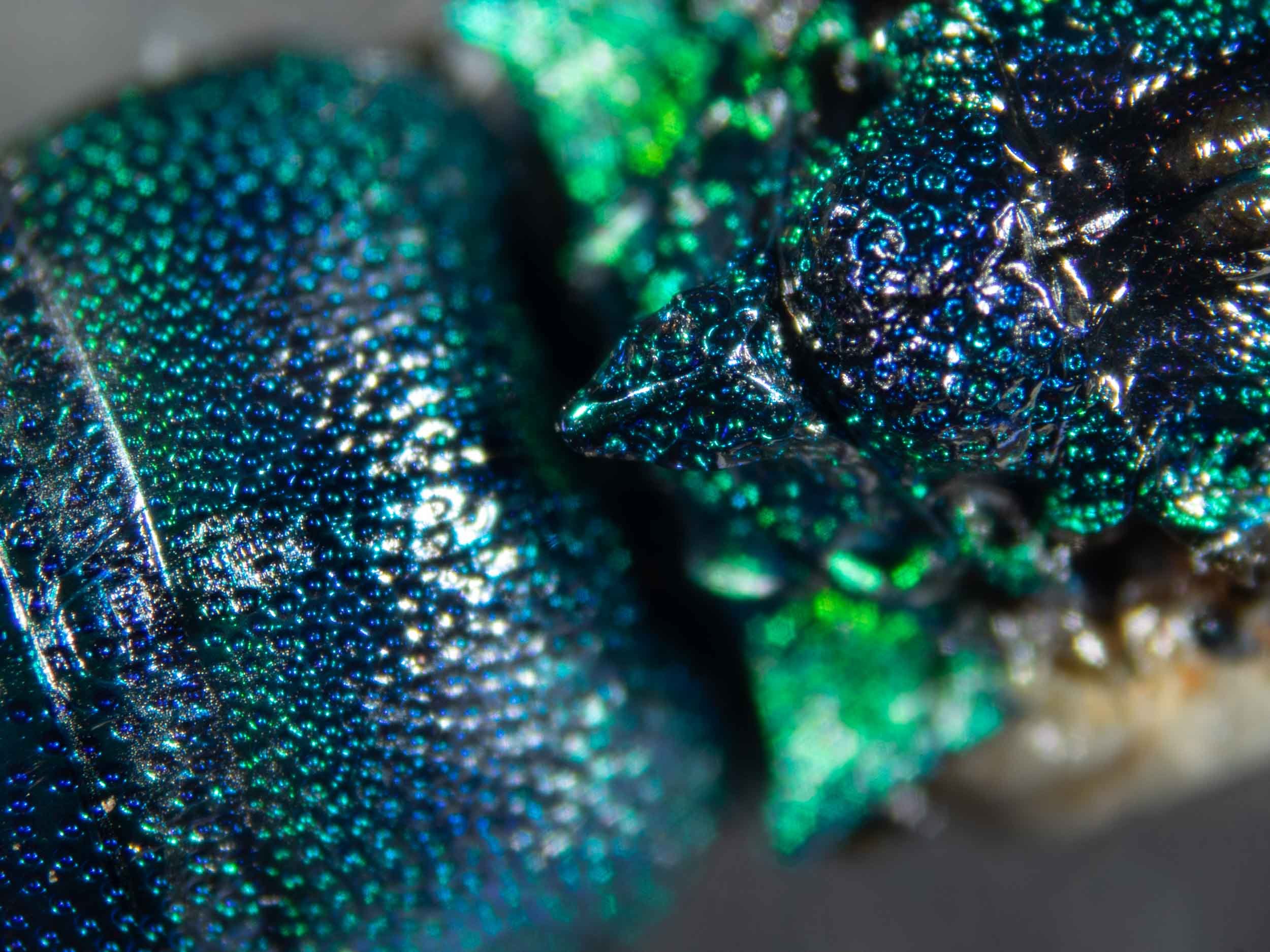
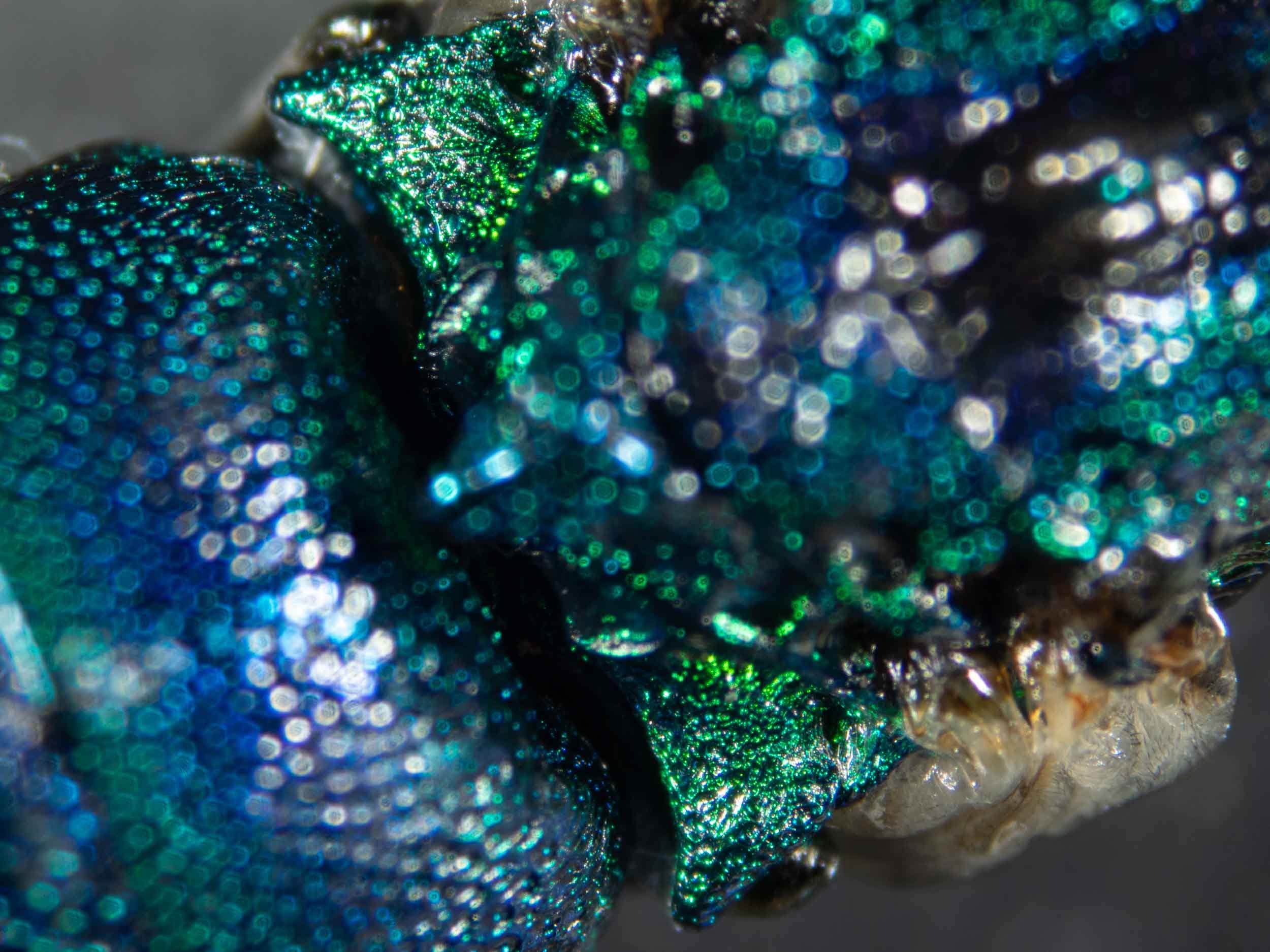

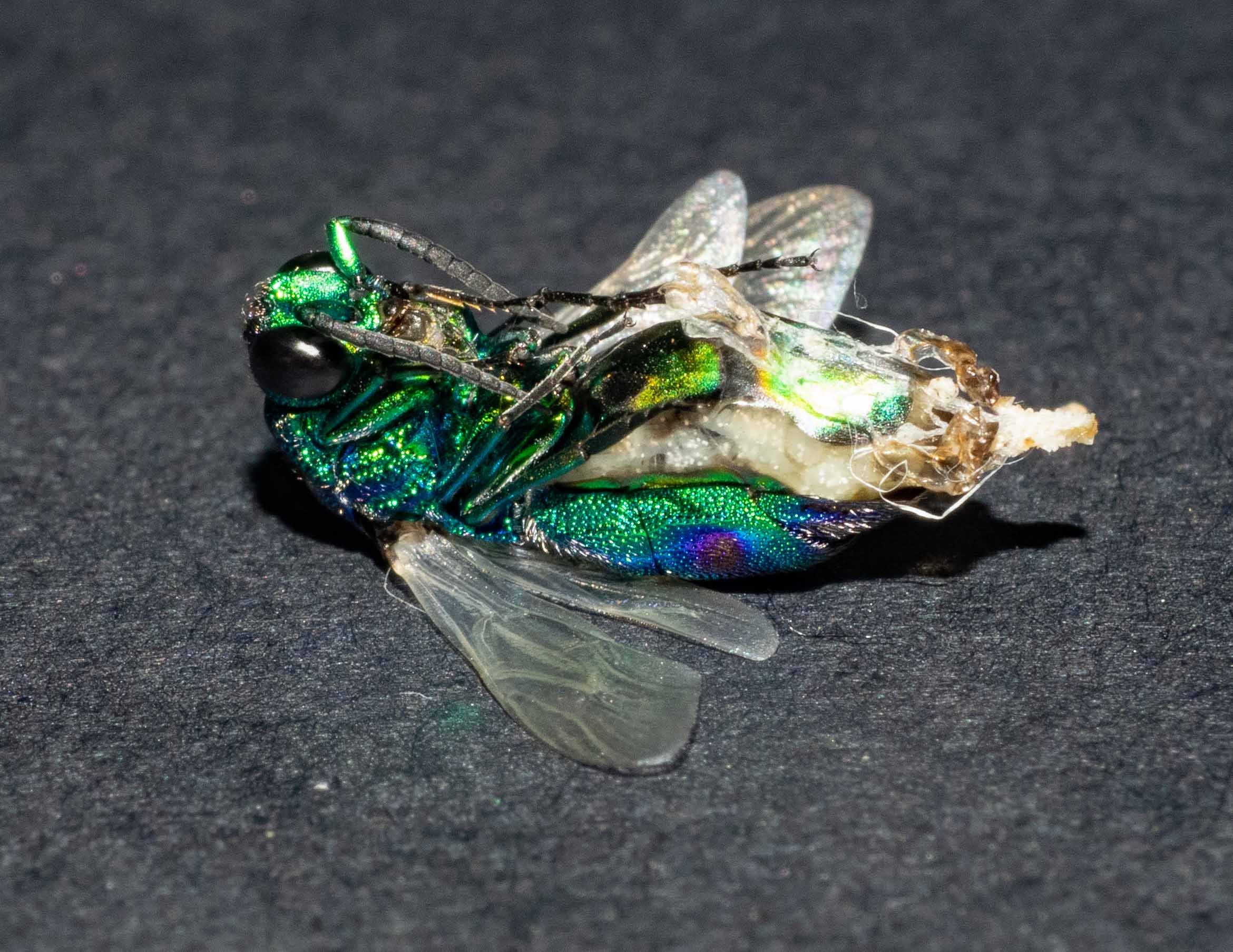
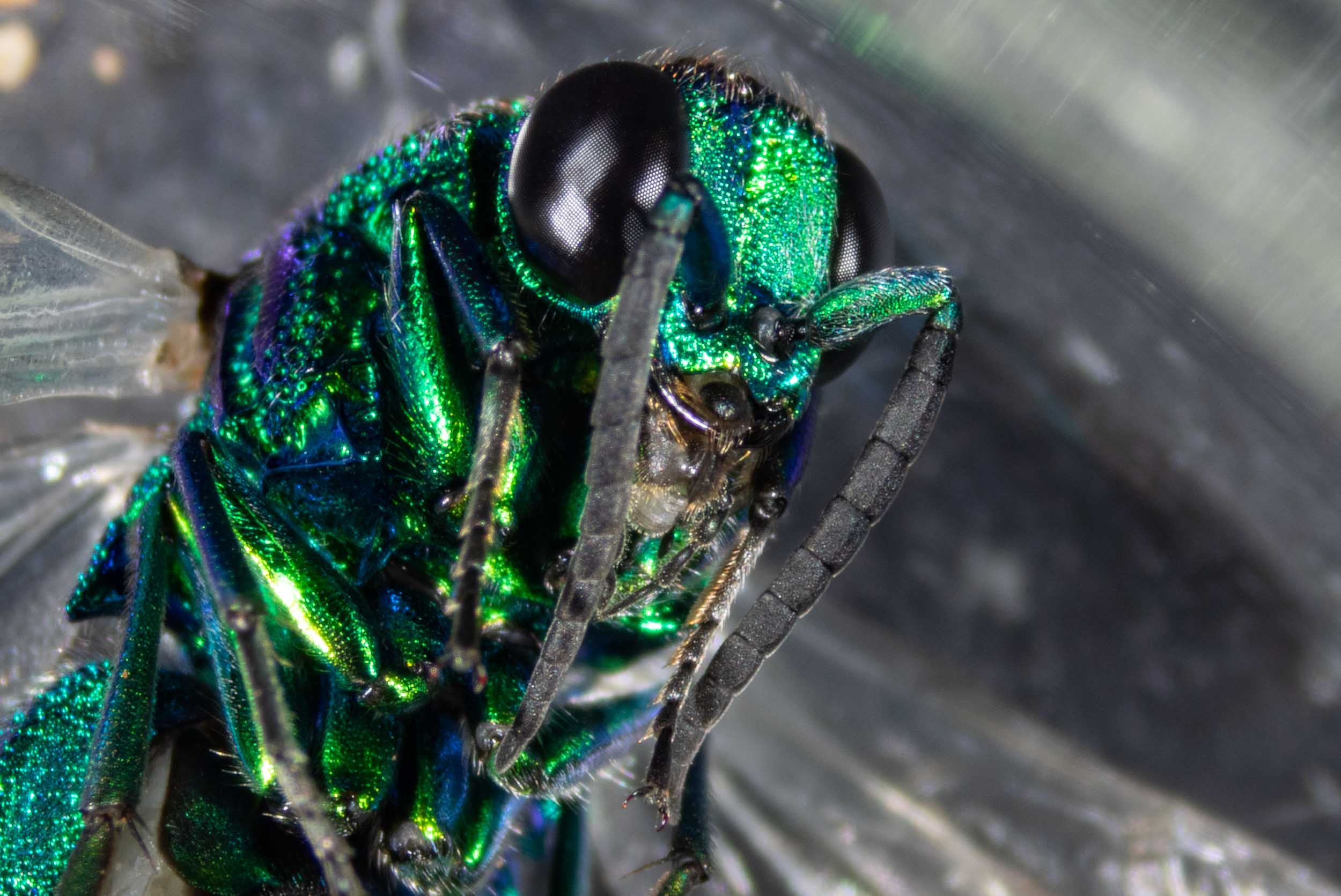
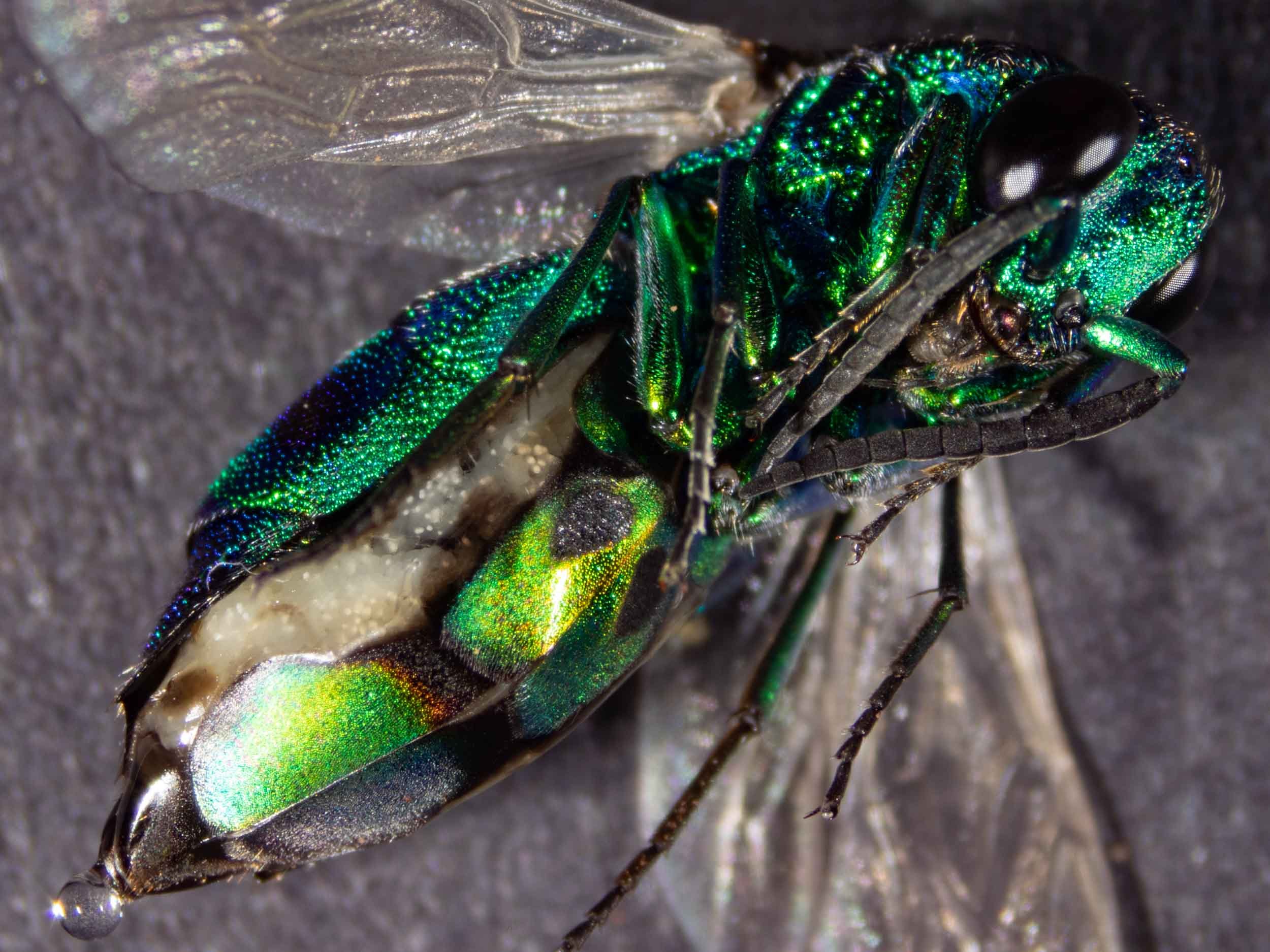
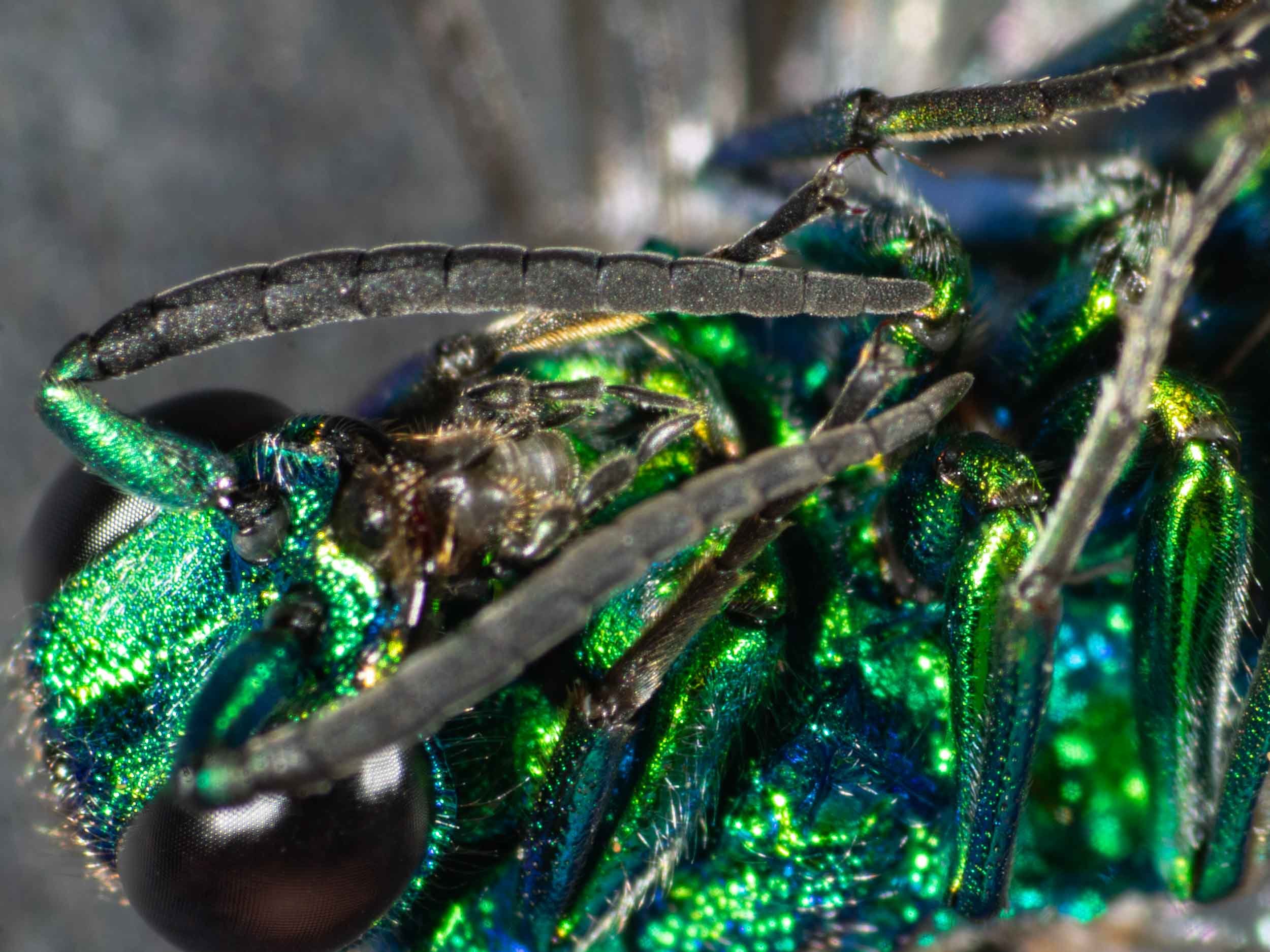
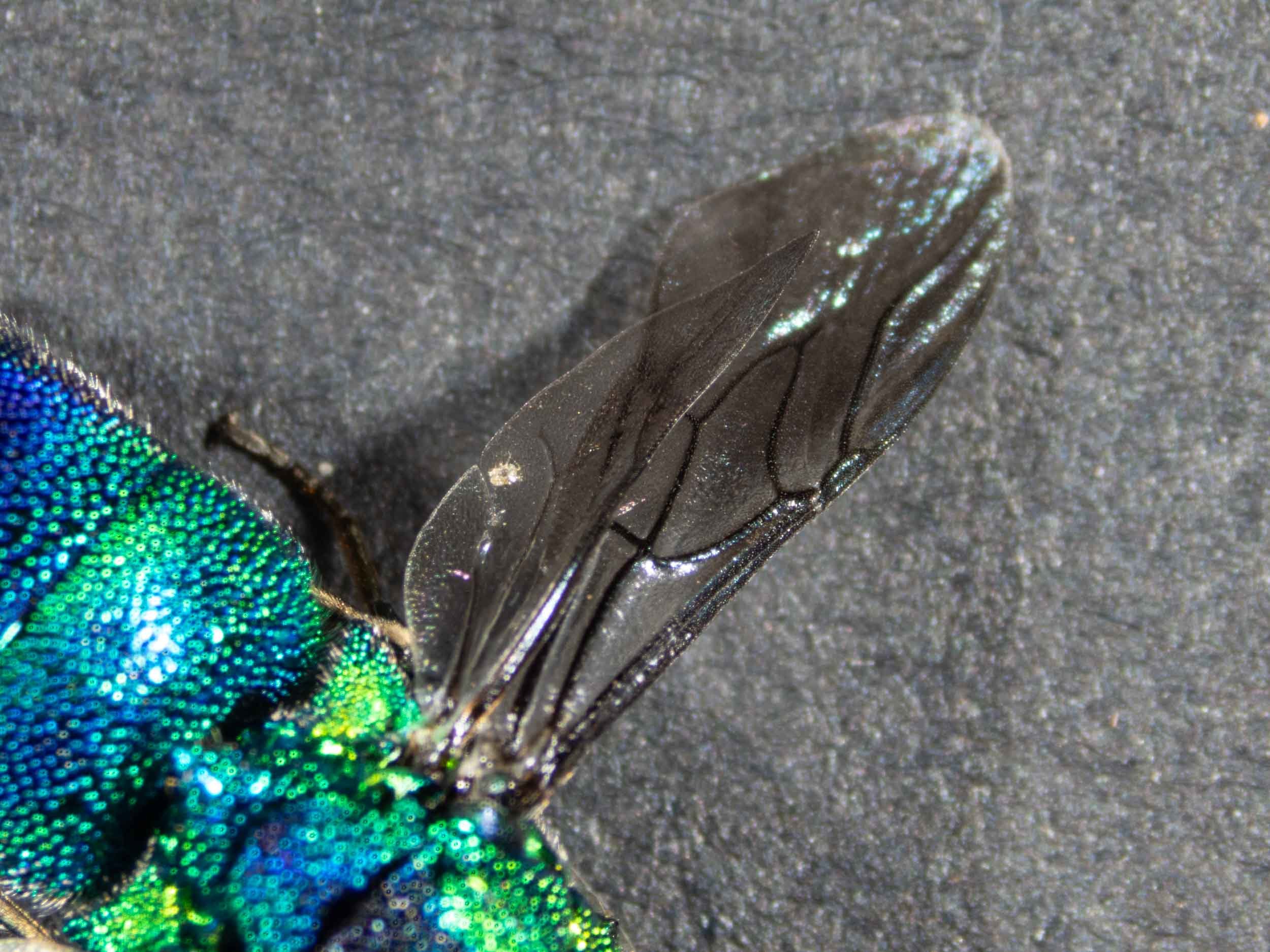

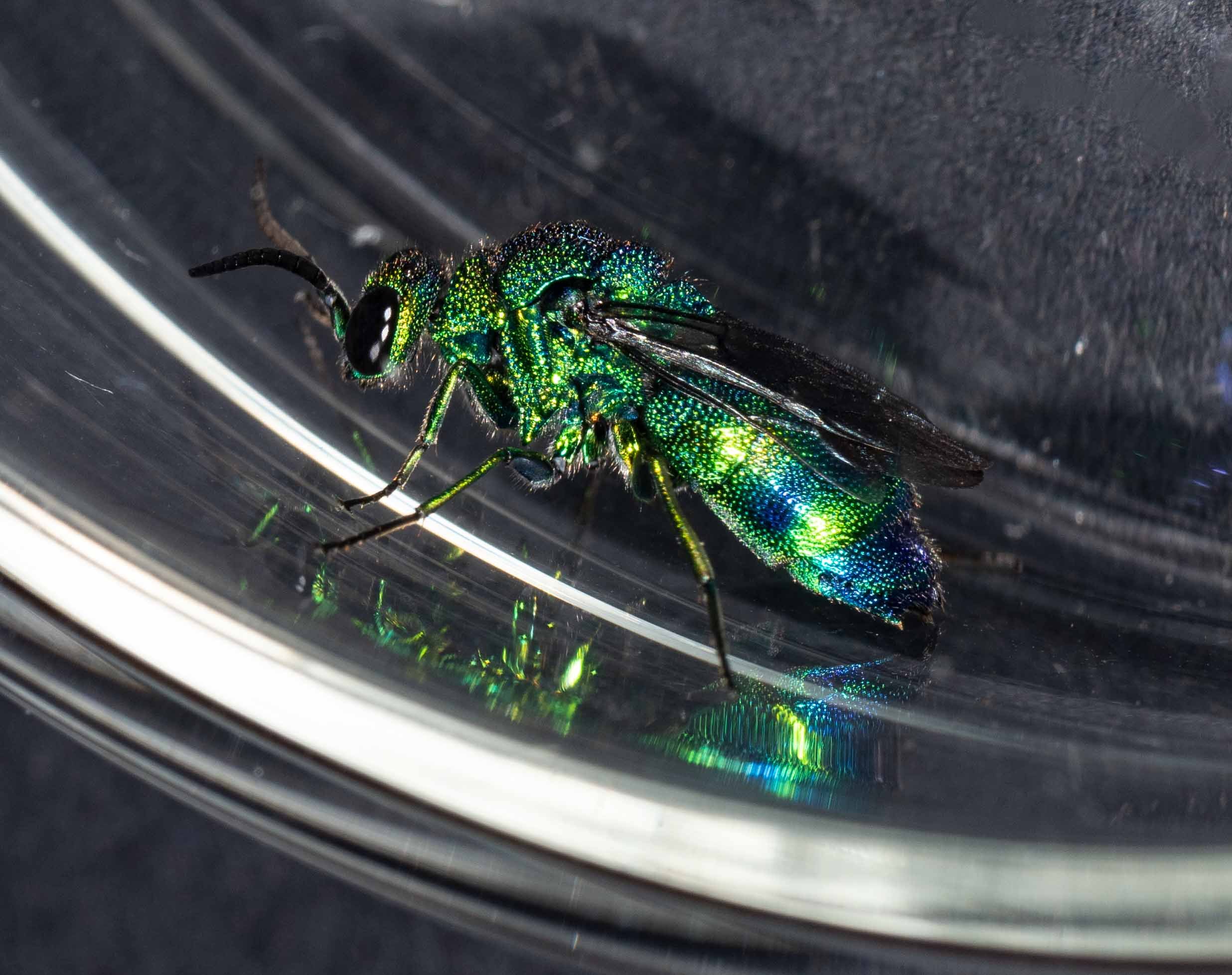
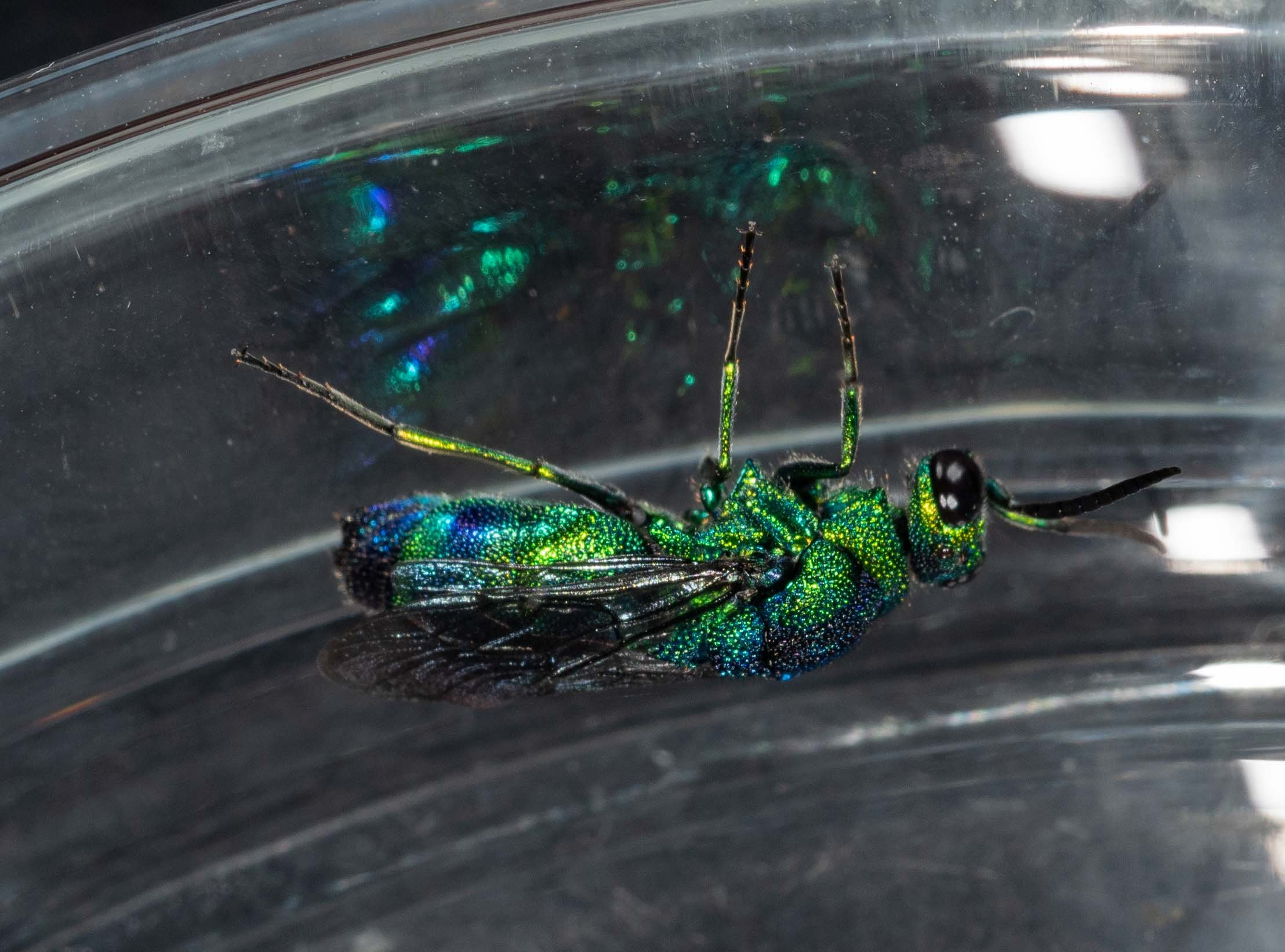
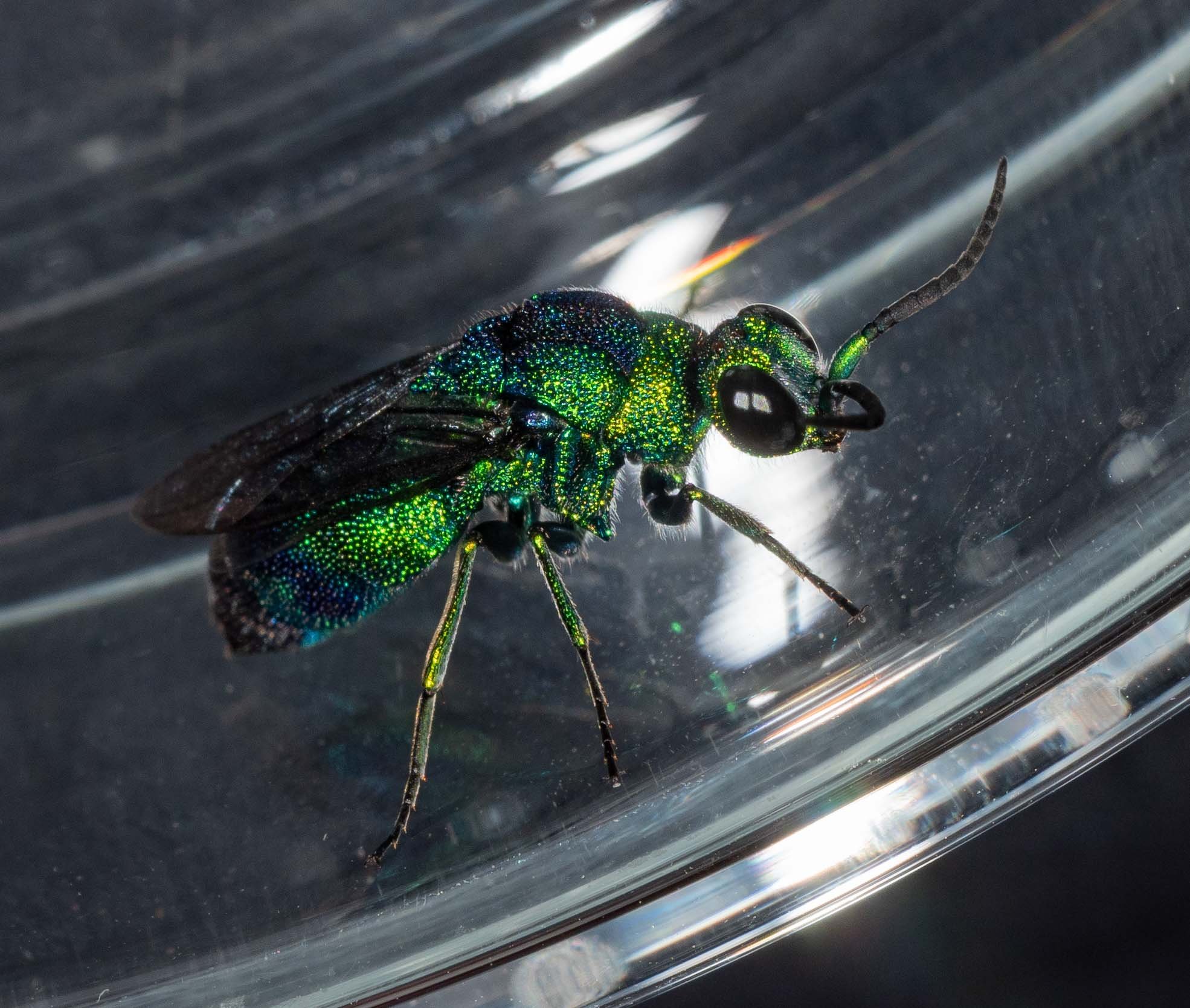
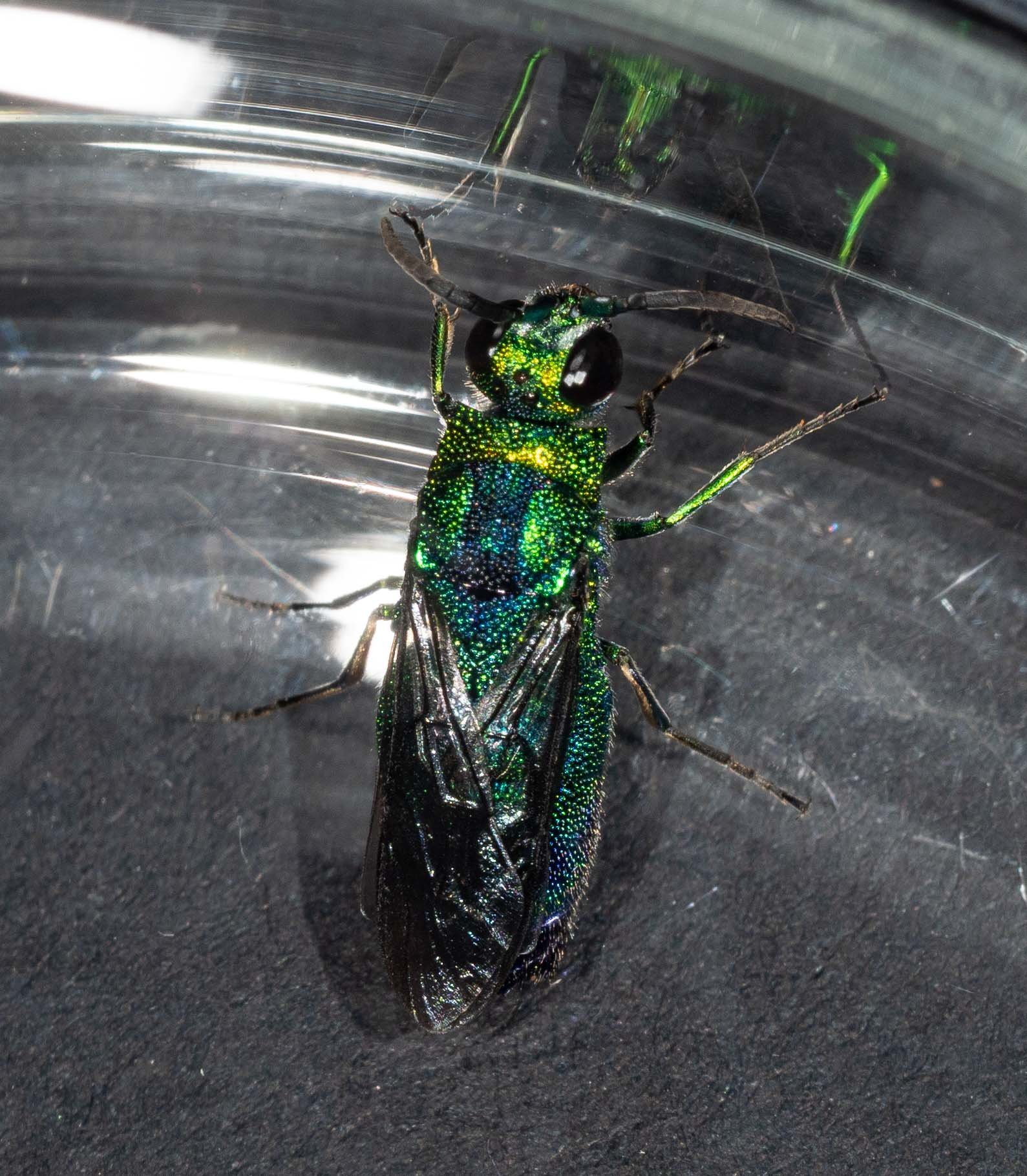
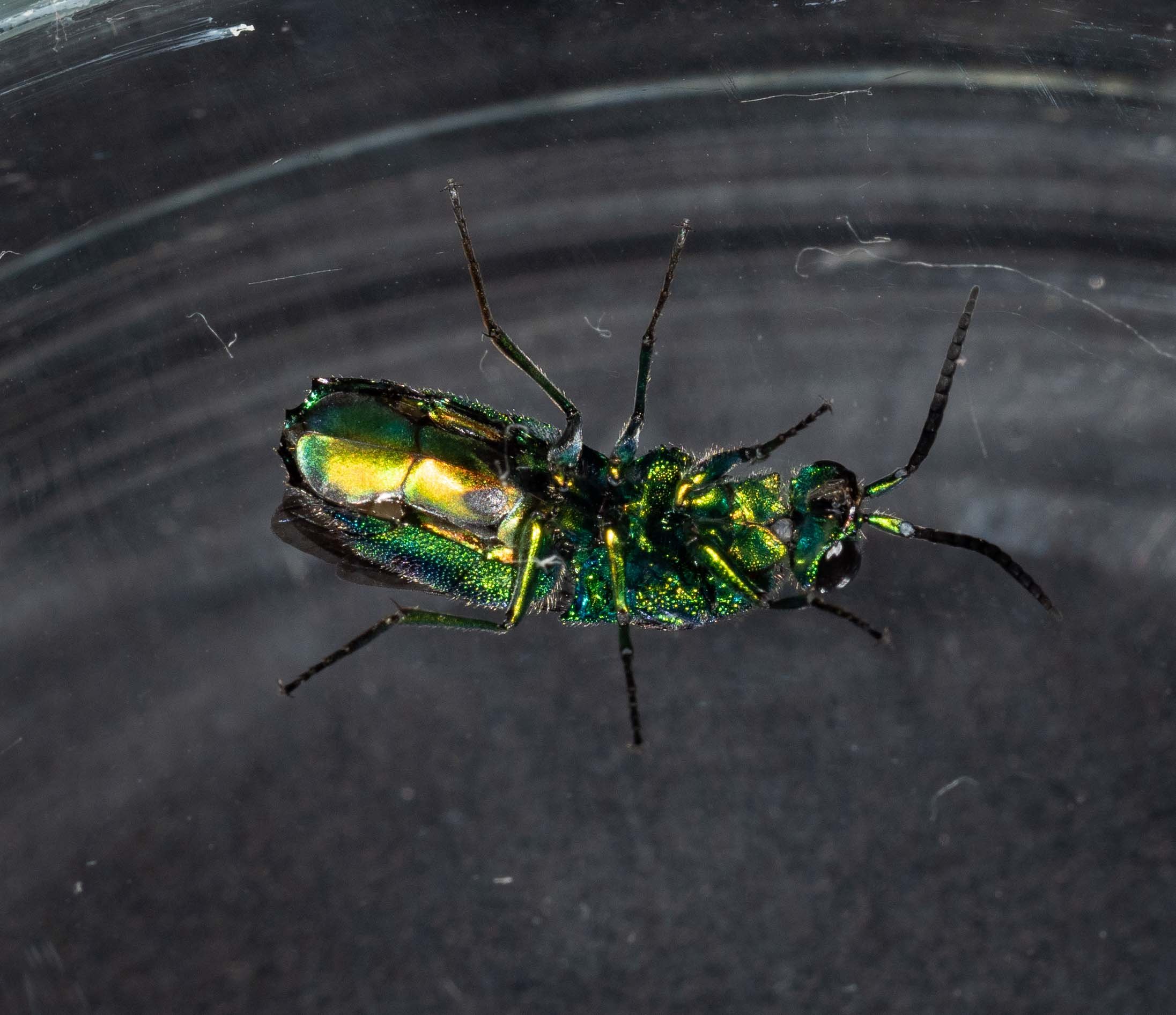
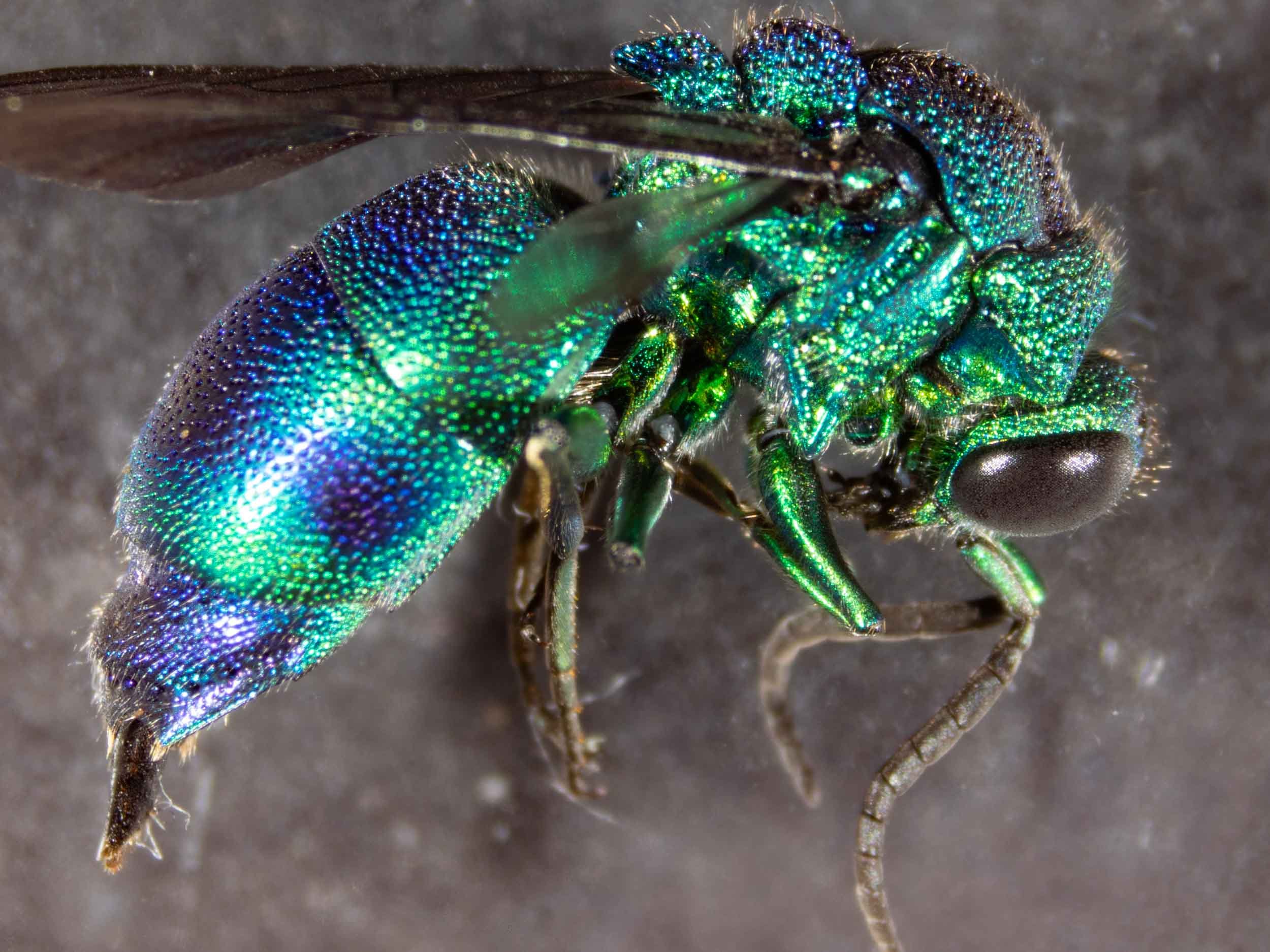
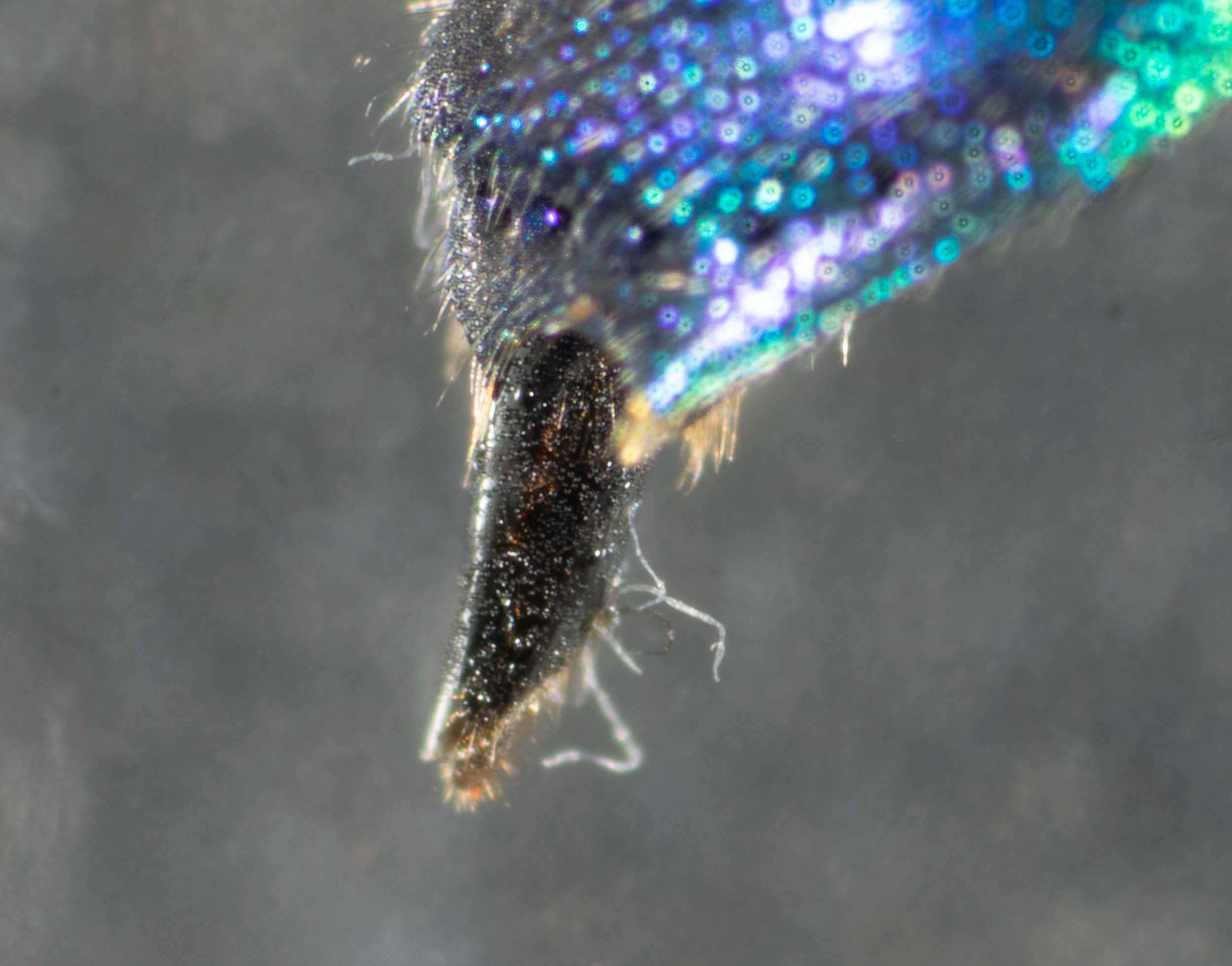
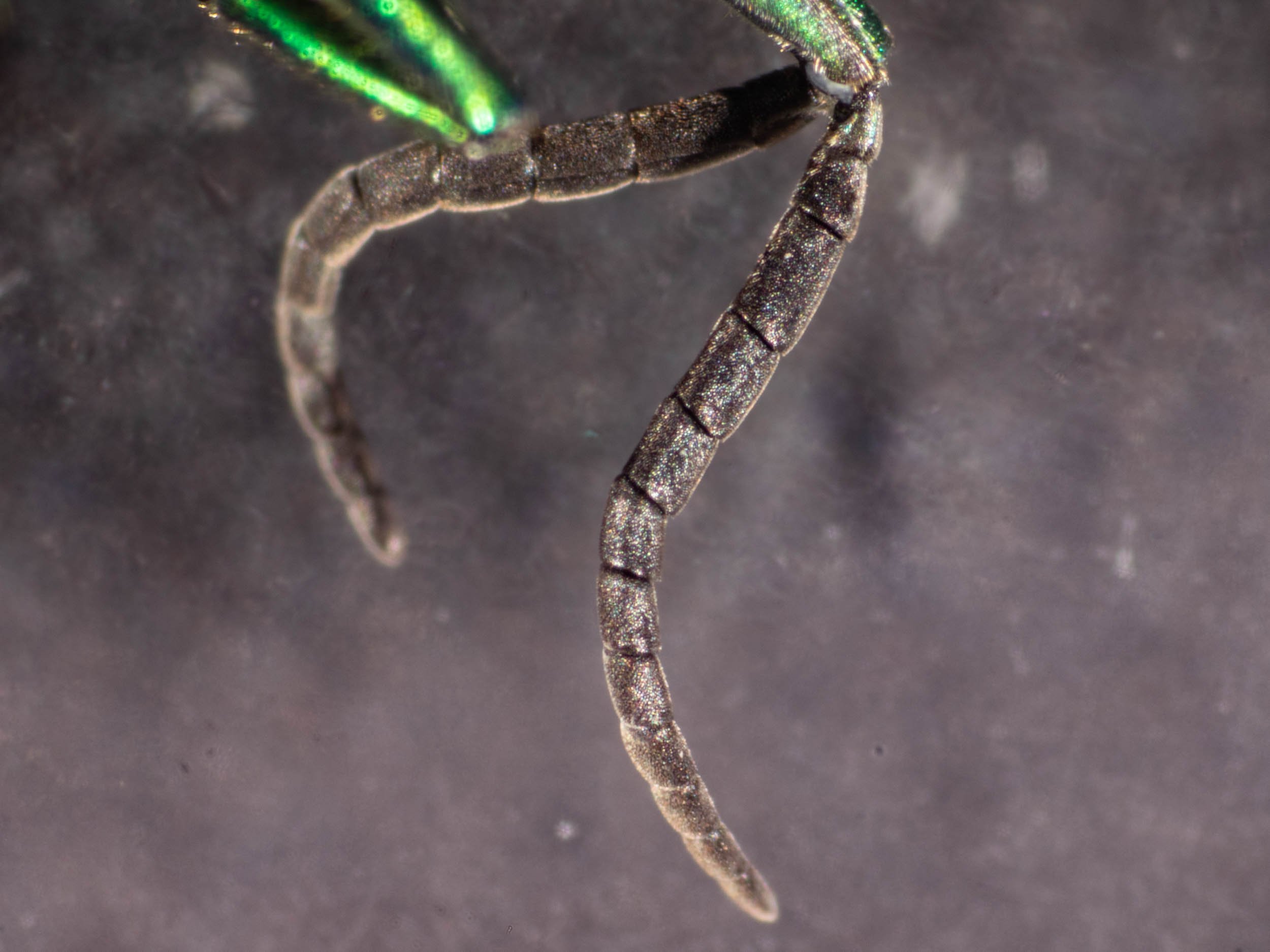
Cell L - host wasp late developmental series (from 27/1)

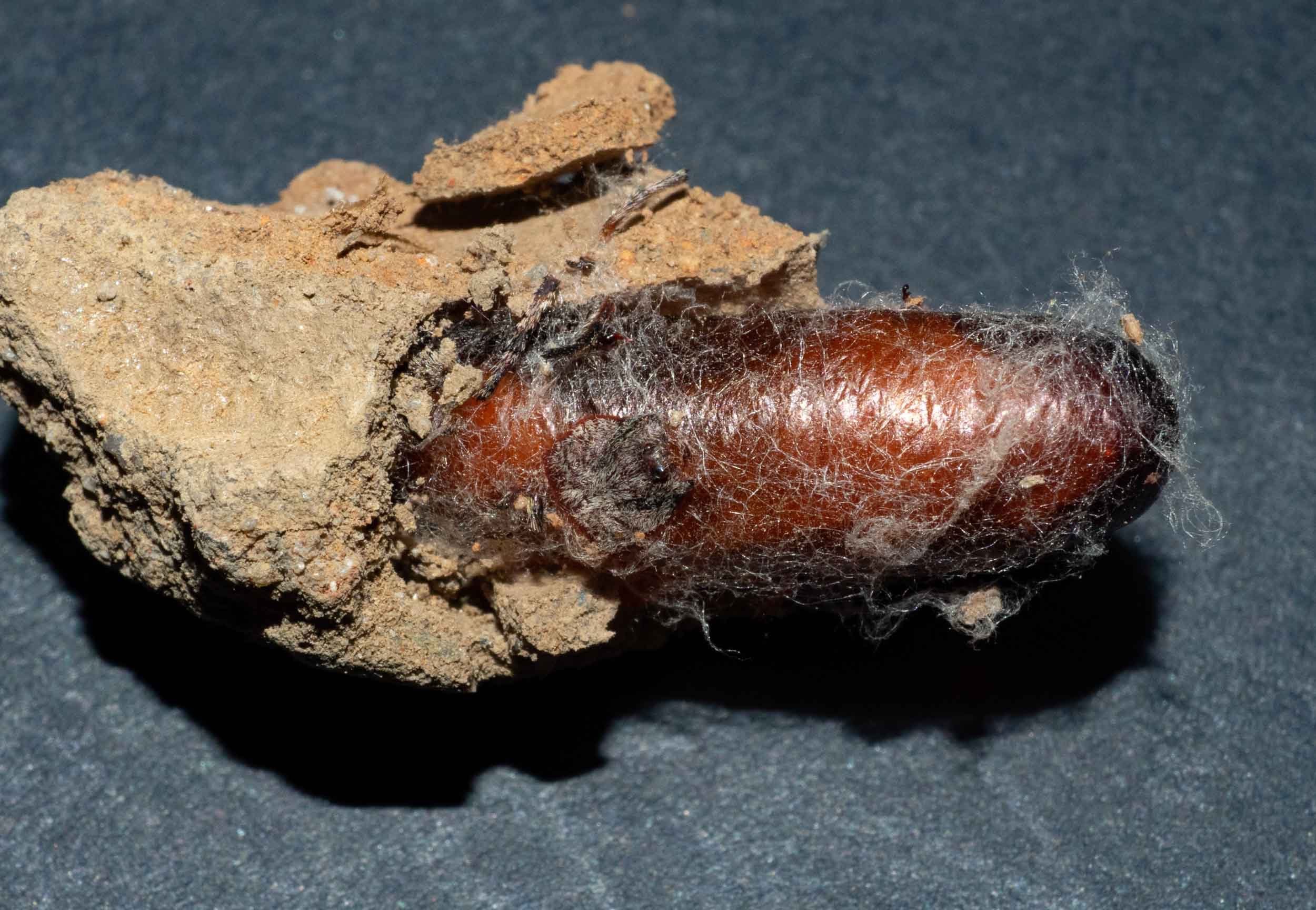

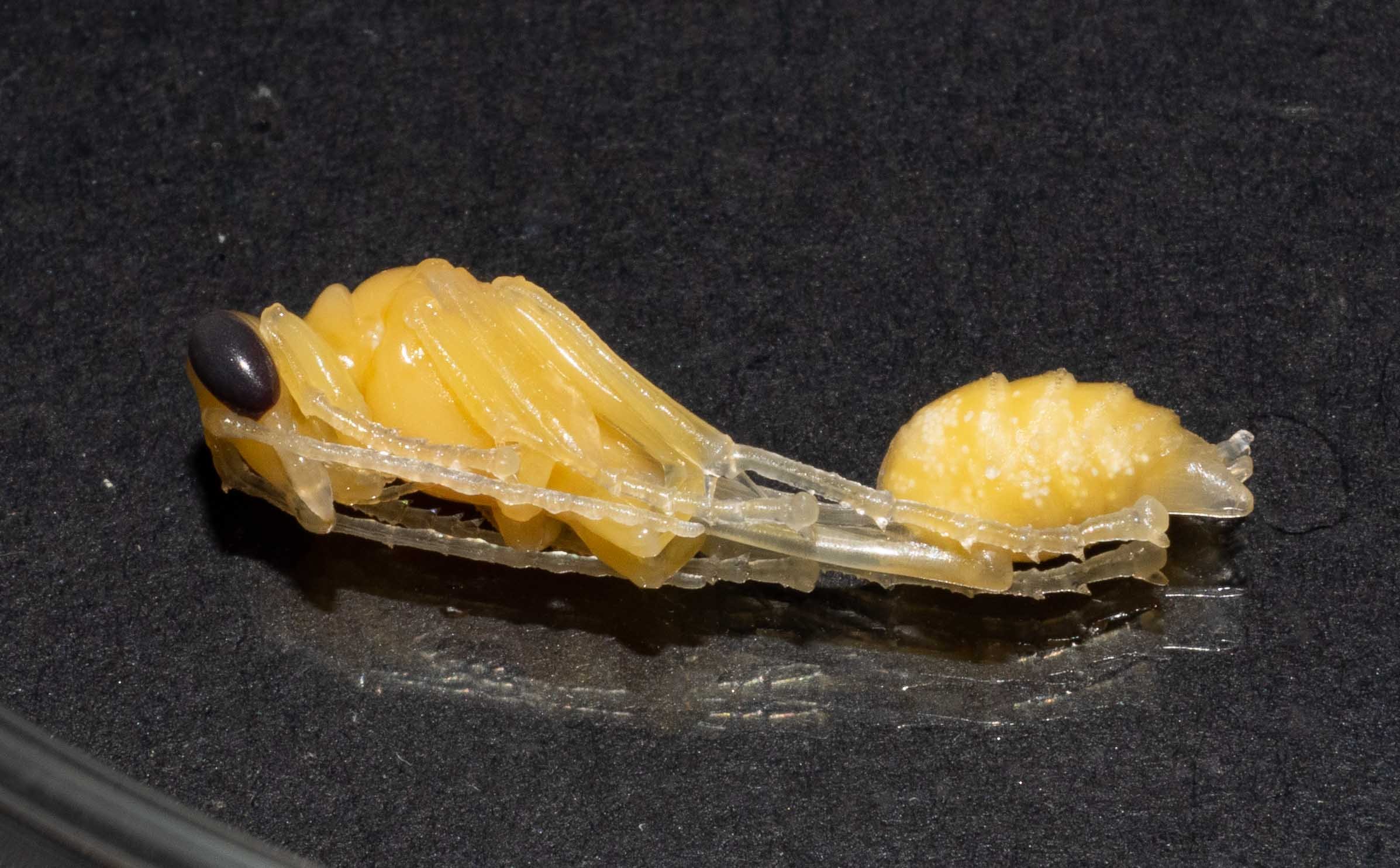
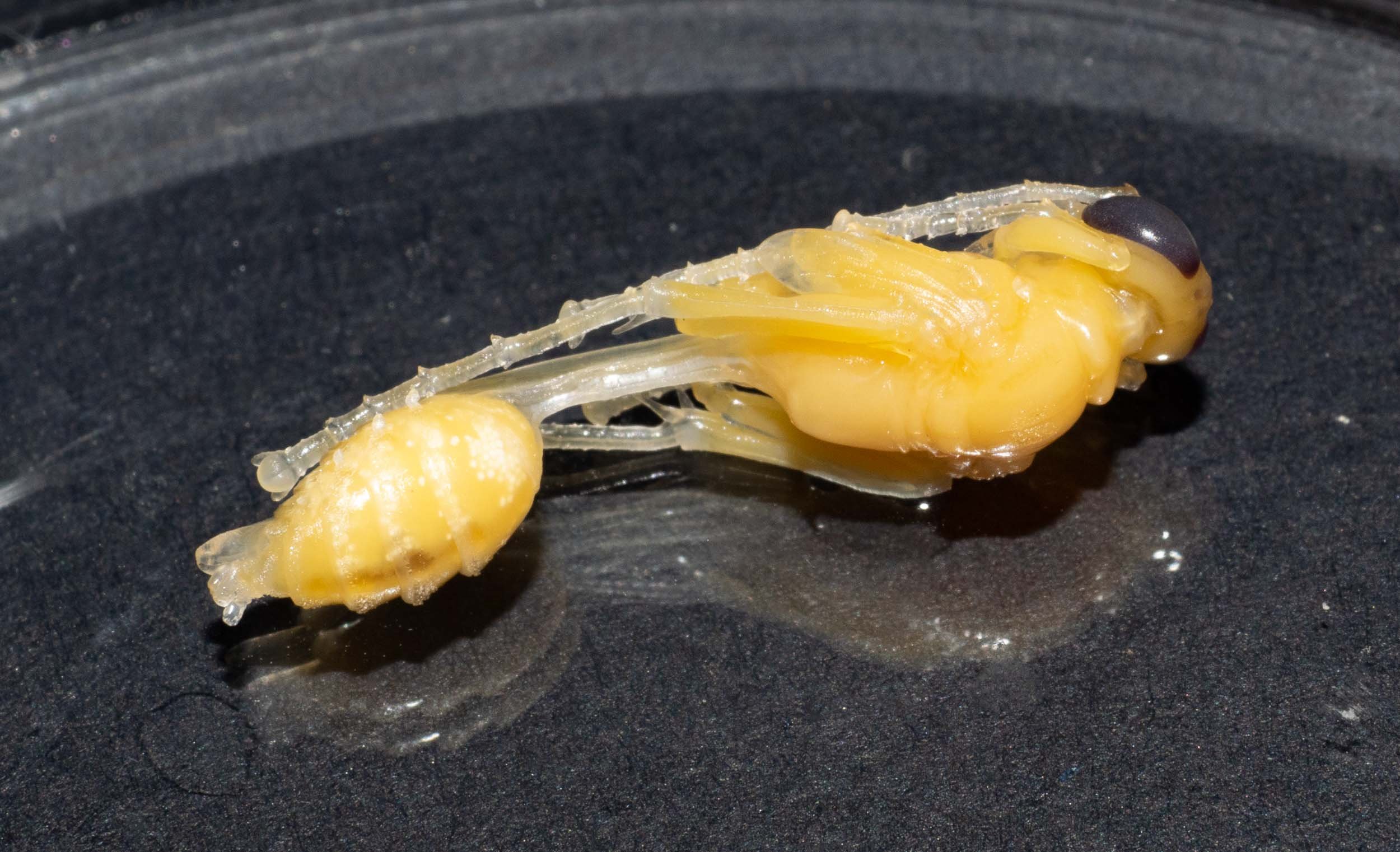
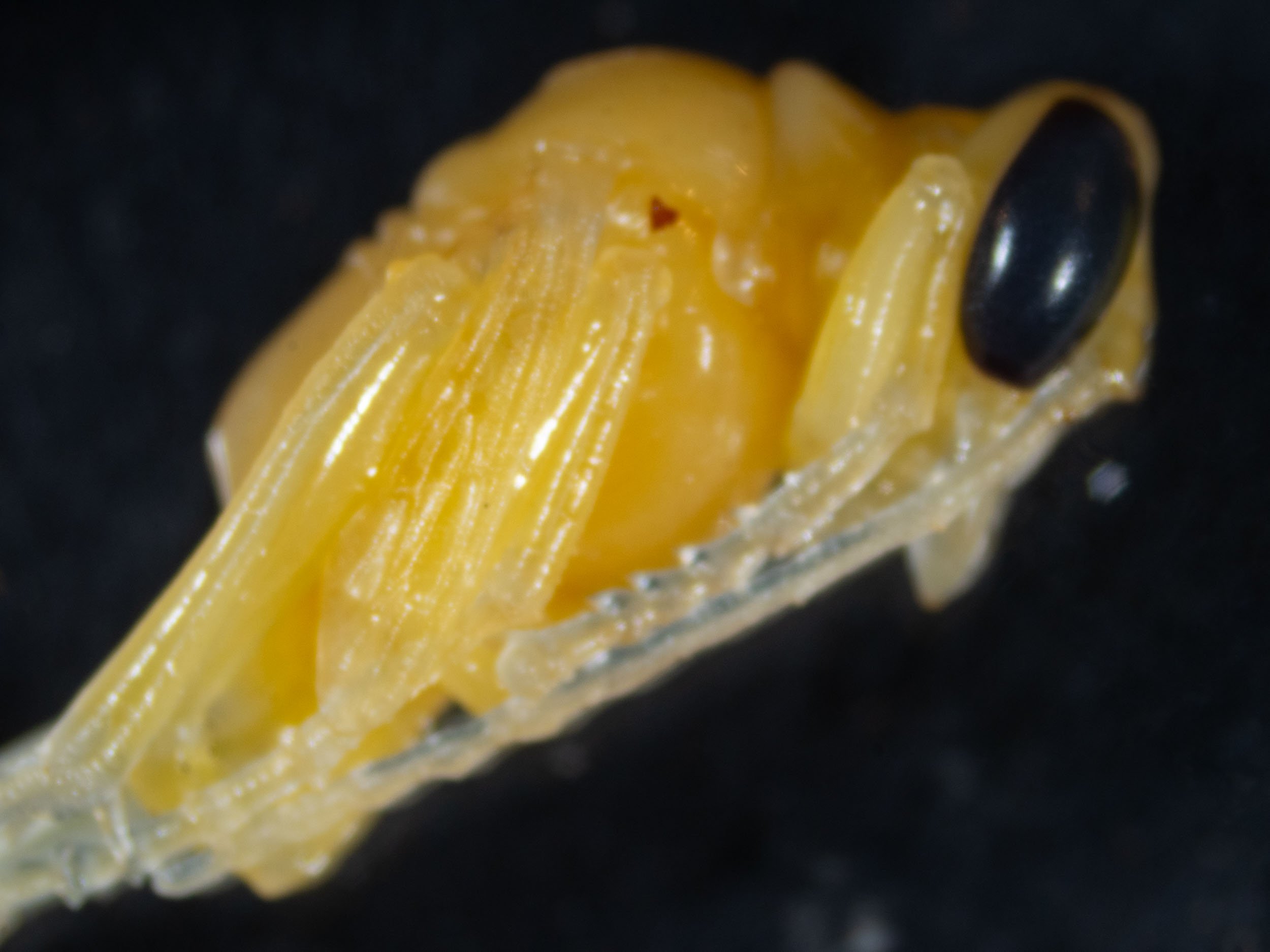
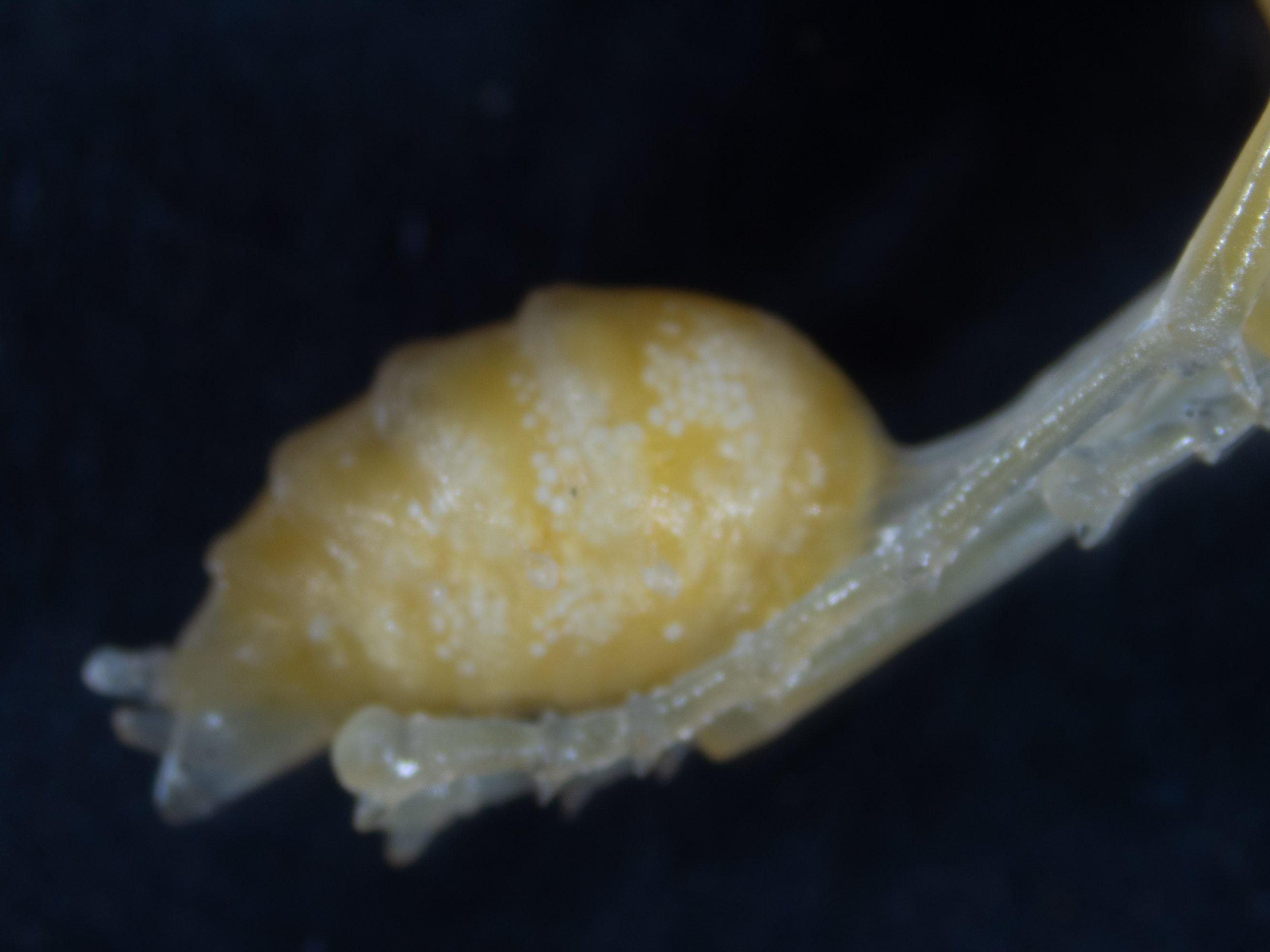
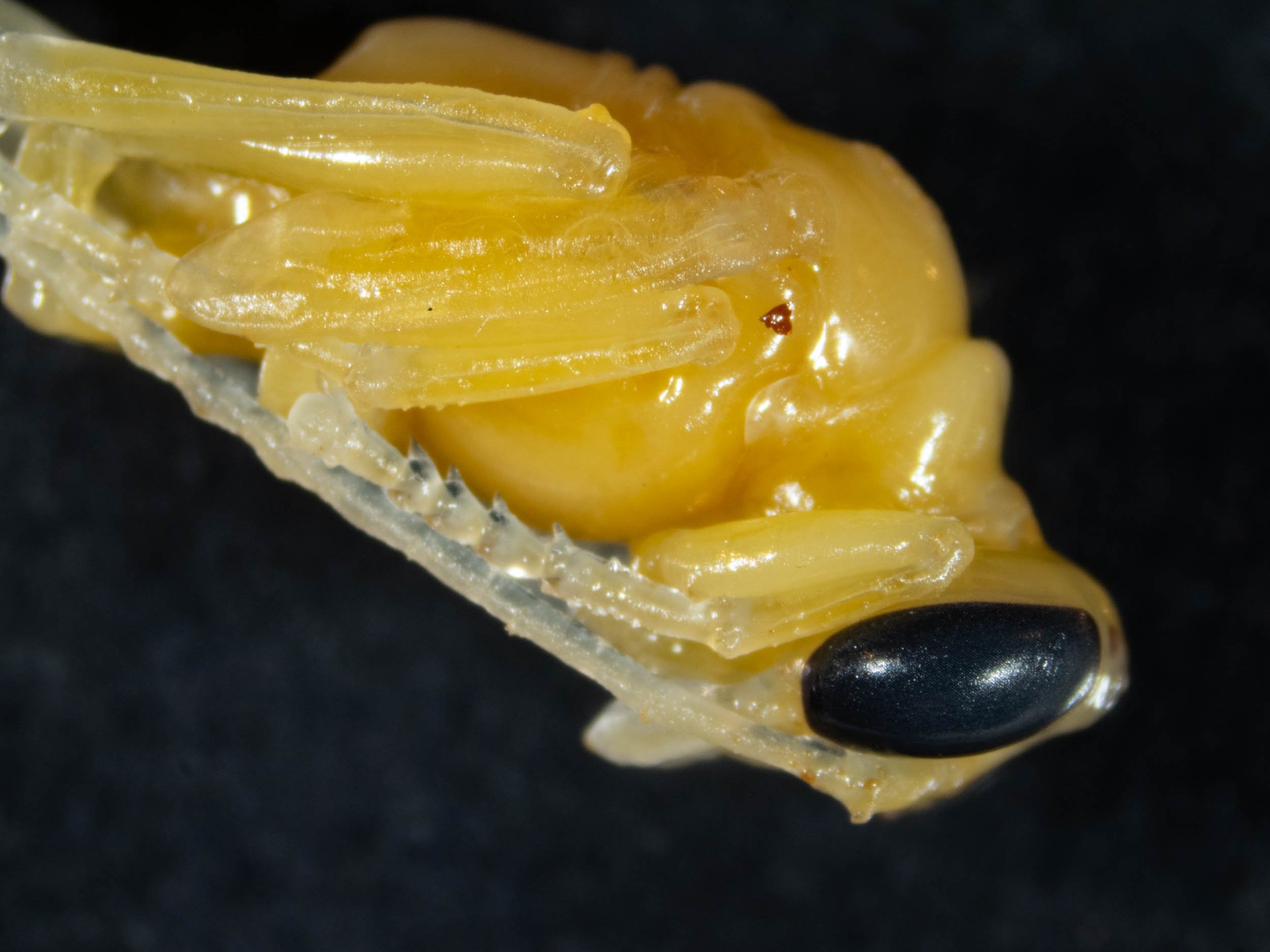
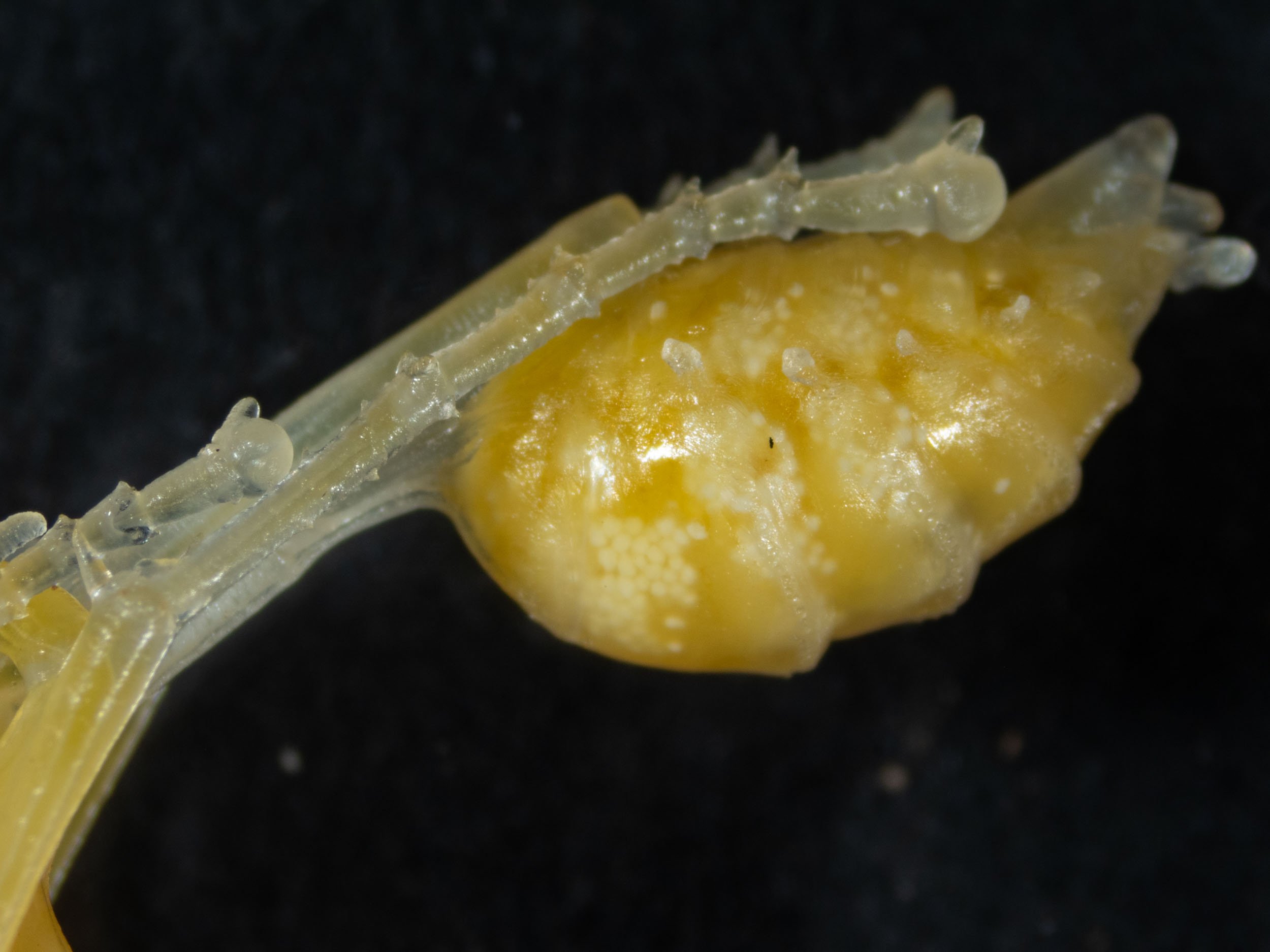
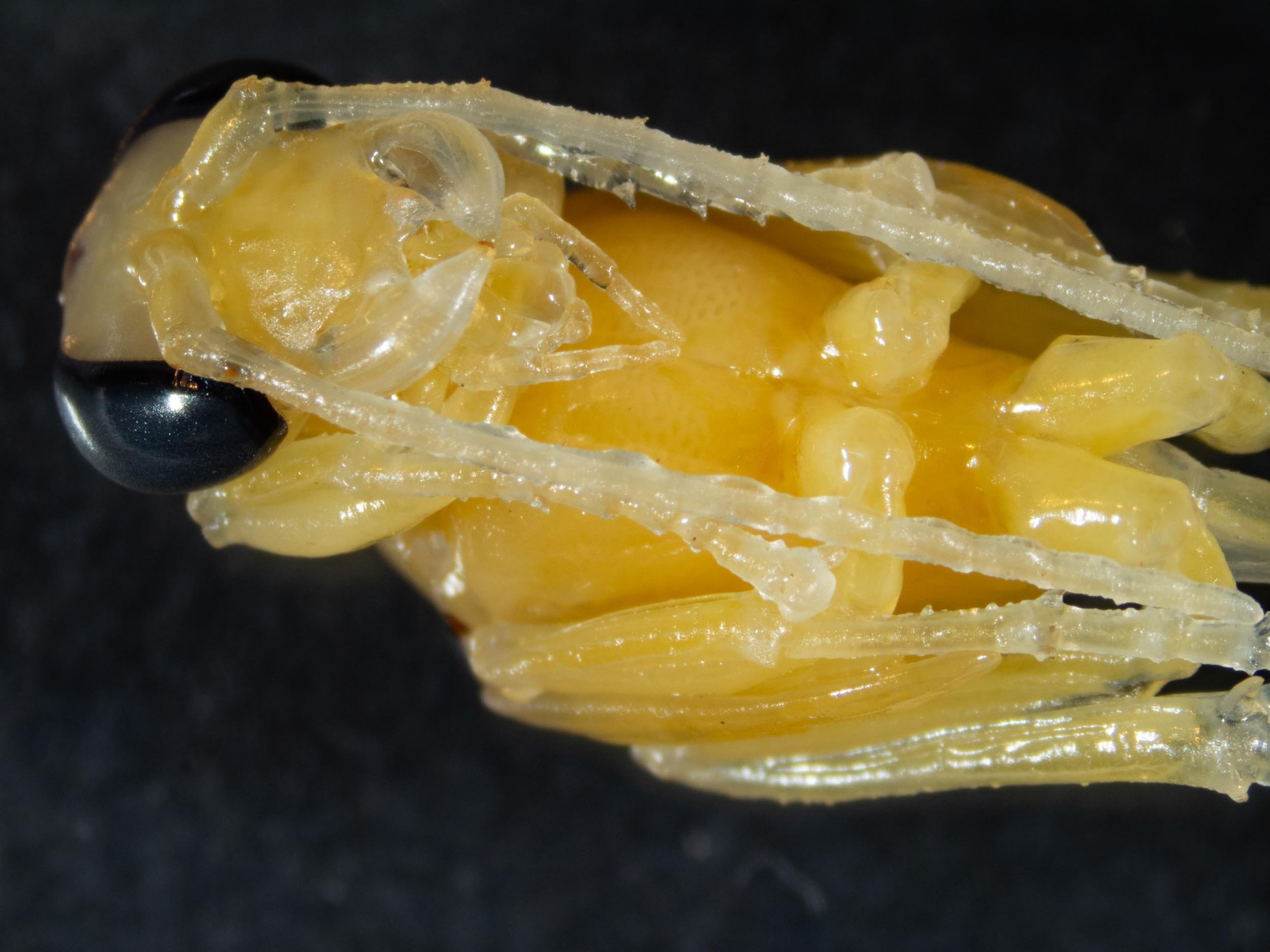
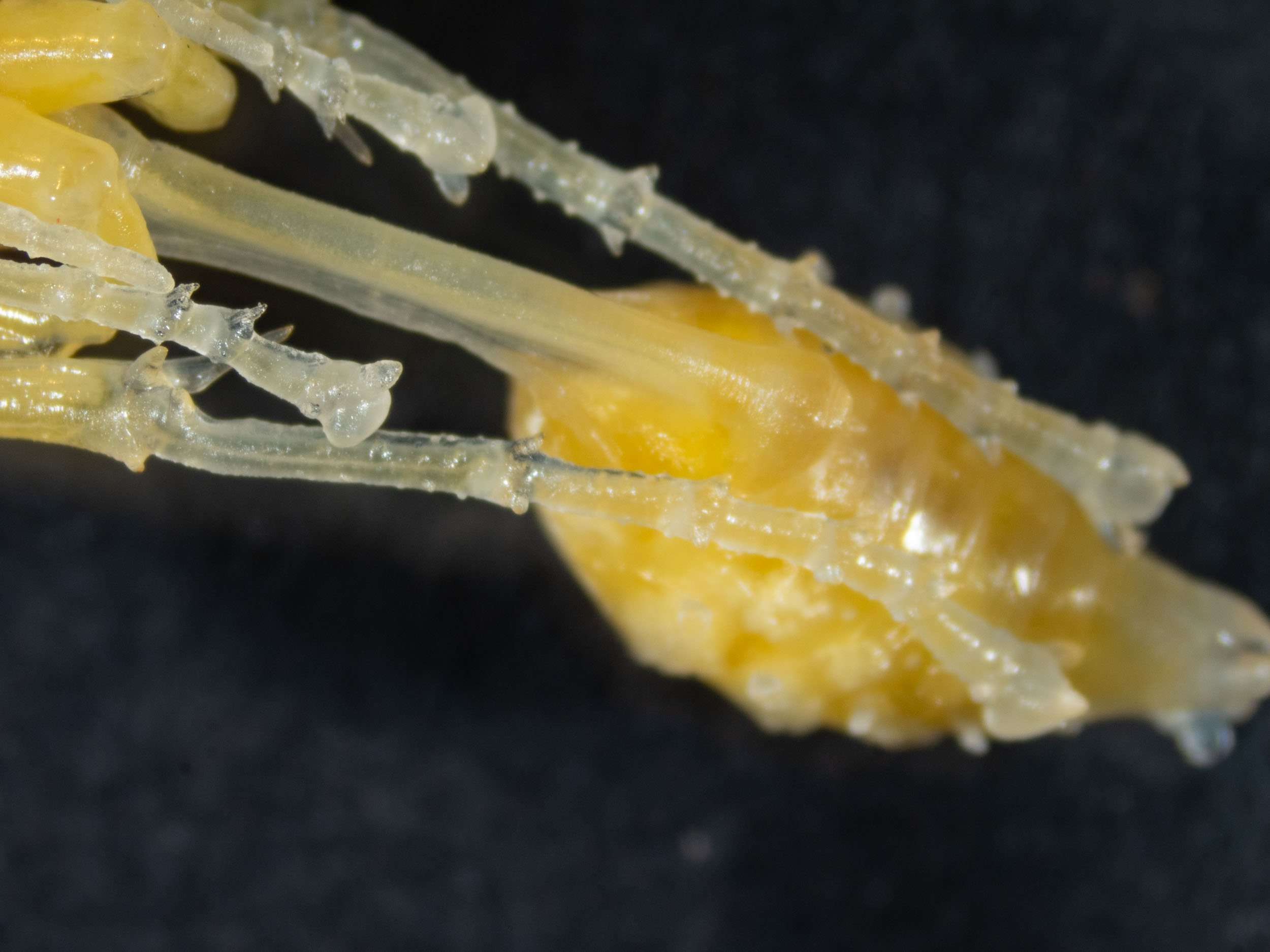

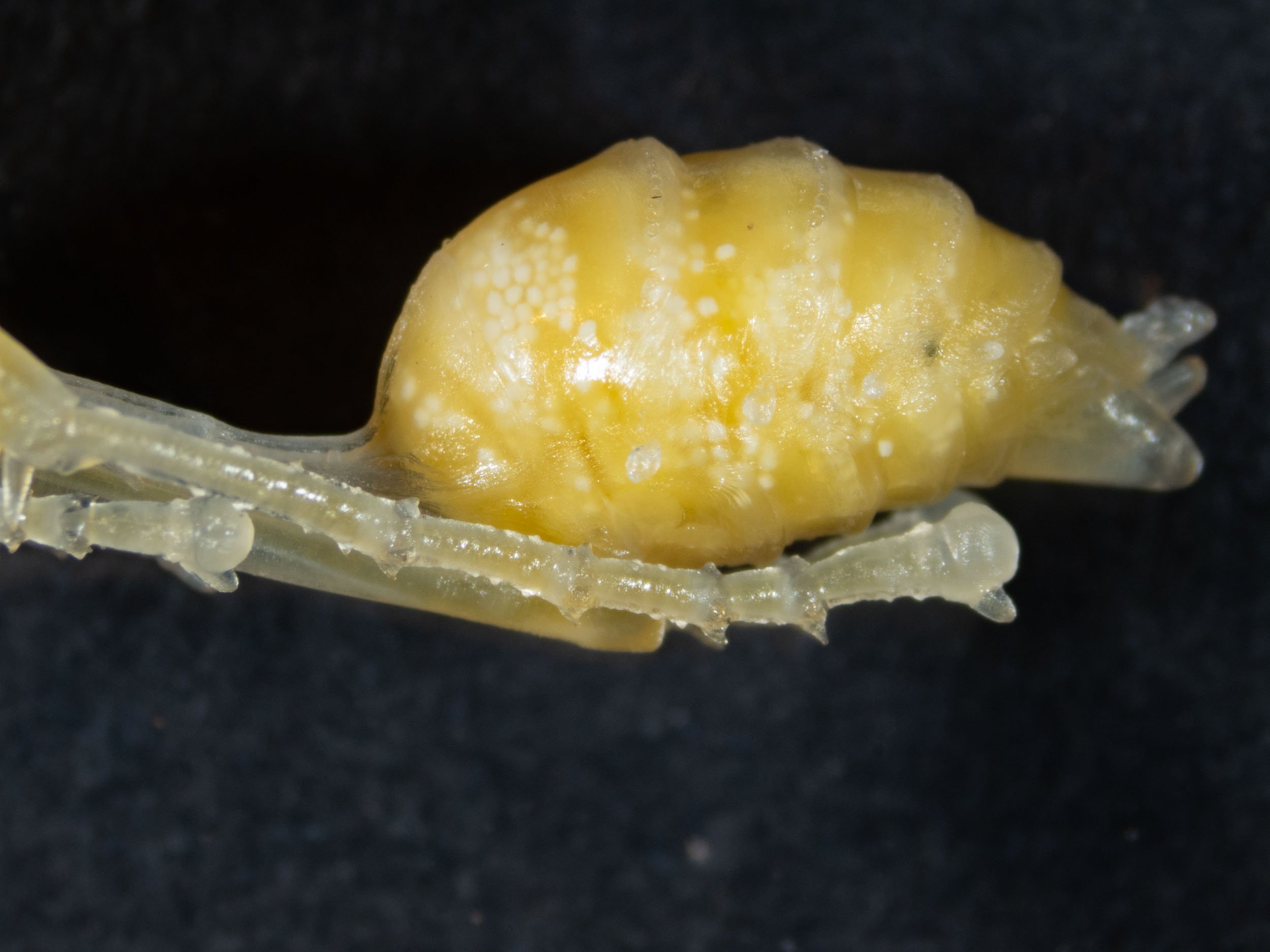
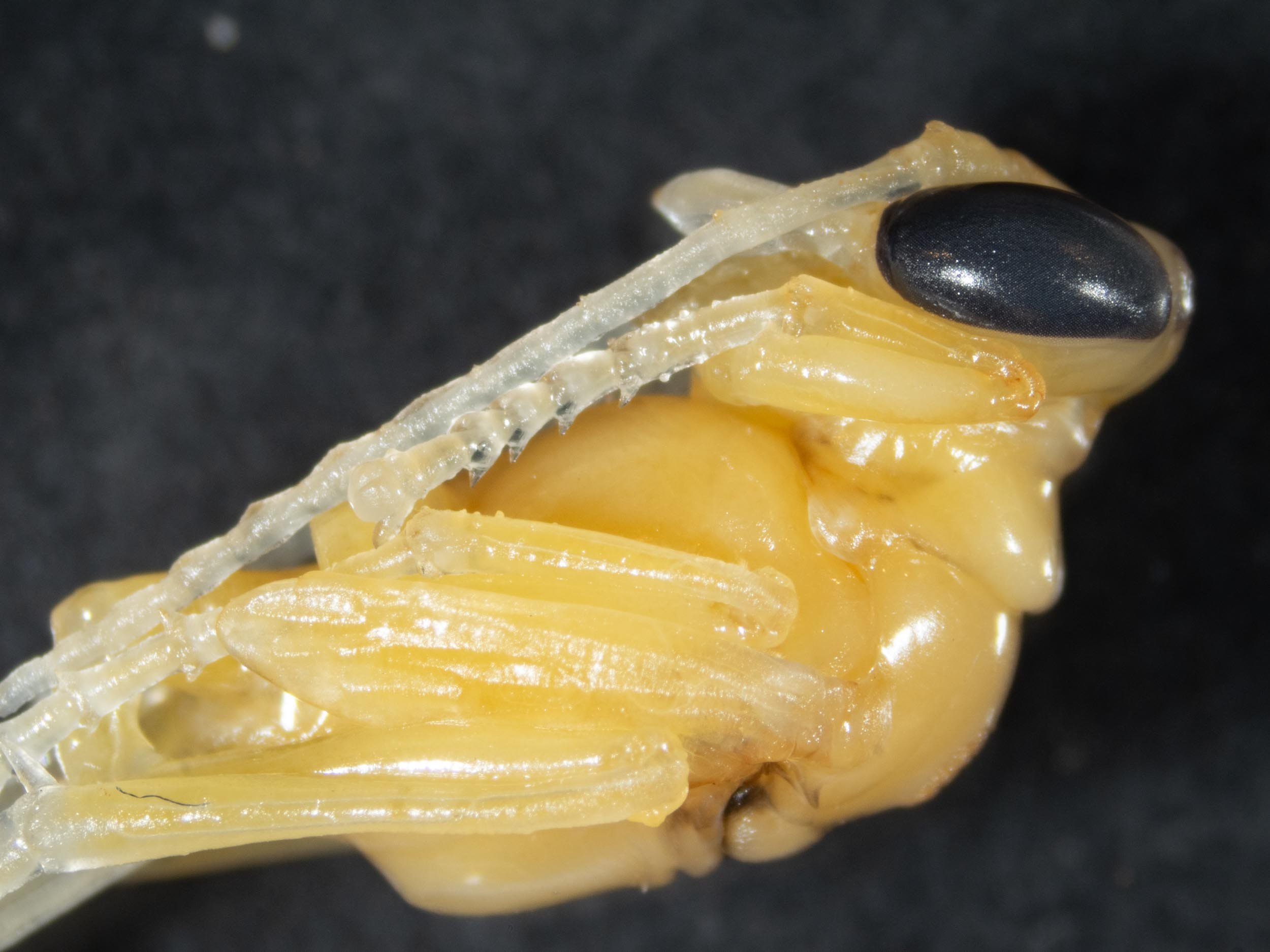
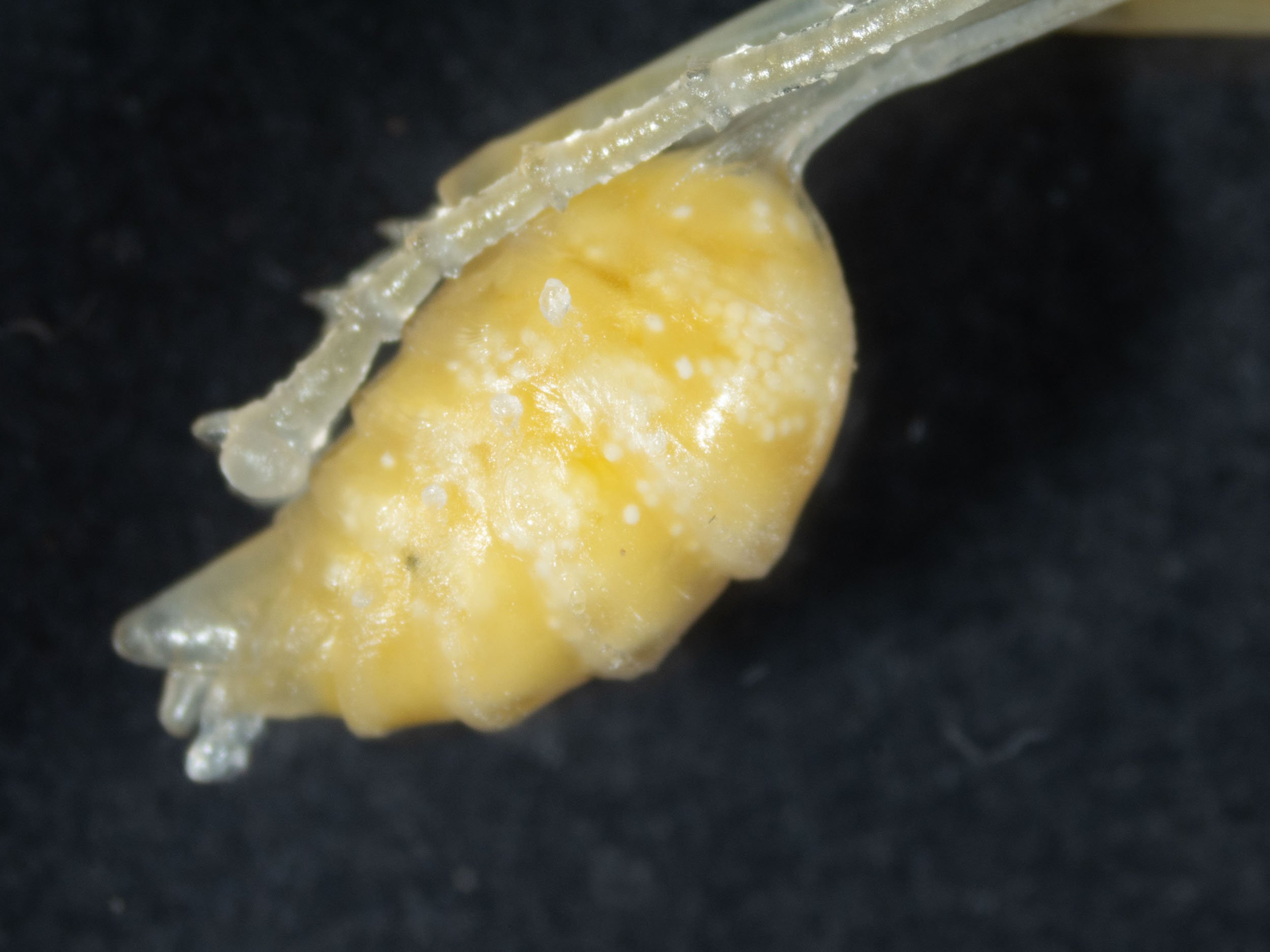
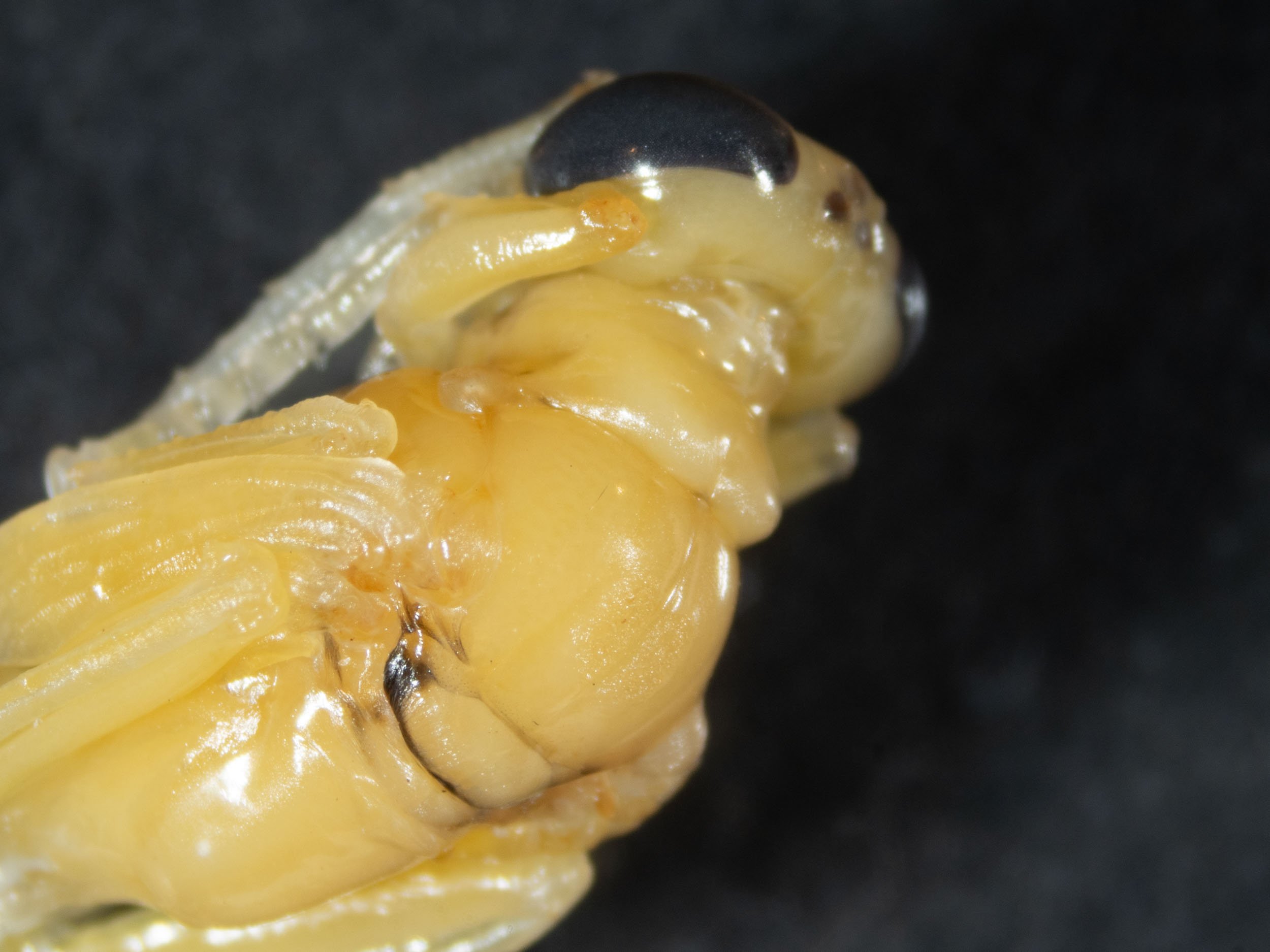
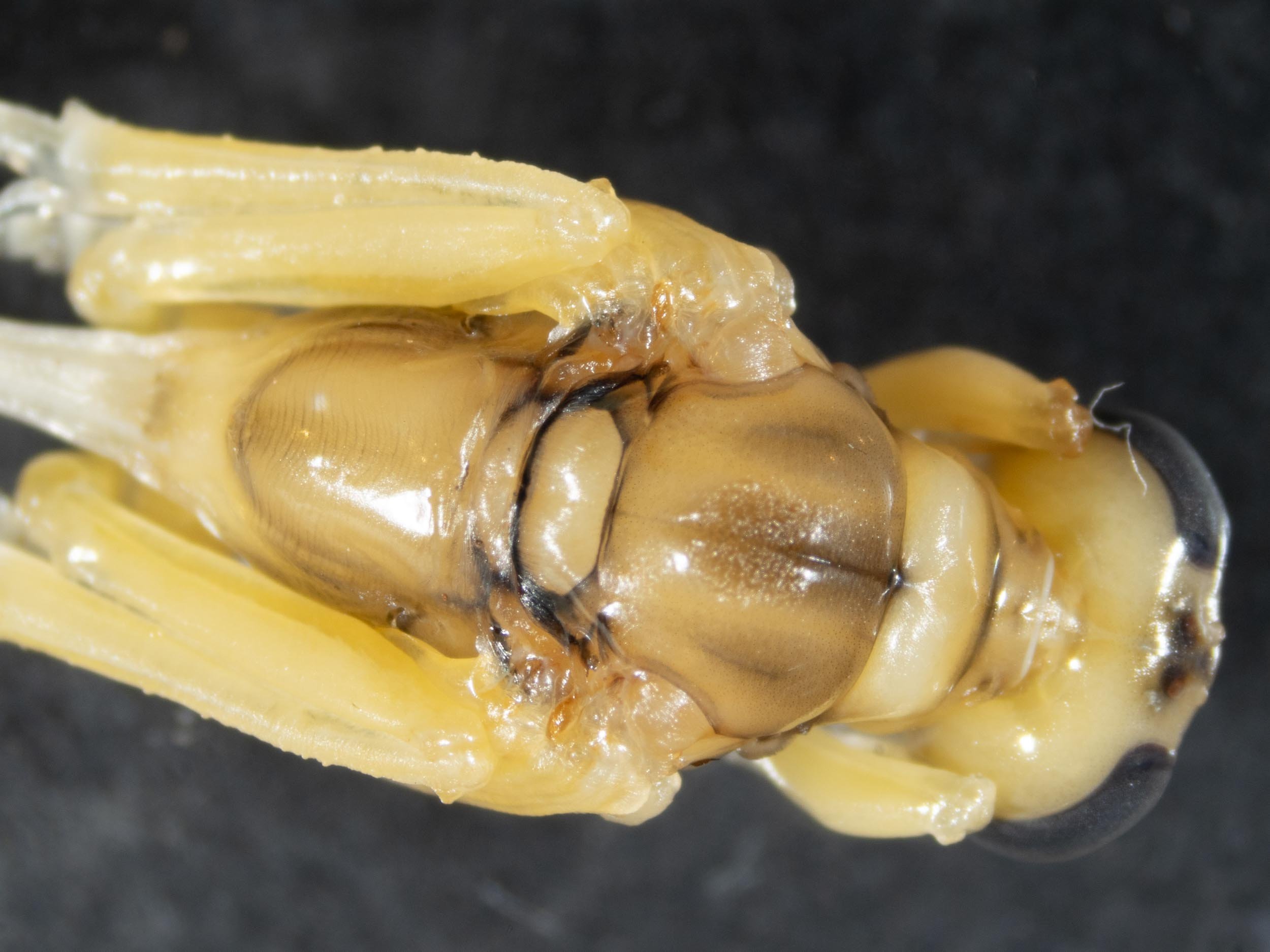
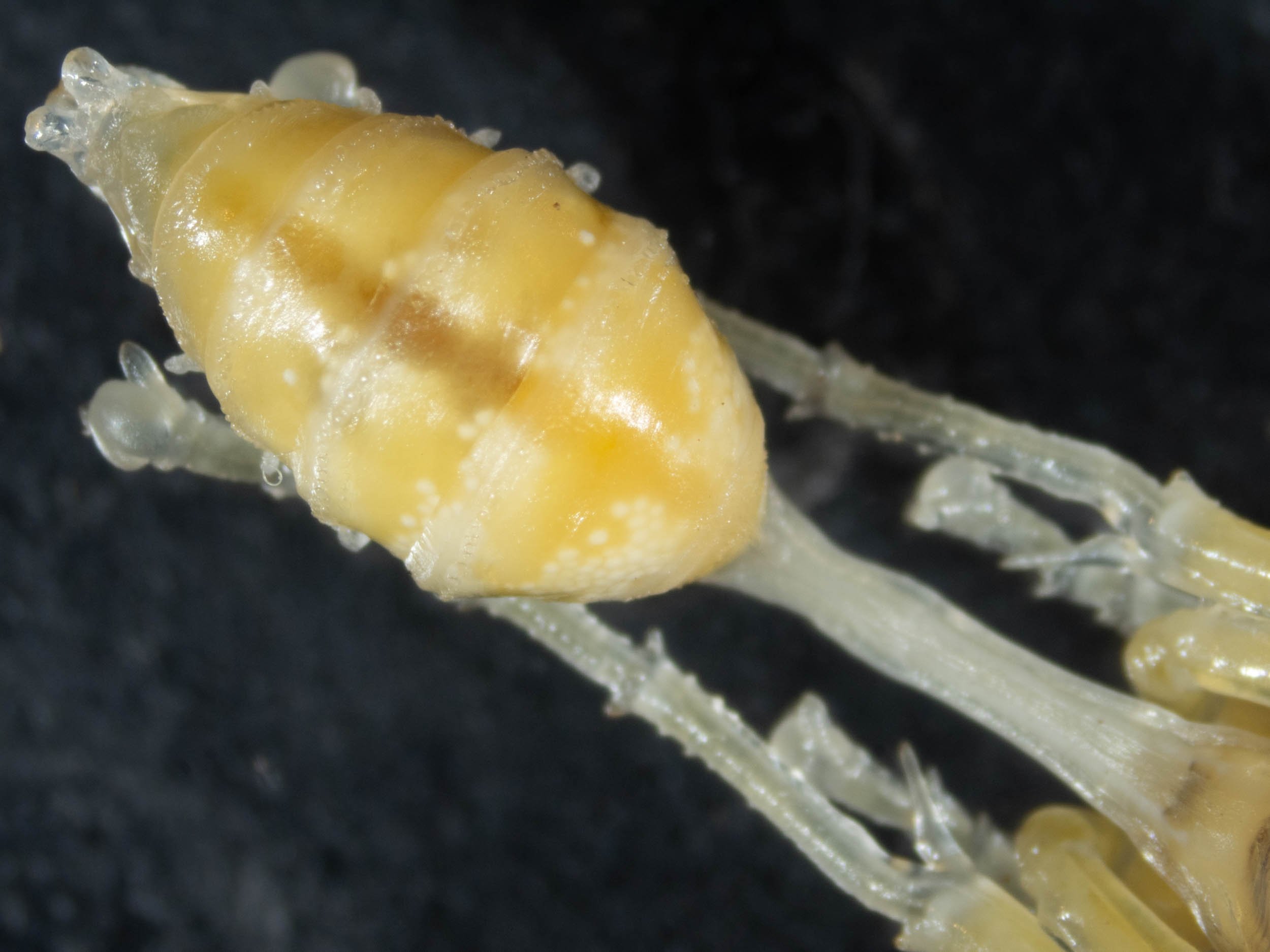
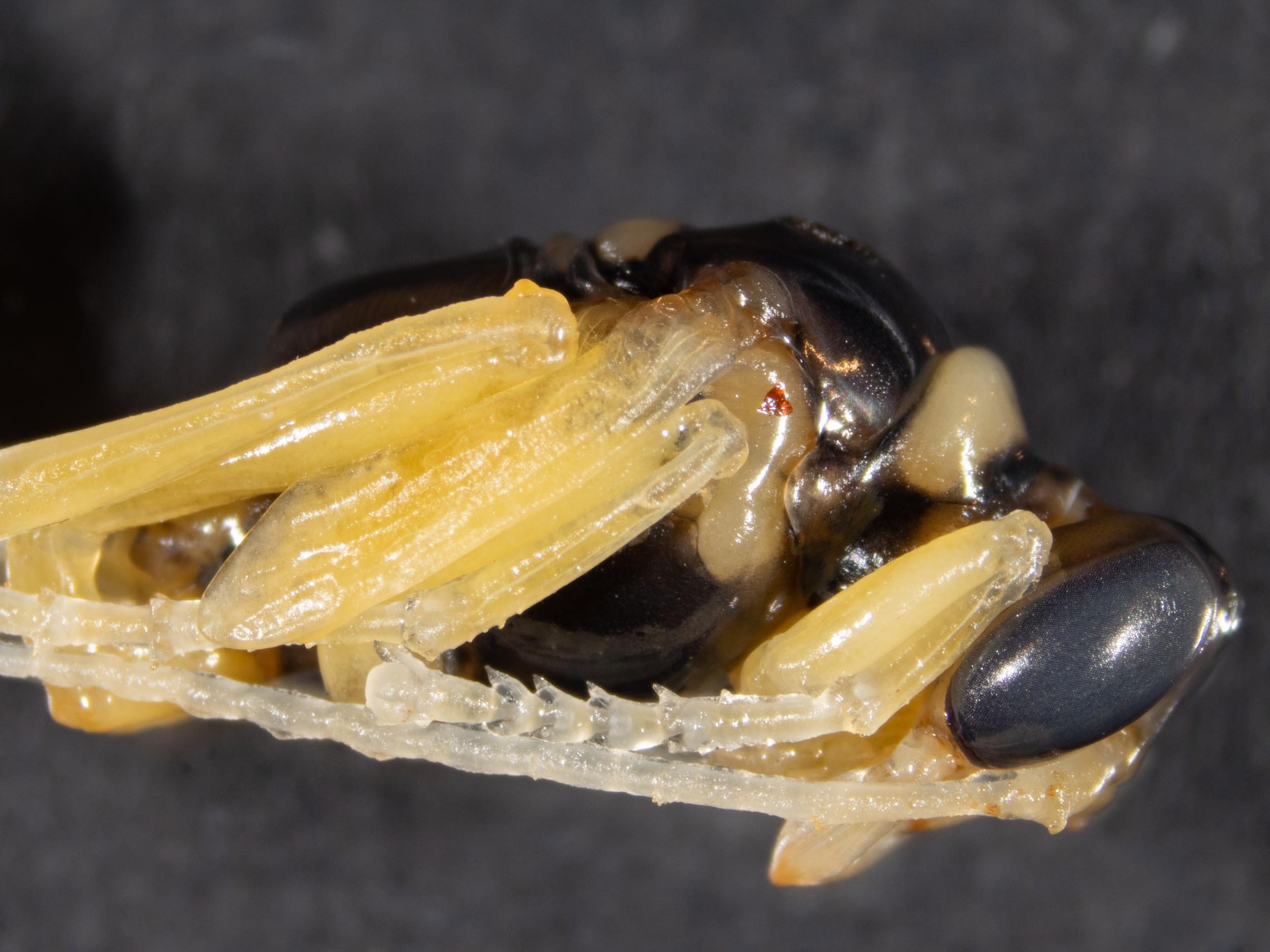
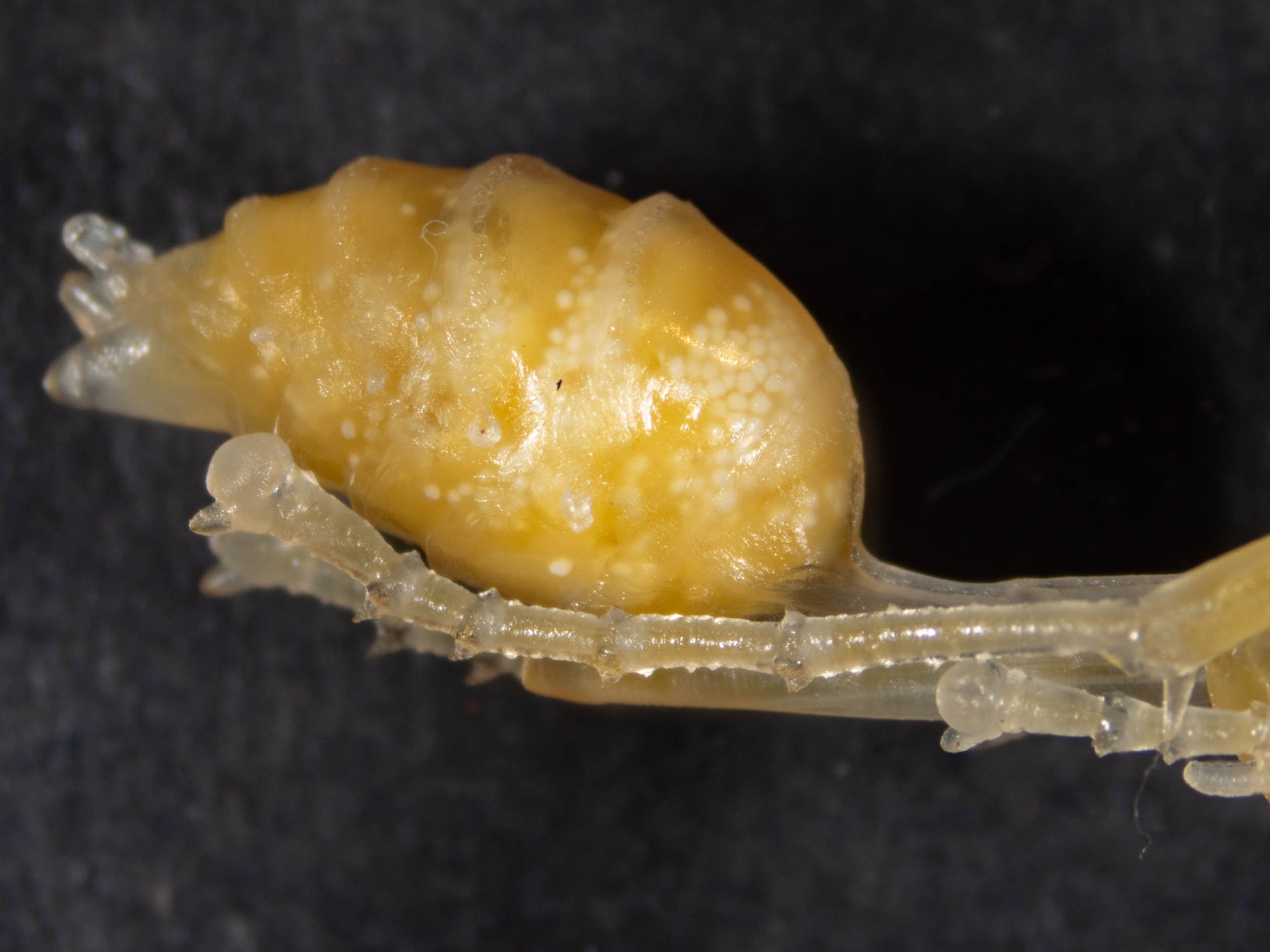
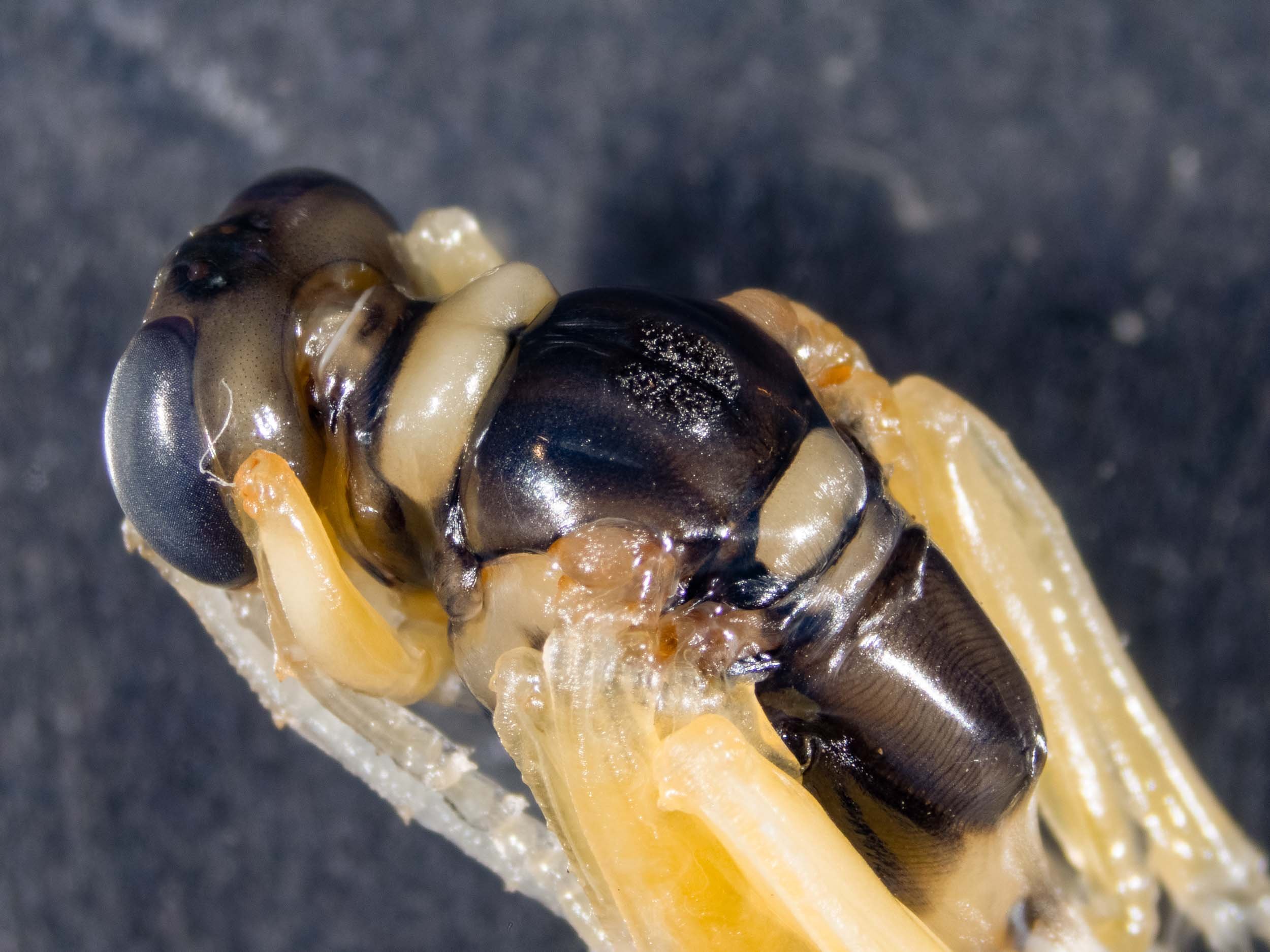
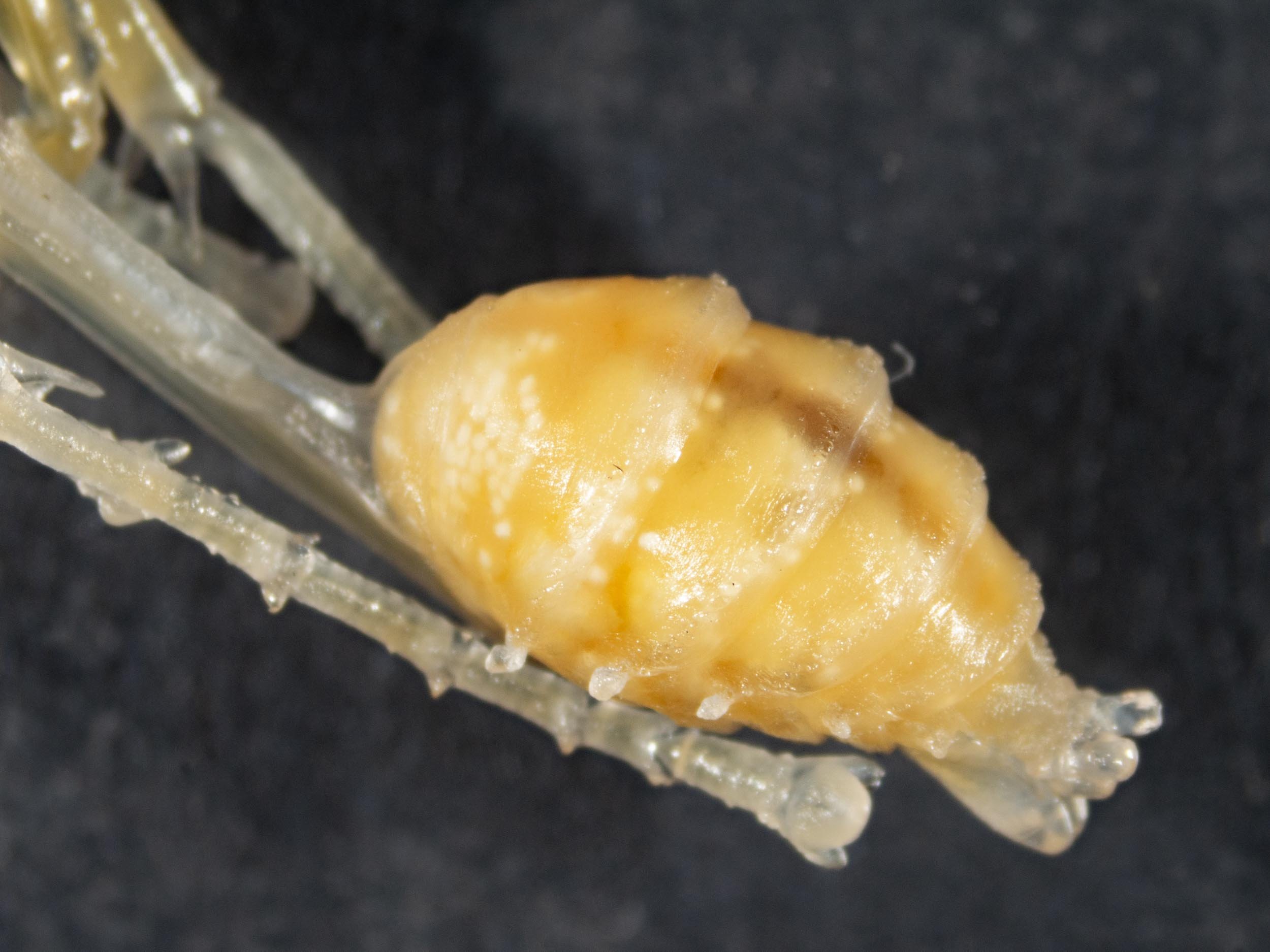


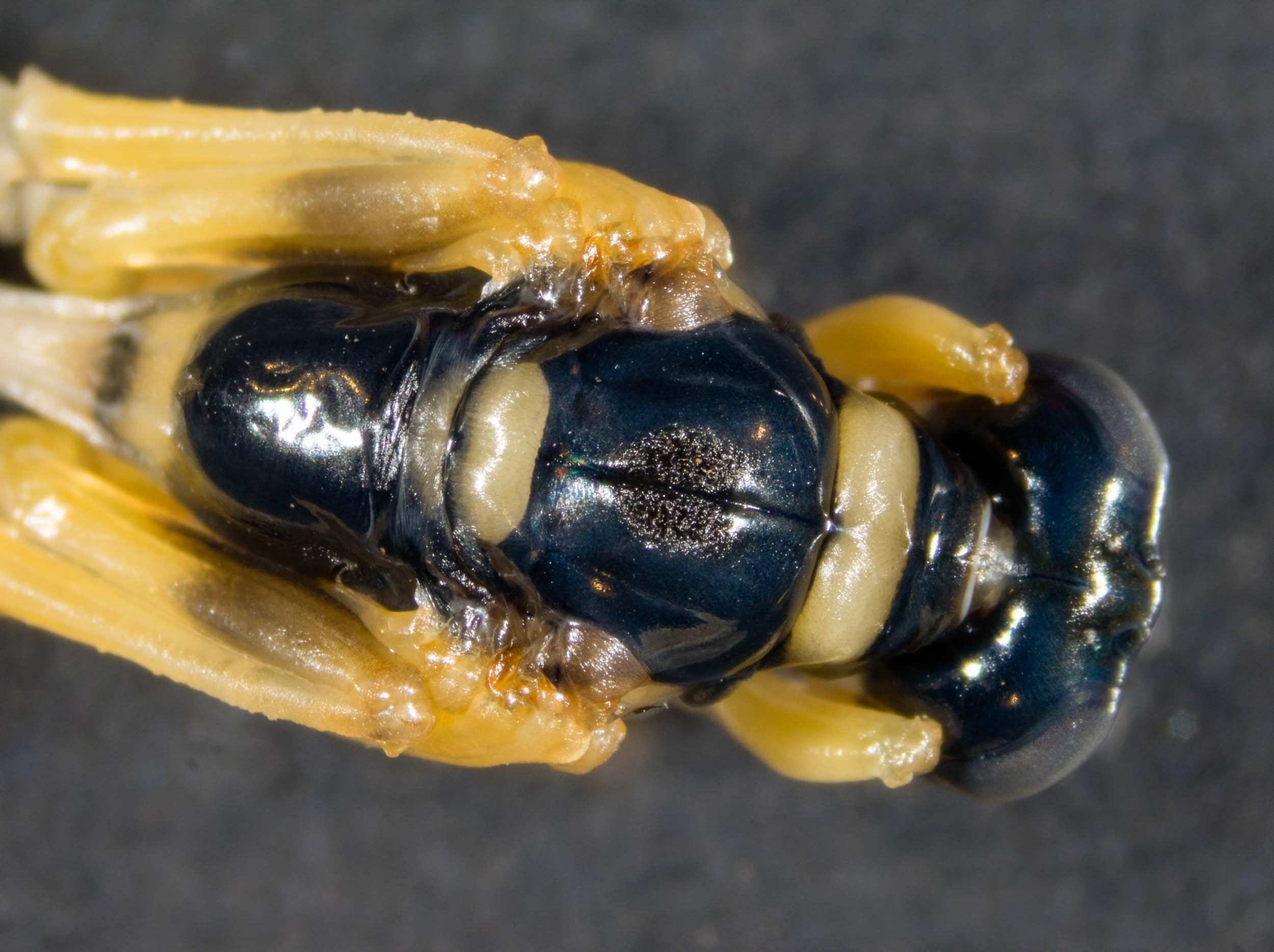
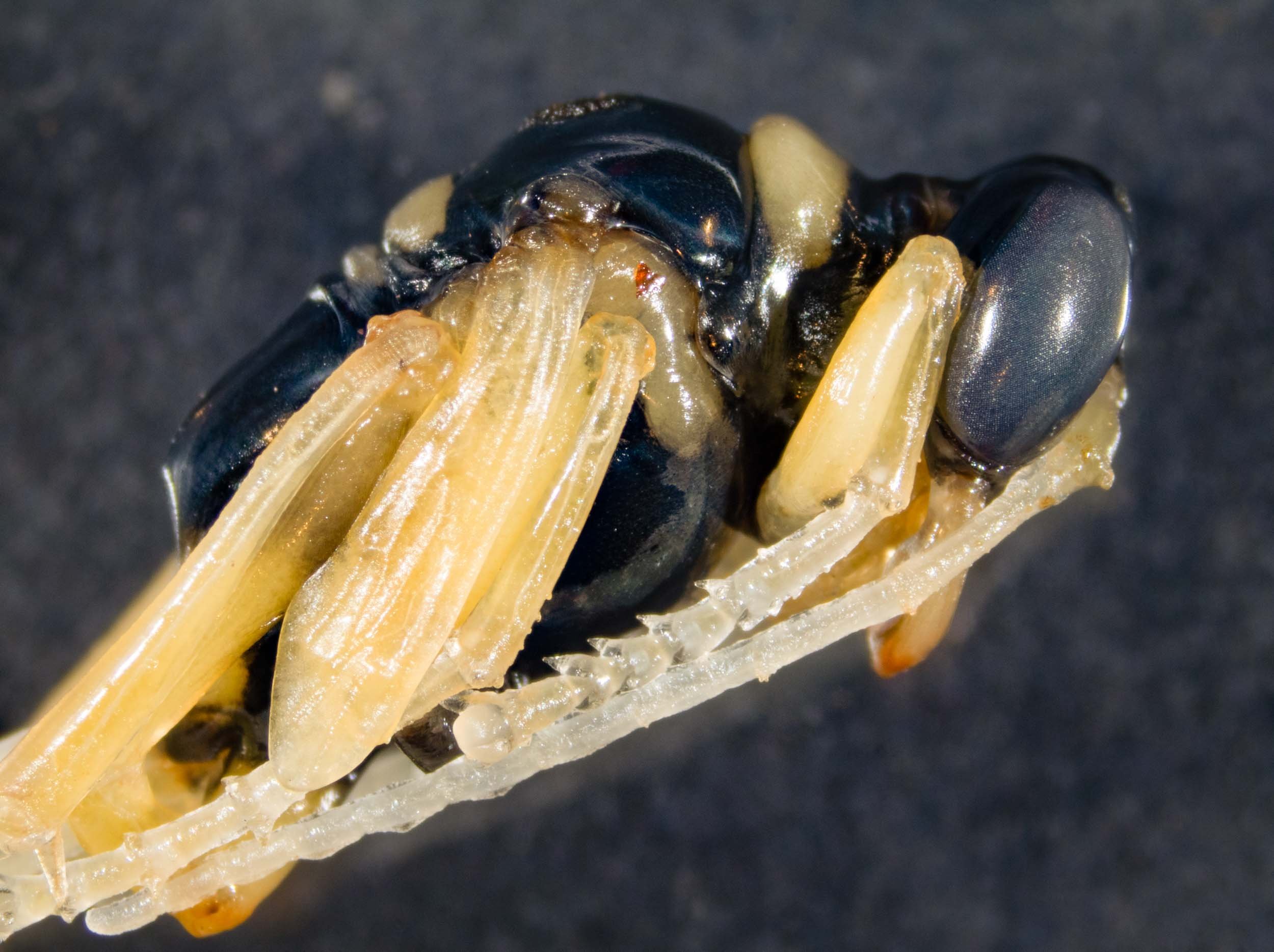
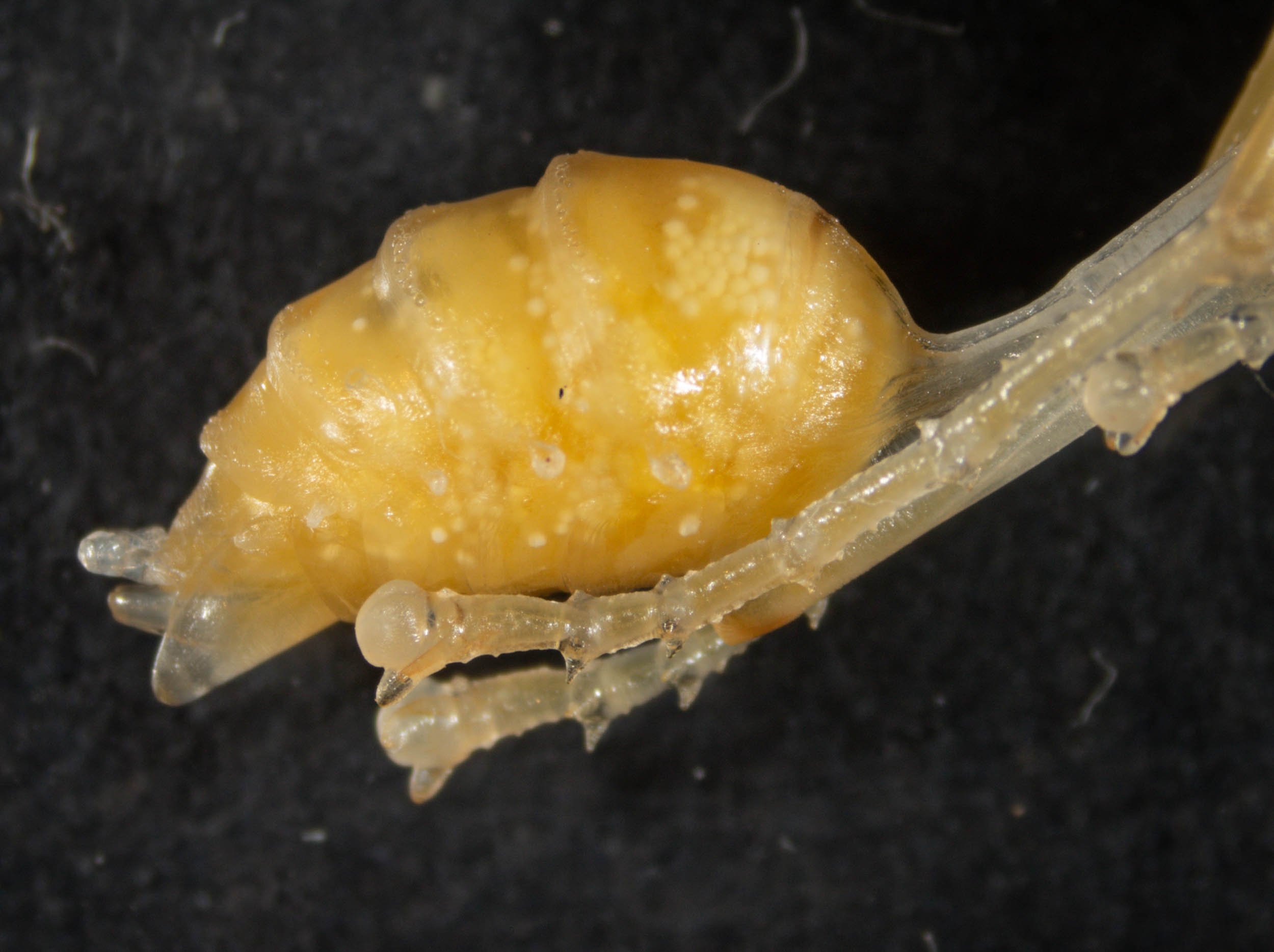
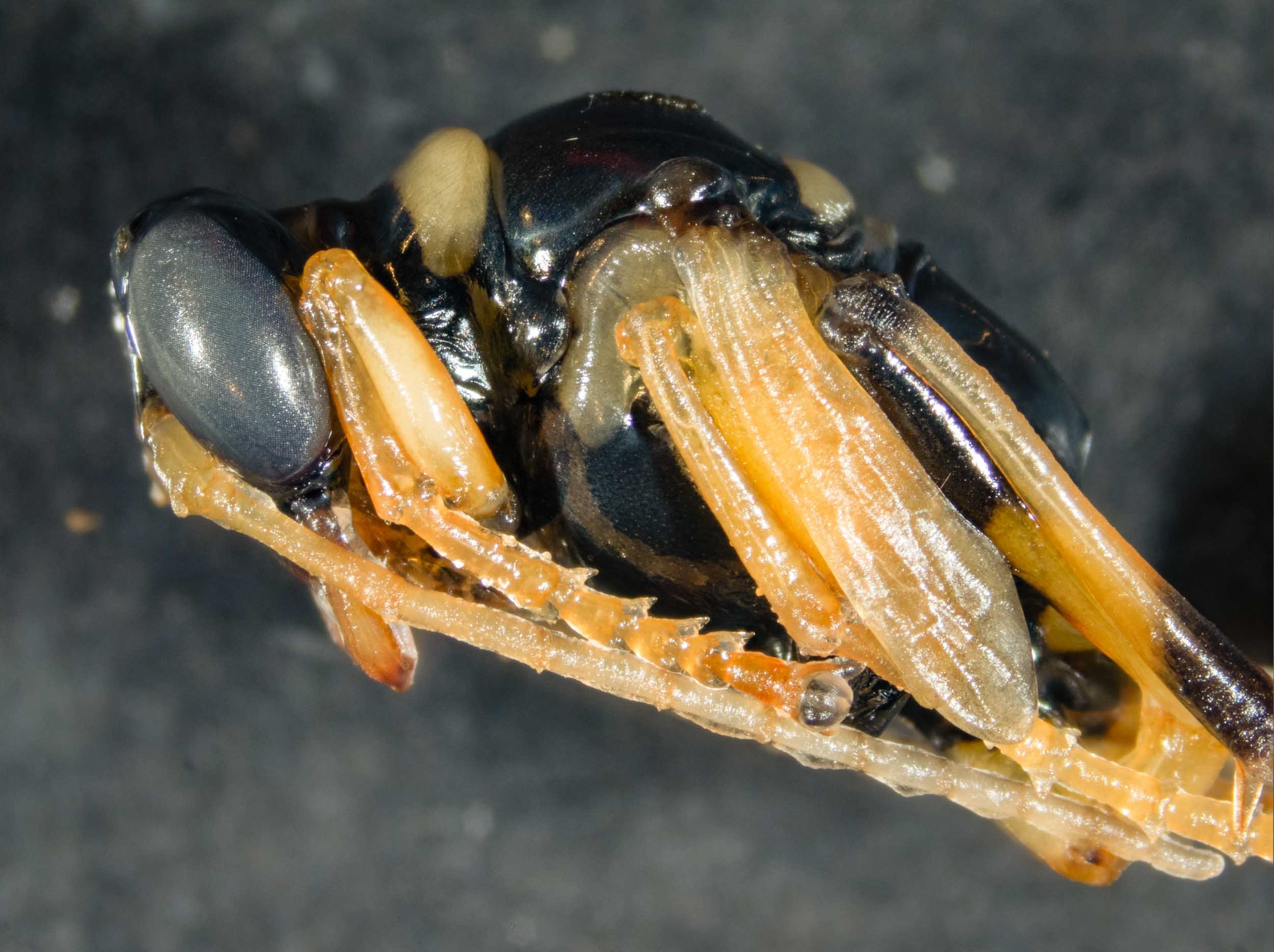
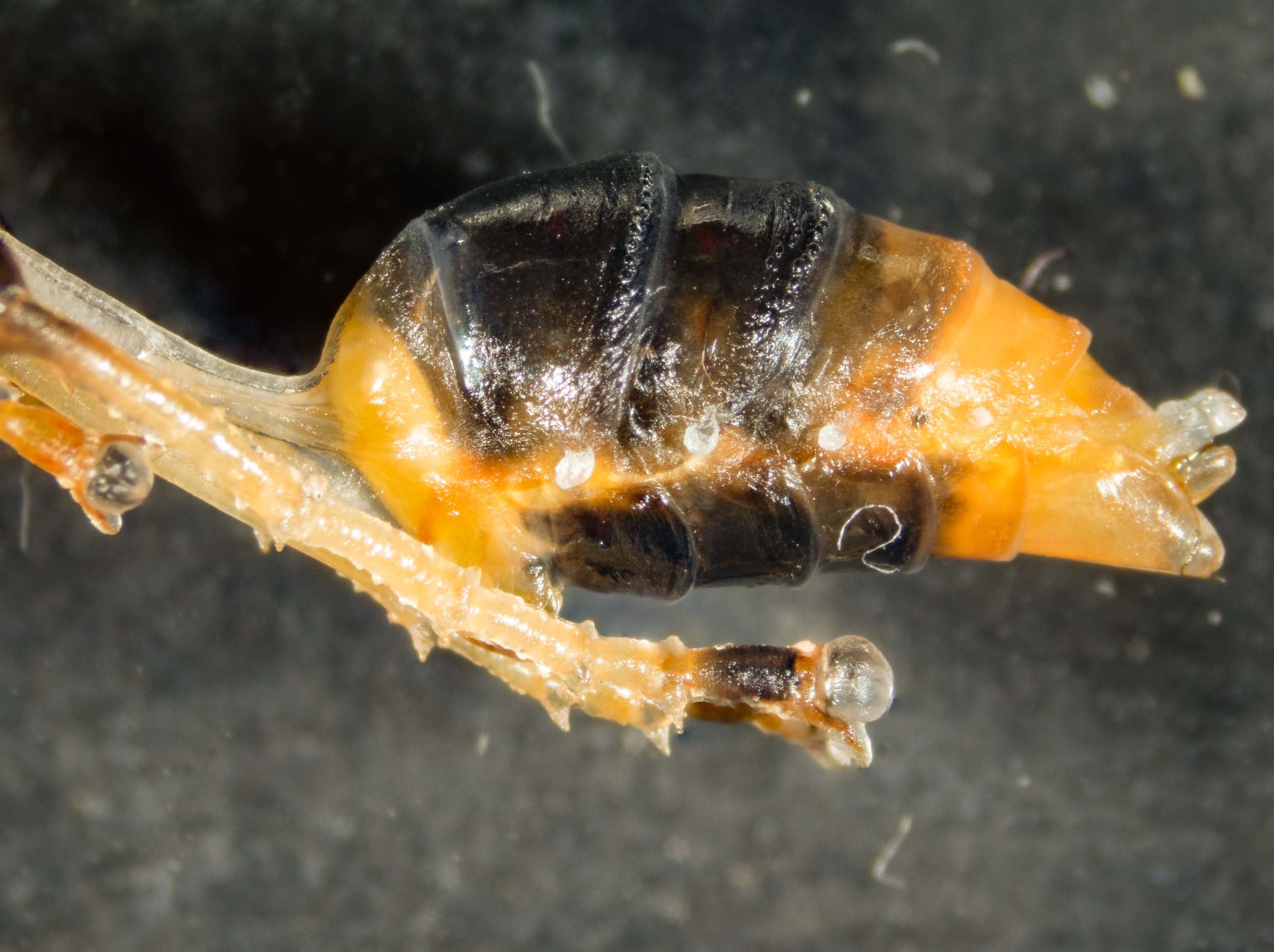

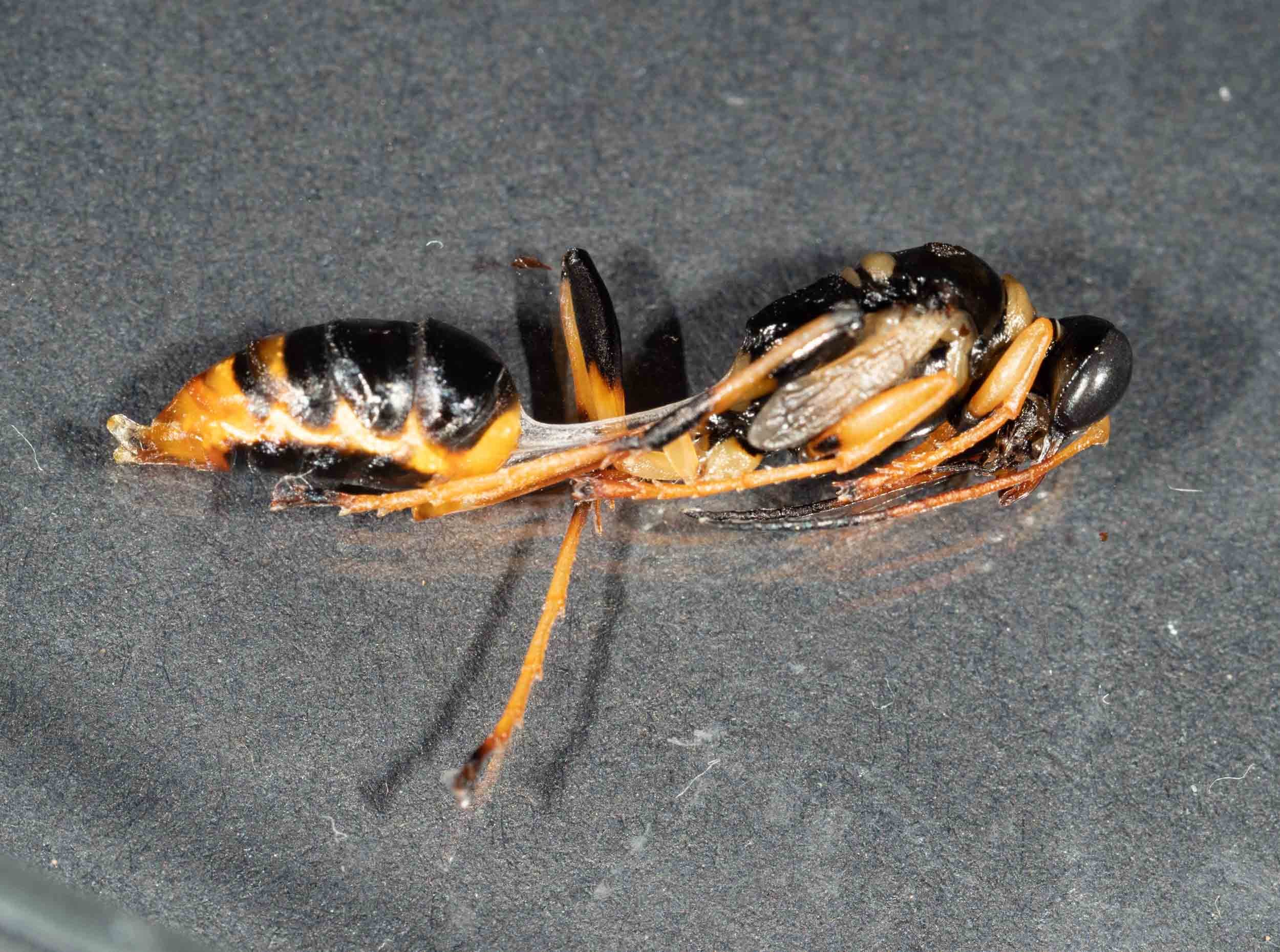
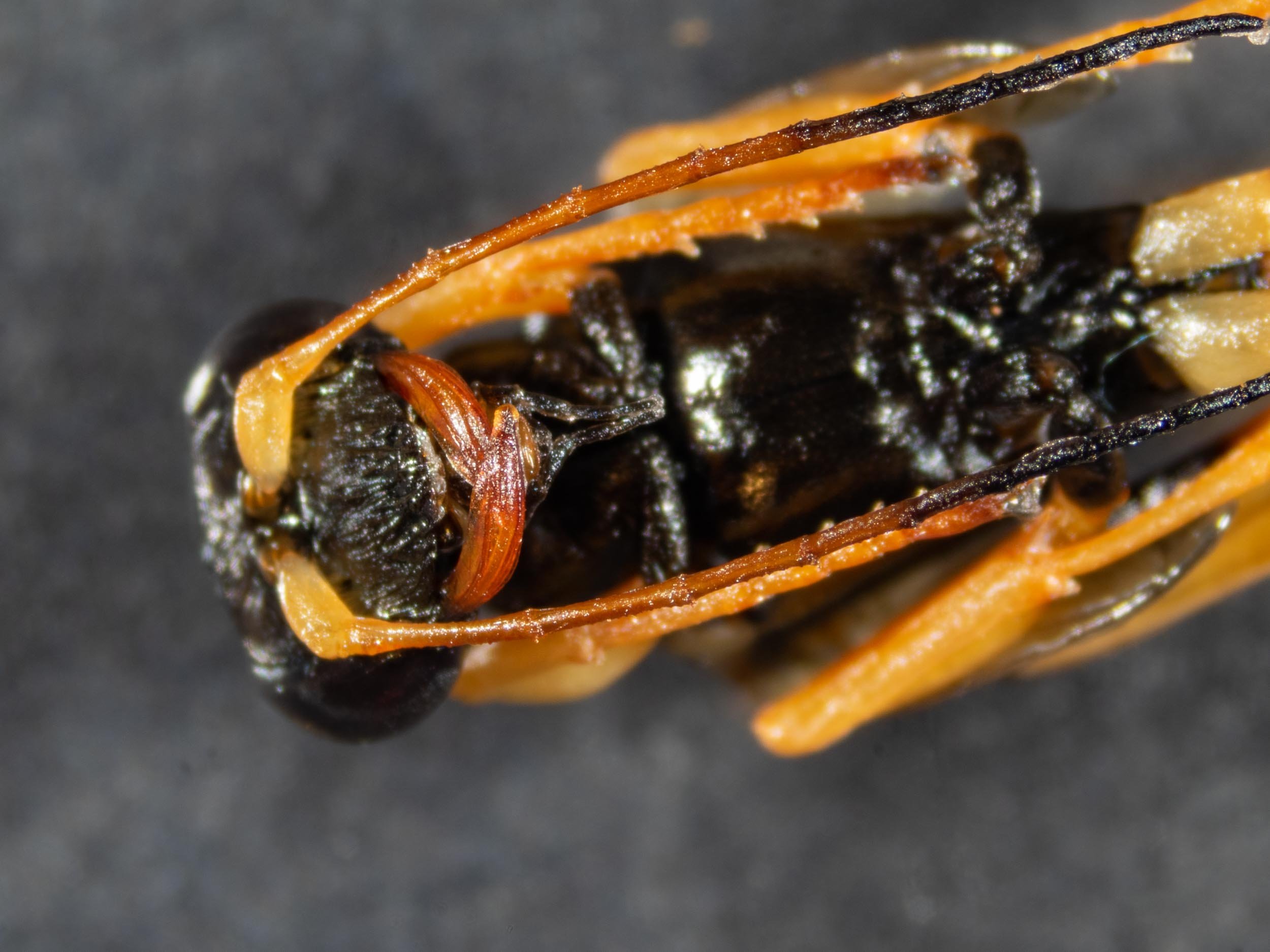

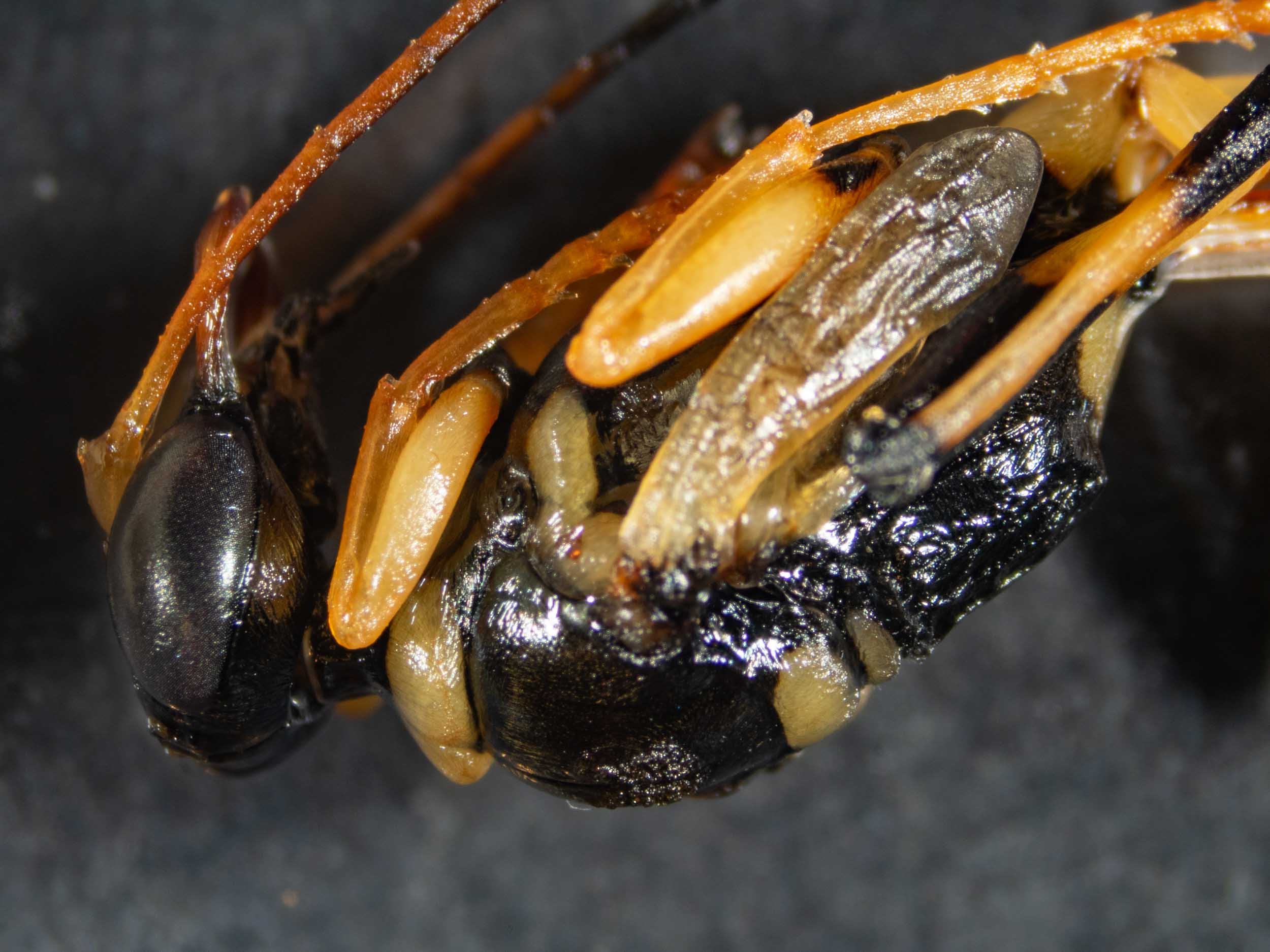
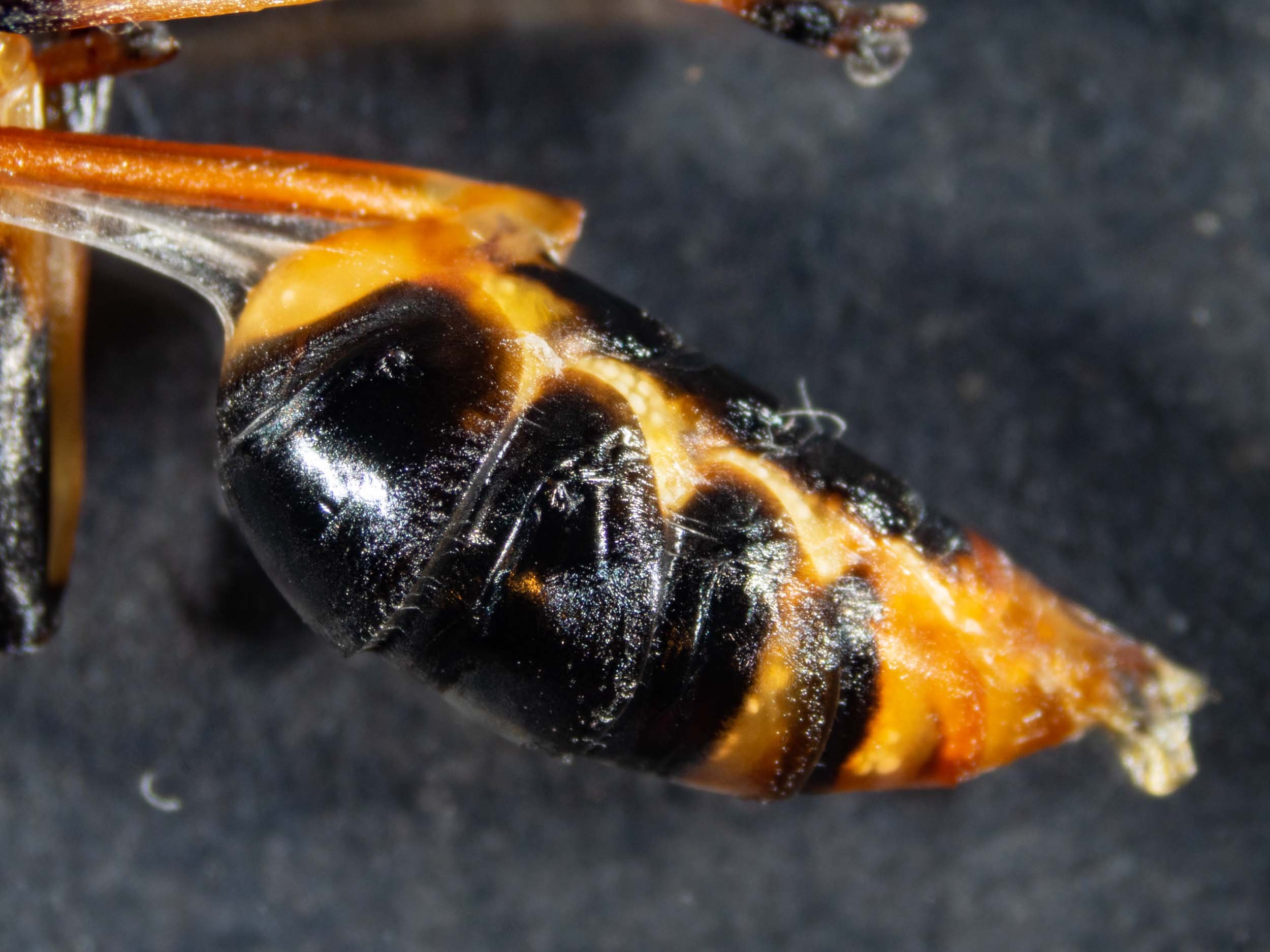

Cell B - first wasp to emerge
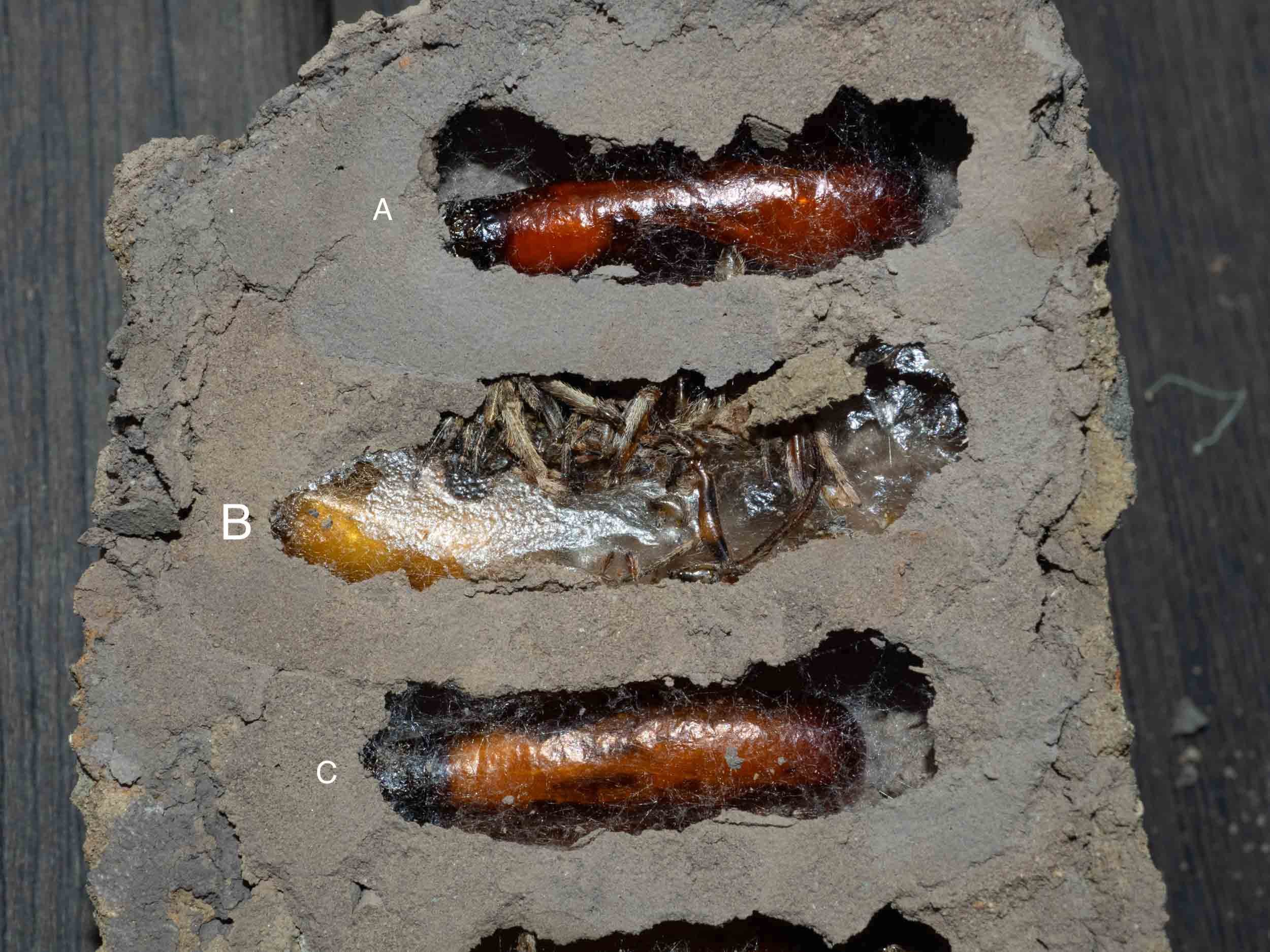
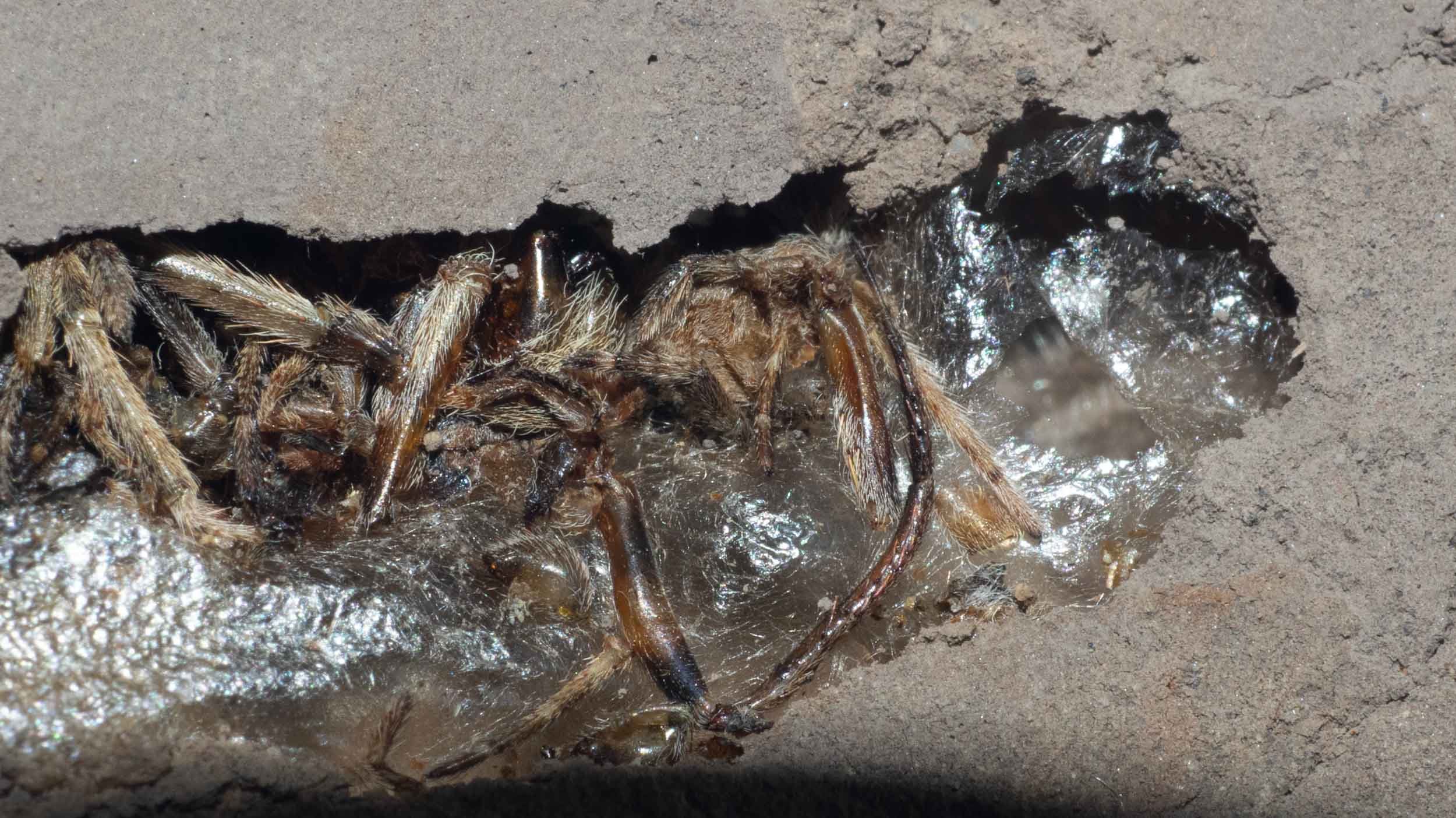


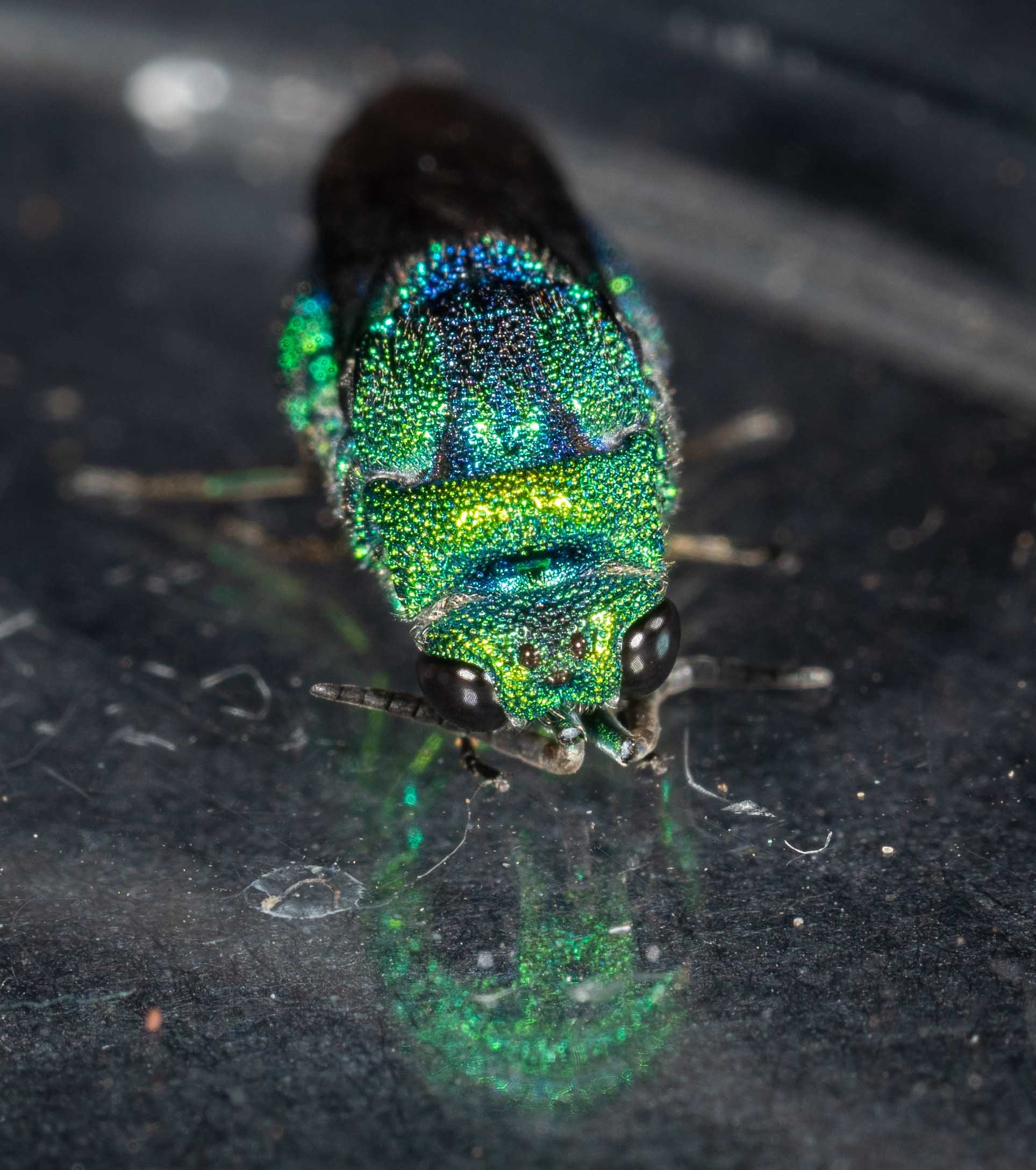
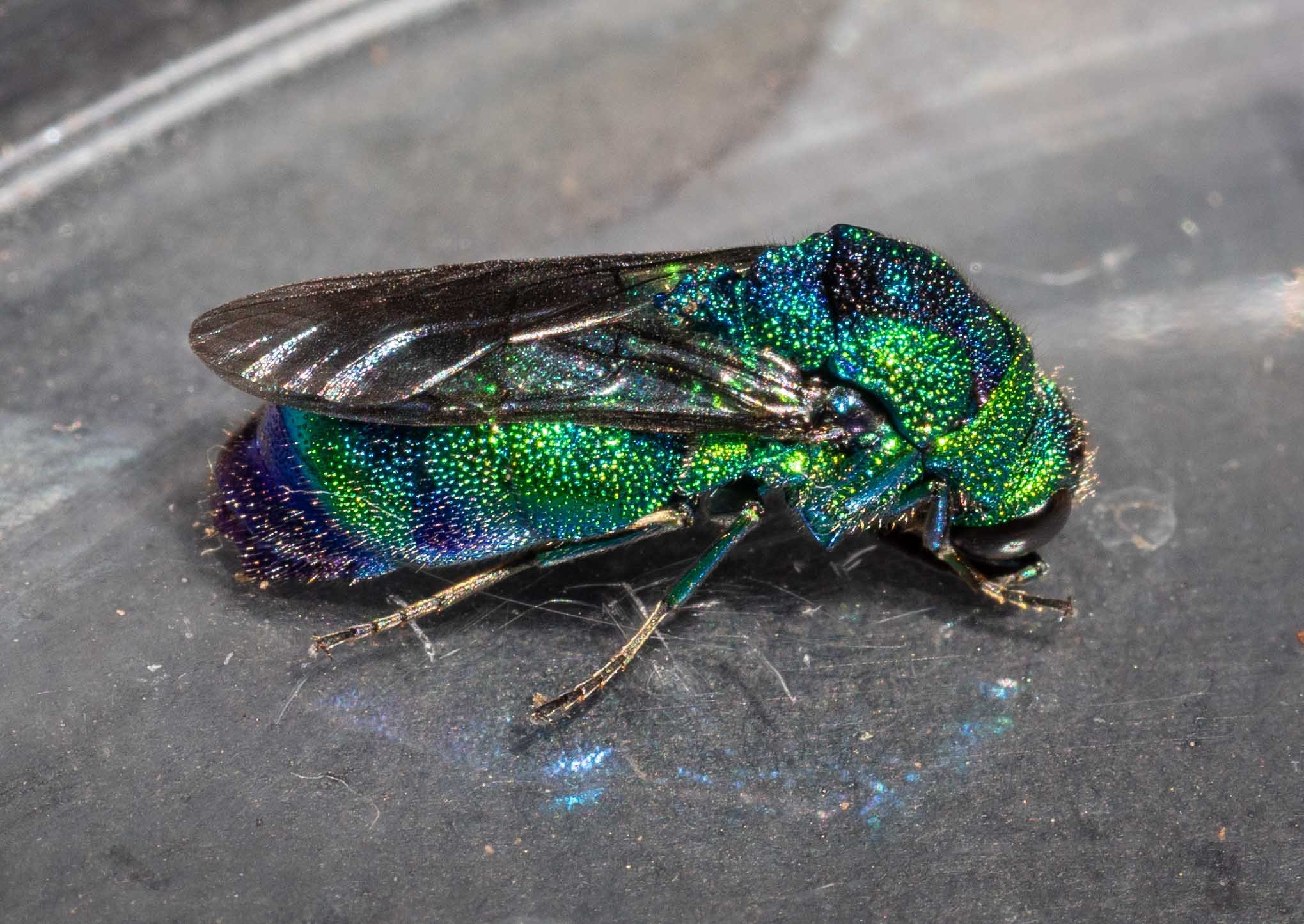
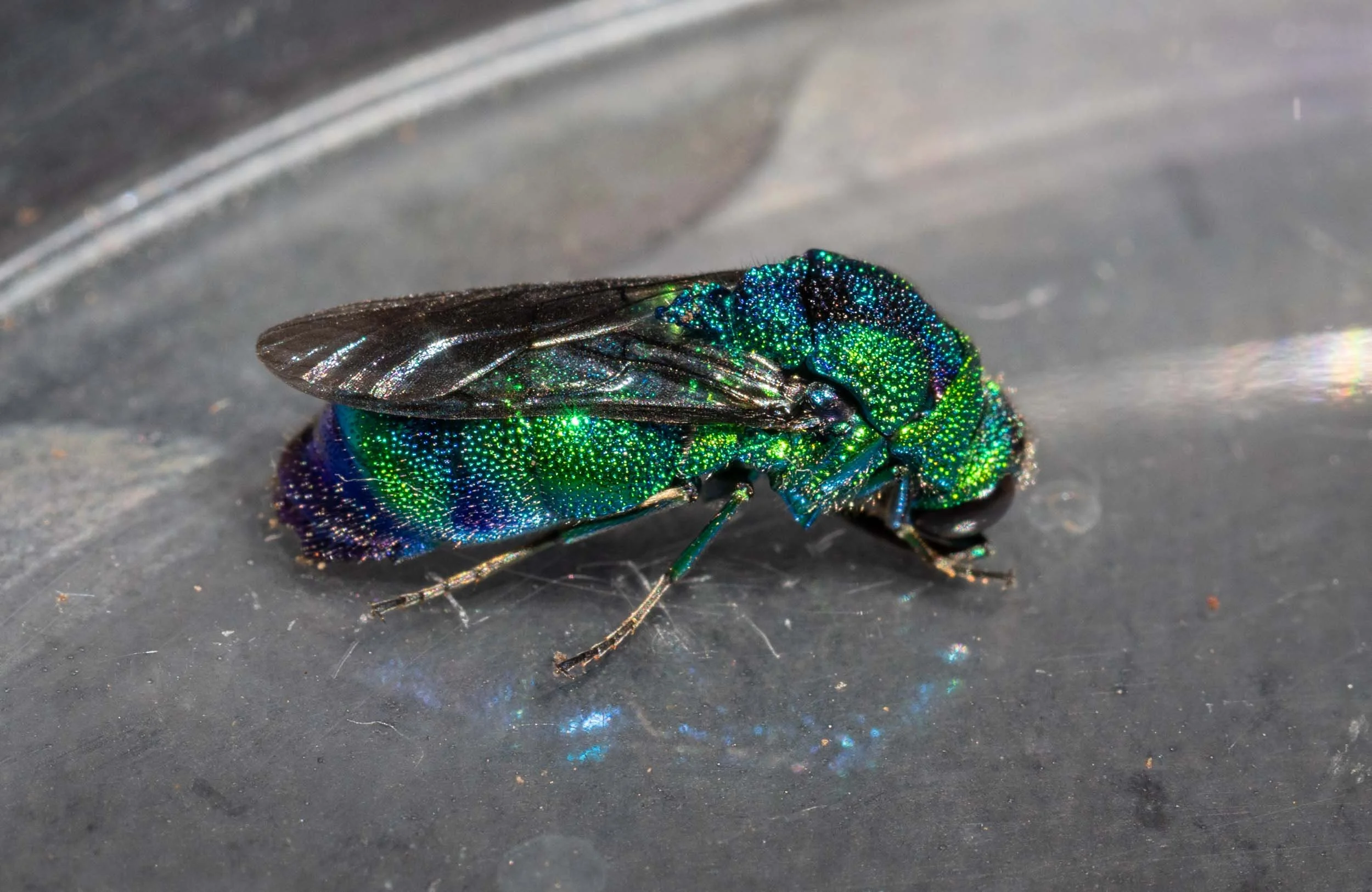
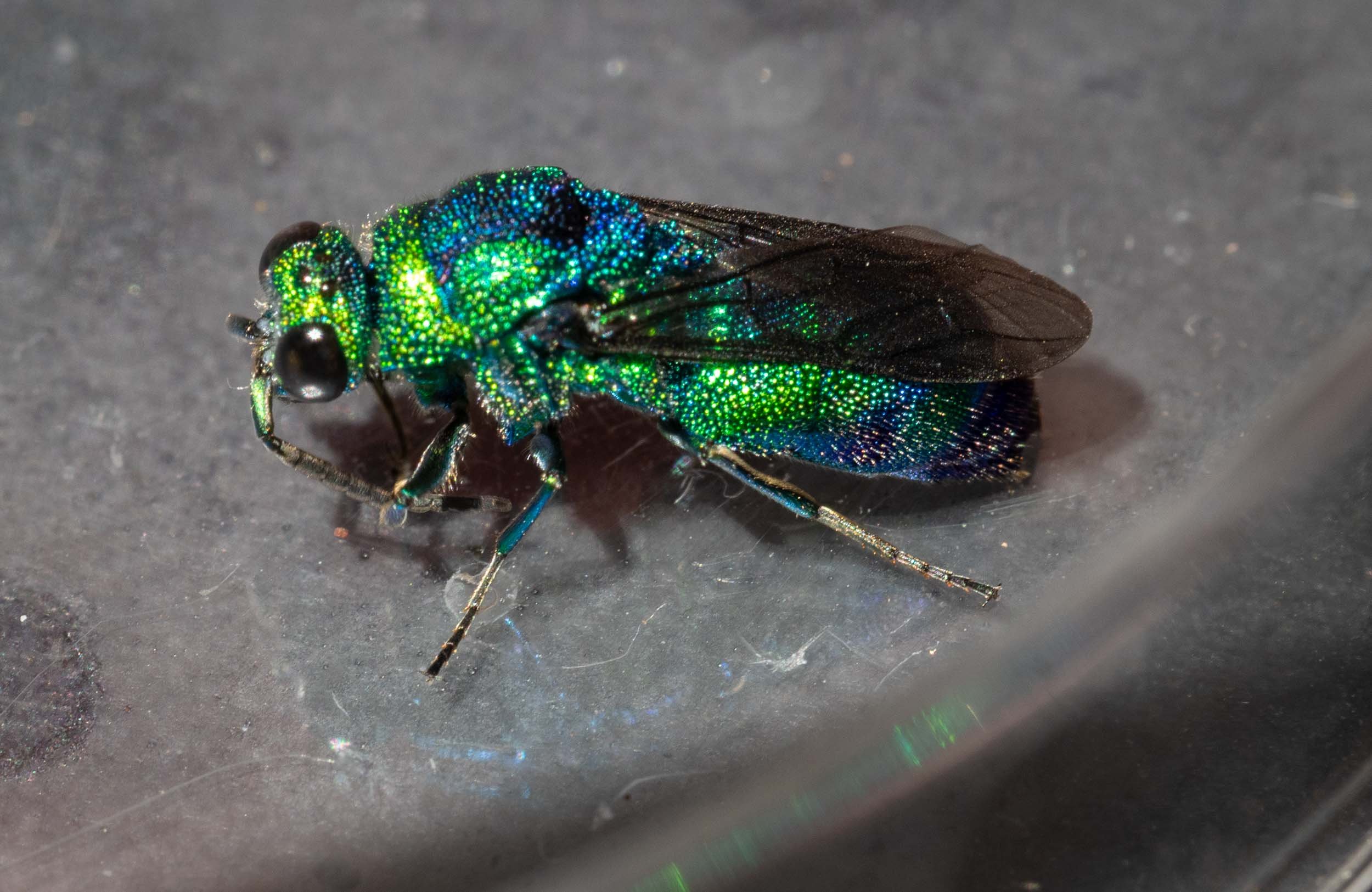
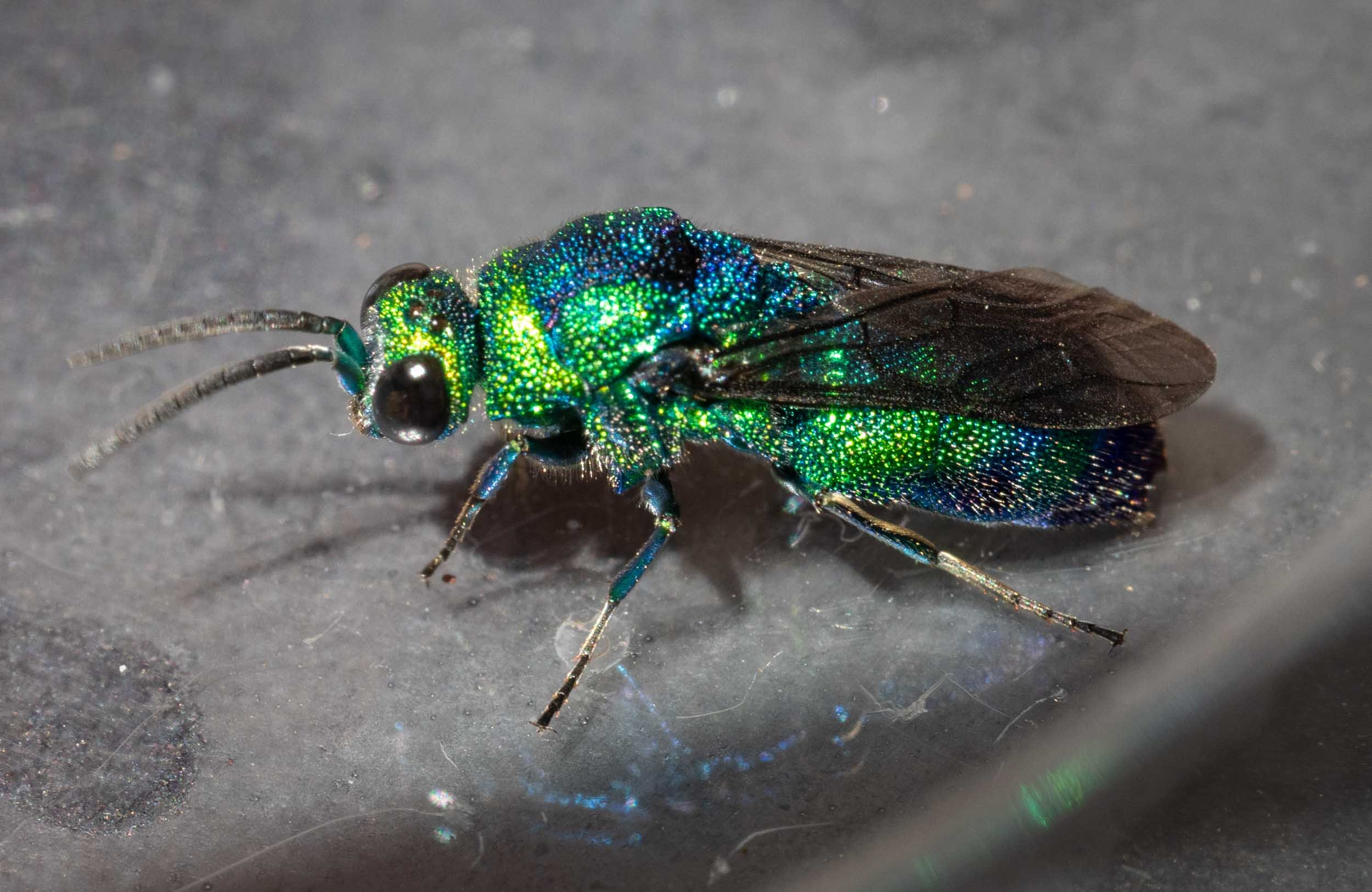


Cell B - dead and imaged for identification
Galleries of emergent wasps
Cell N, 31/1/22, live and just 1-2 hours following emergence
Cell O, 31/1/22, live and within 30 mins of emergence
Cell A, 1/2/22, live and 7 hours after emergence … very flighty!
Cell C, 1/2/22, live and 6 hours after emergence … also quite keen to fly (although unlike A, this one didn’t make it to the kitchen window)
E - emerged 6/2
H - emerged 9/2

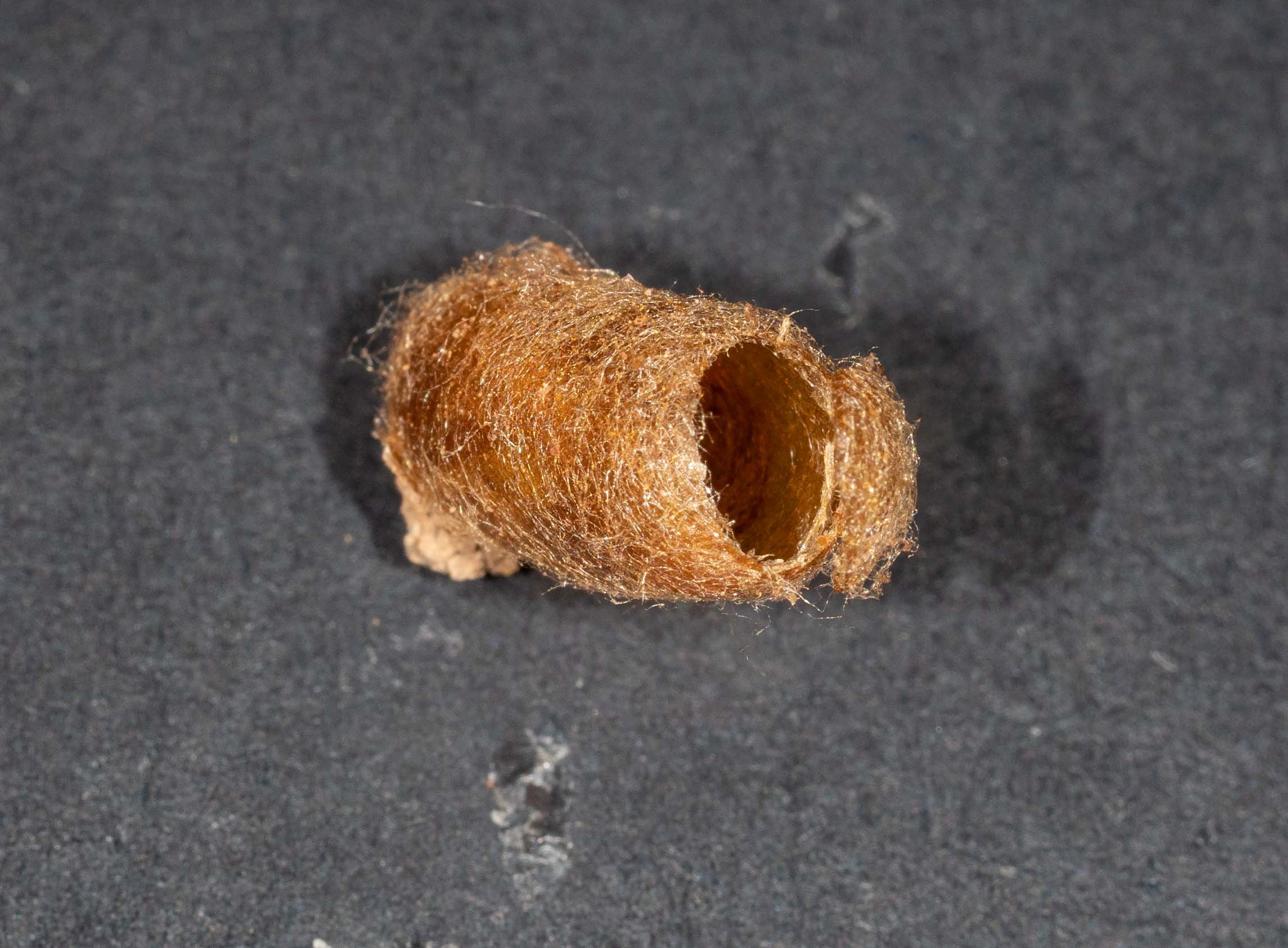
R - emerged 9/2
Q - a very large female, emerged 11/2
S - male, emerged 11/2
M - emerged 12/2 (2pm), very active by 13th (even flew to the window!)
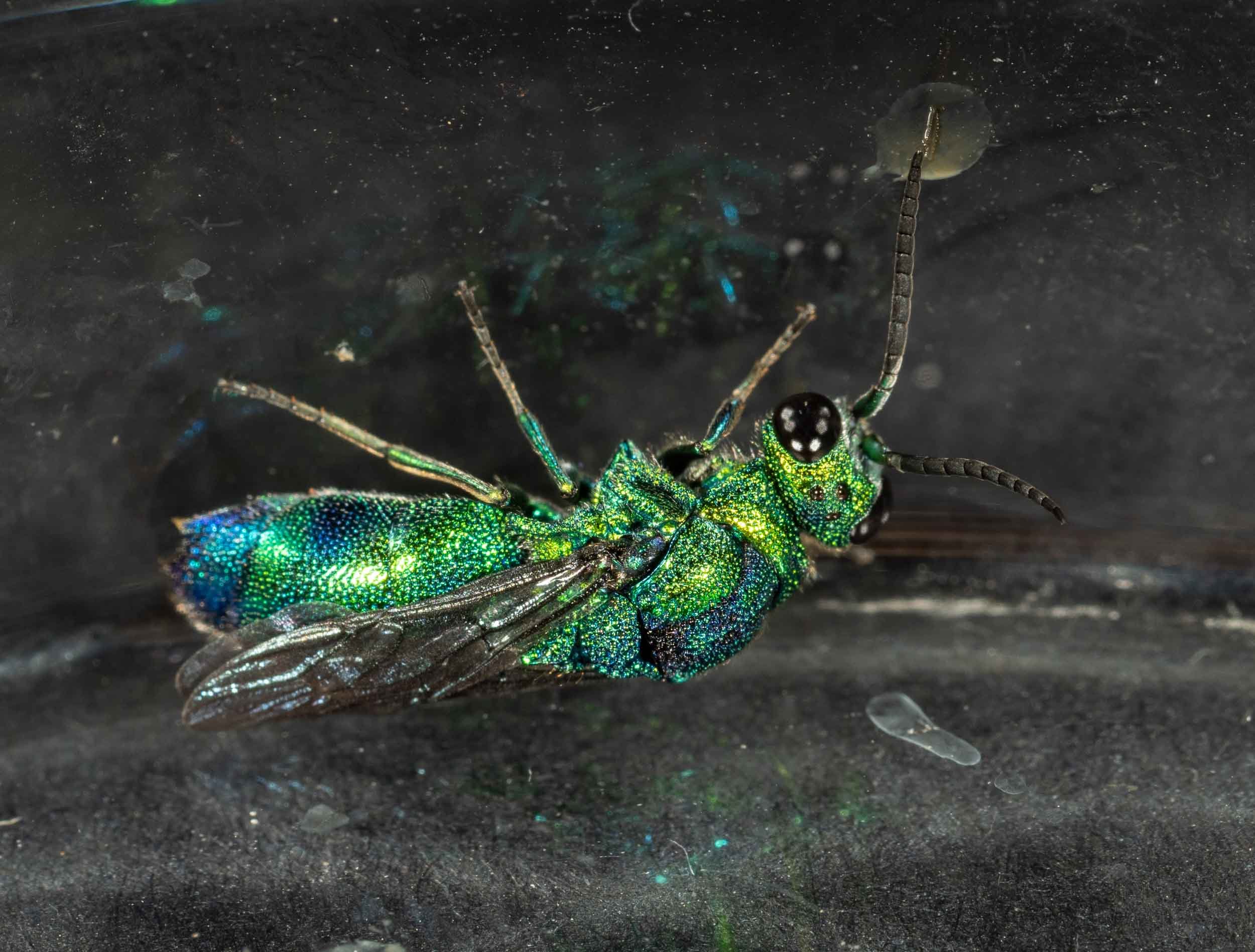
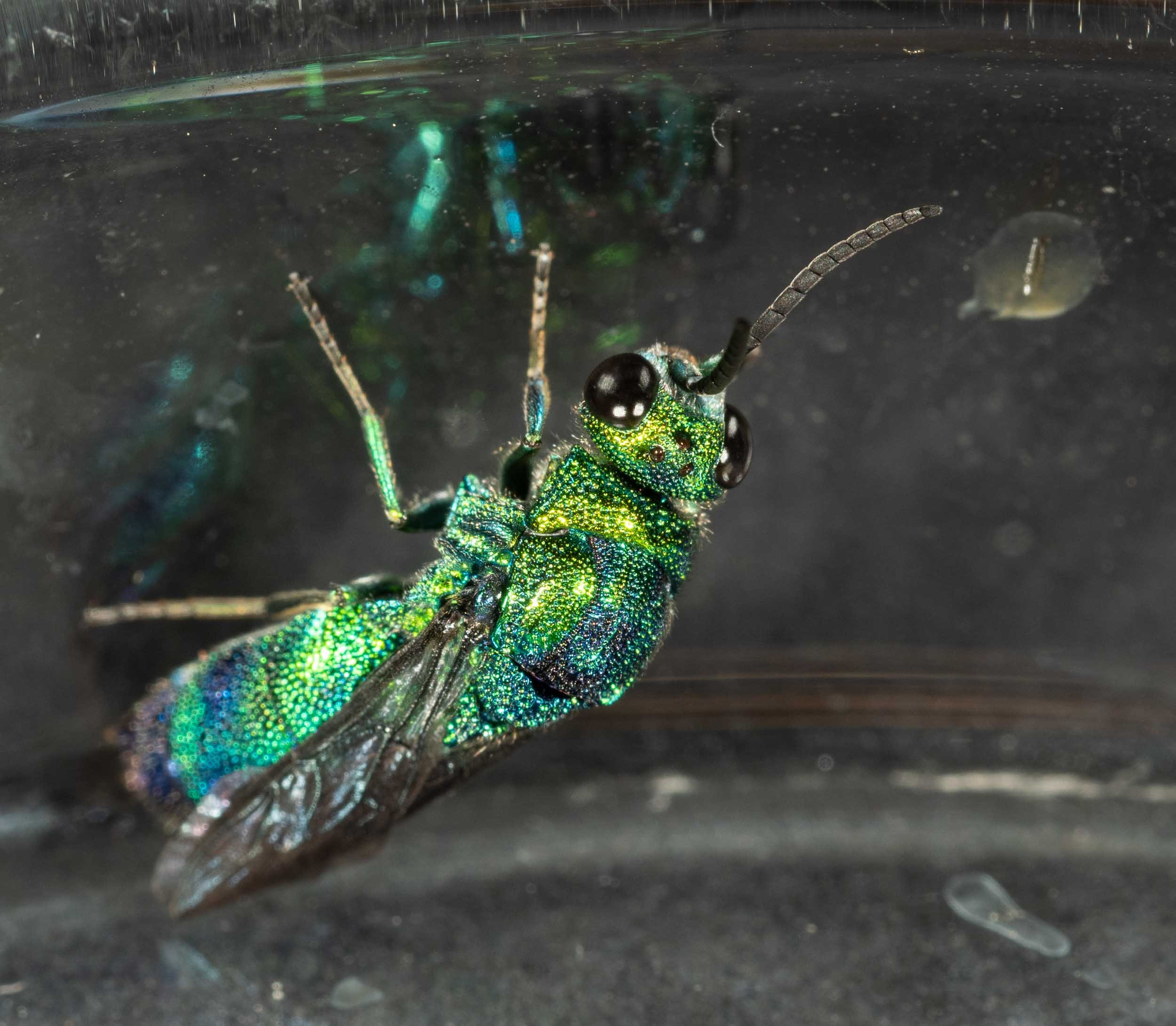
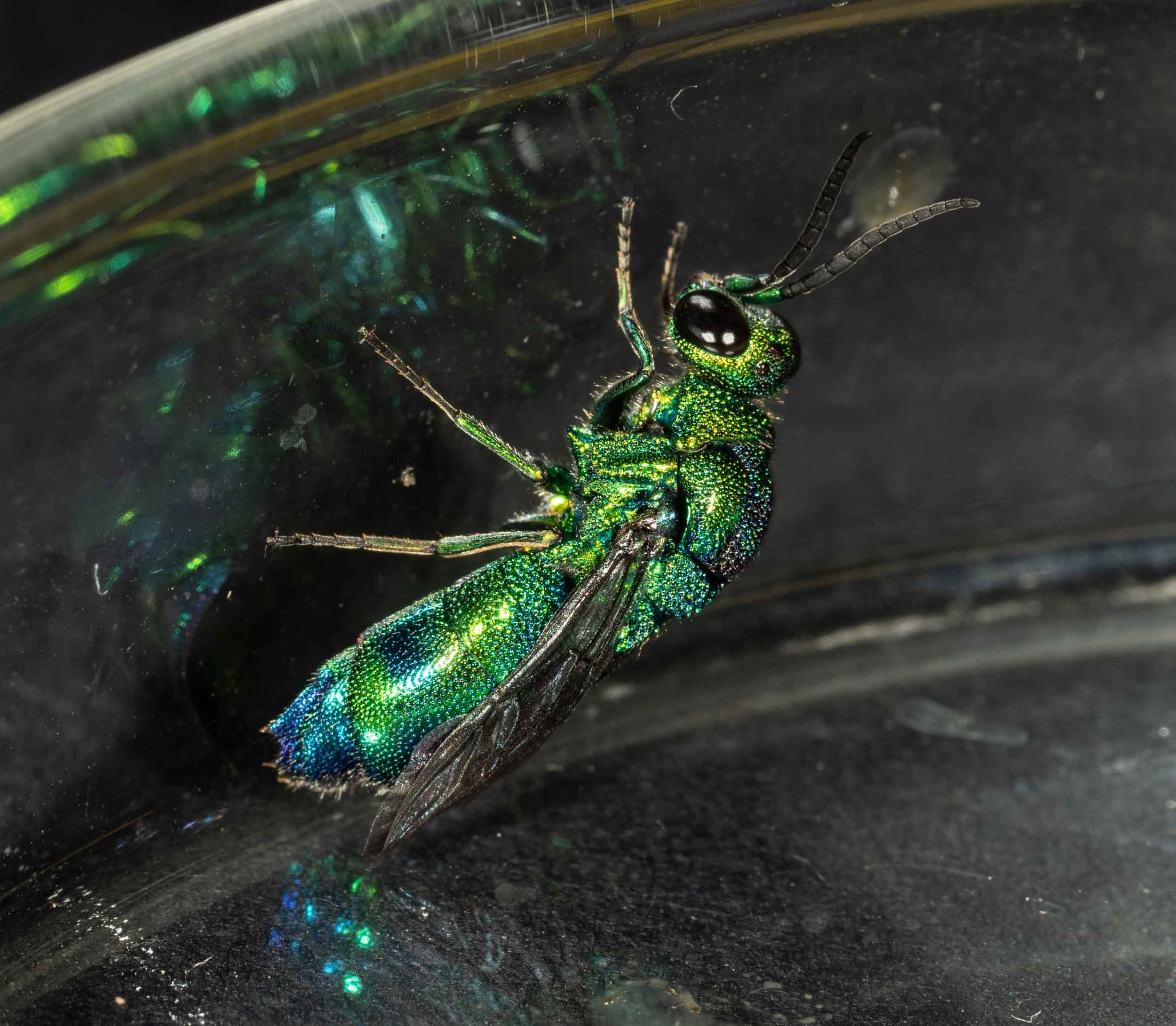
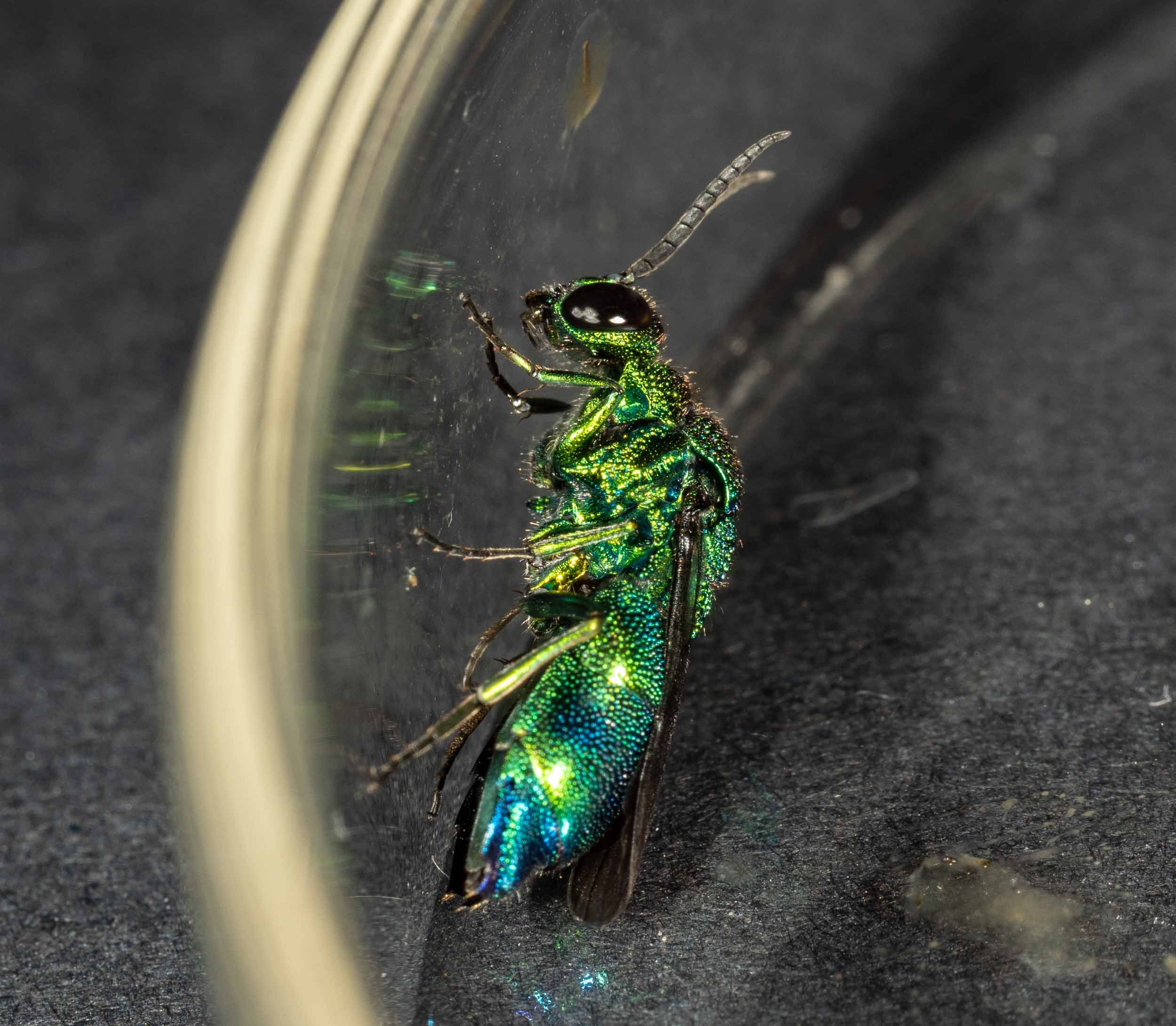

G - female, emerged 16/2
F - HUGE female, emerged 17/2
References
Houston, T. 2013. Slender mud-dauber wasps: genus Sceliphron. Western Australian Museum Factsheets. Accessed 4th Feb, 2022.
author unstated. Cuckoo Wasps. Western Australian Museum Factsheets. Accessed 4th Feb, 2022.
Bohart, R. M. 1985. A key to the Australian Chrysis with description of new species (Hymenoptera: Chrysididae). Insecta Mundi, 1(1), 47-52.







